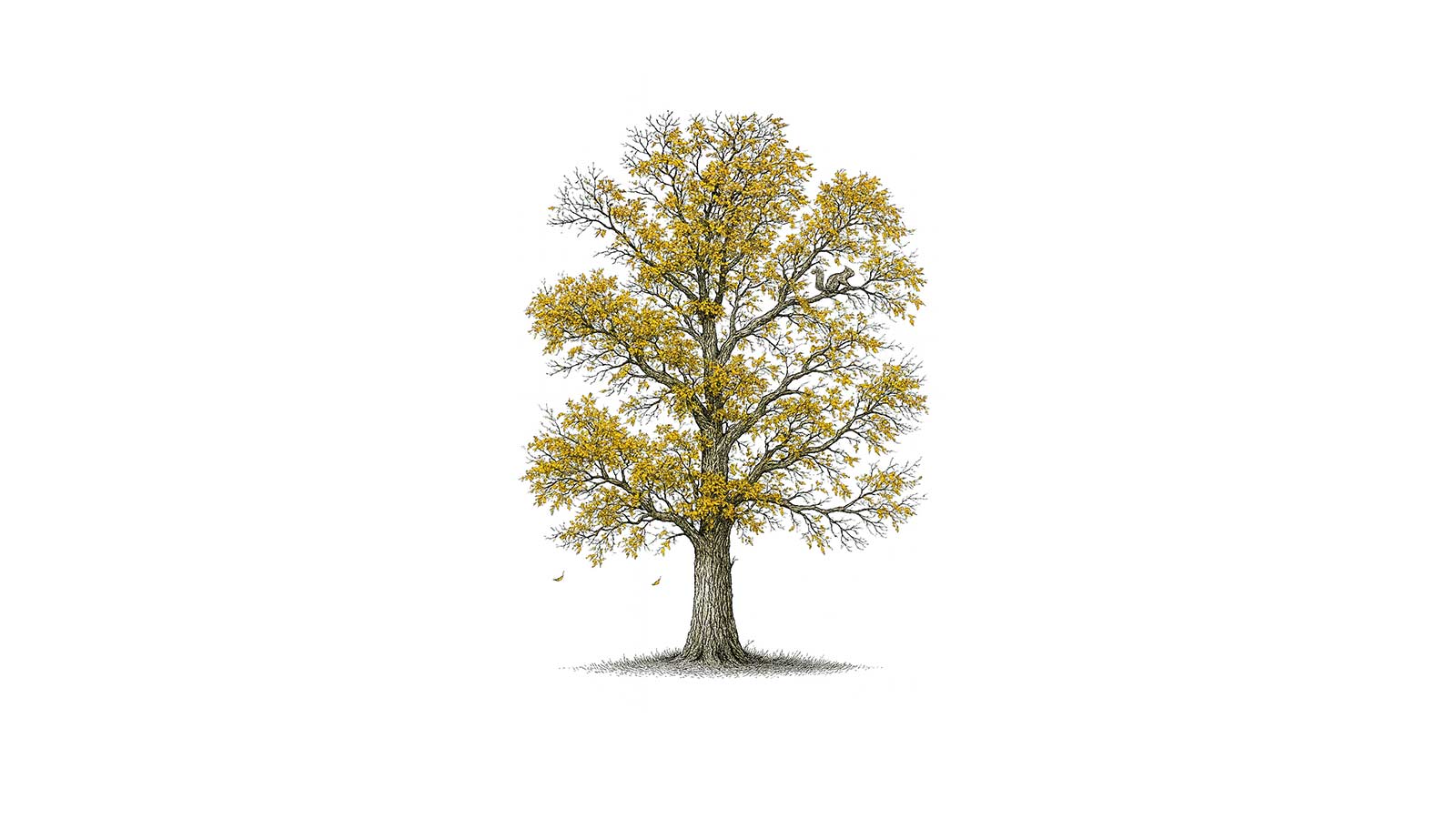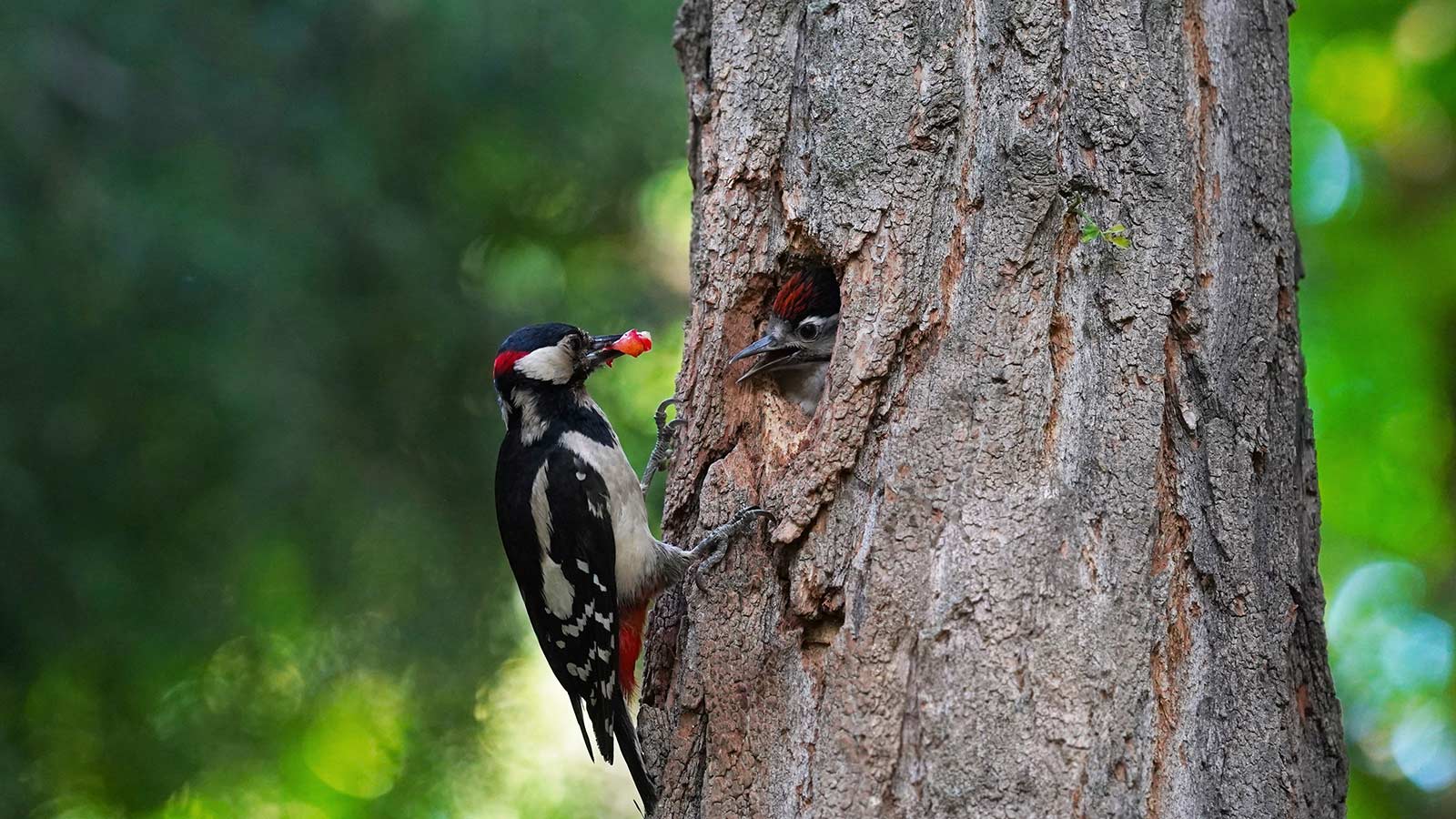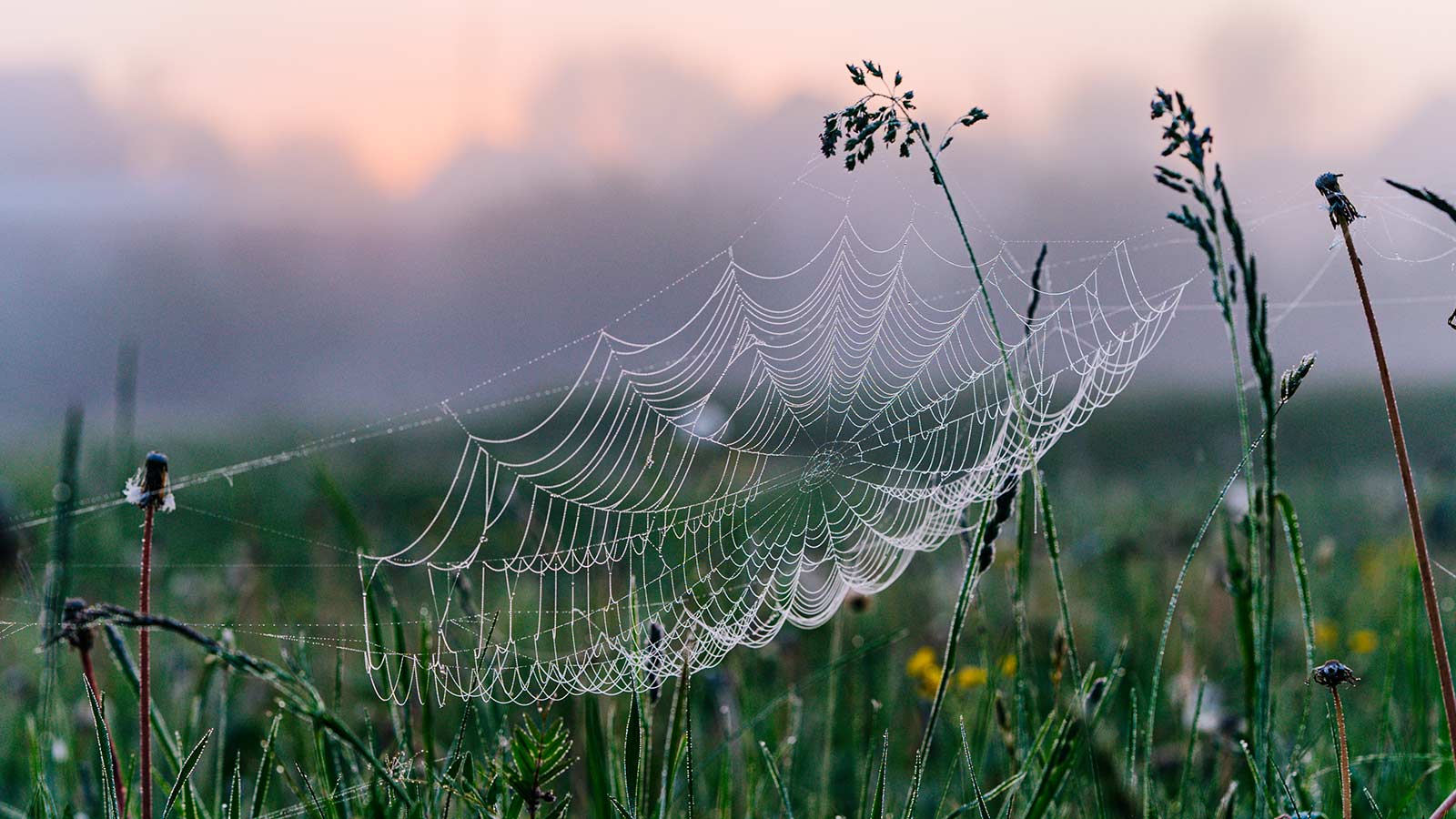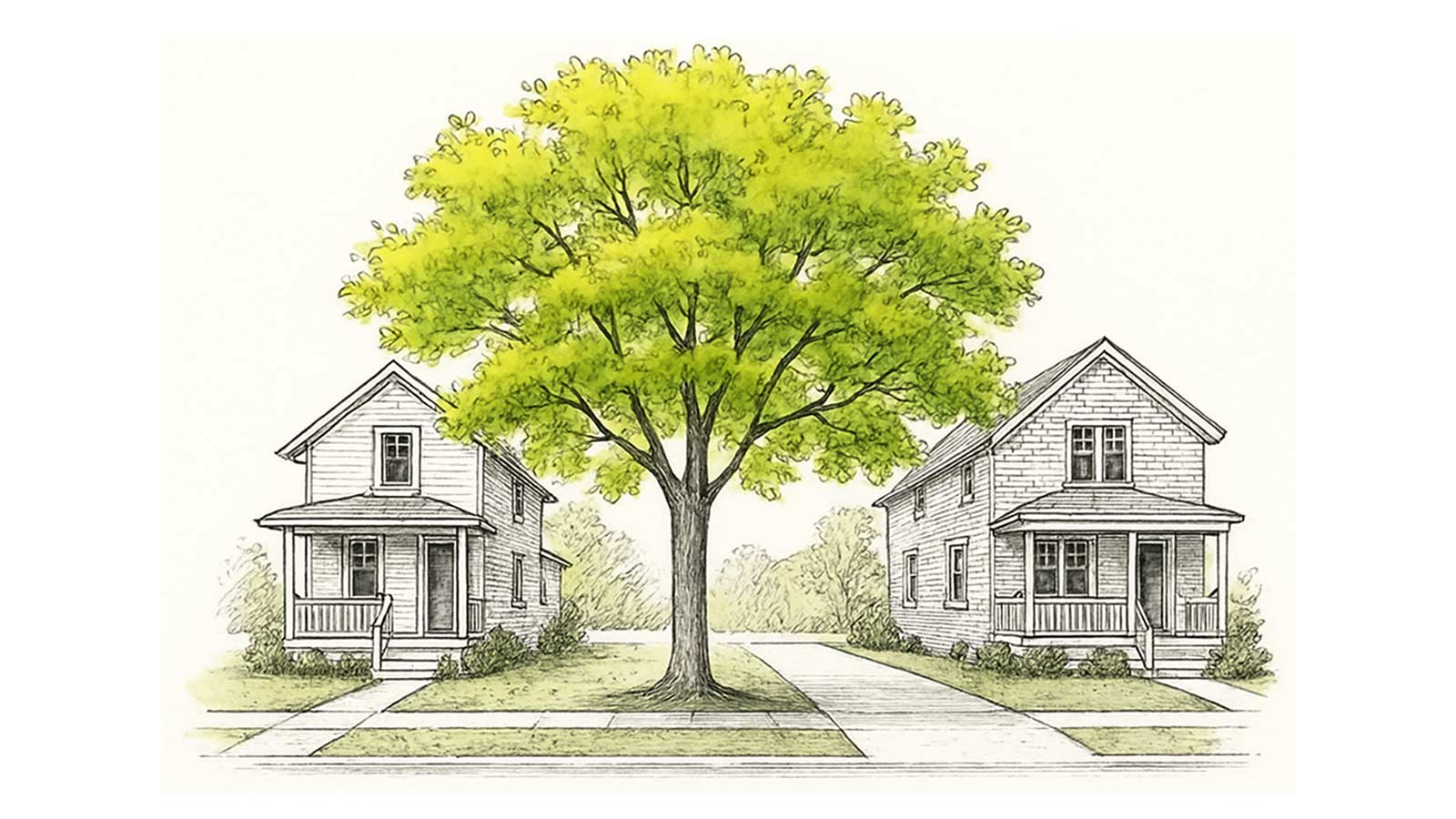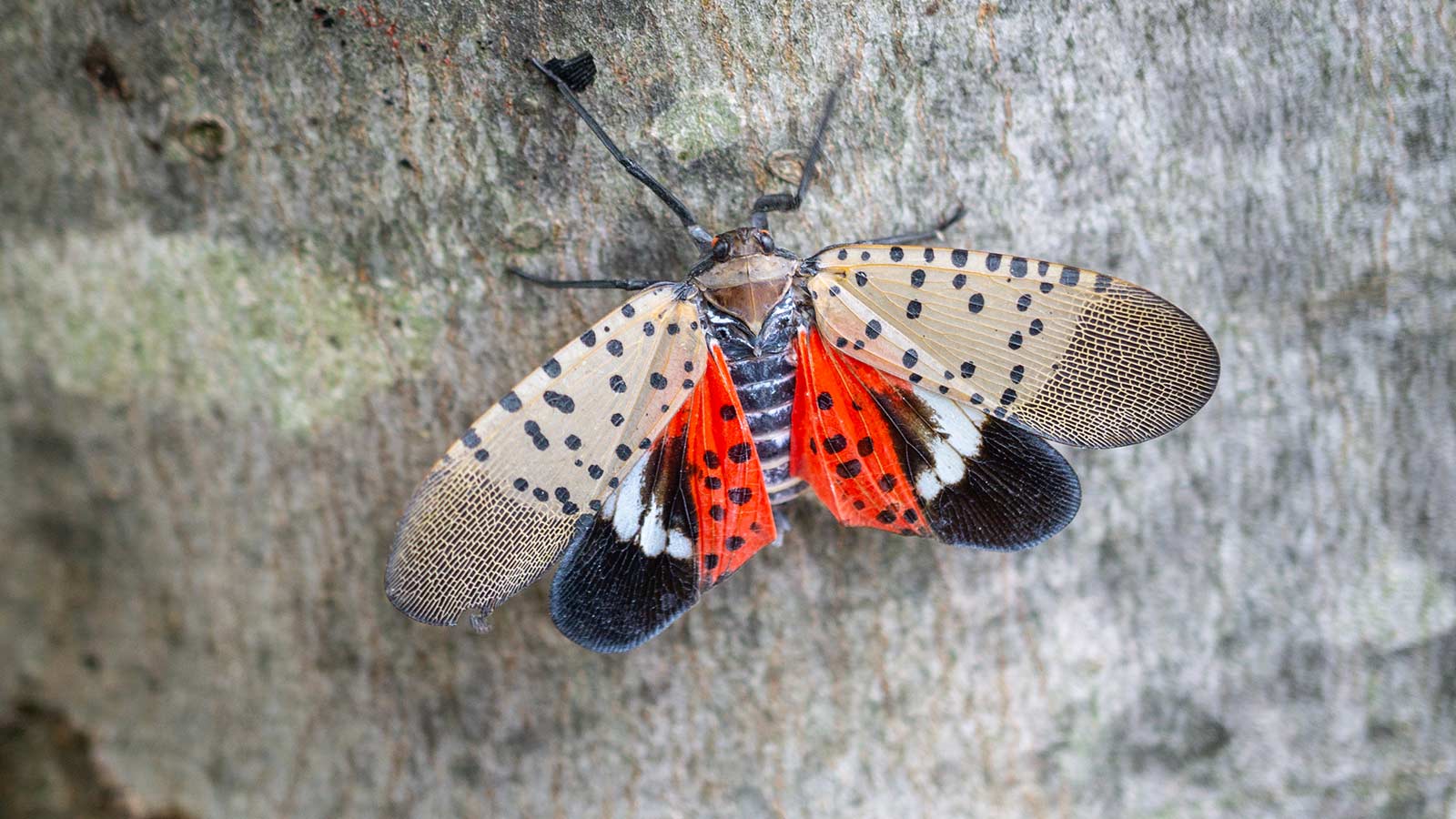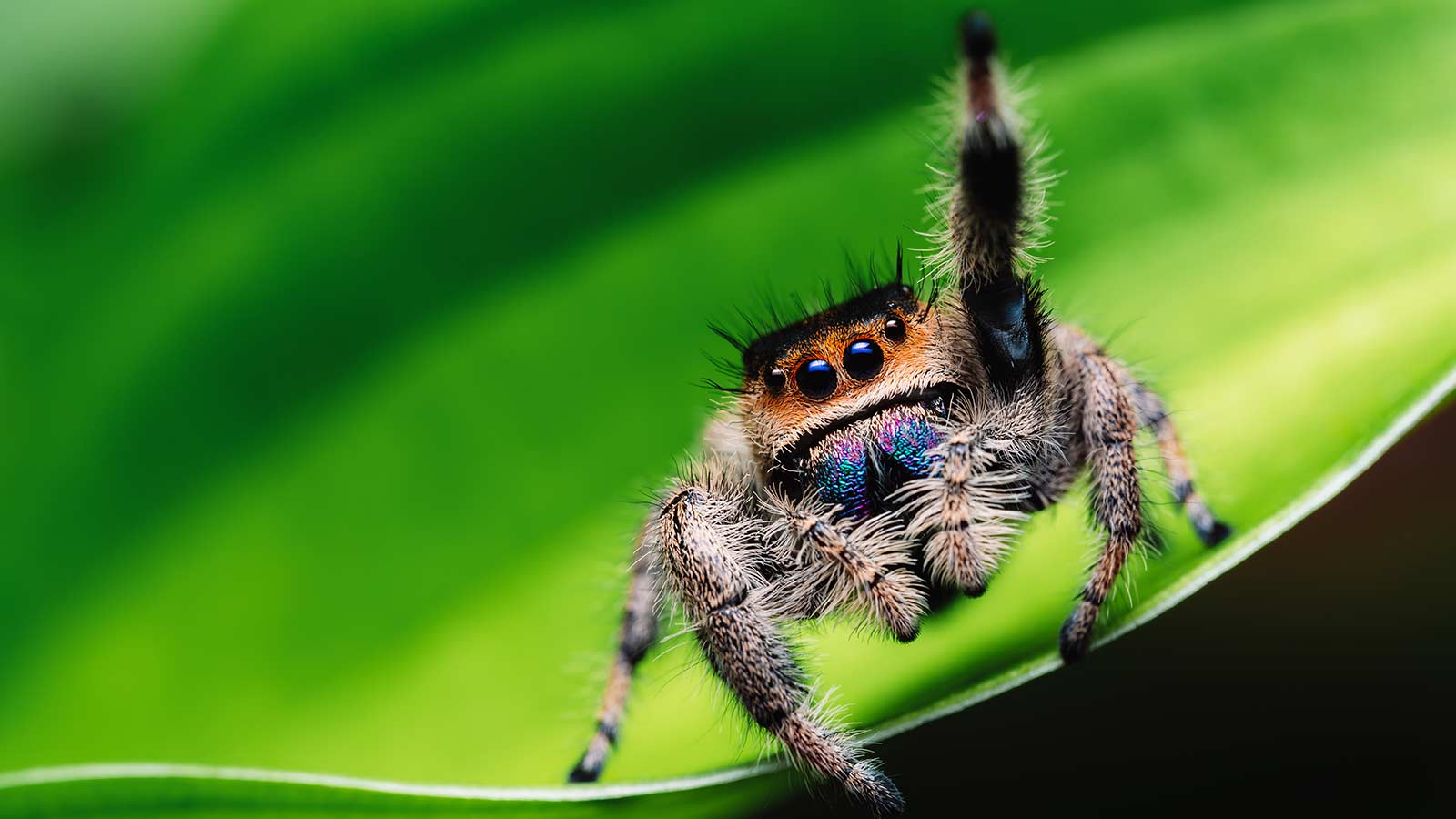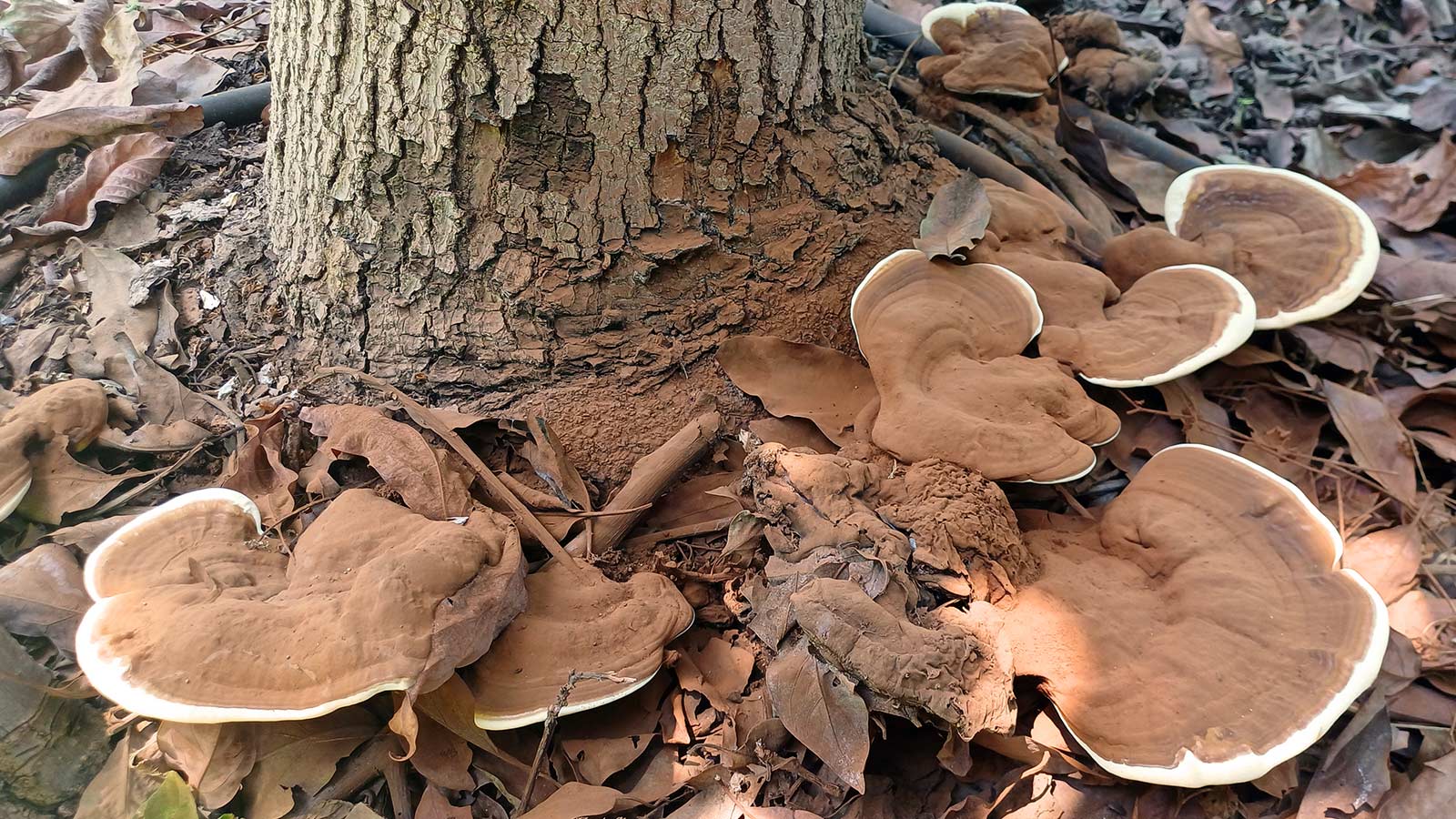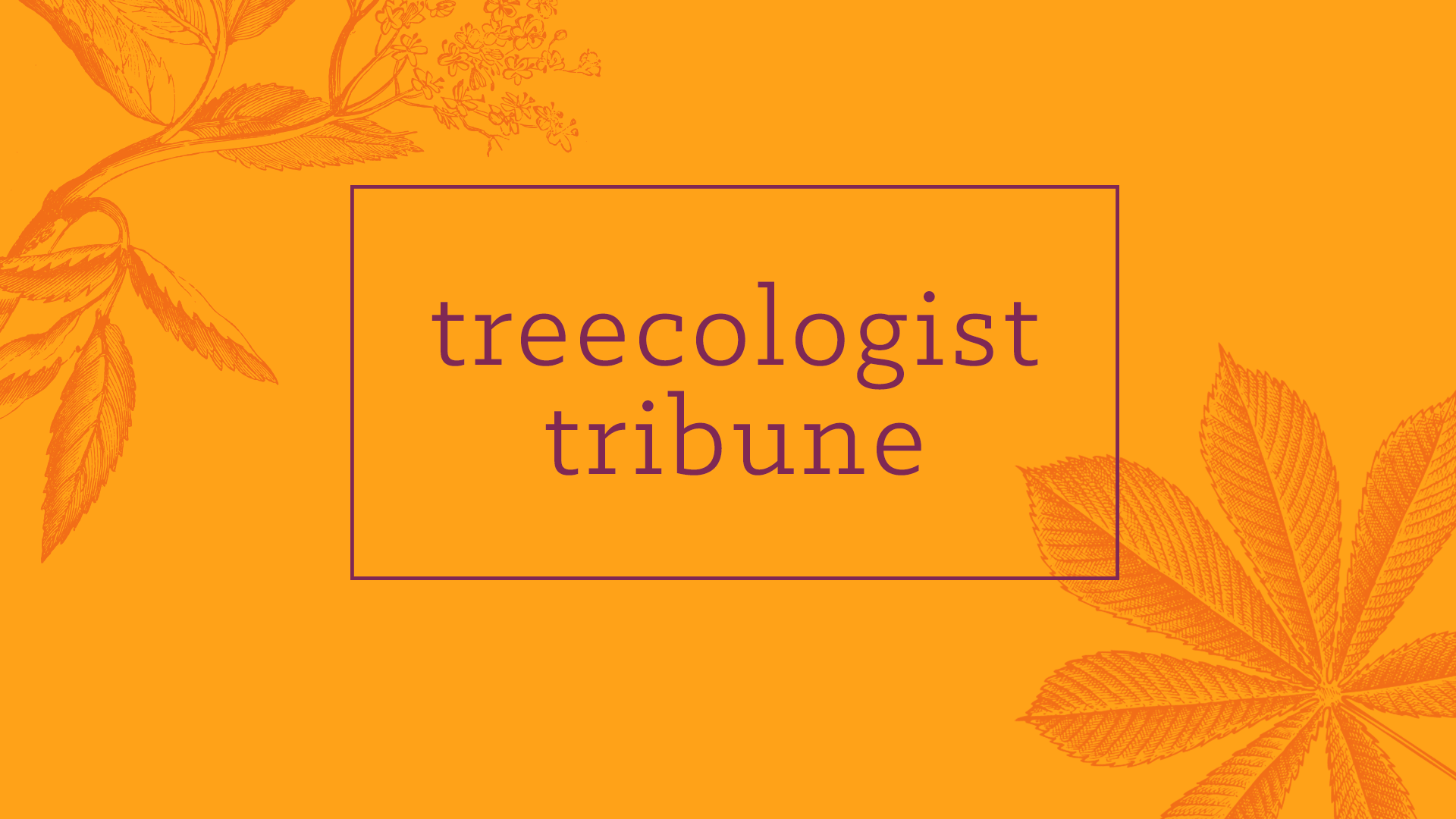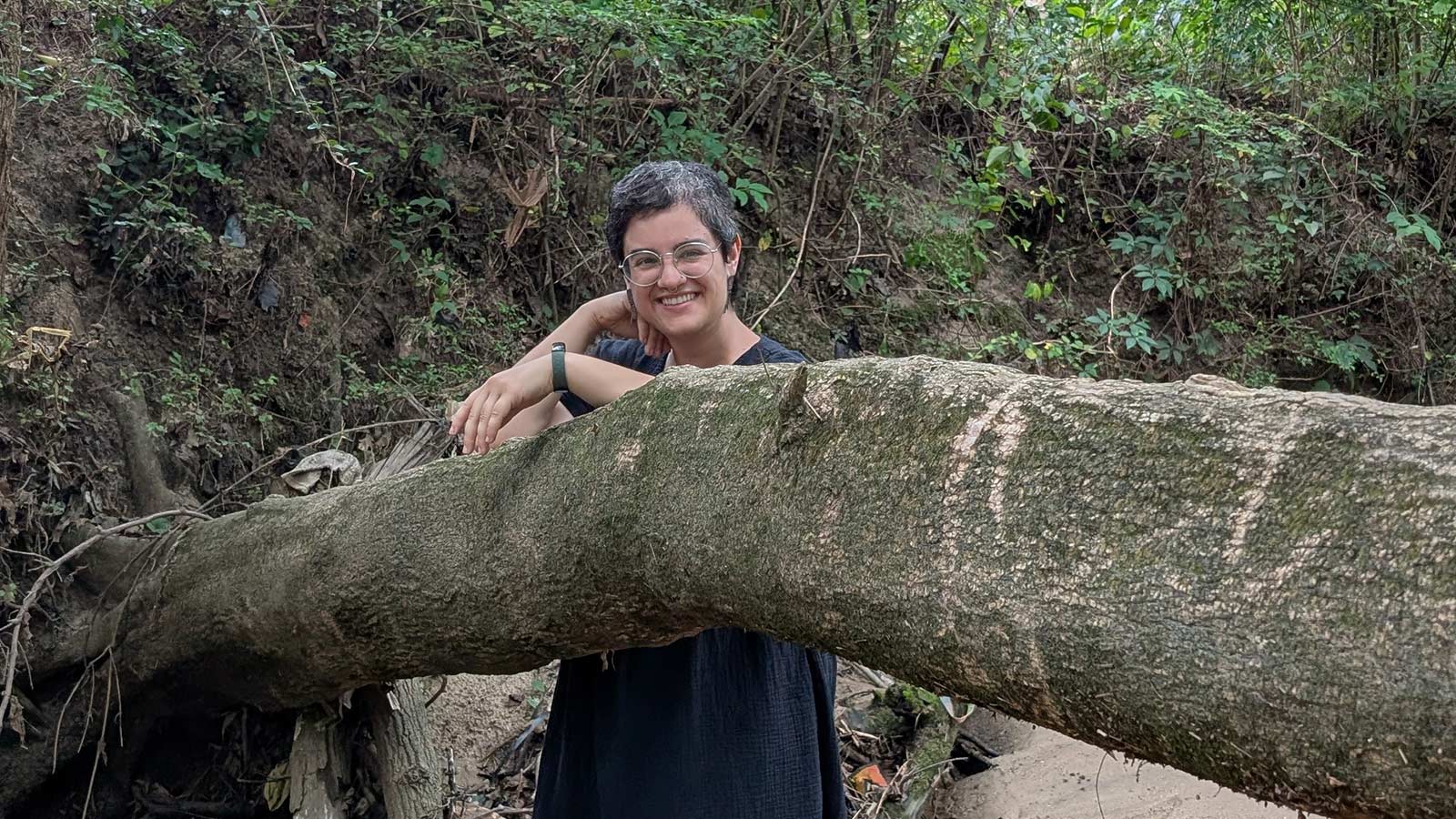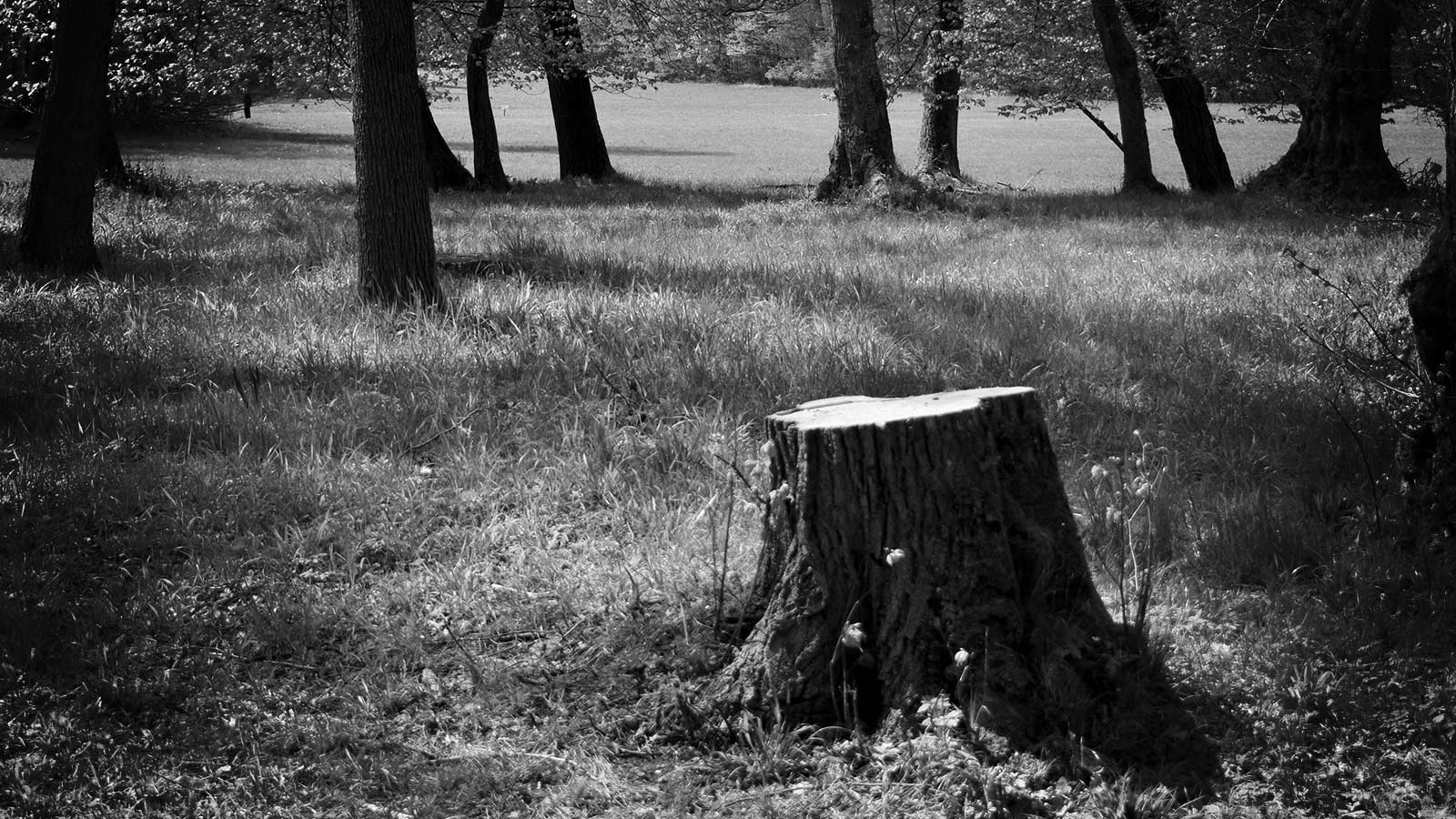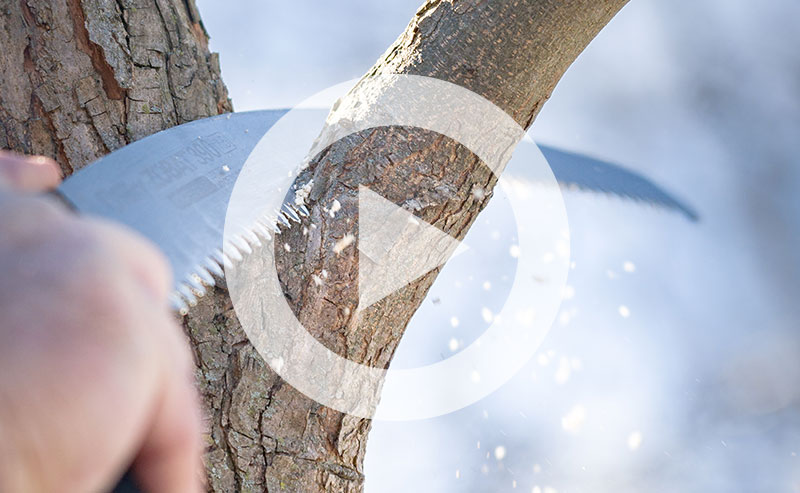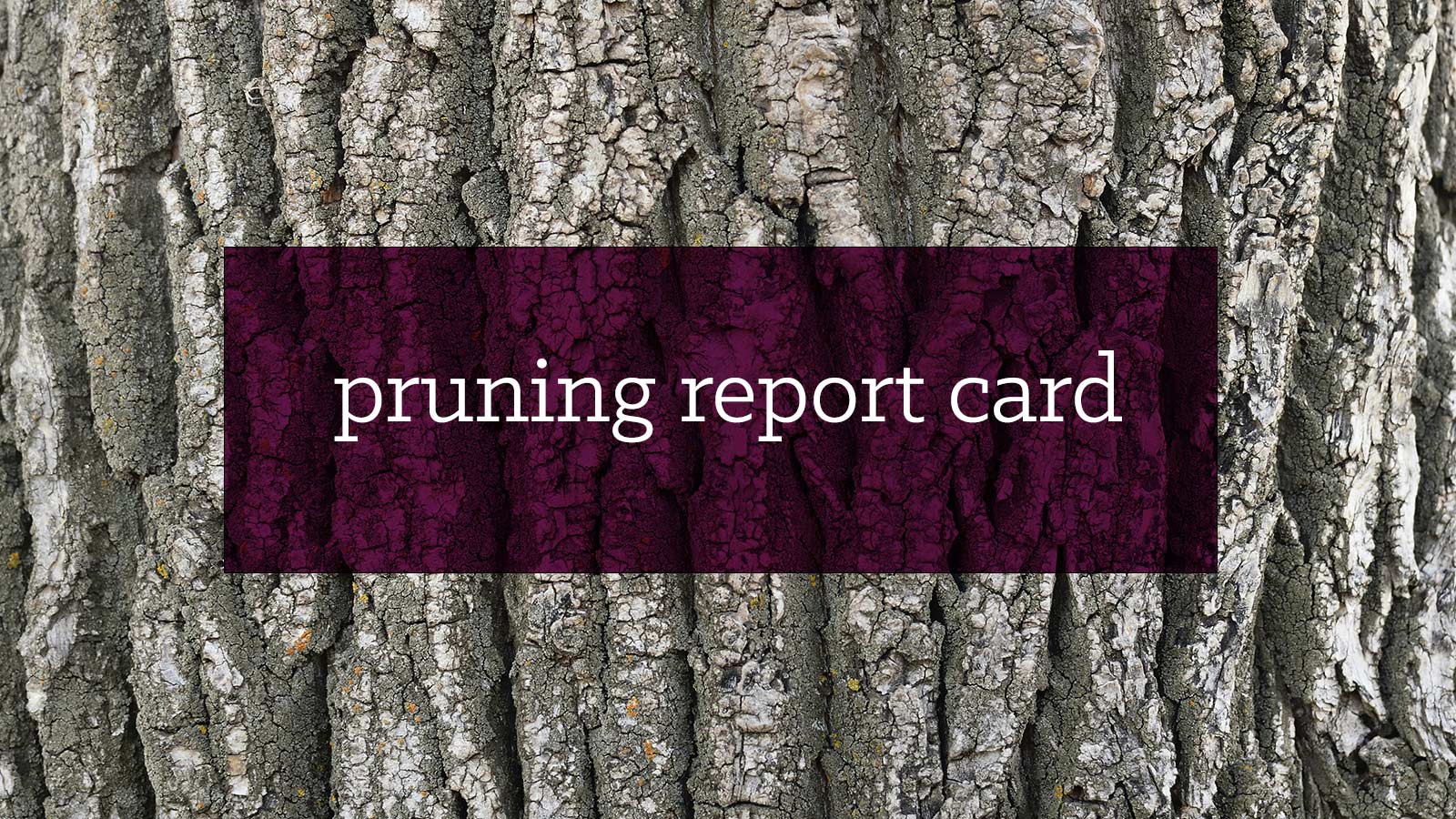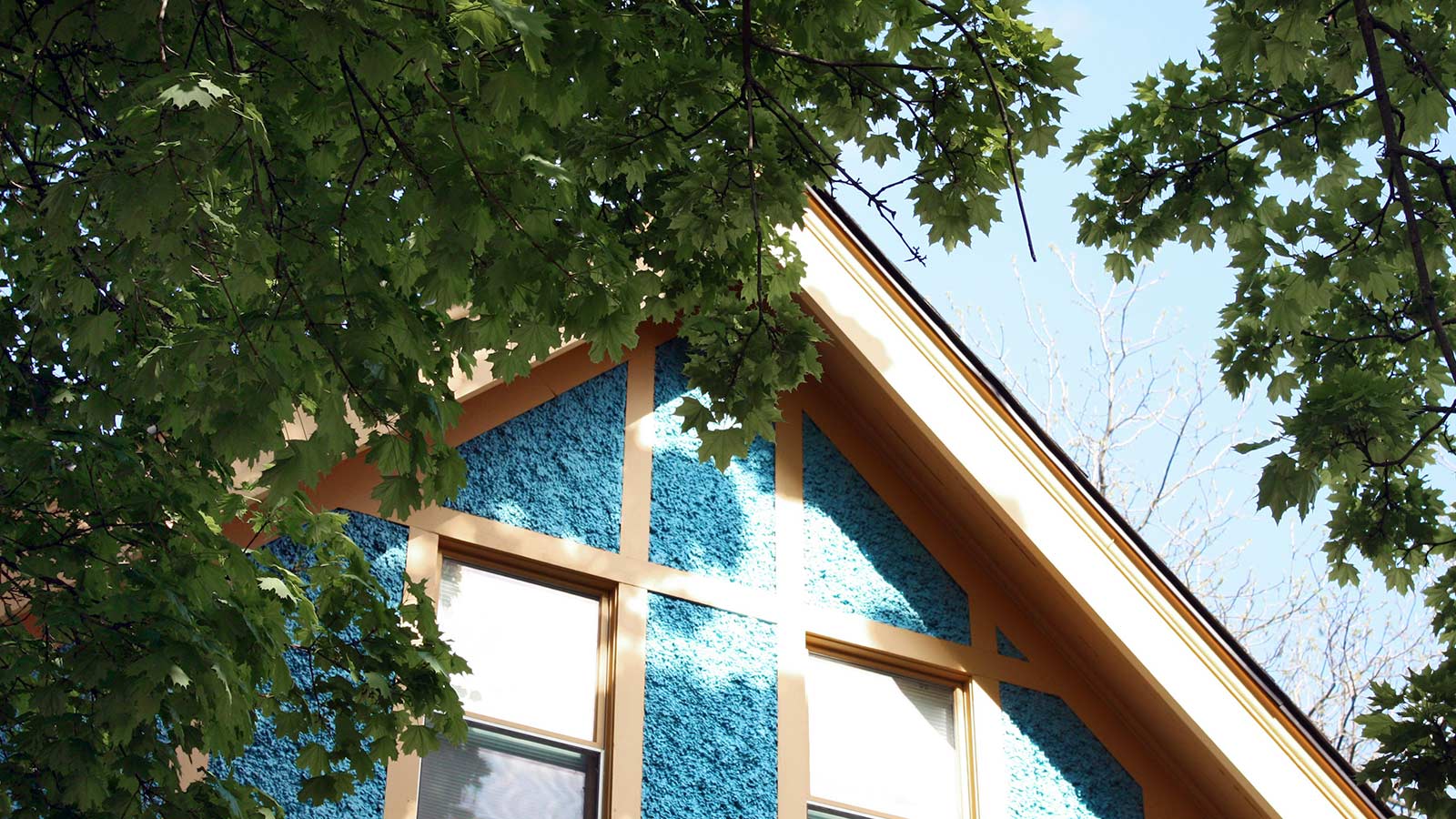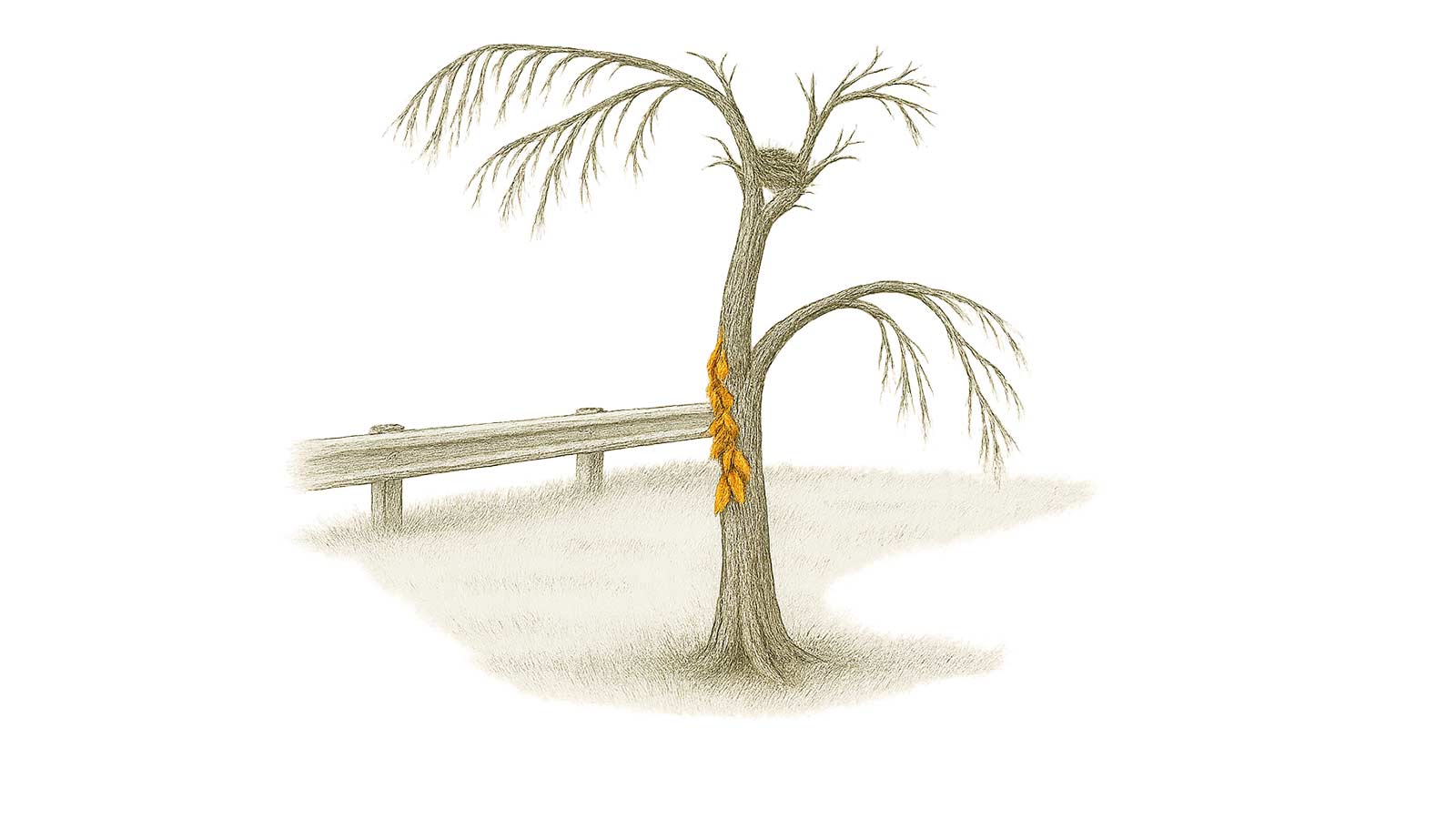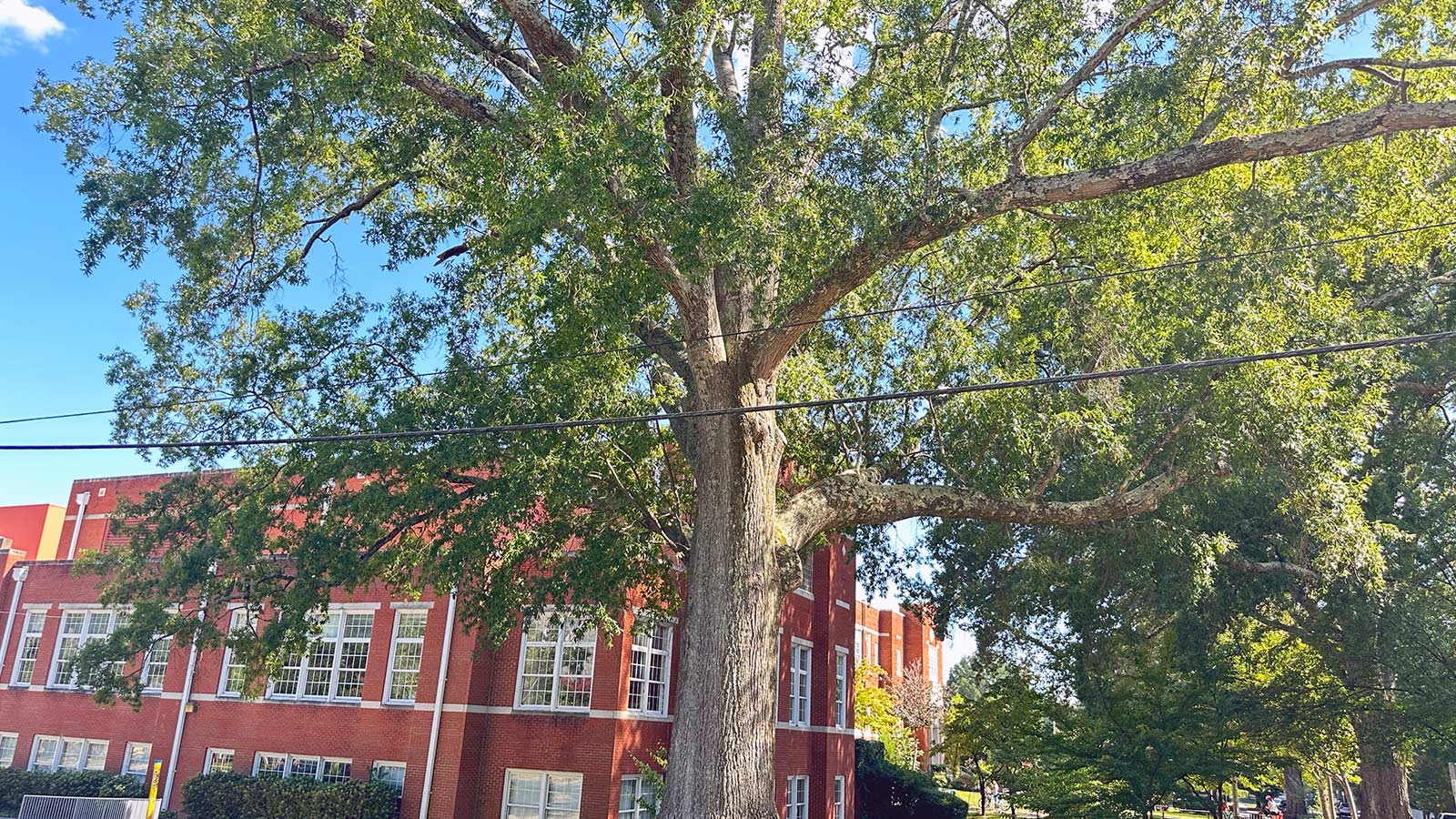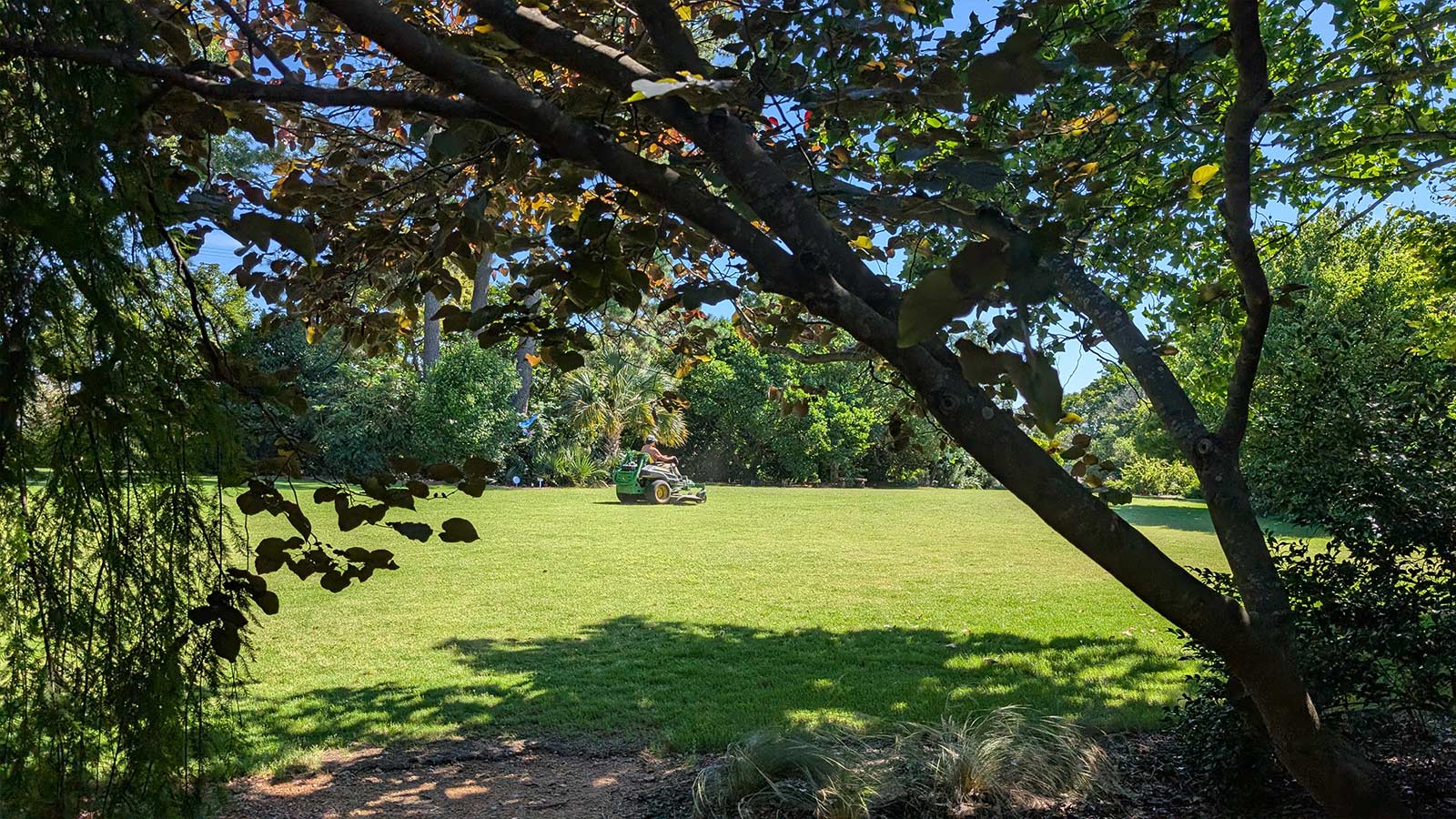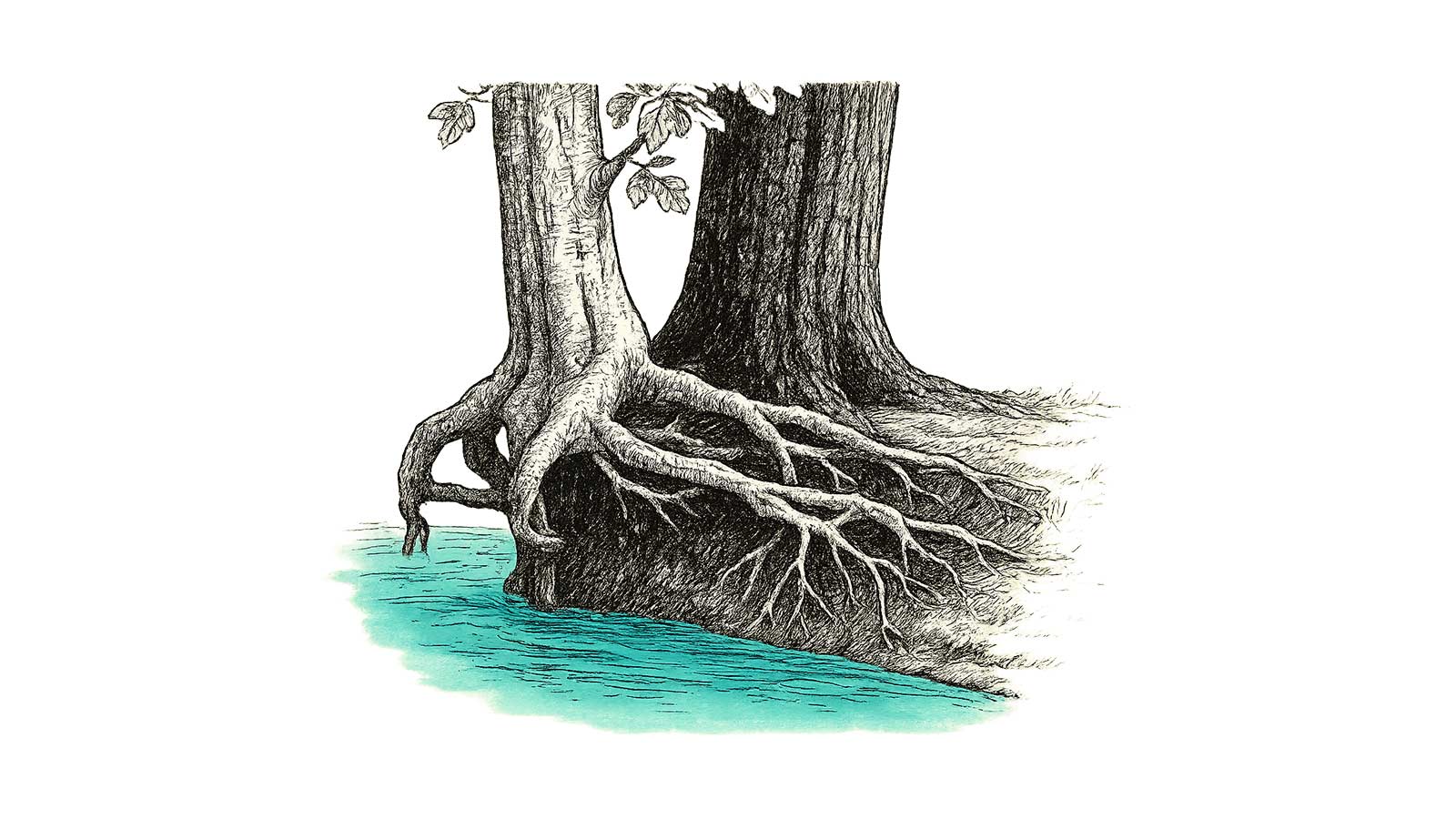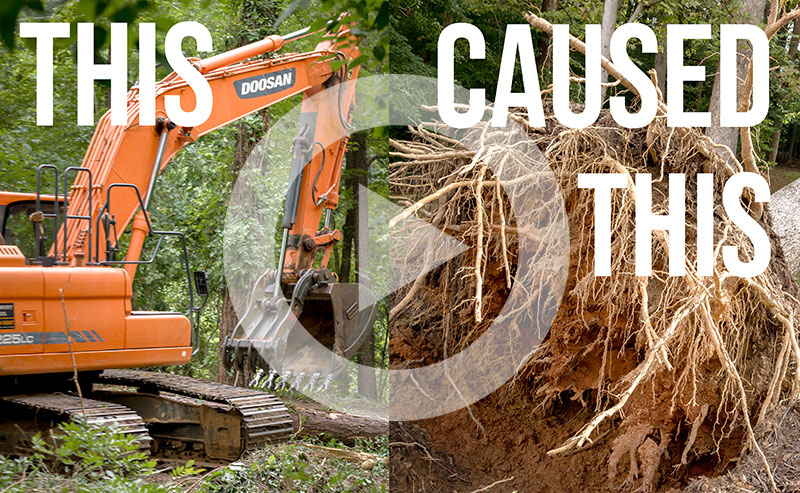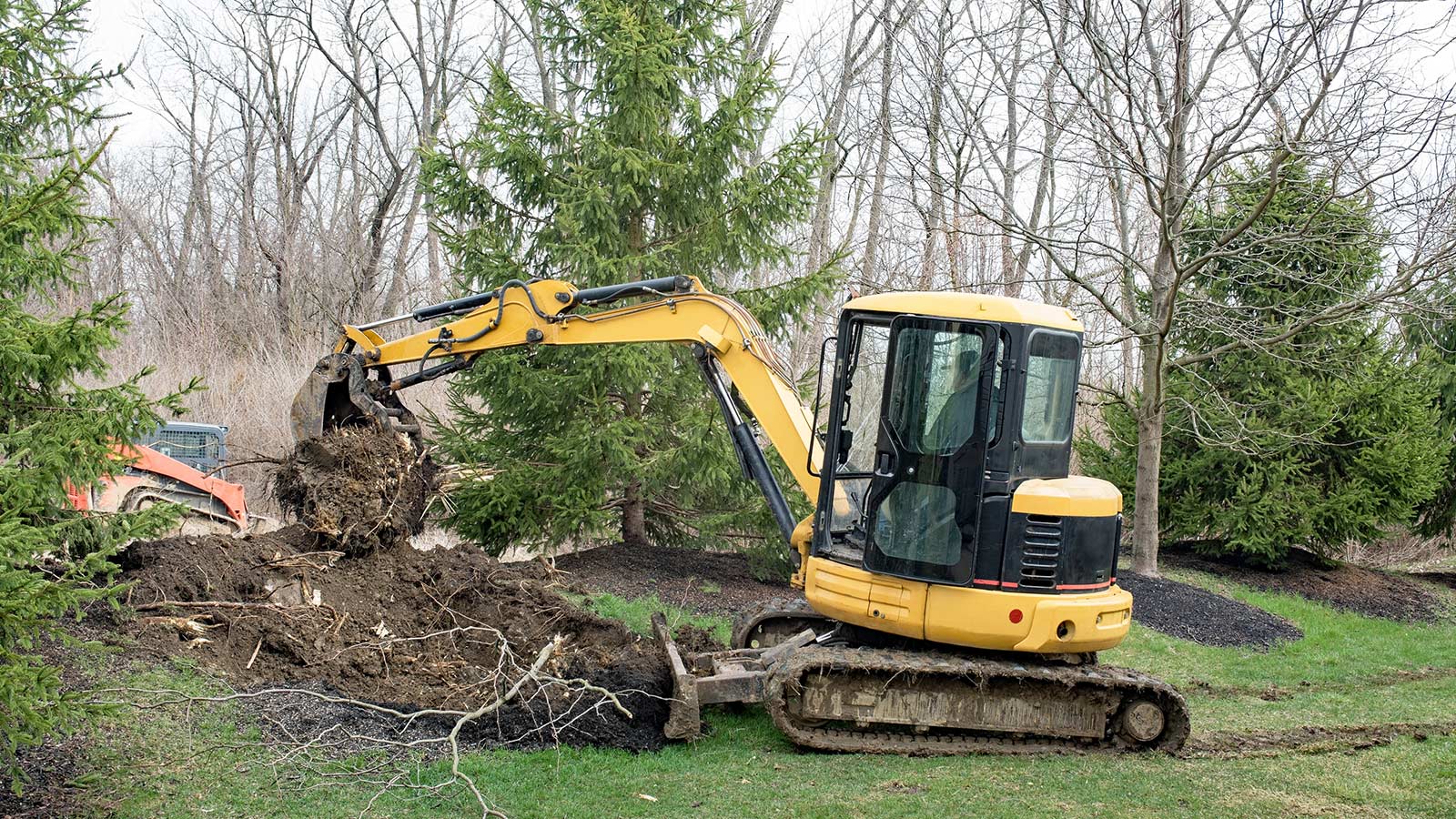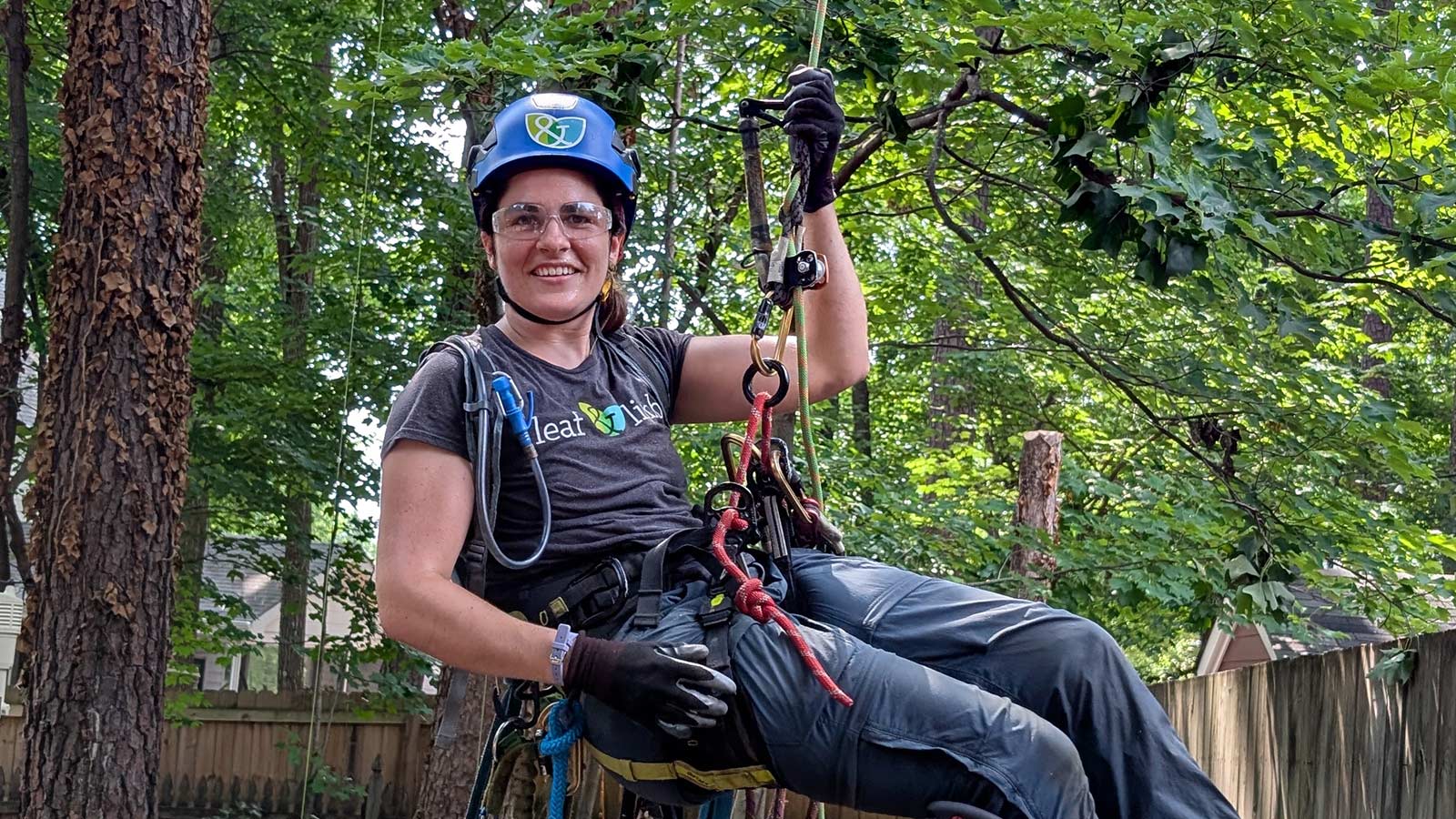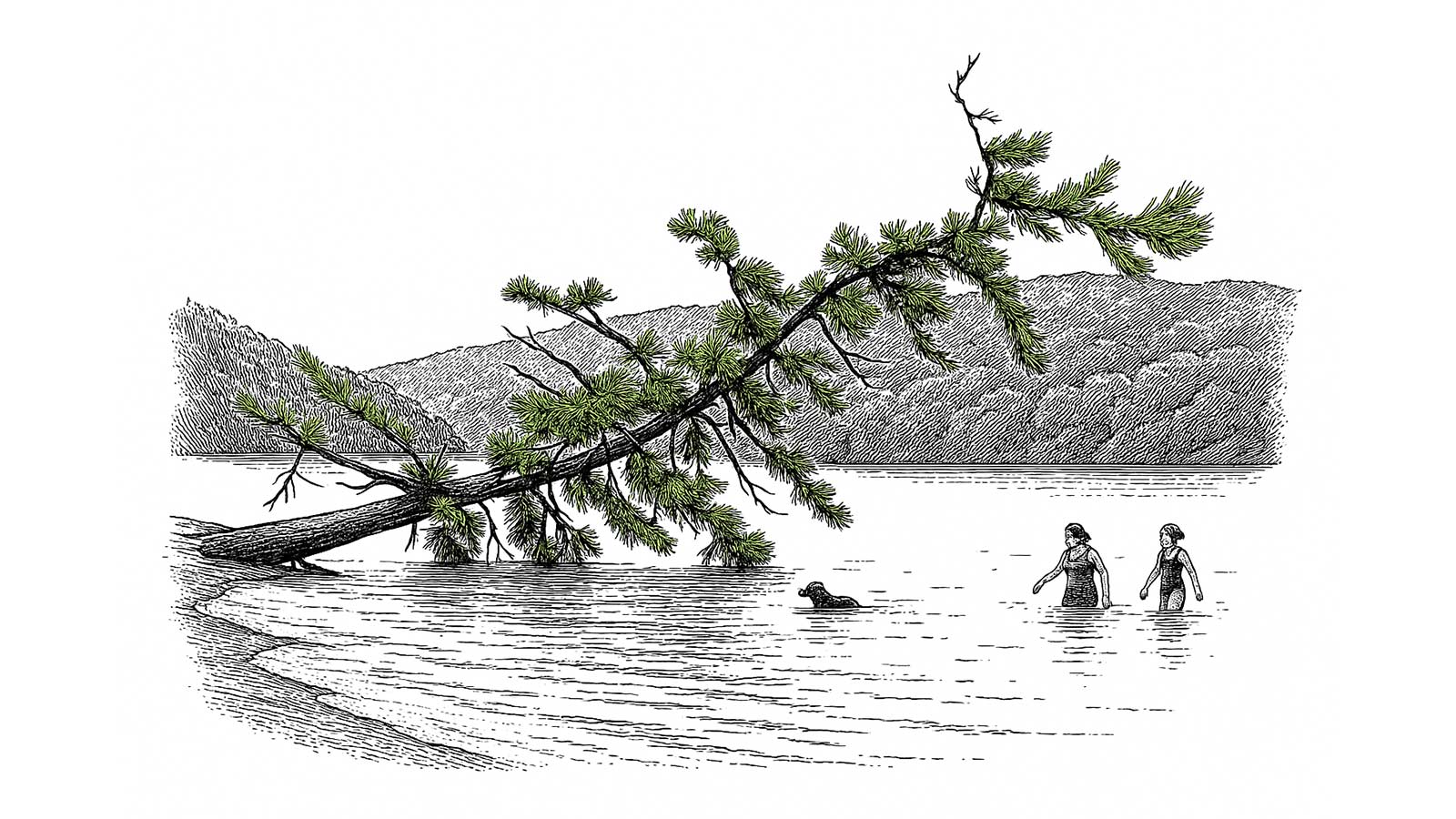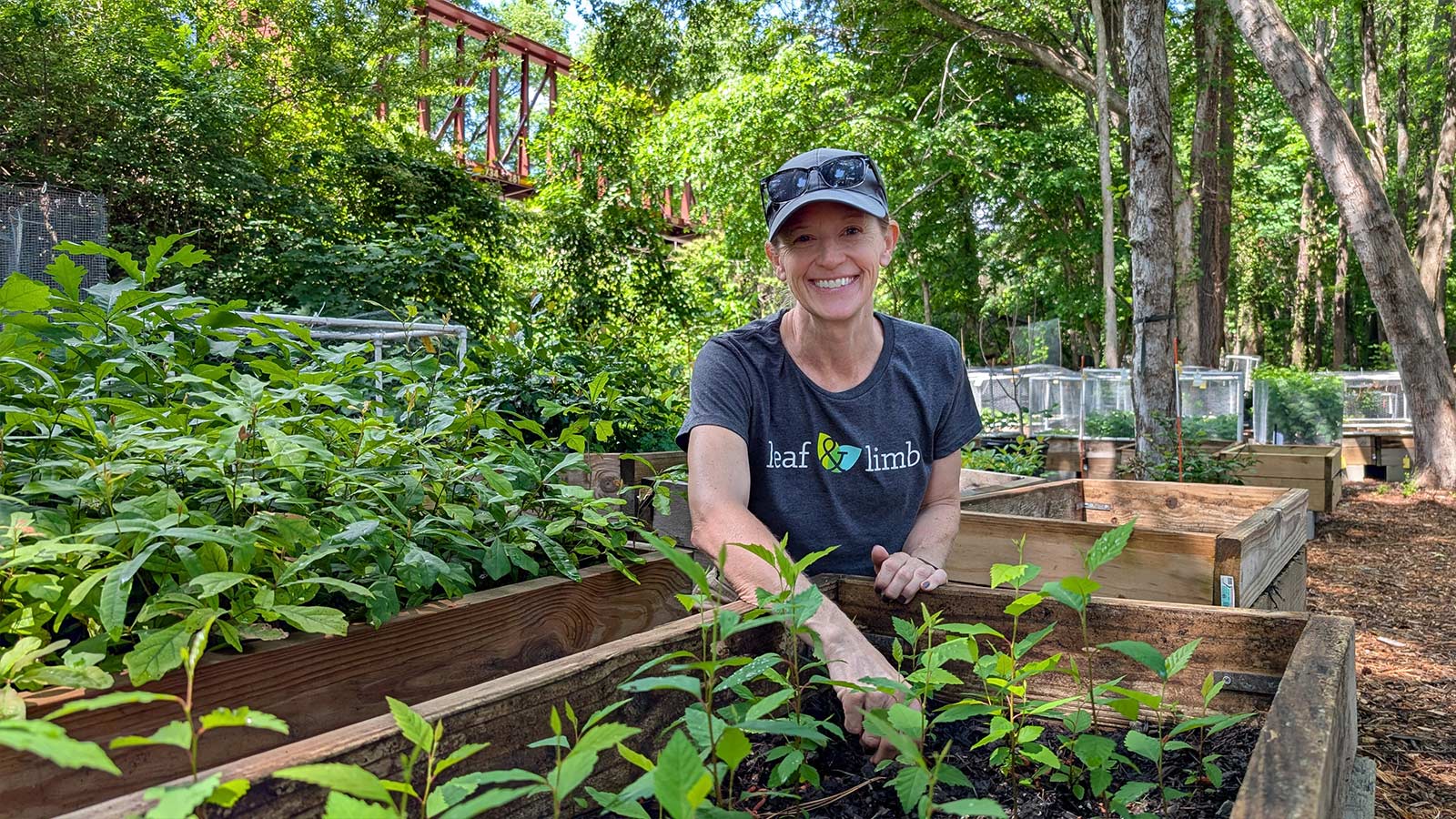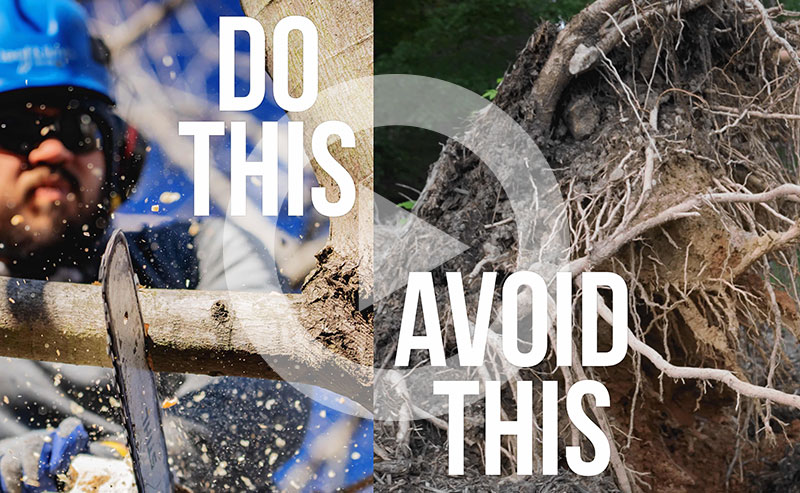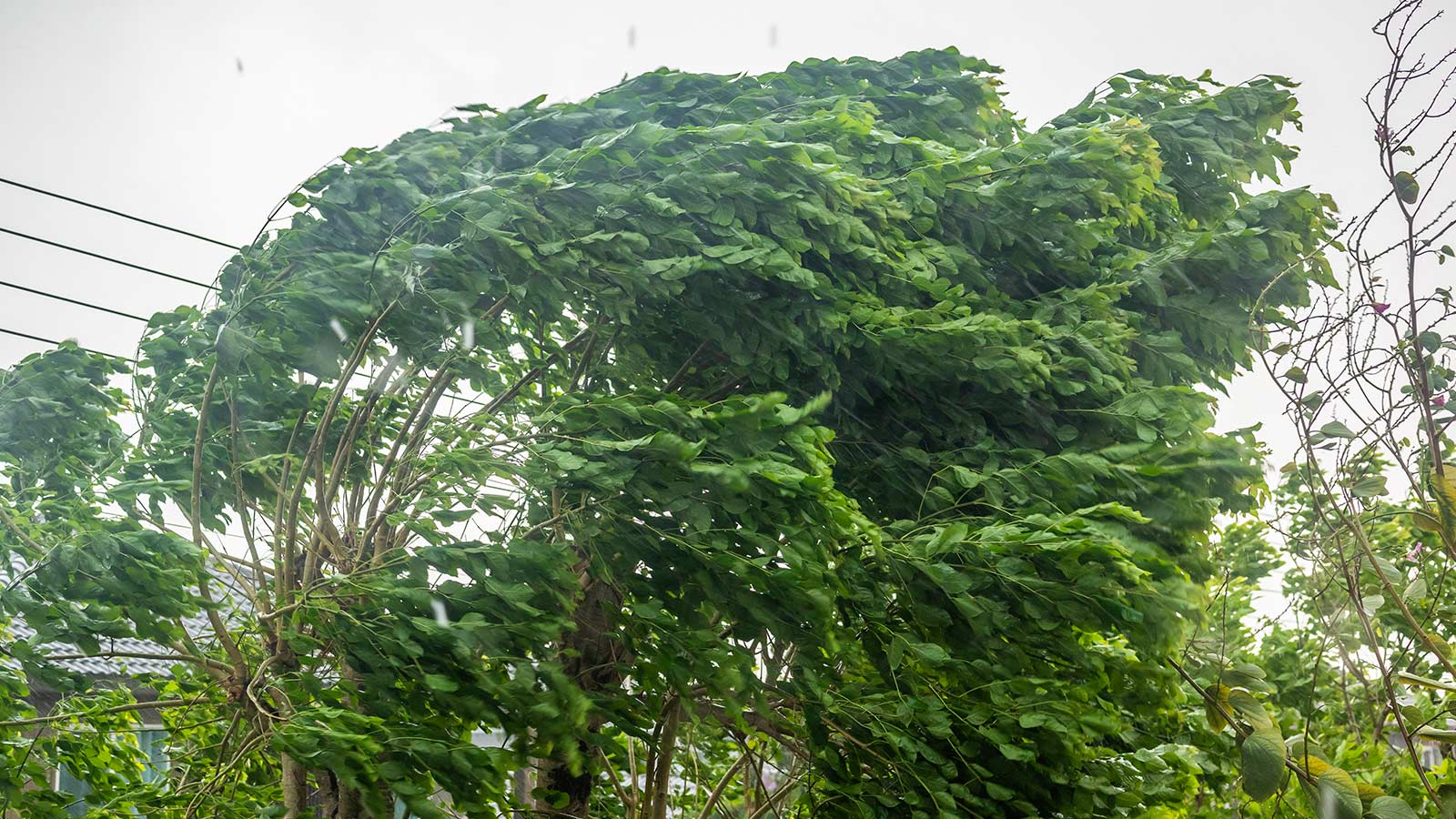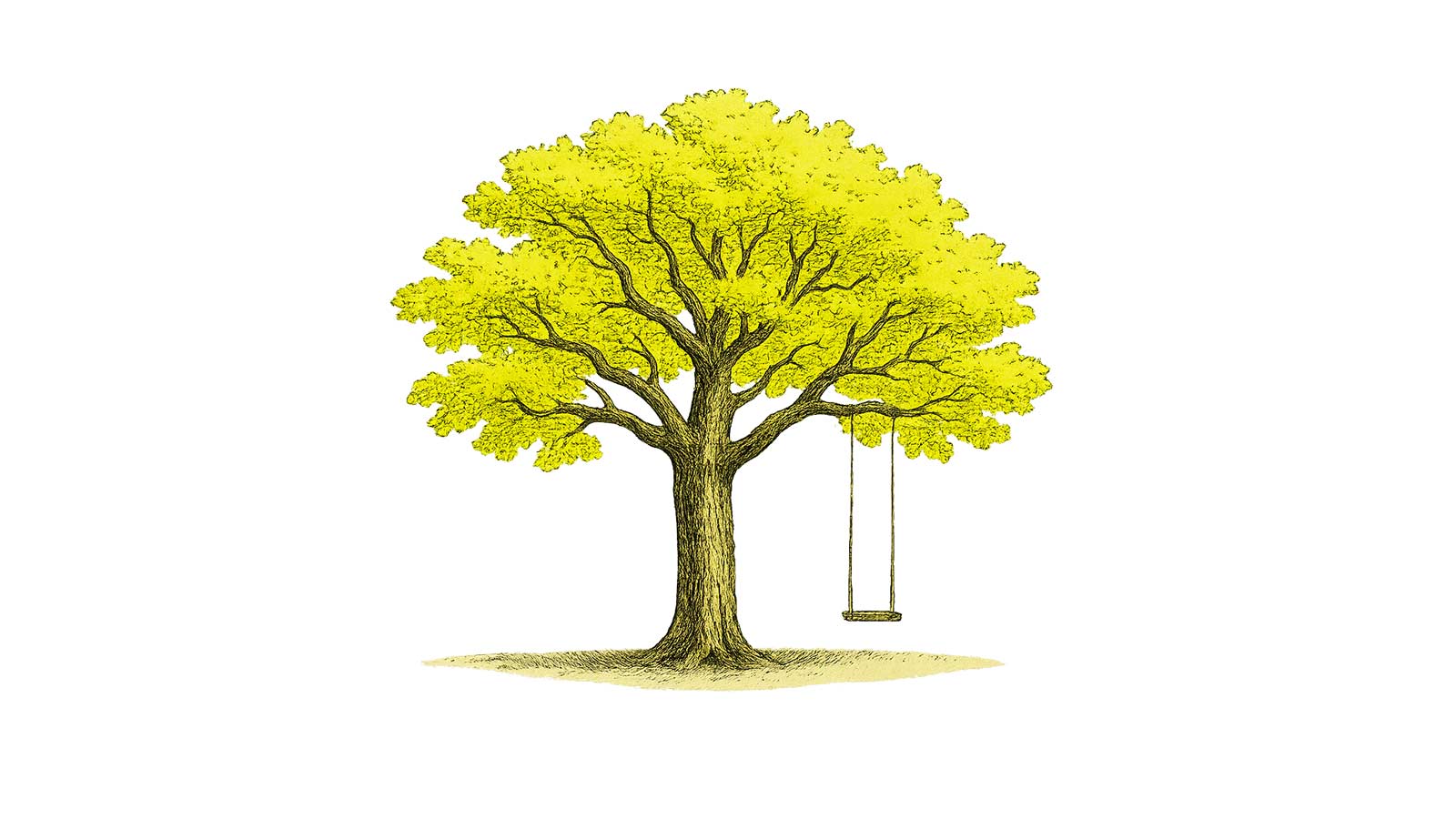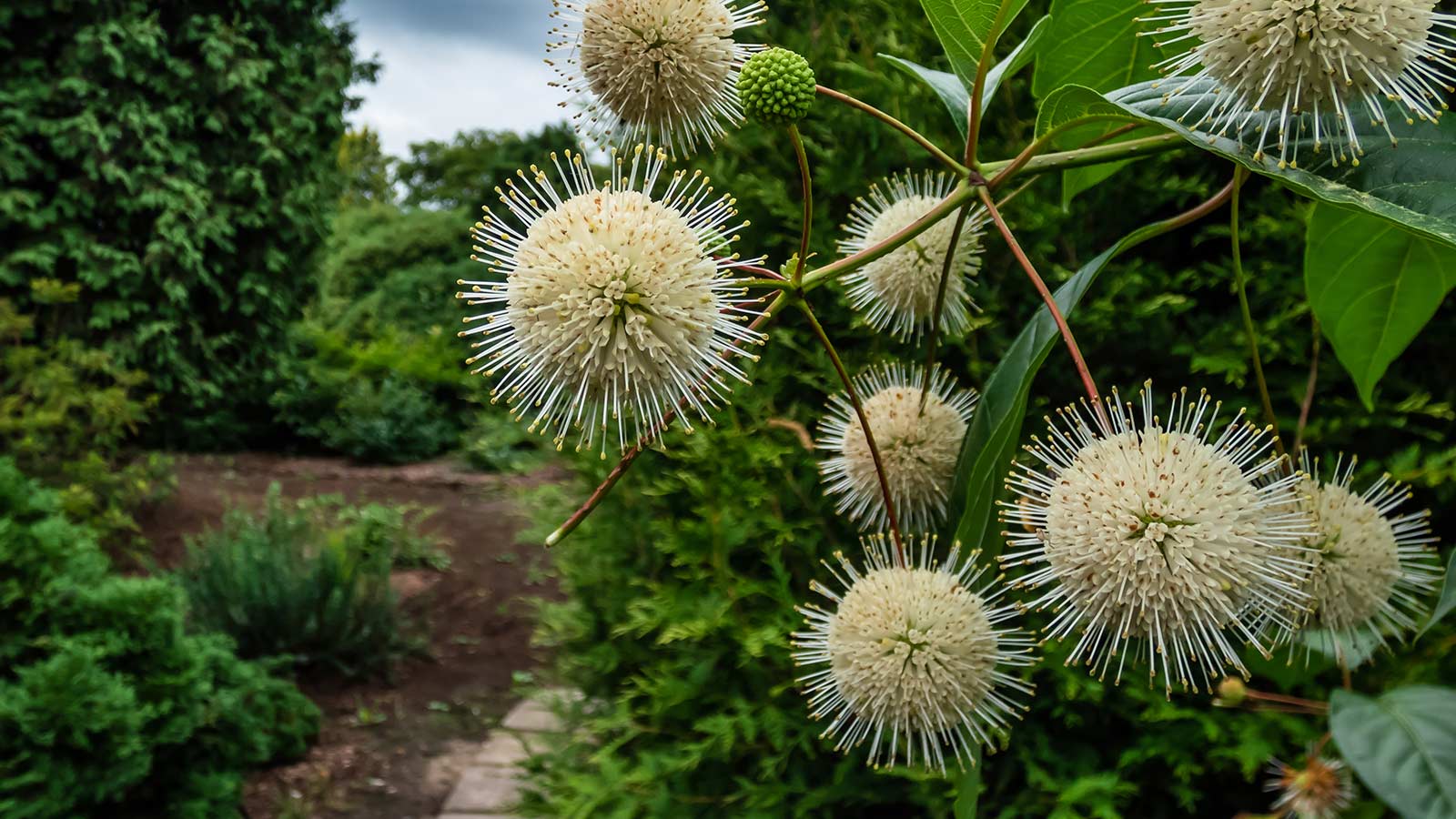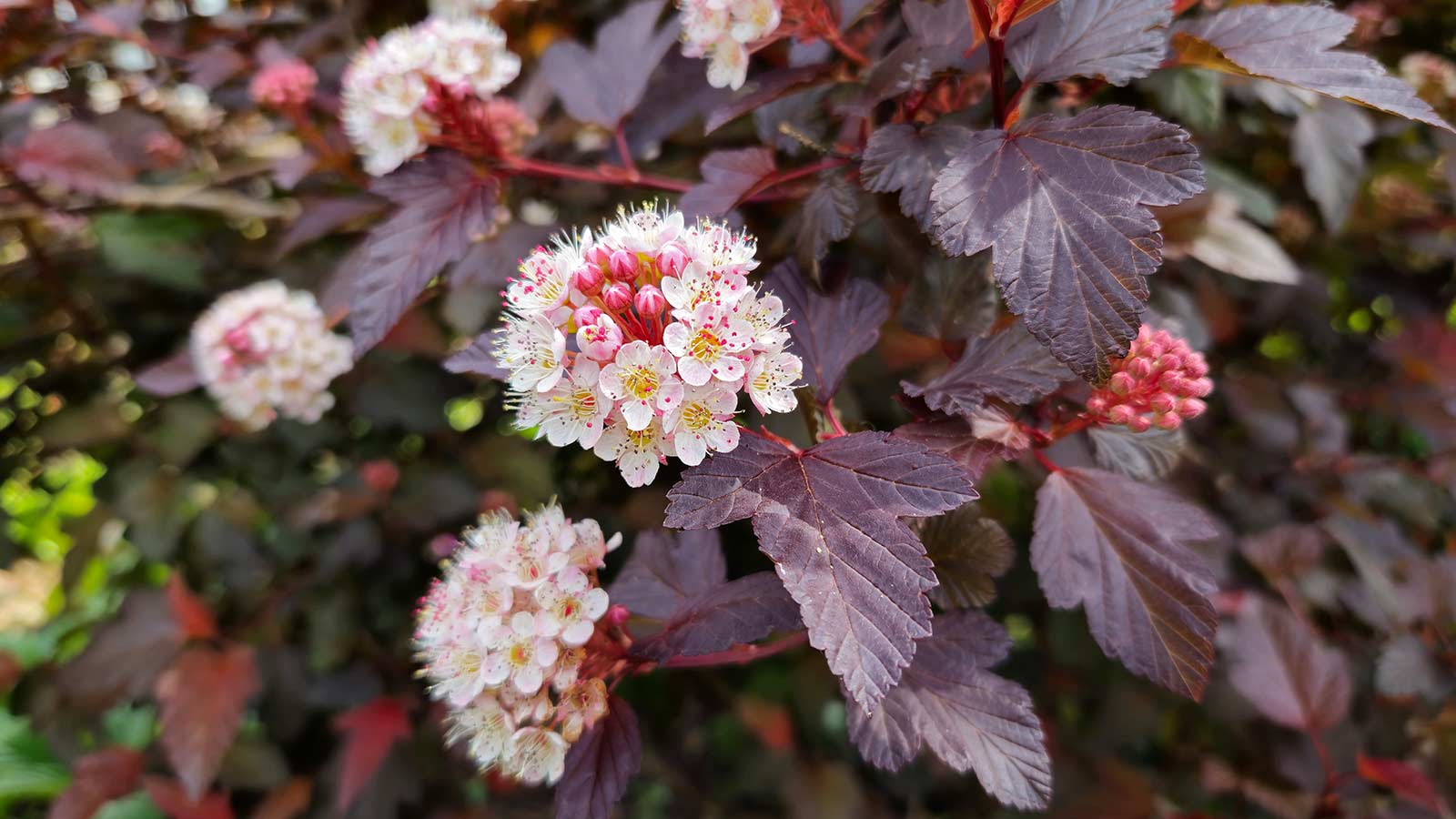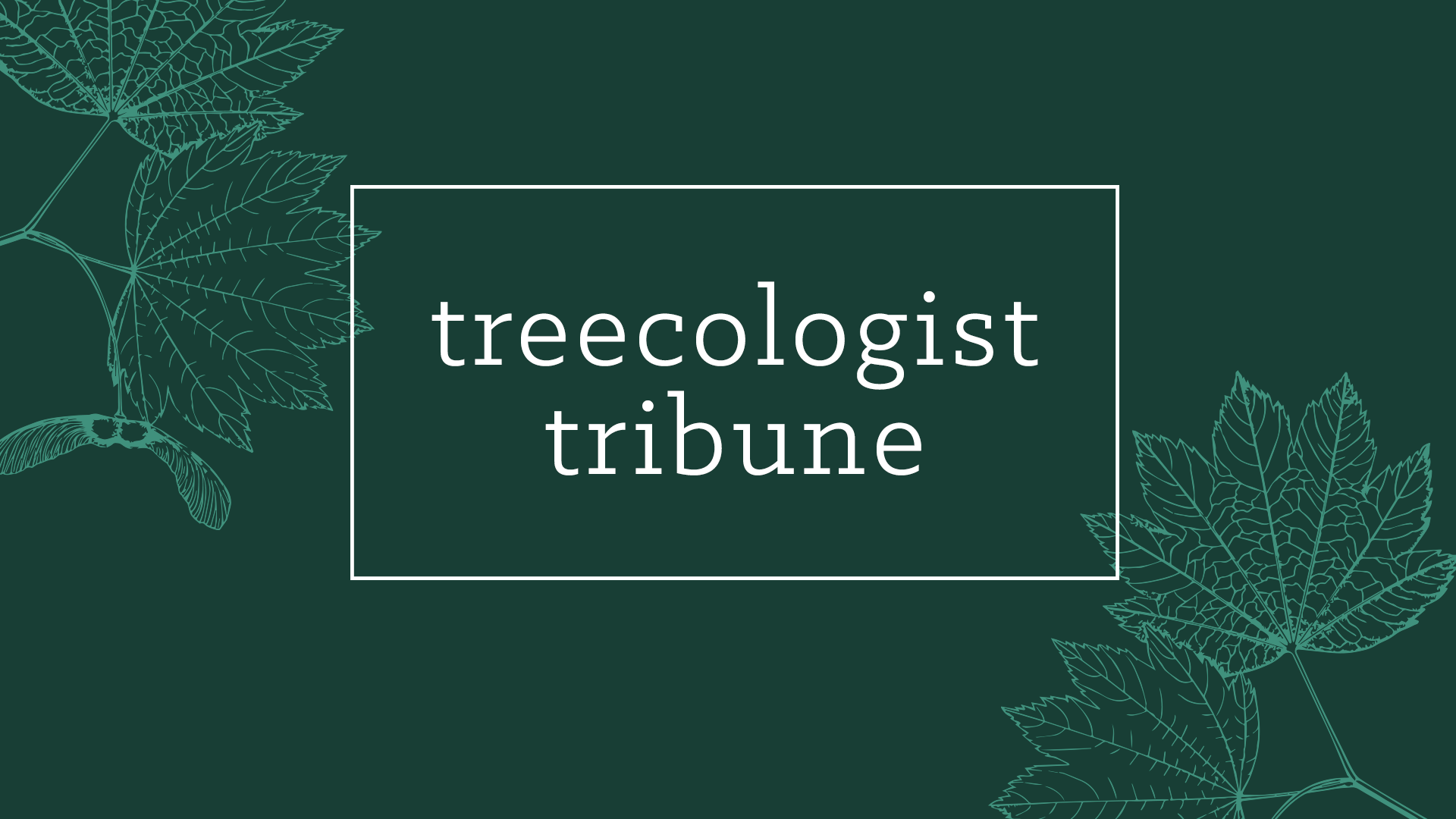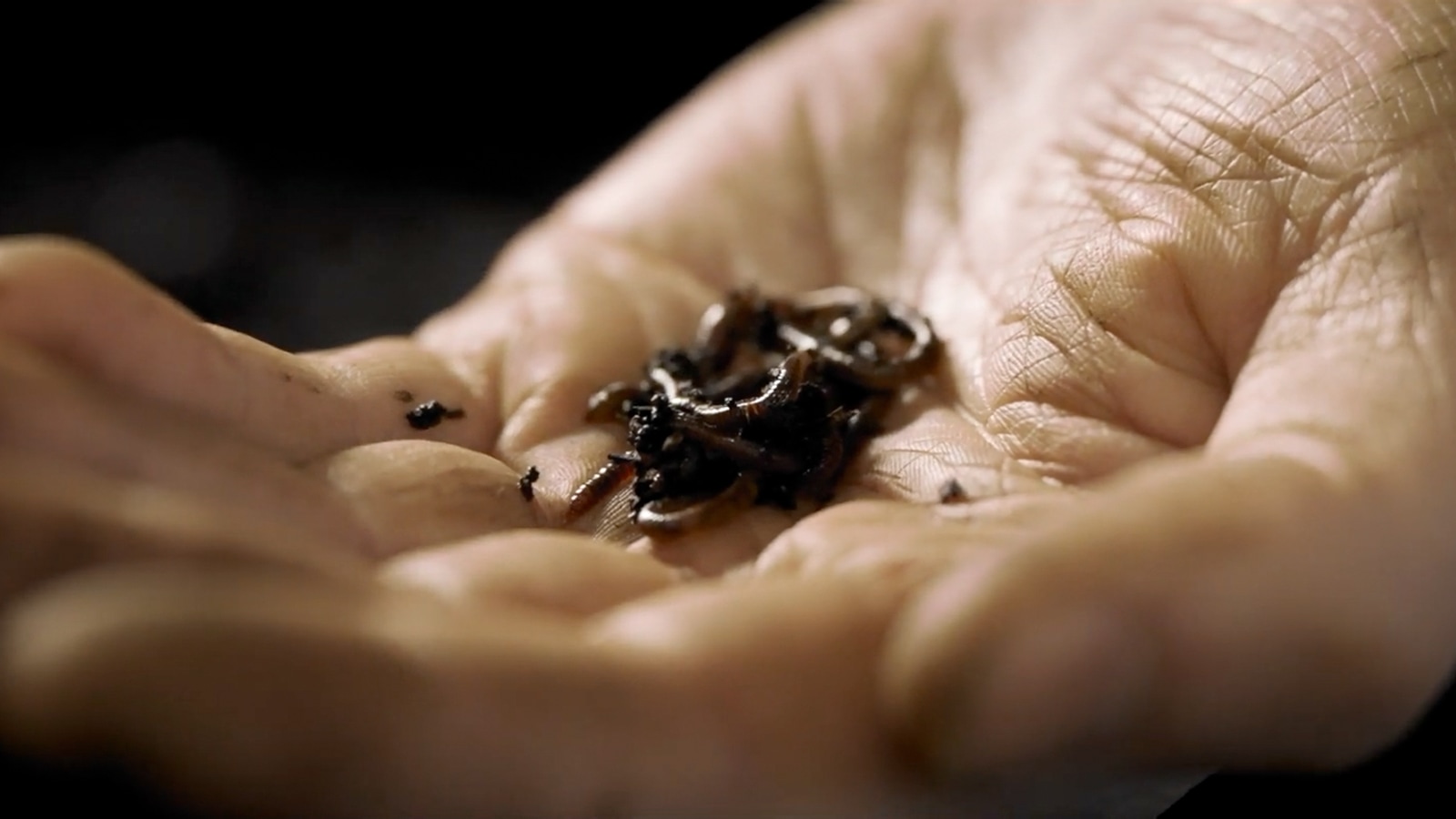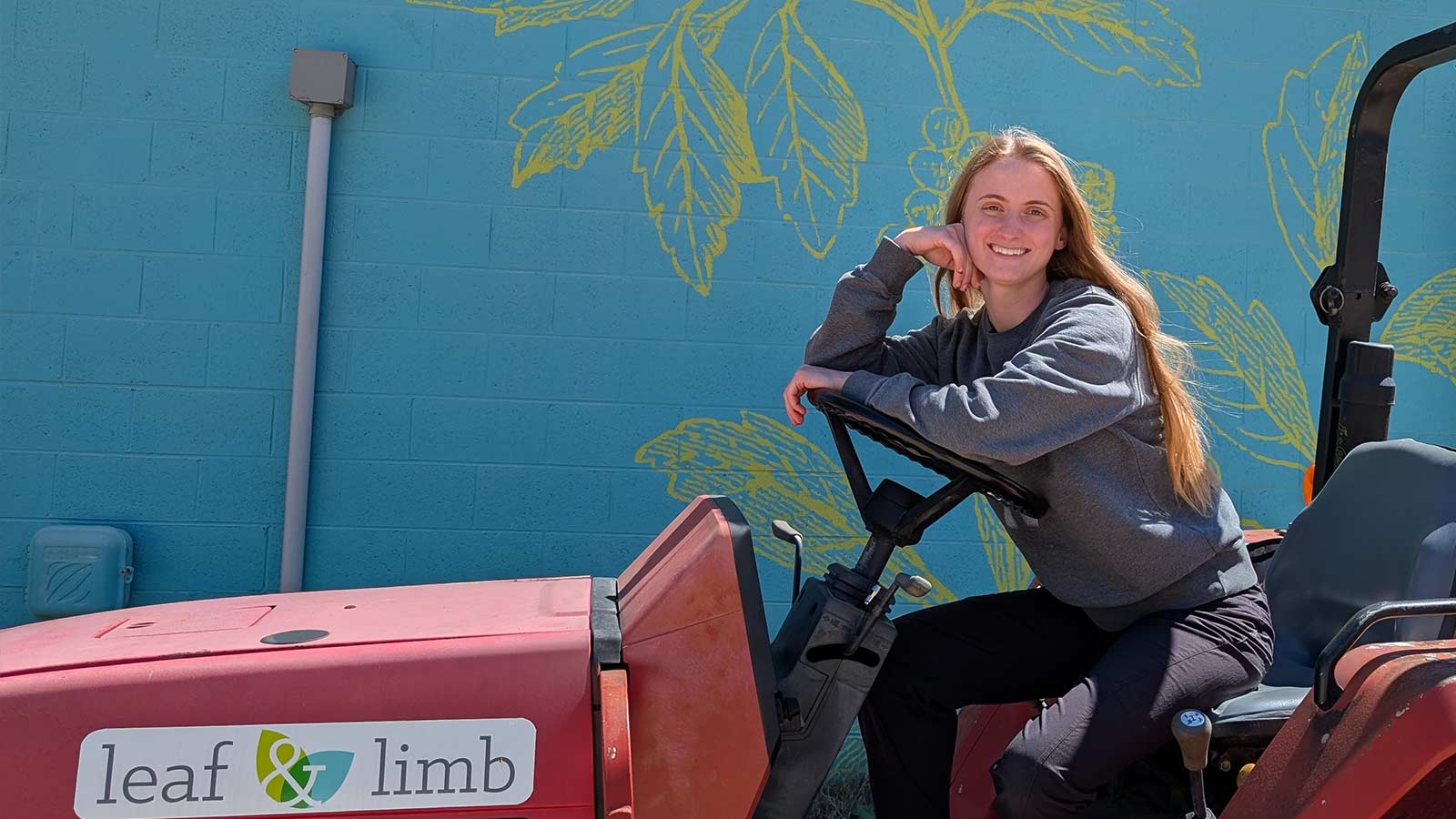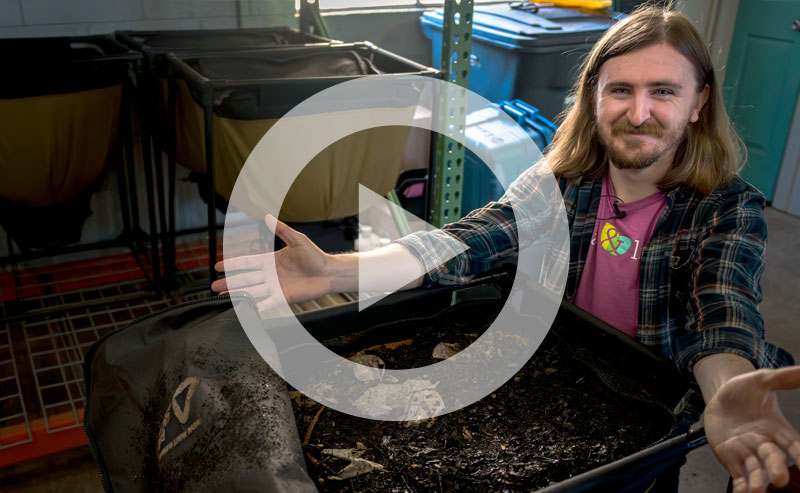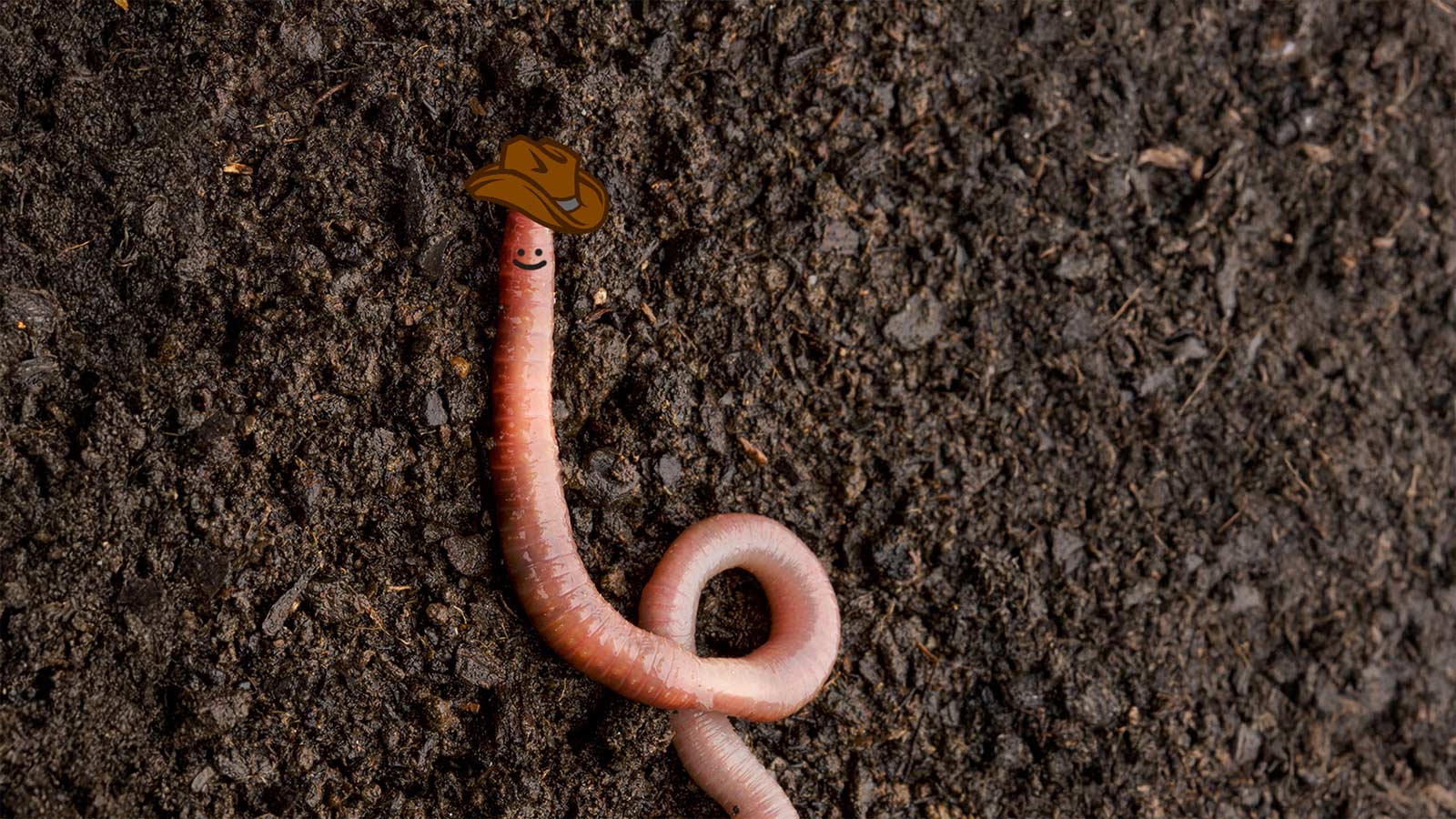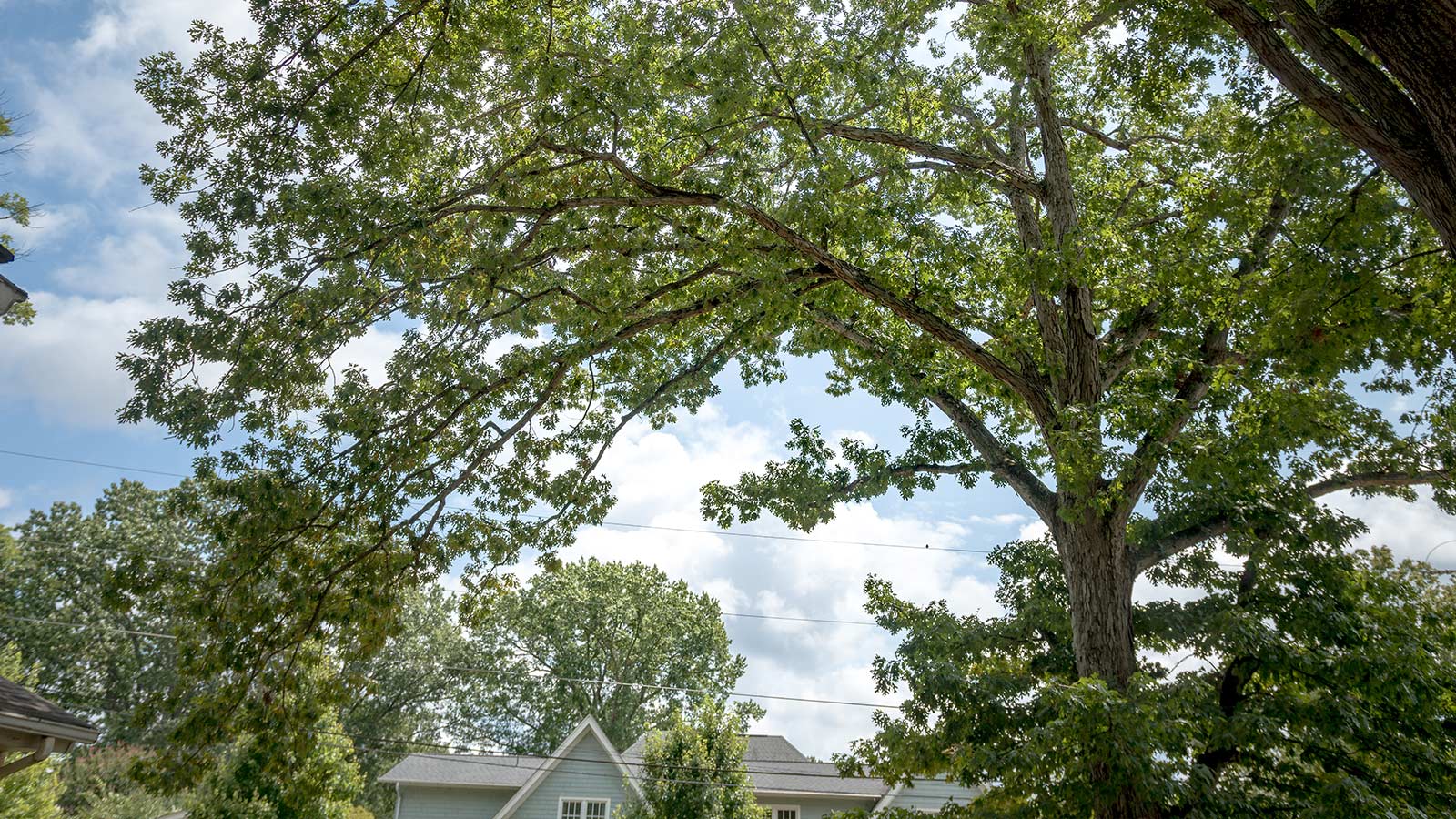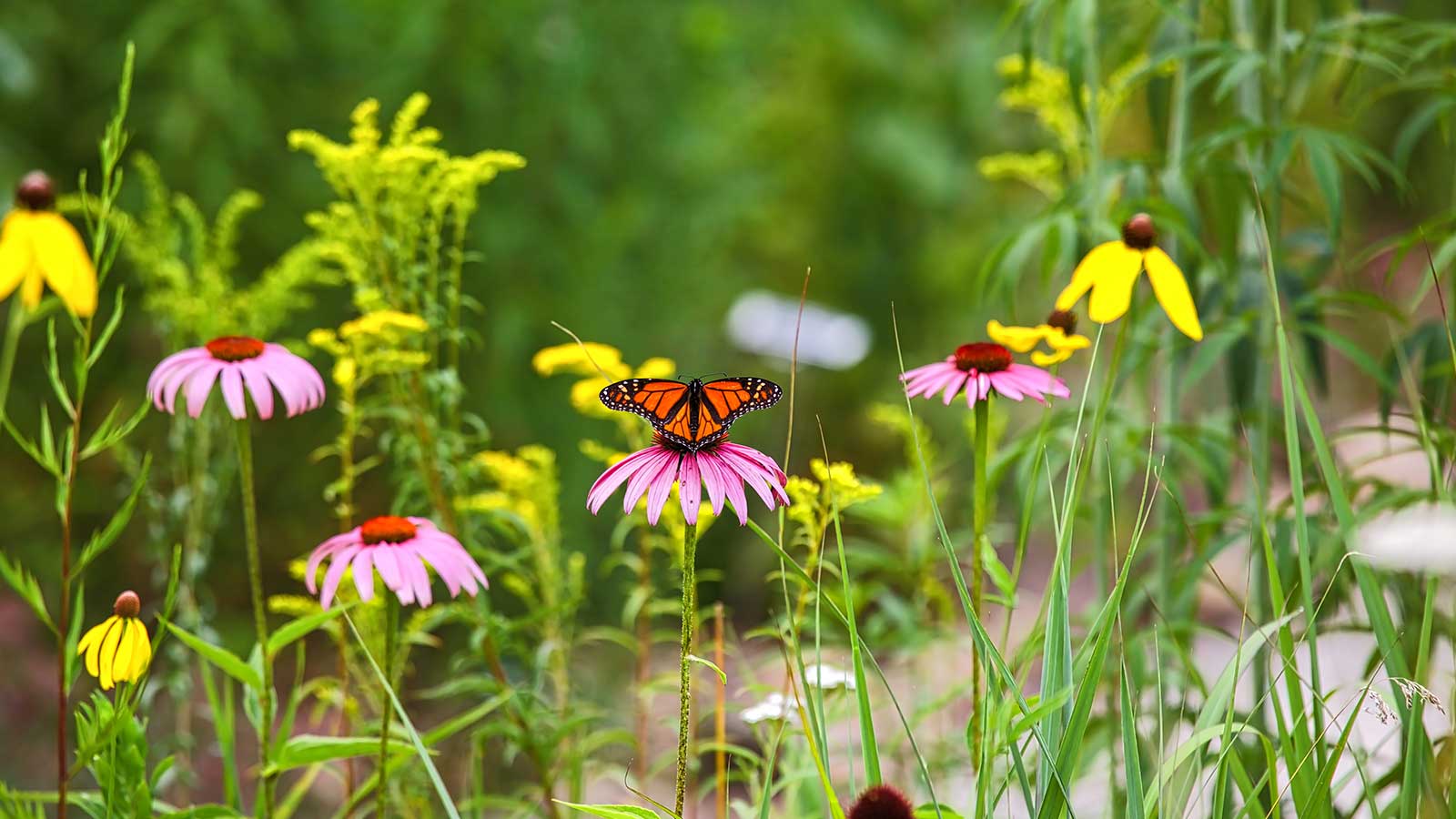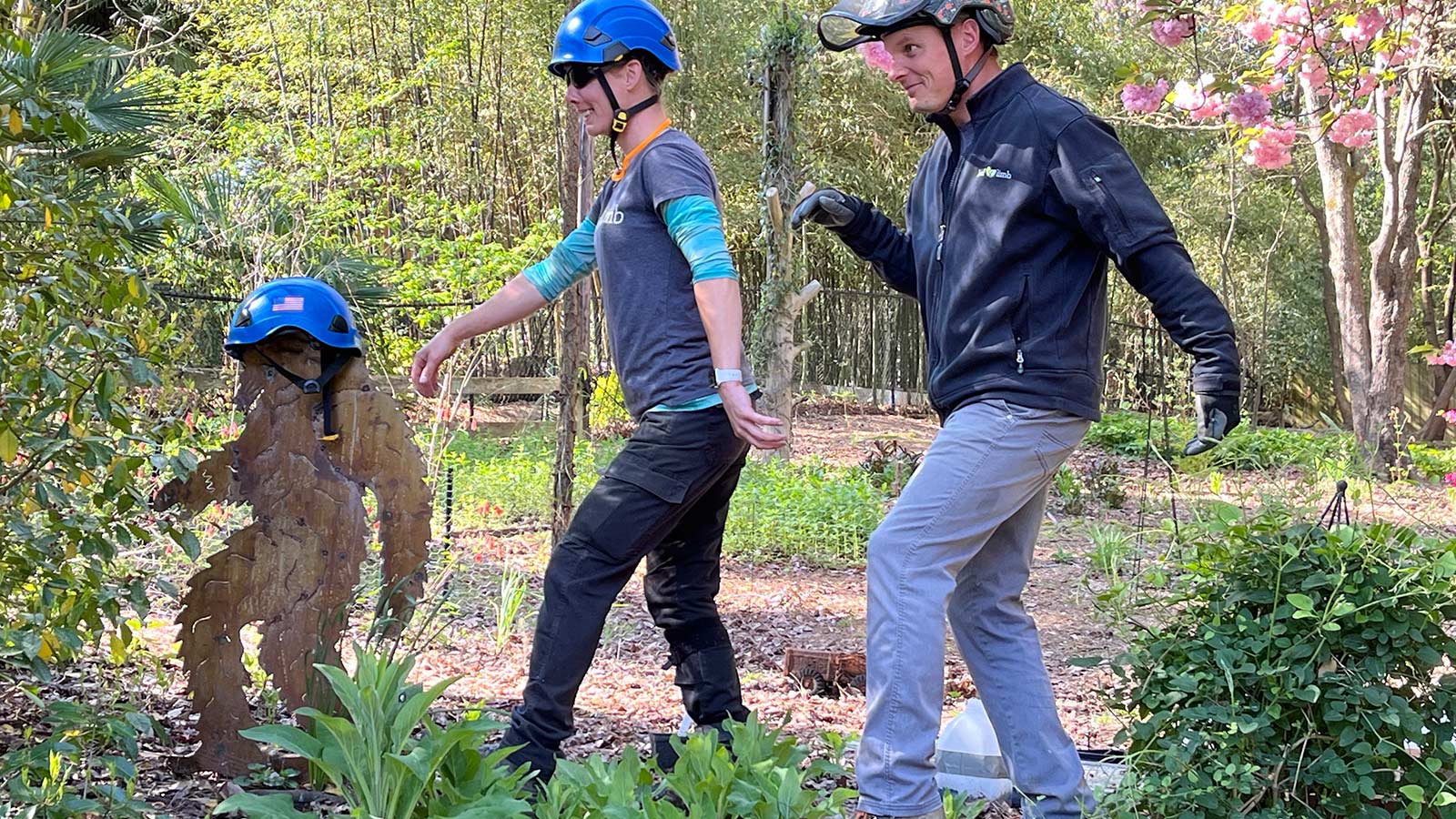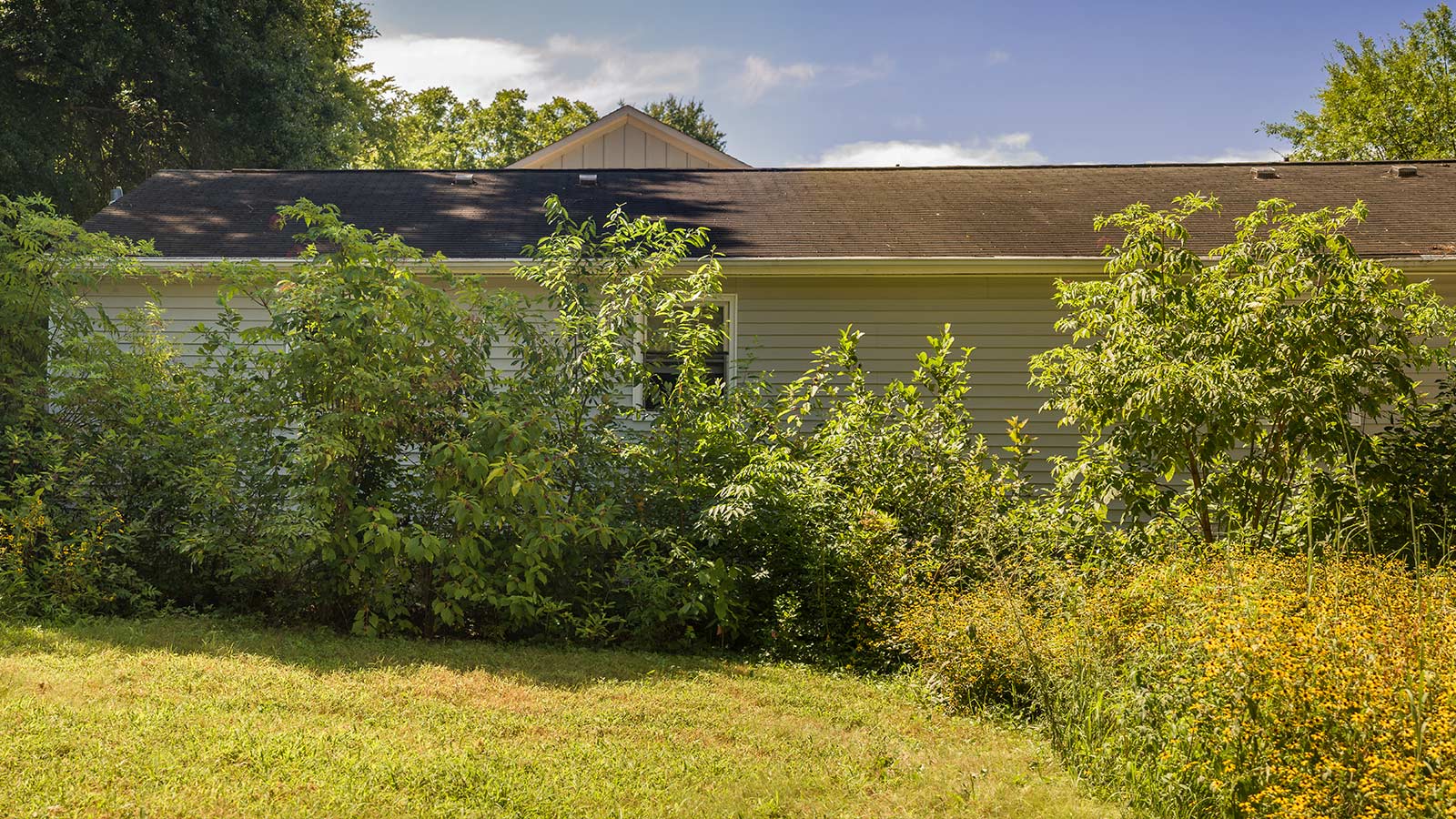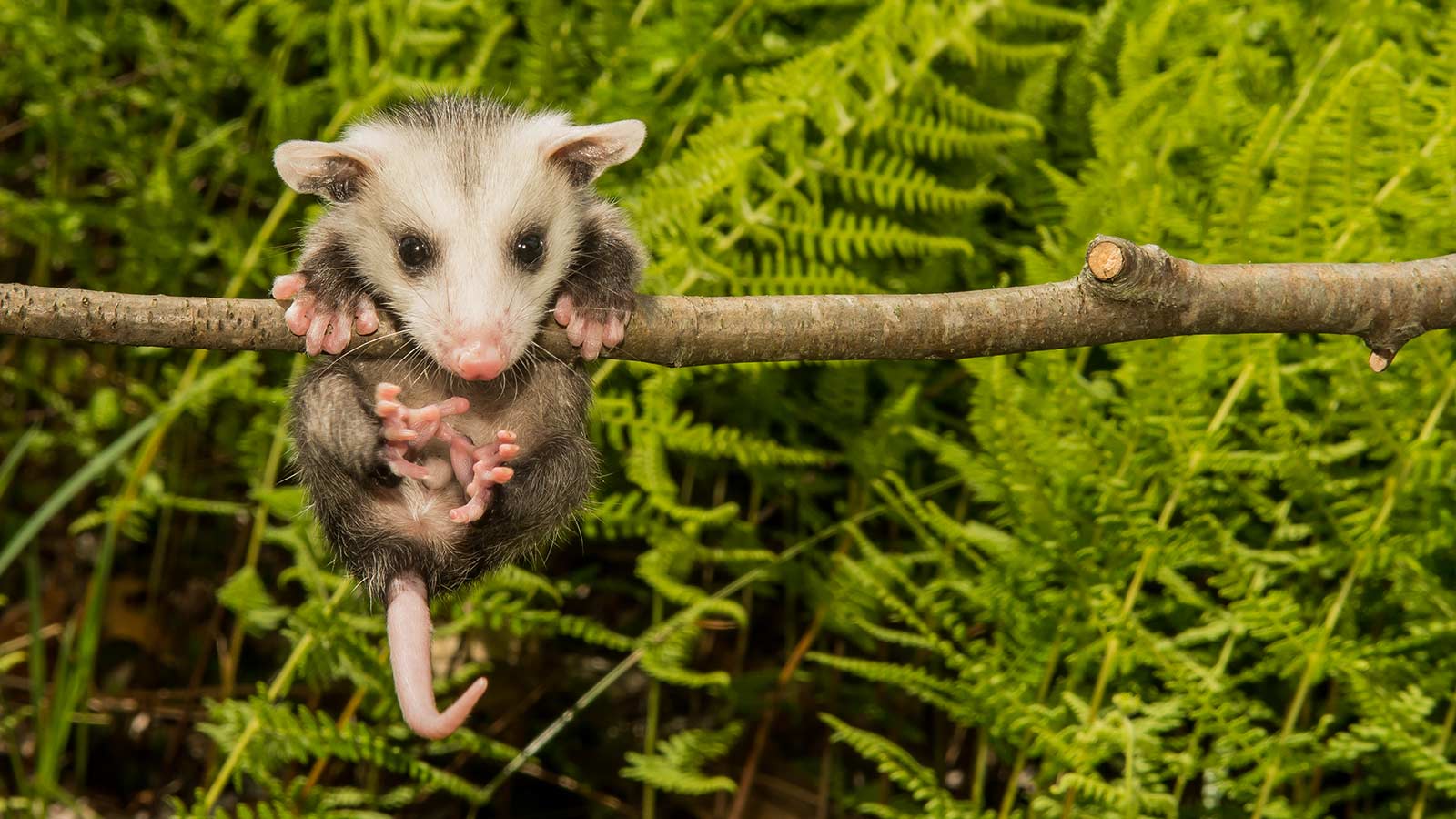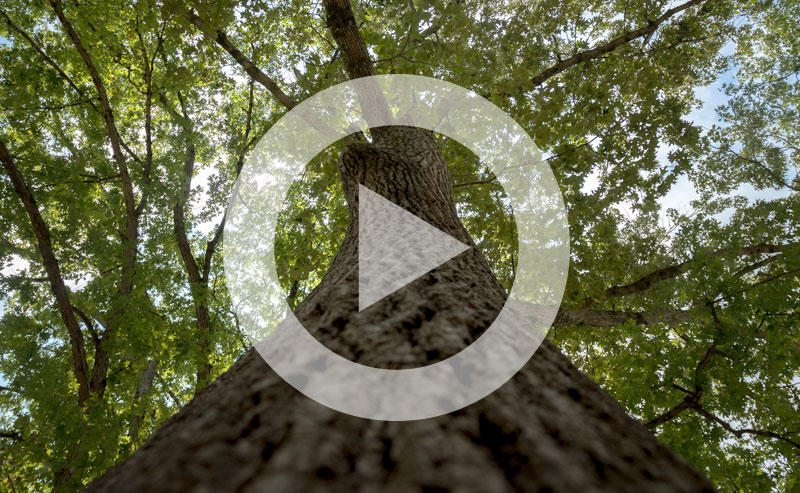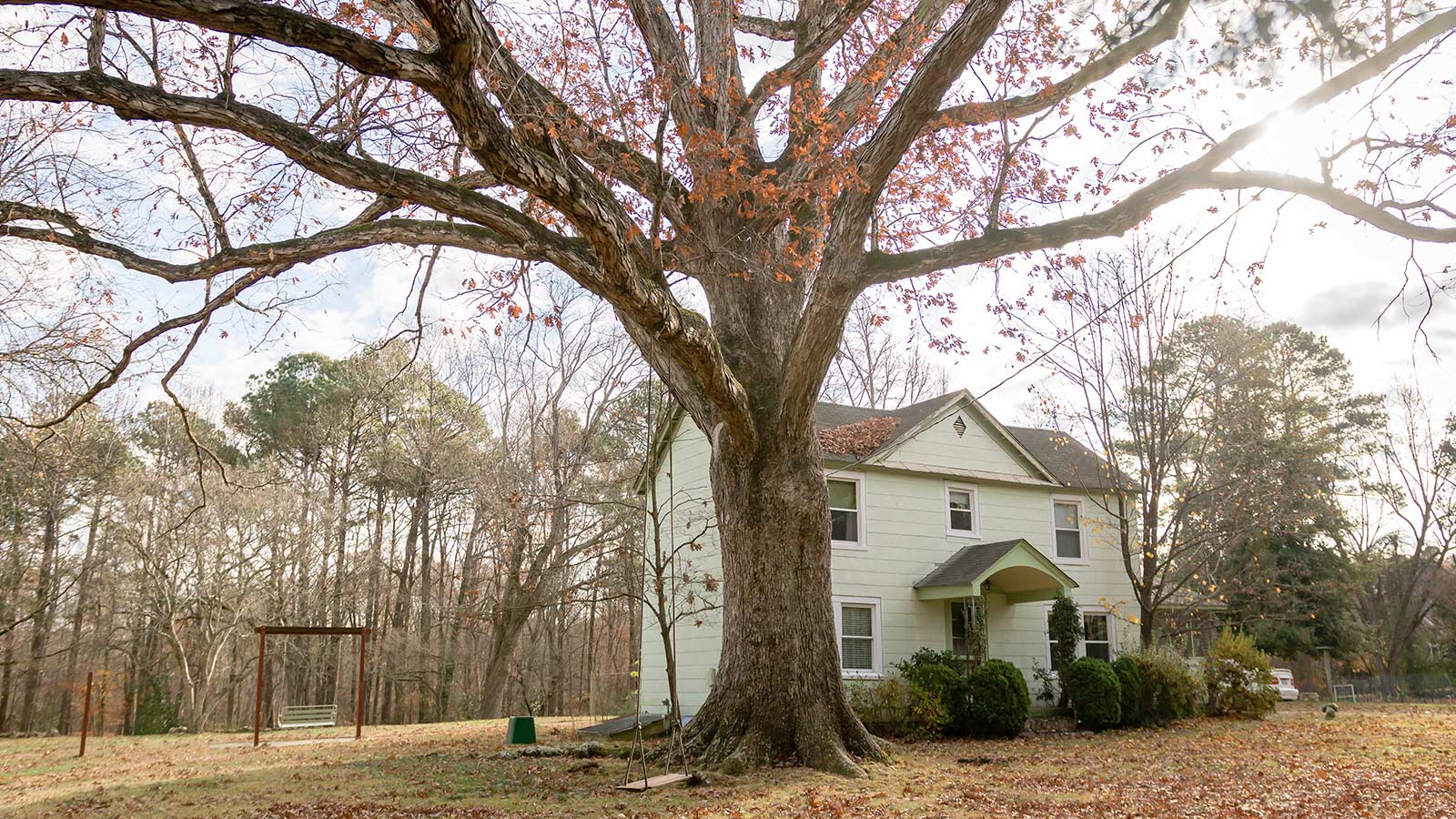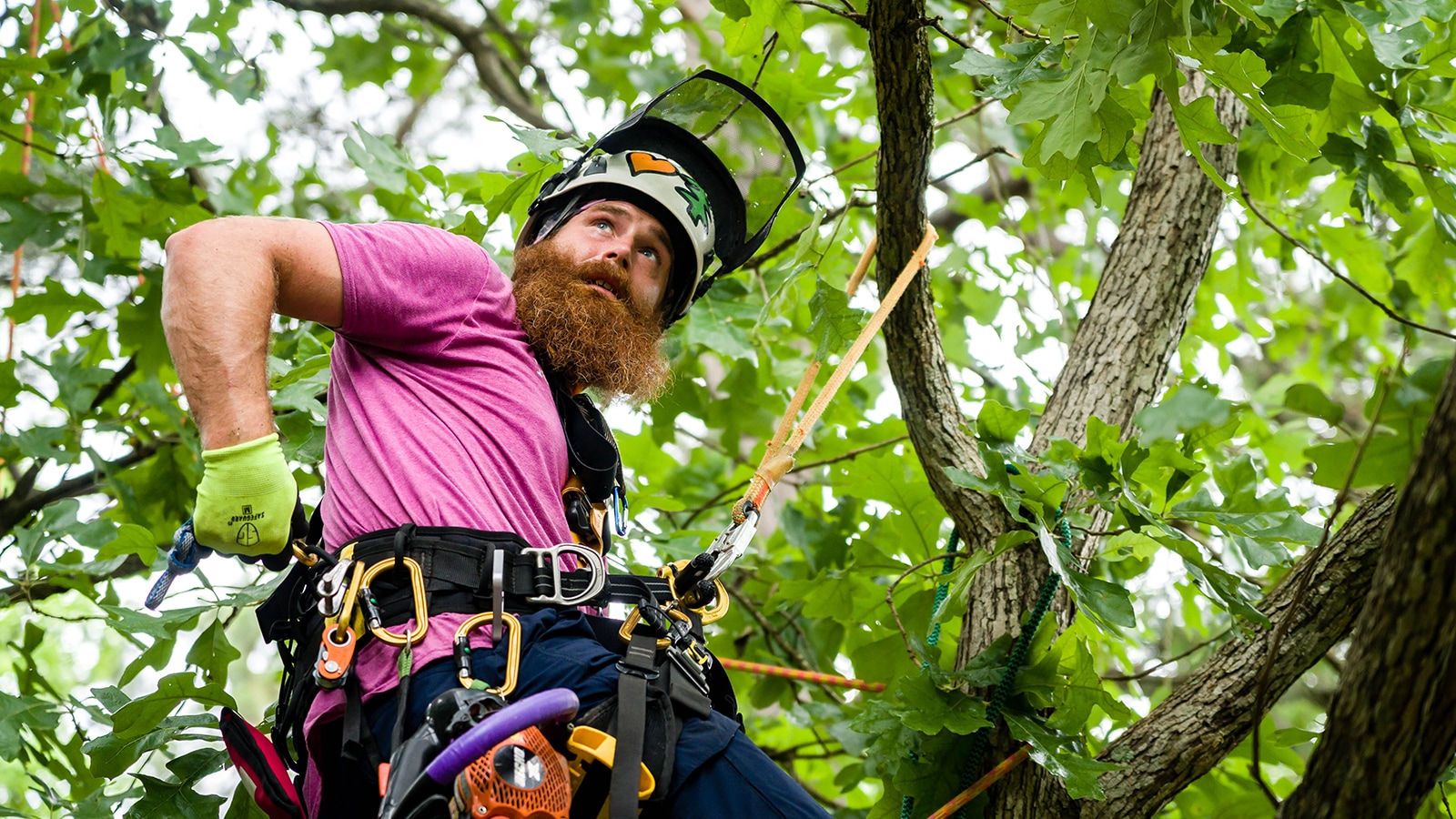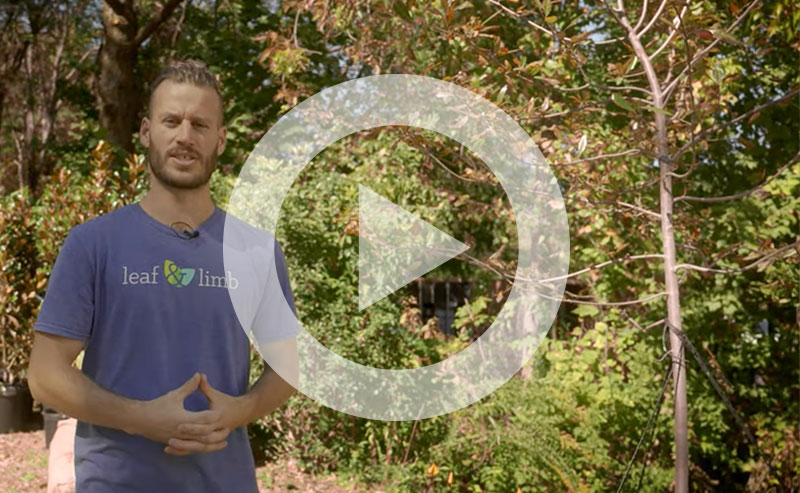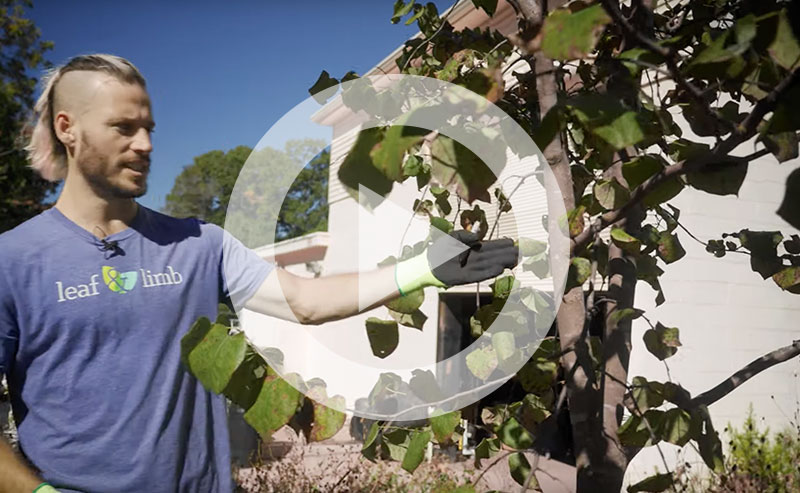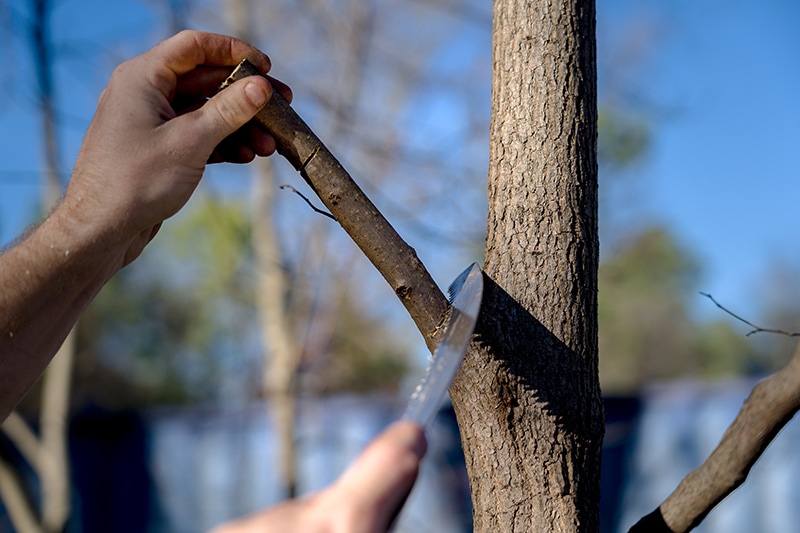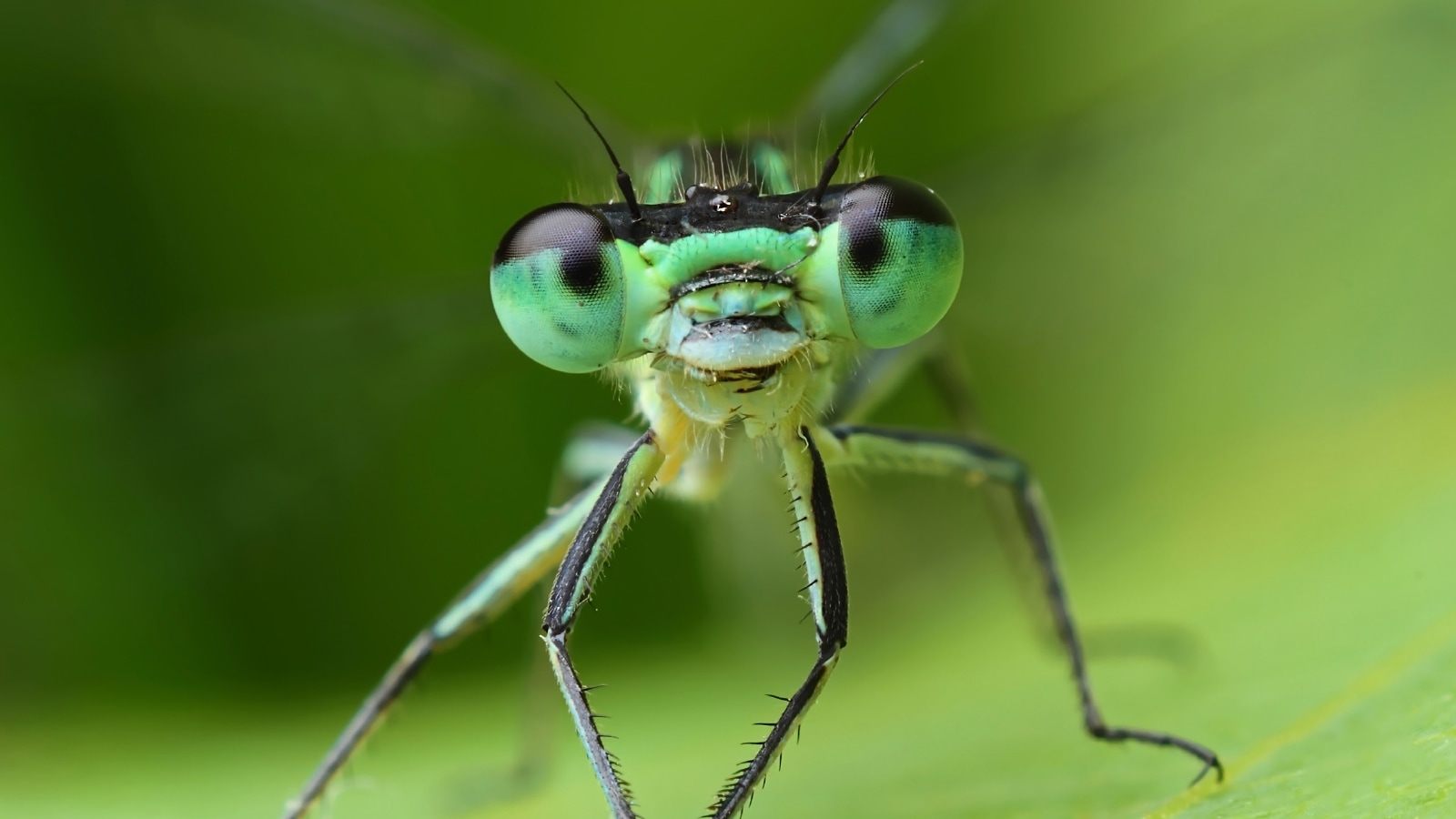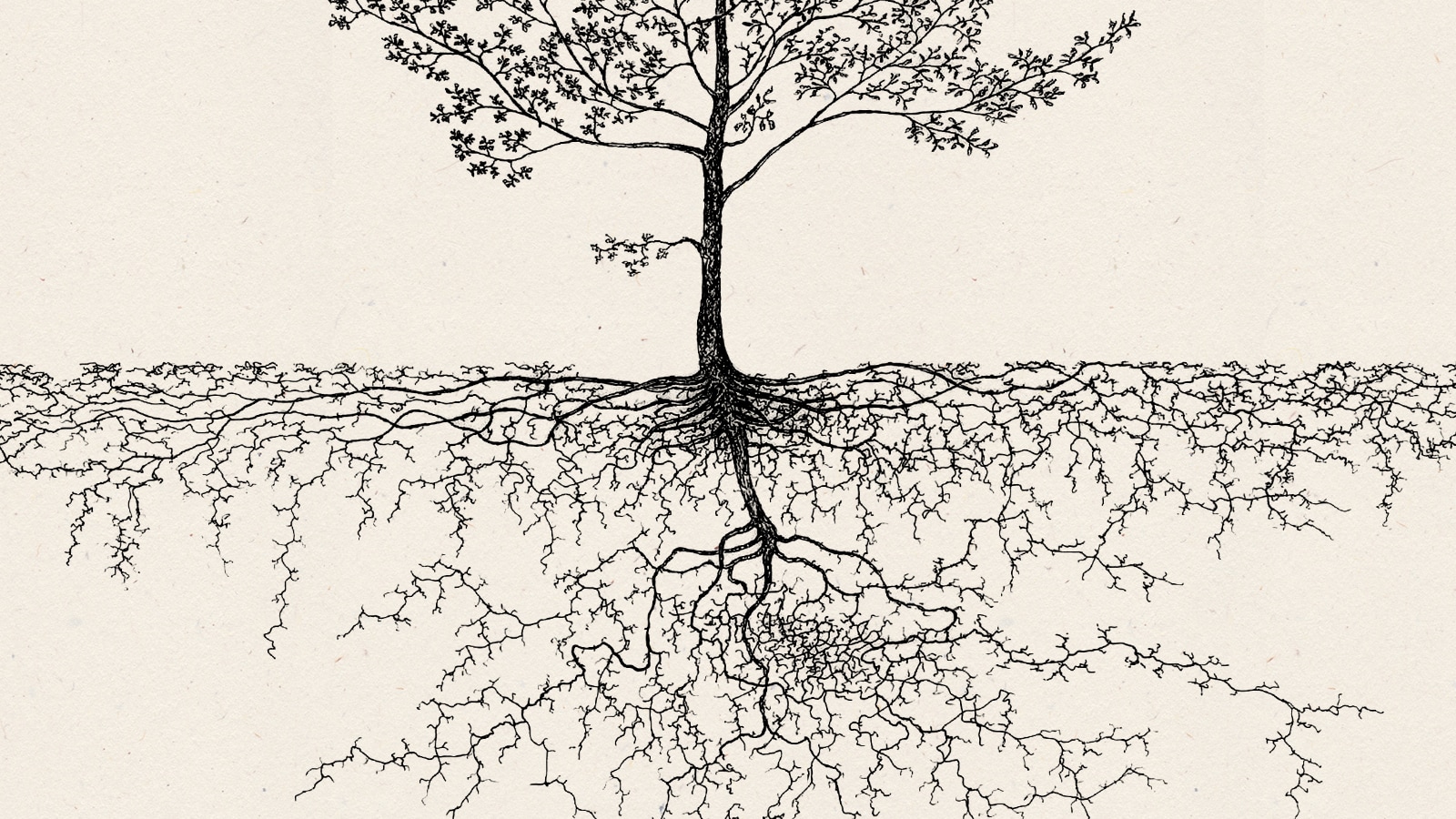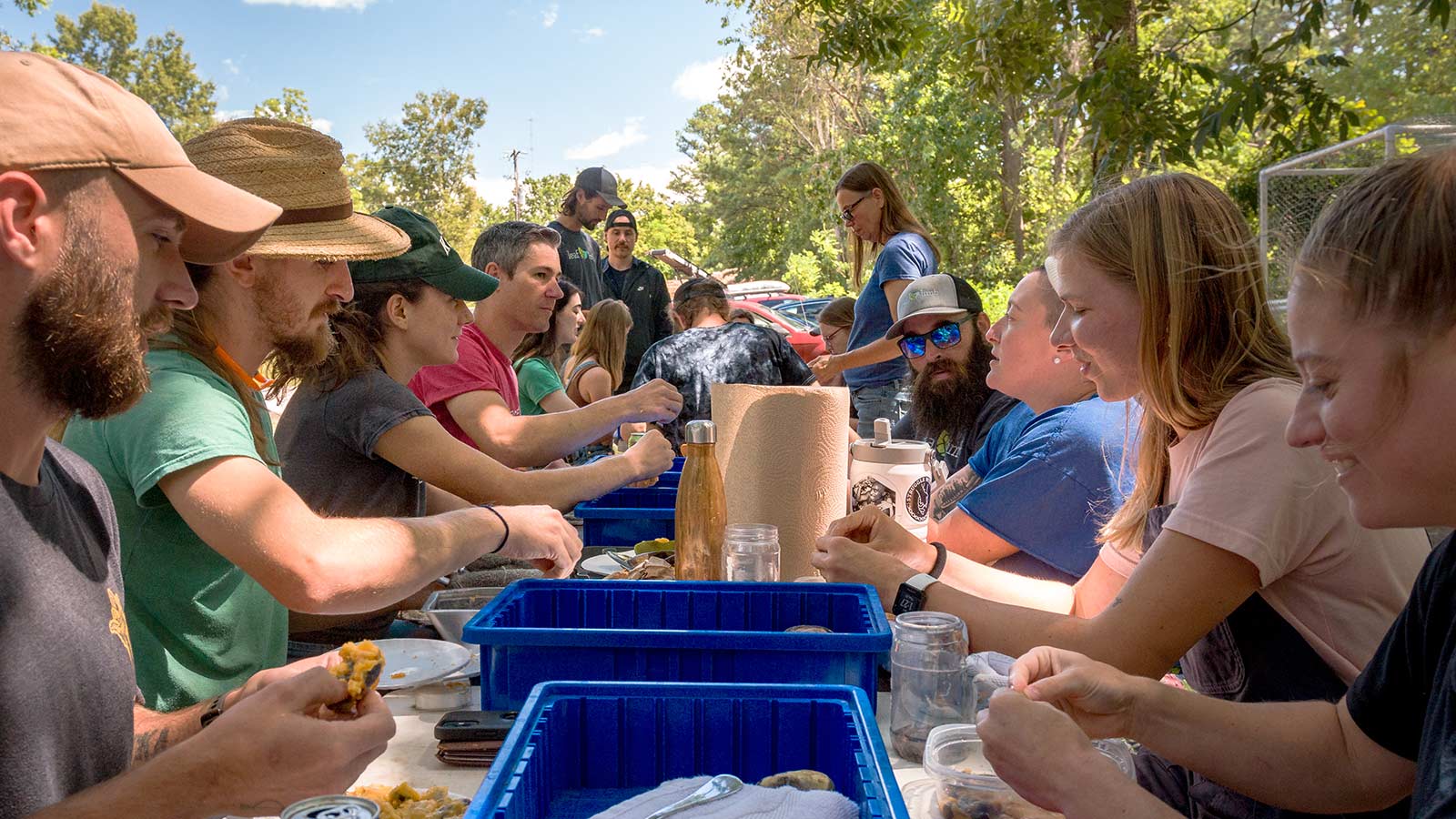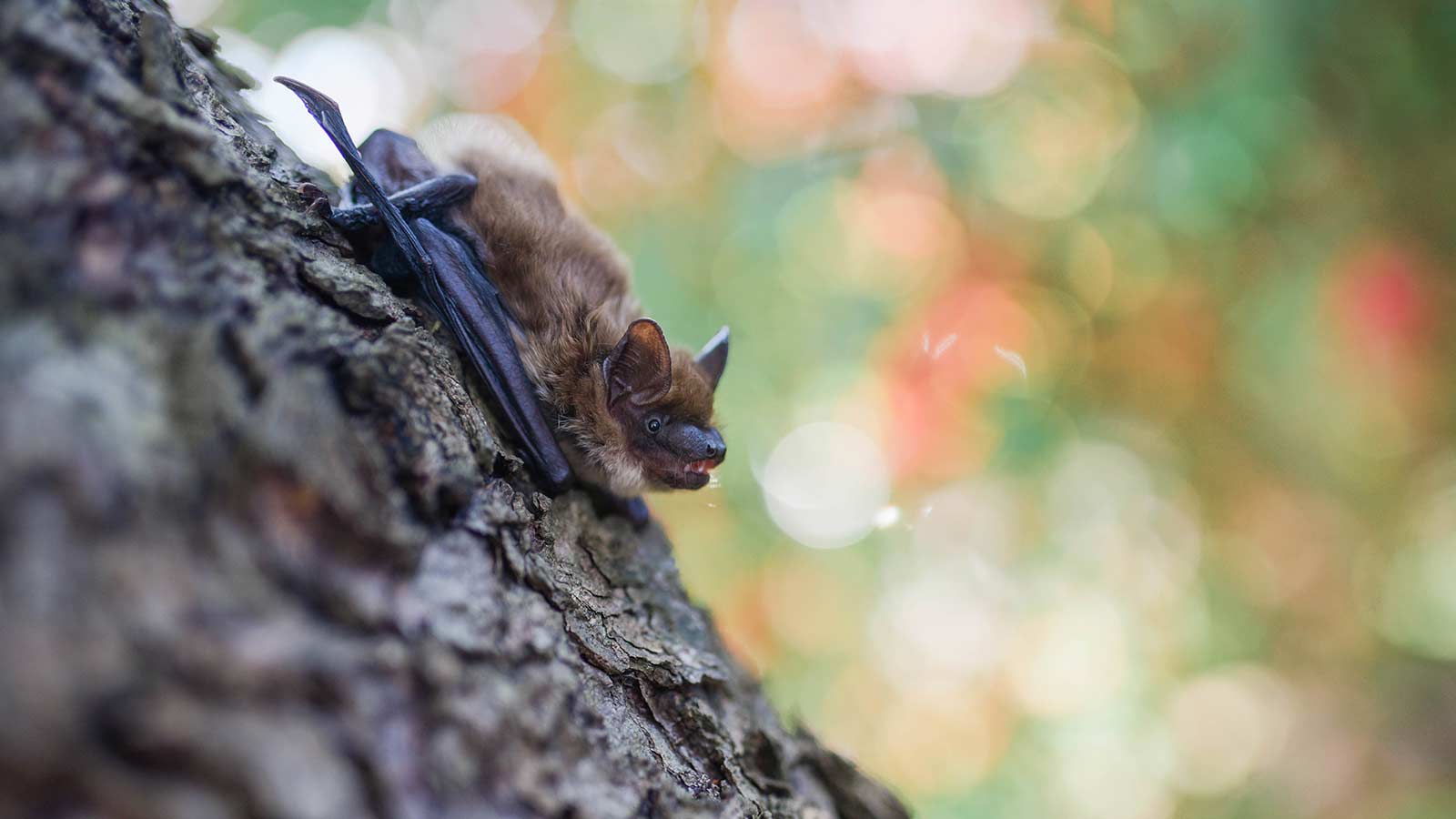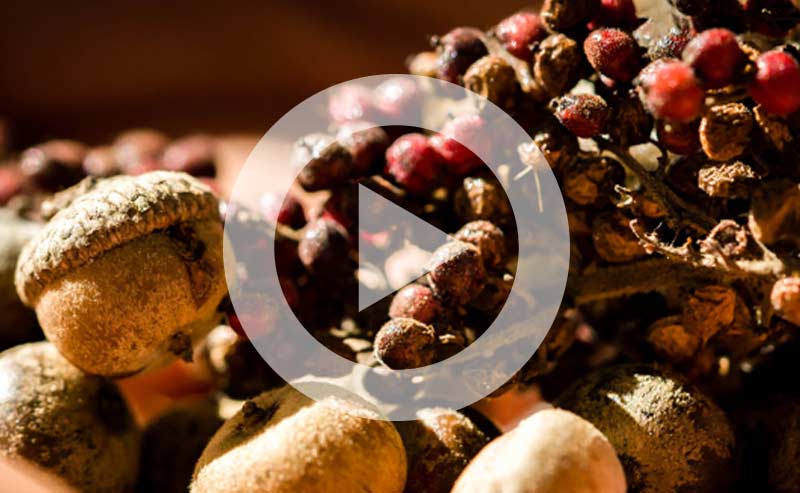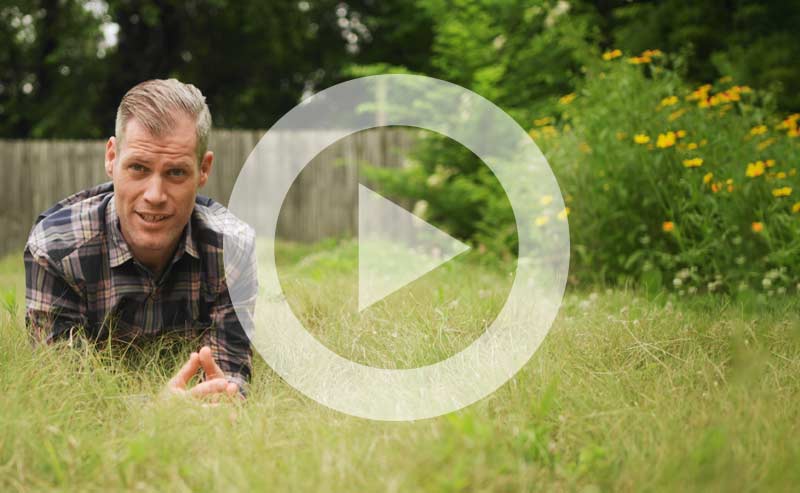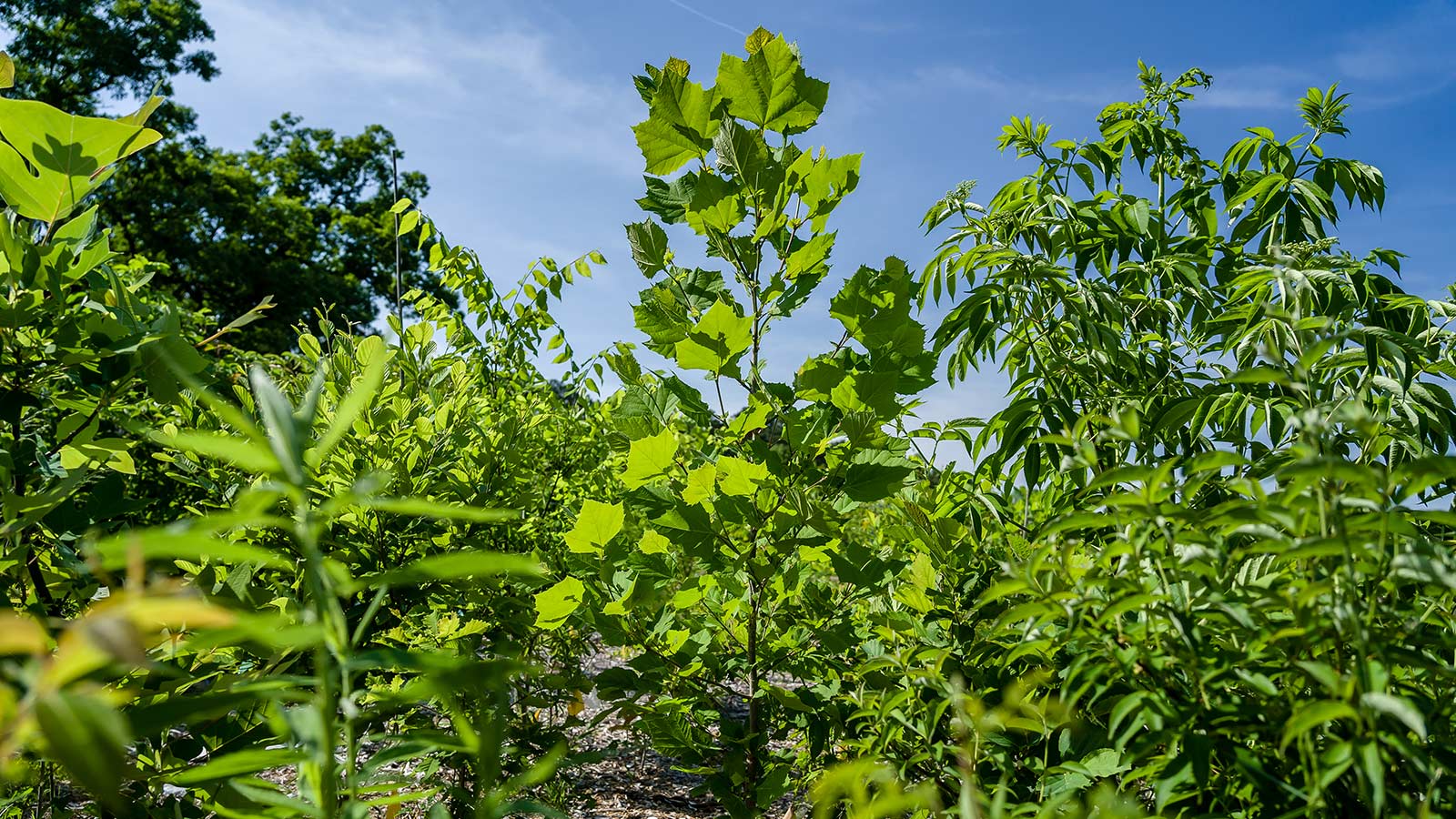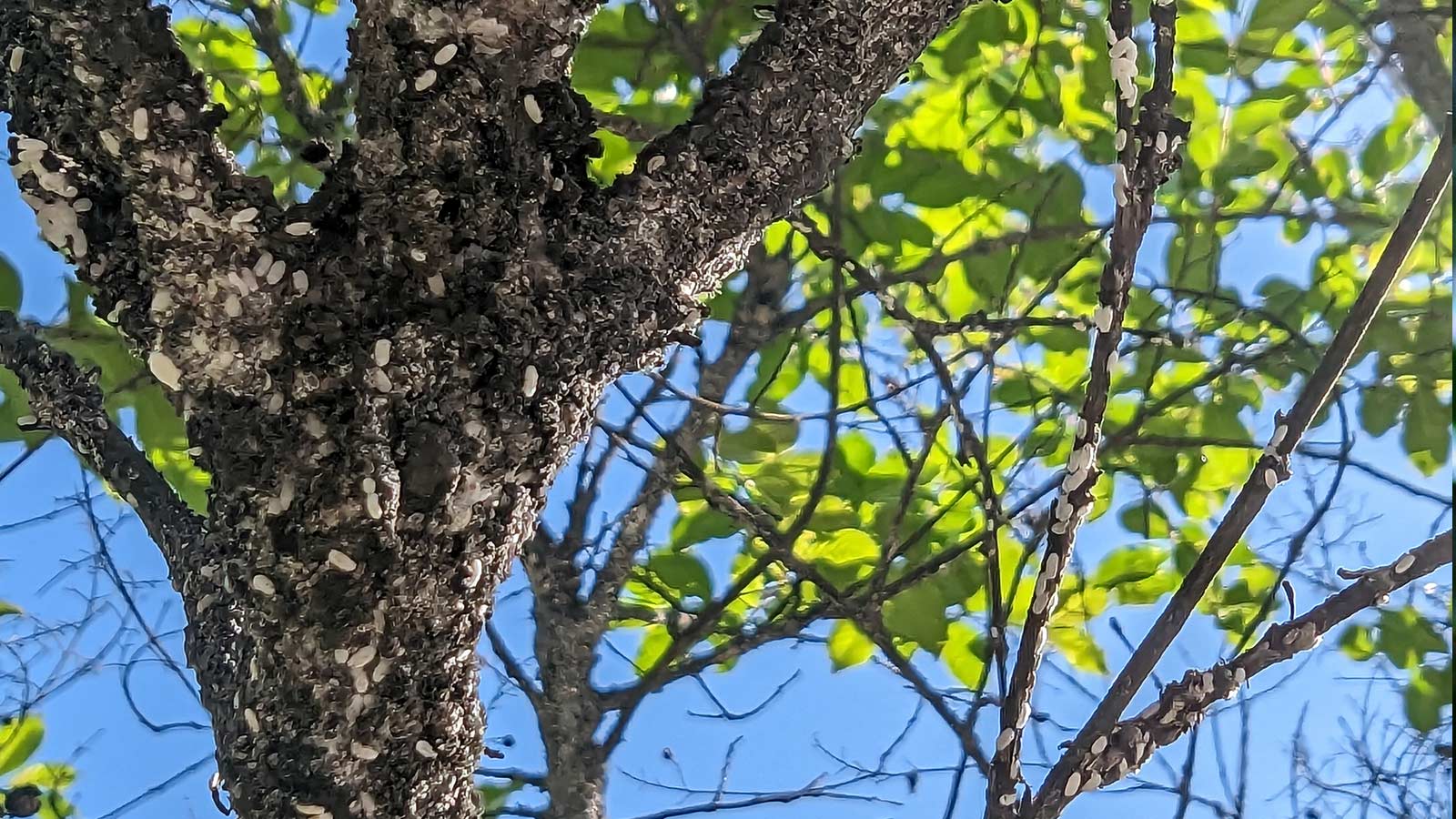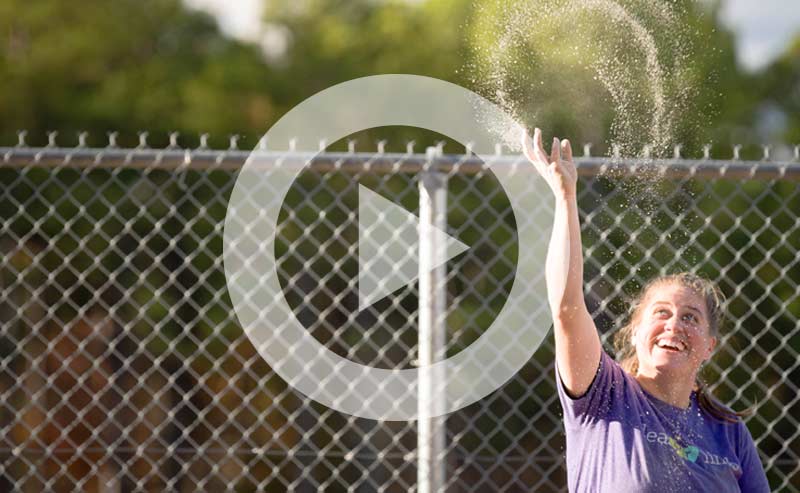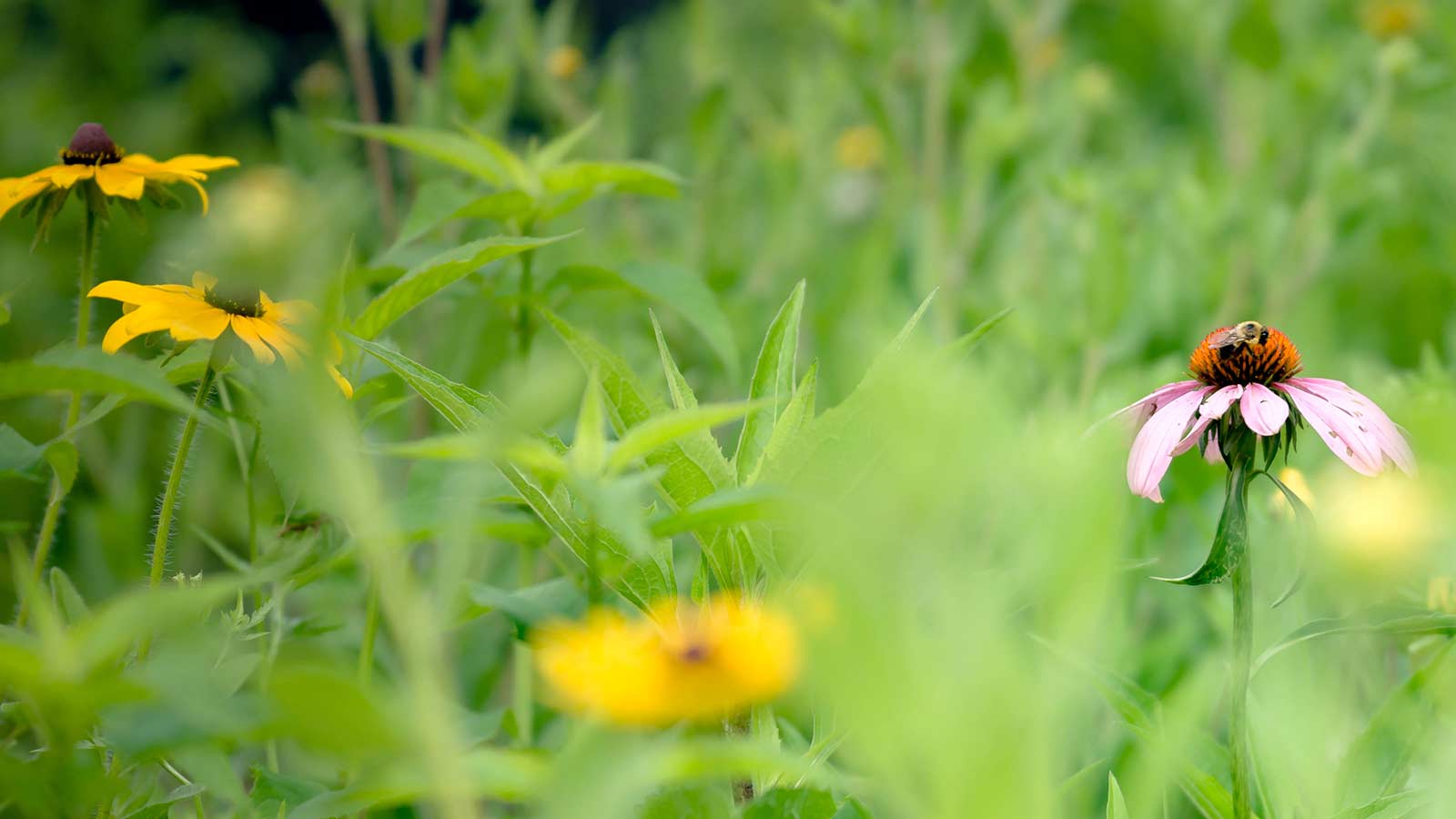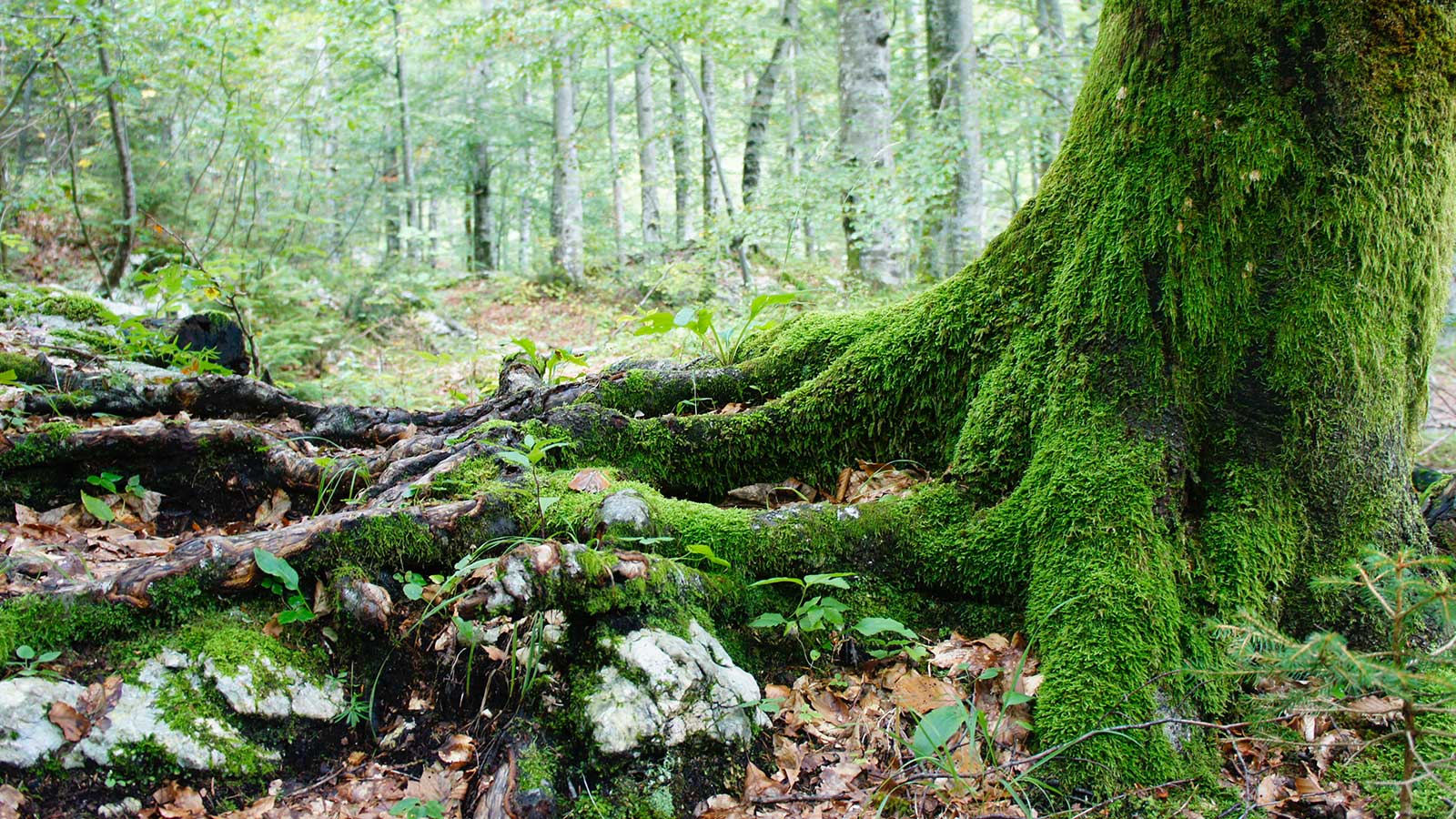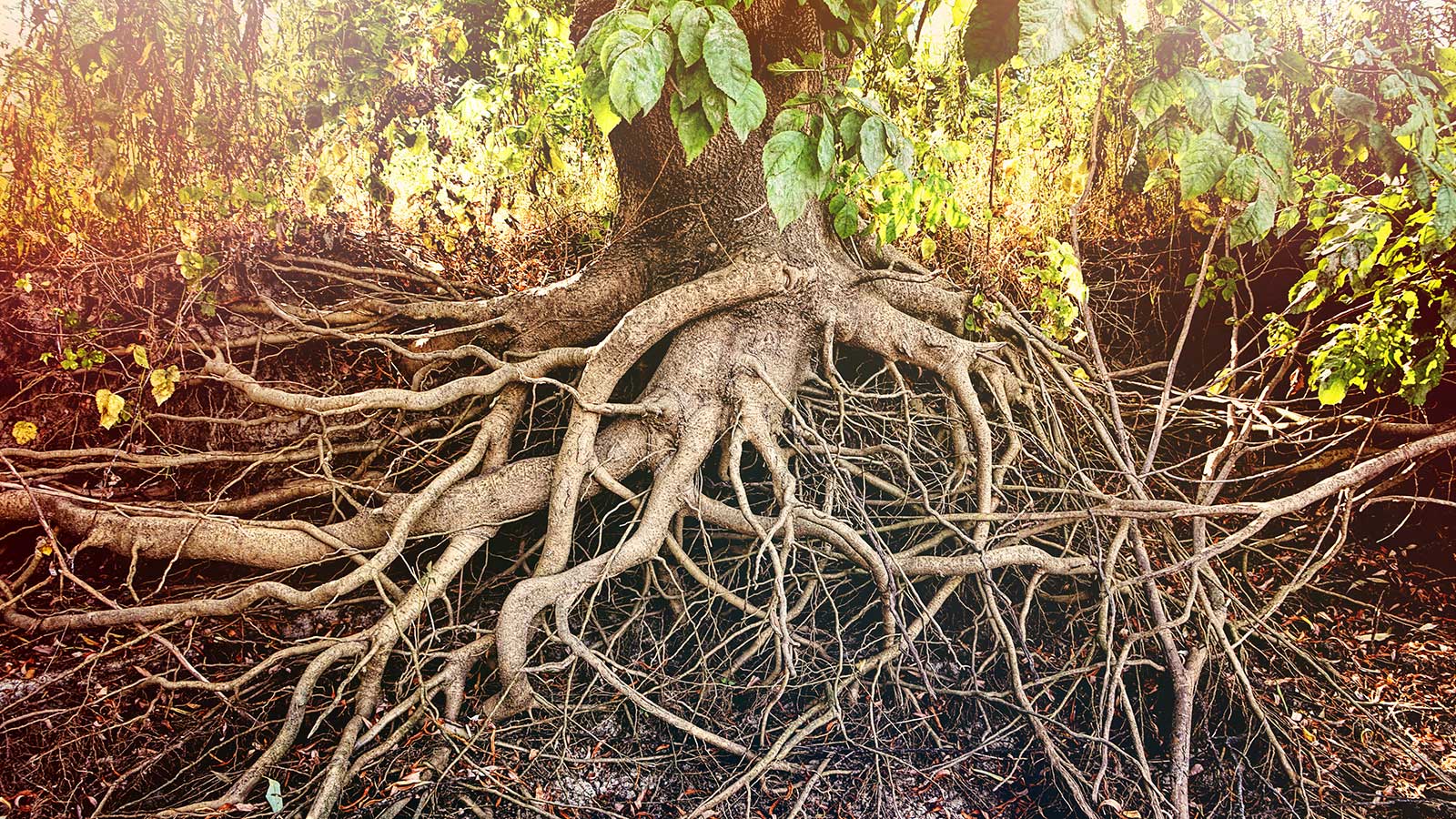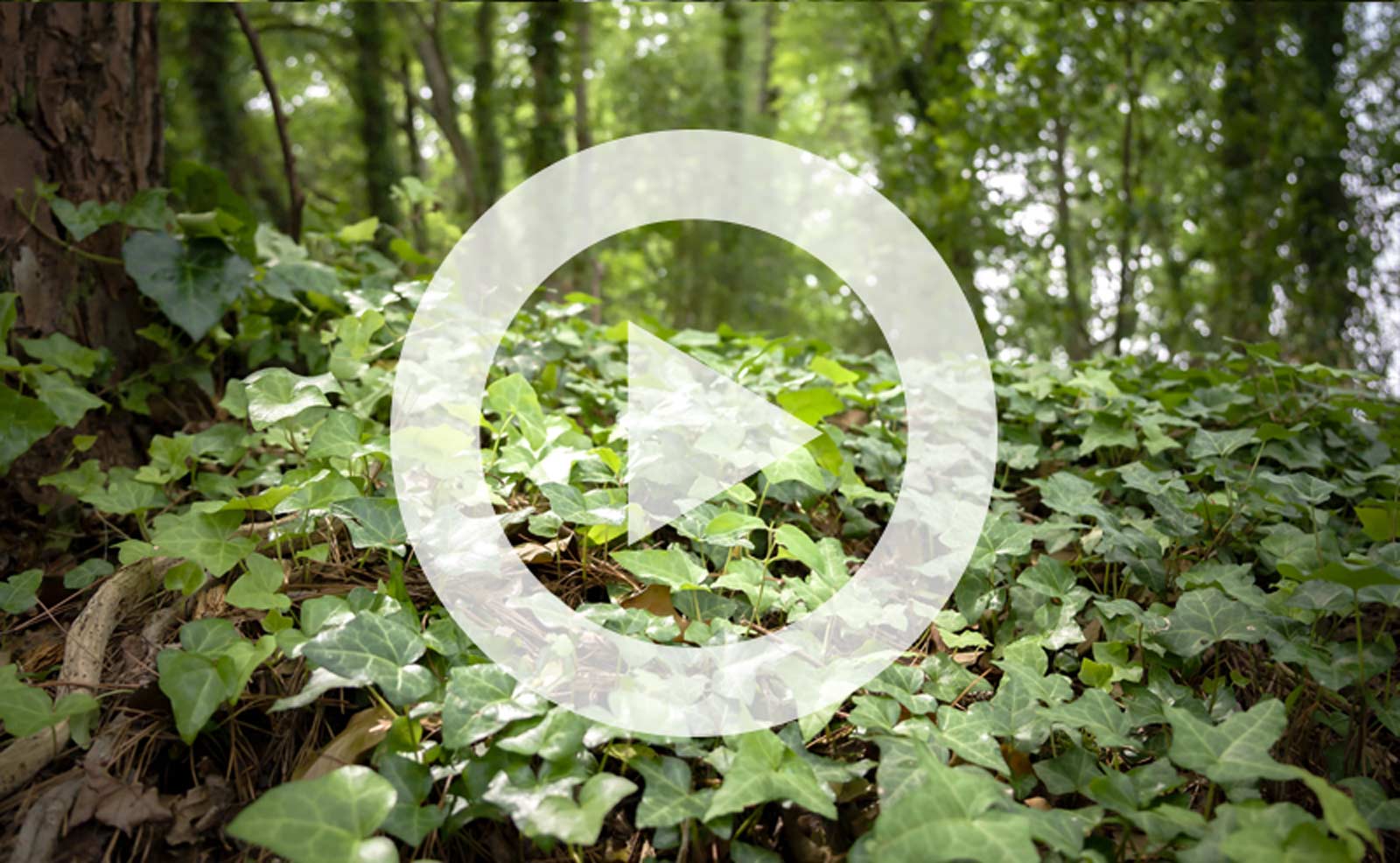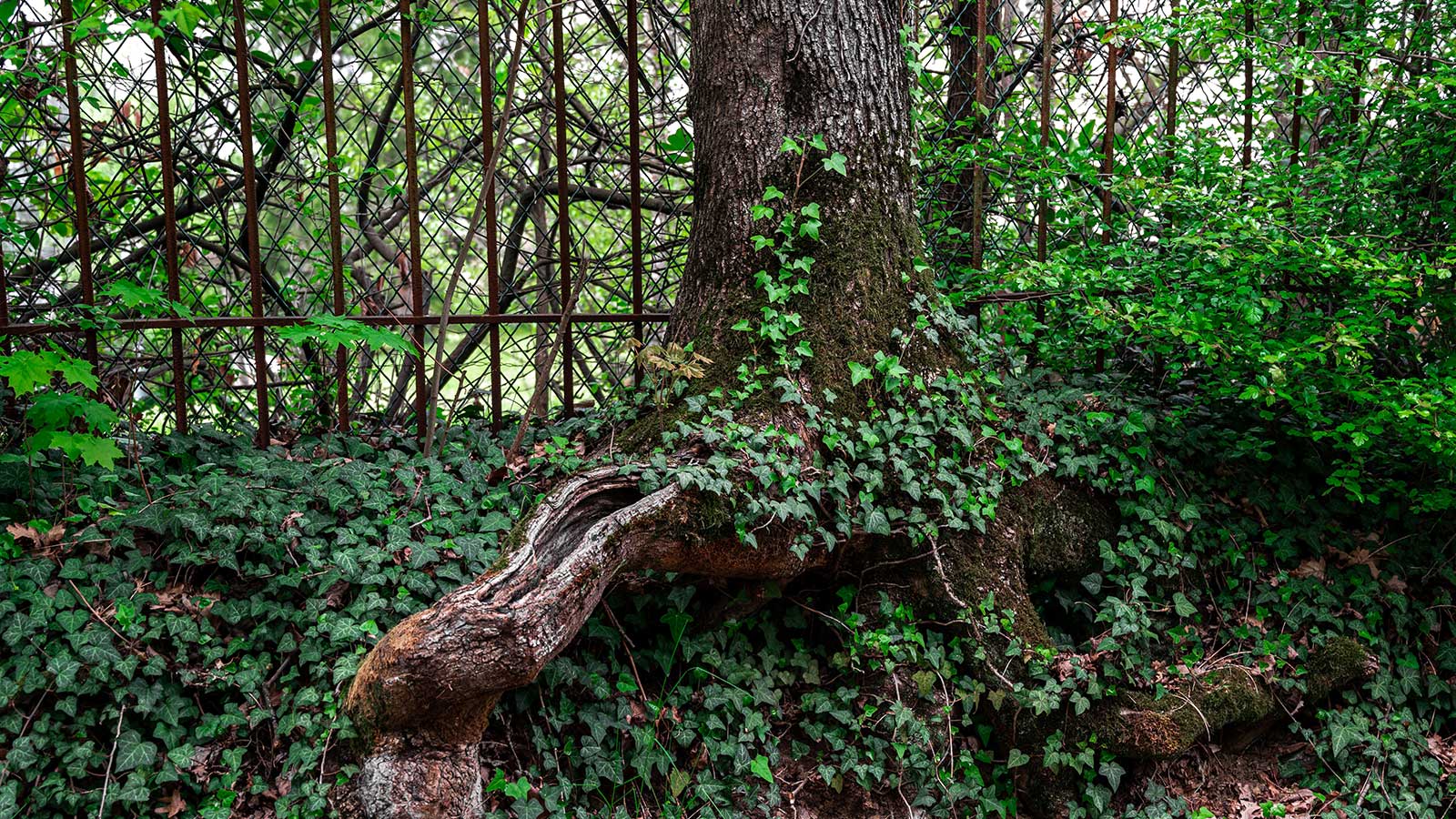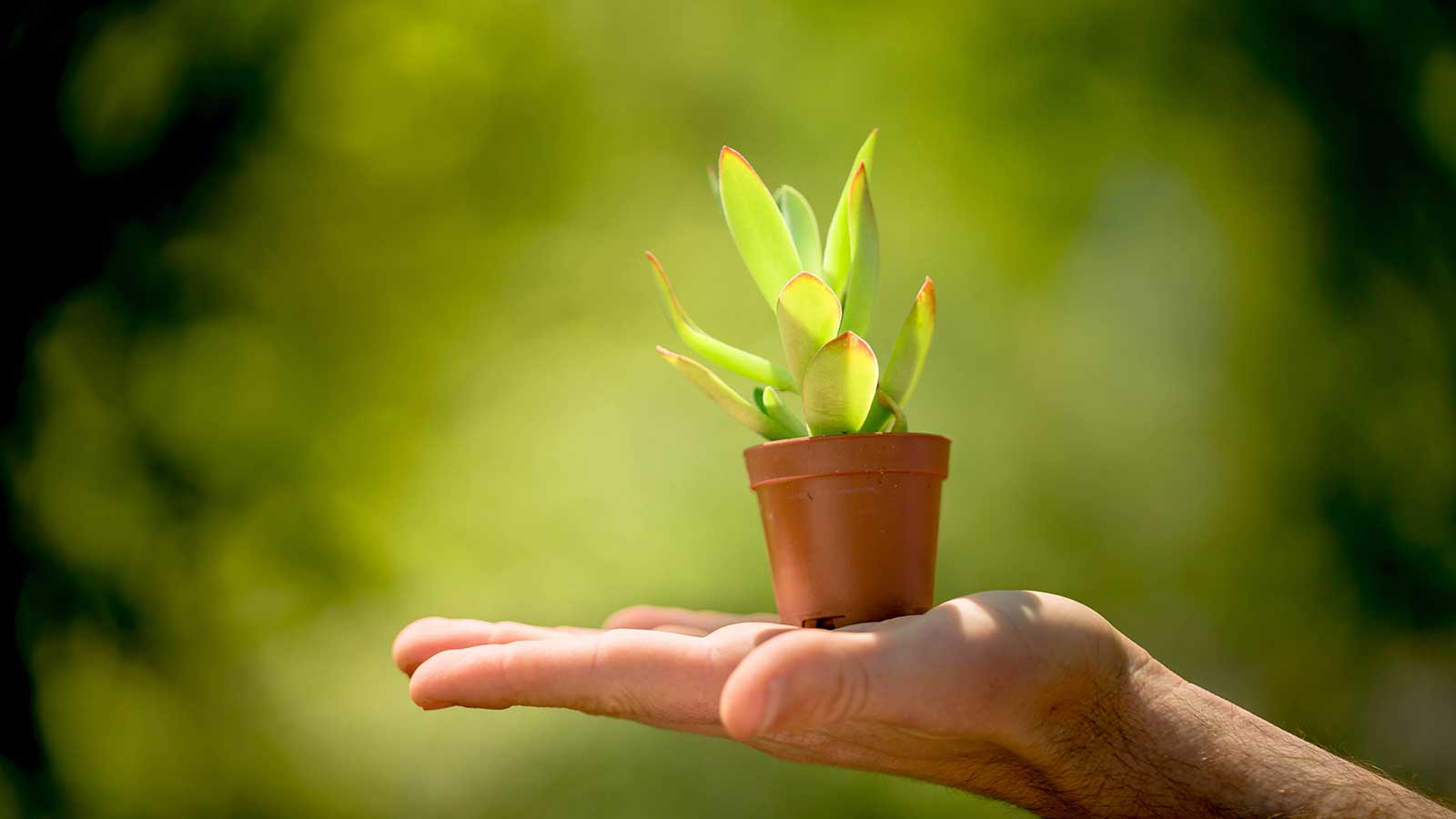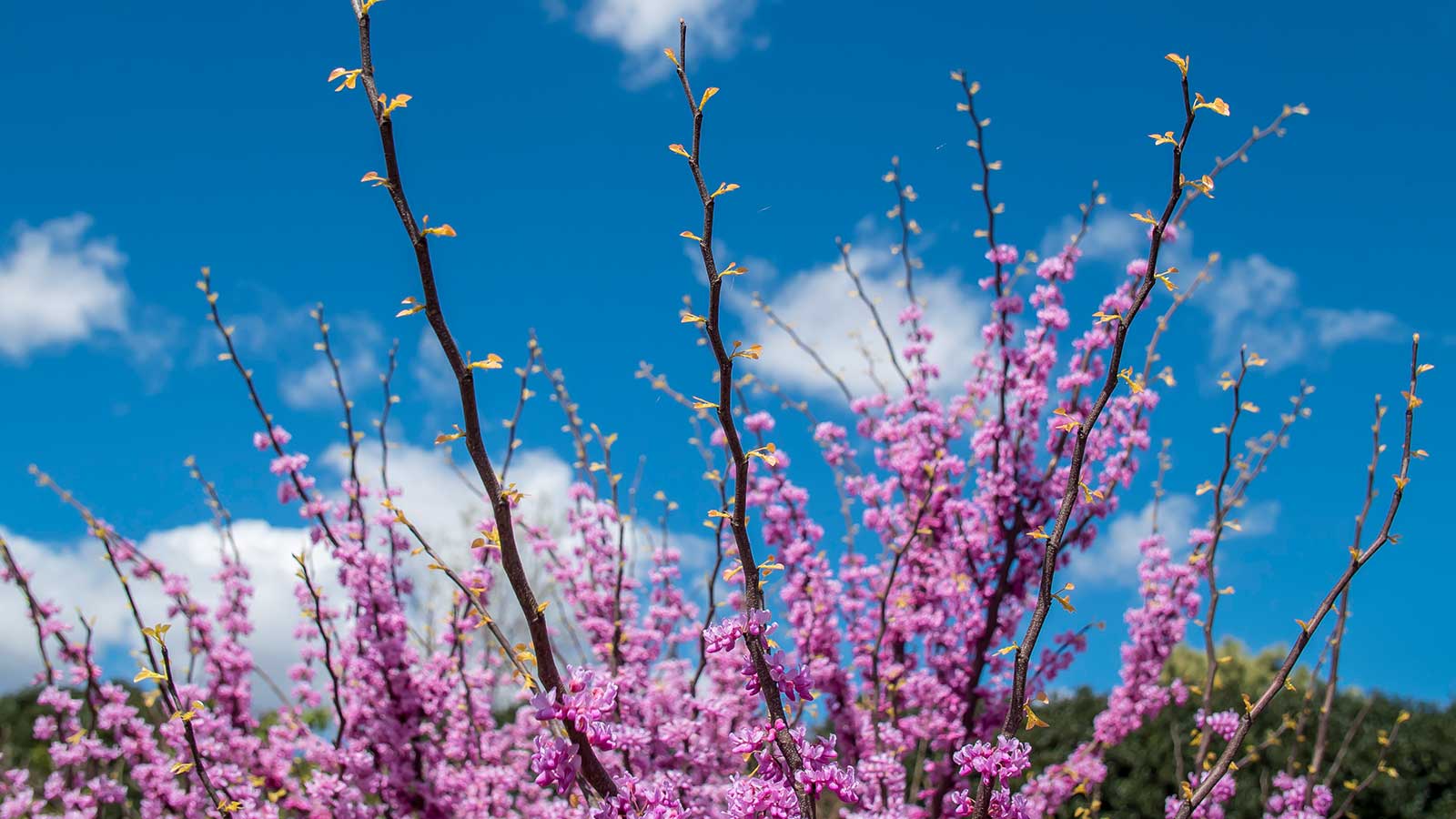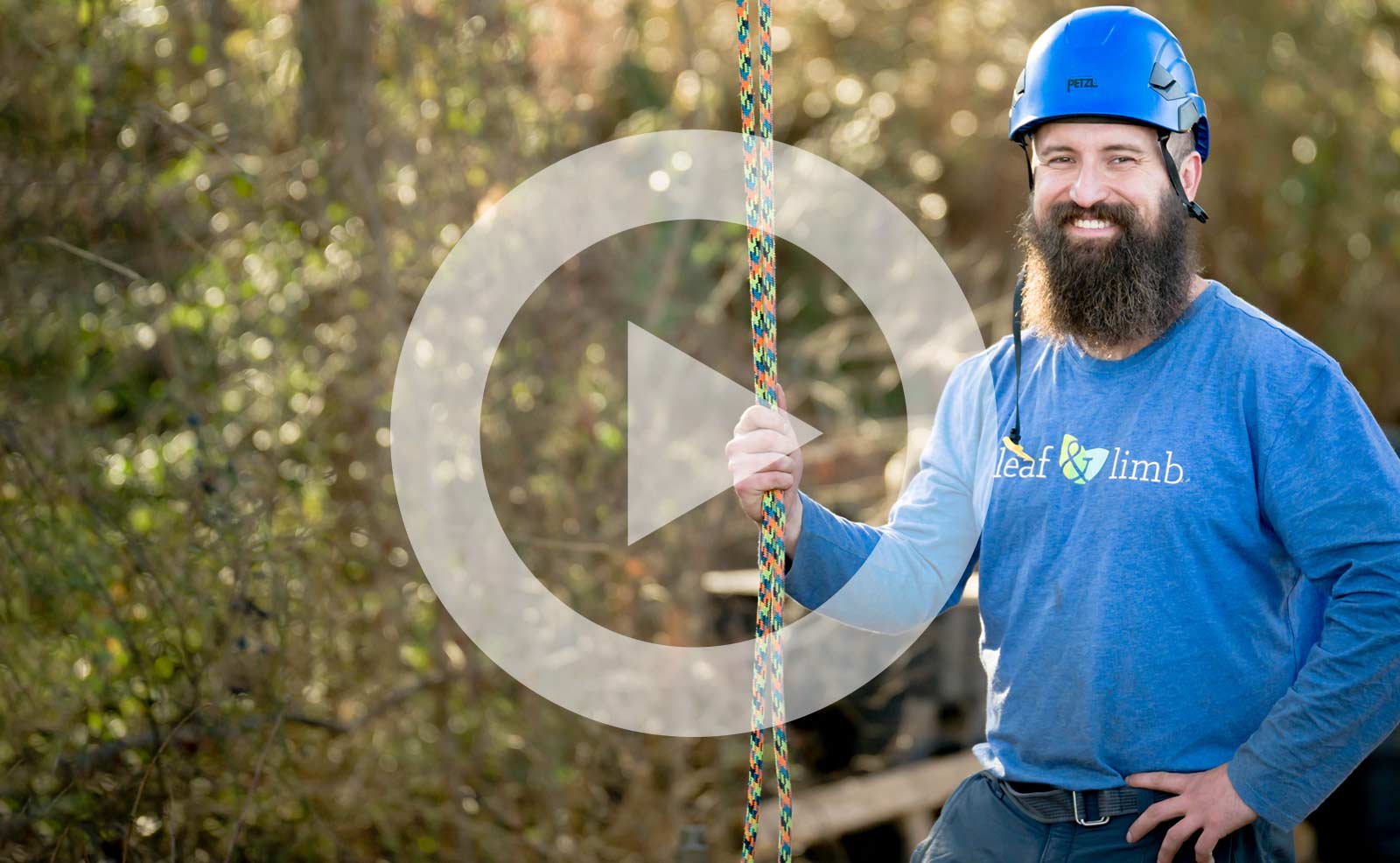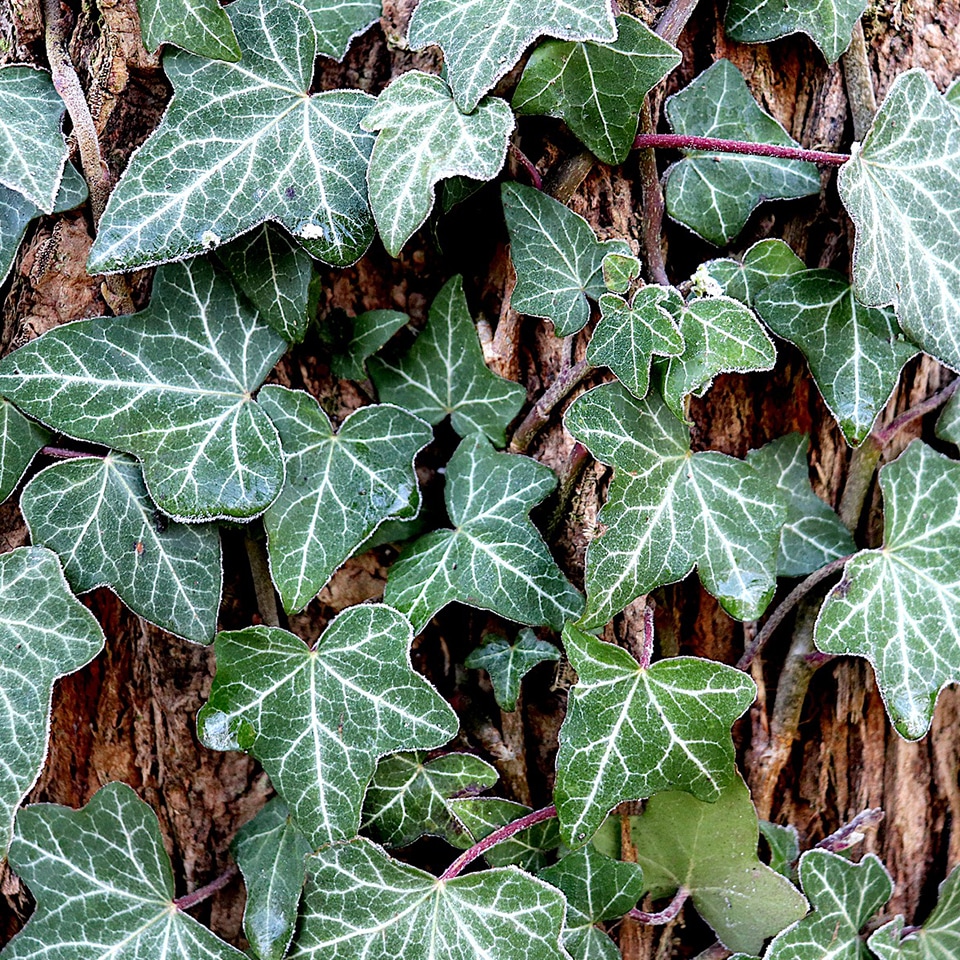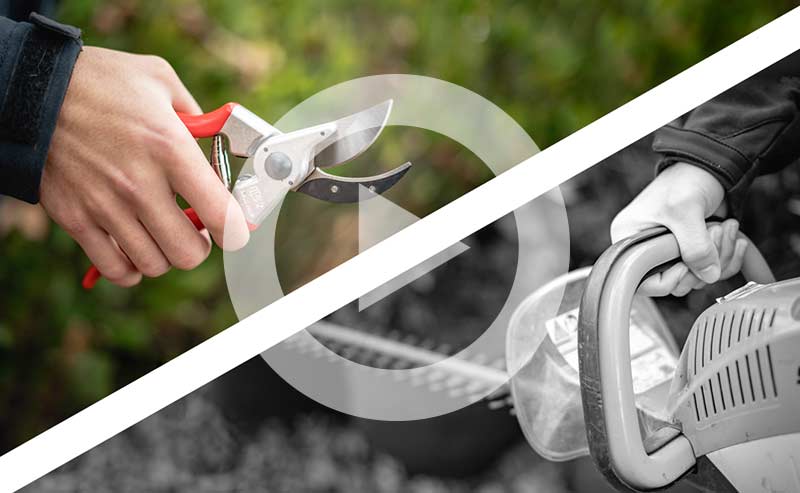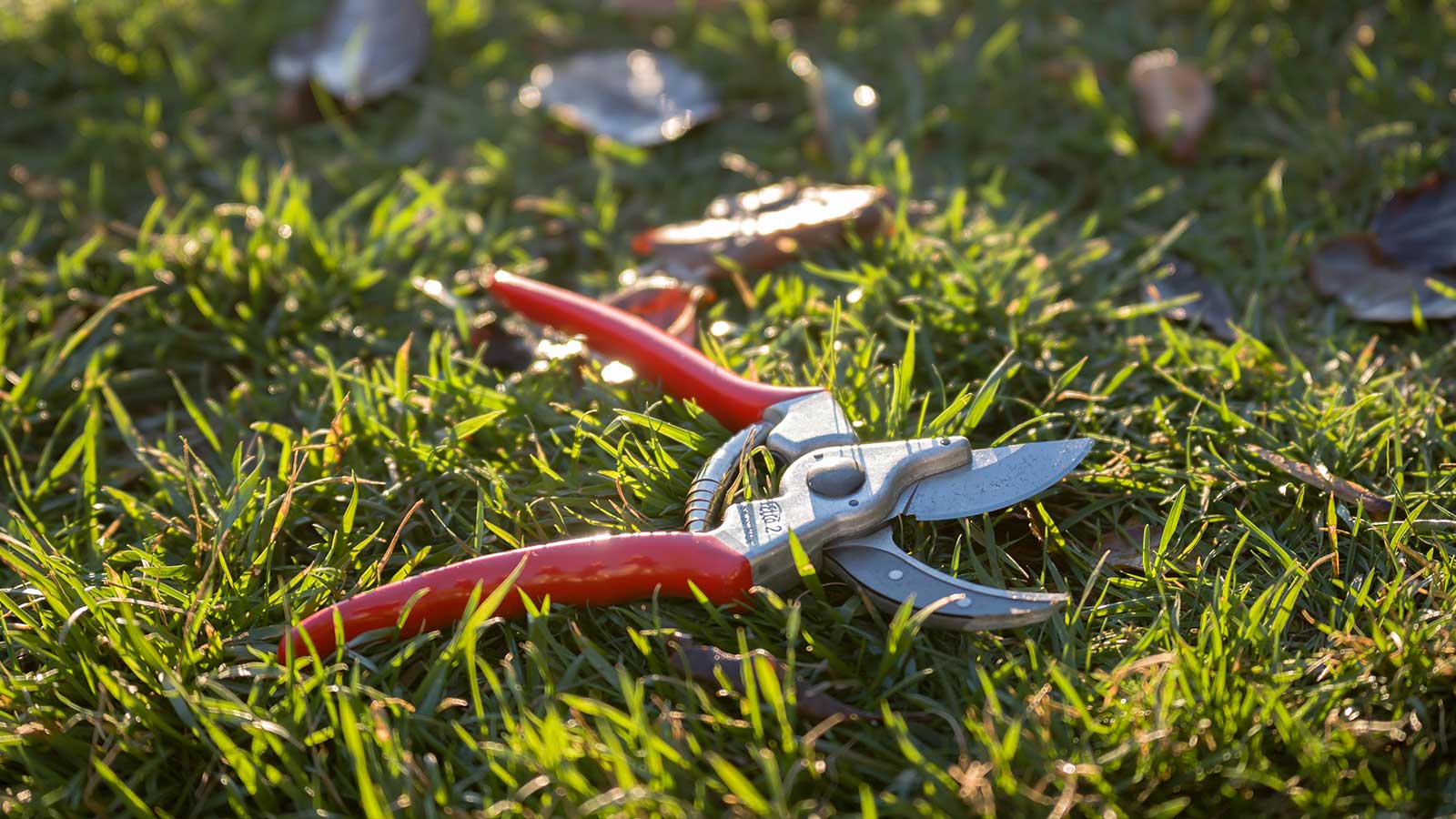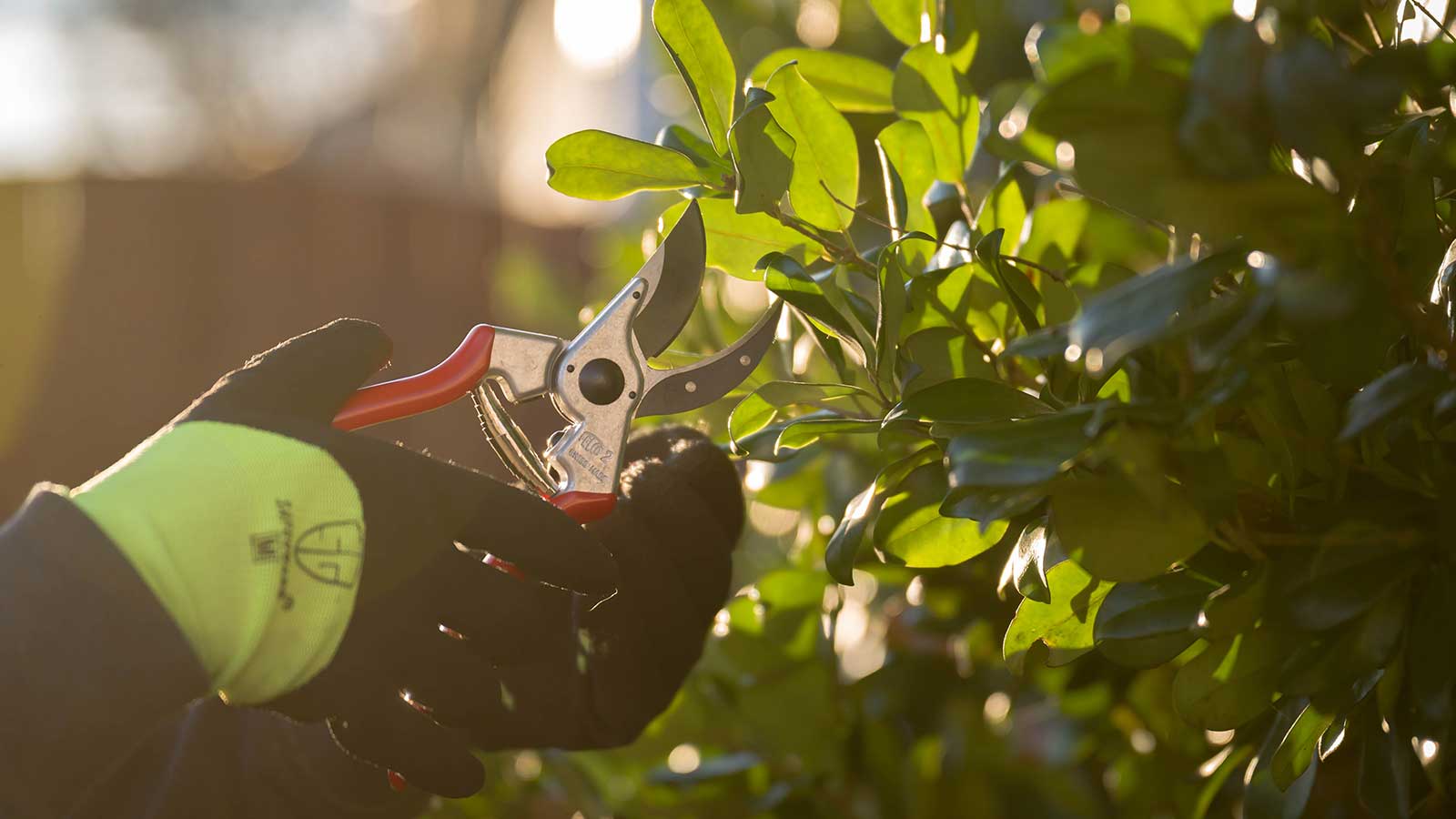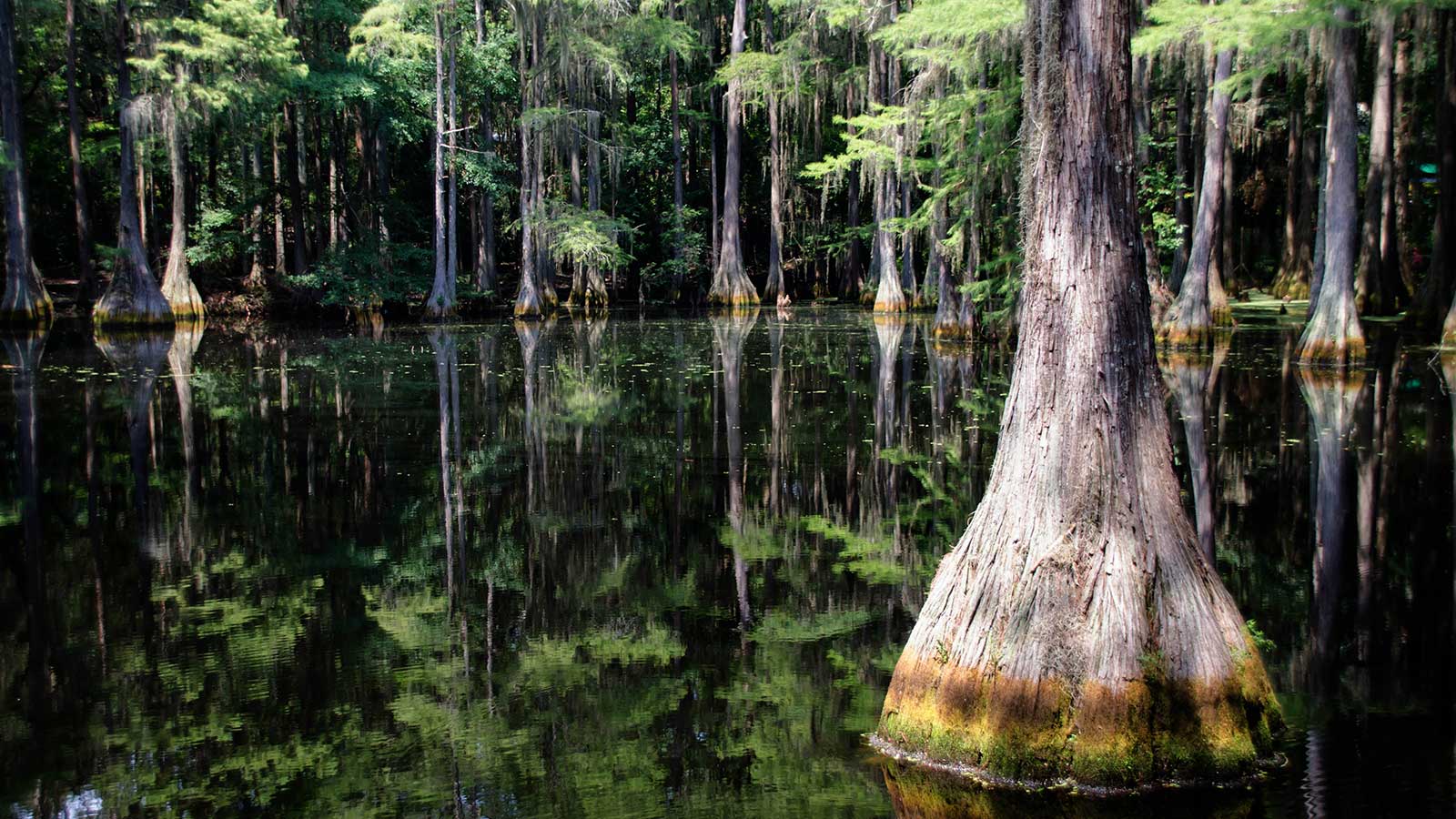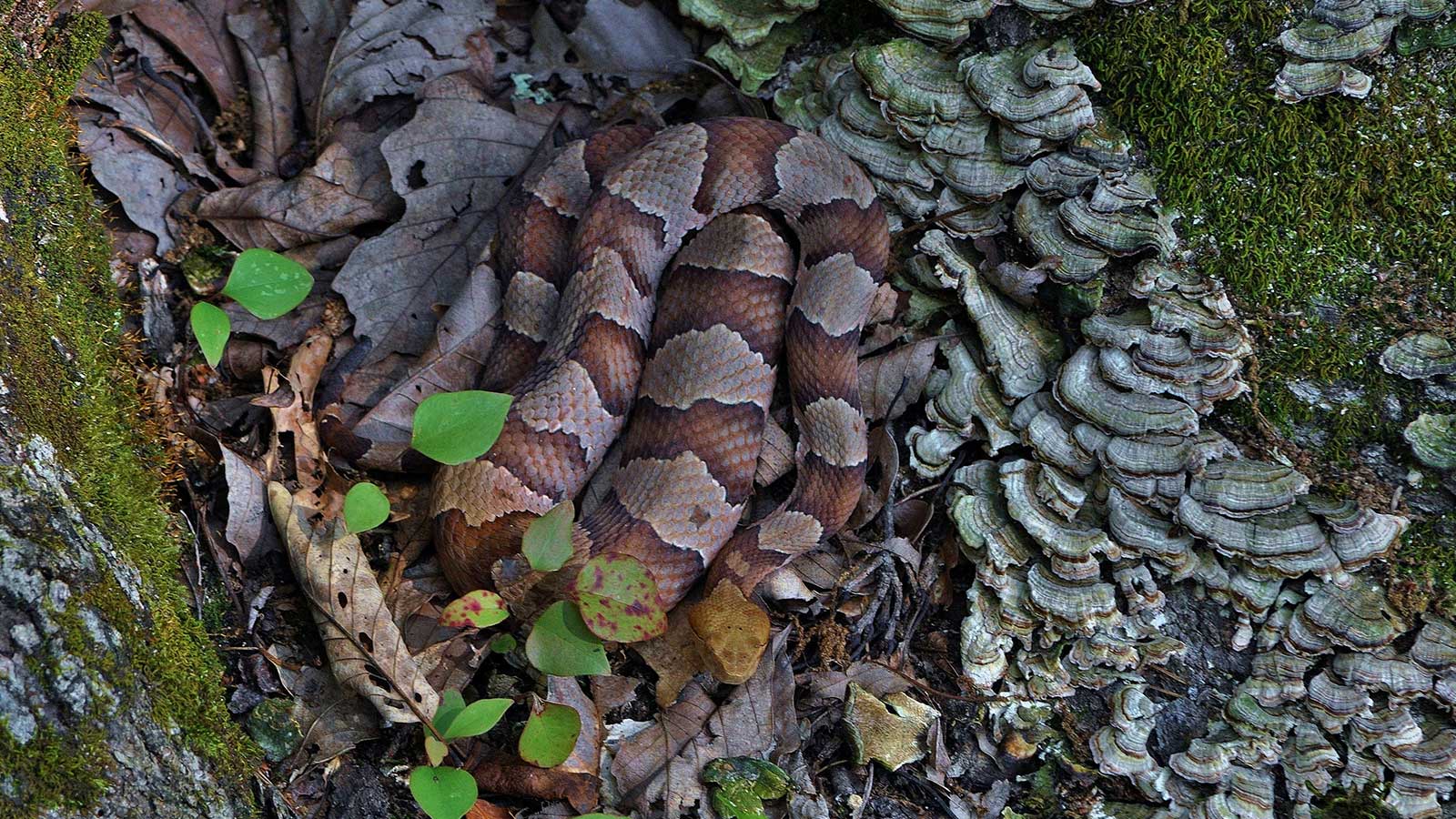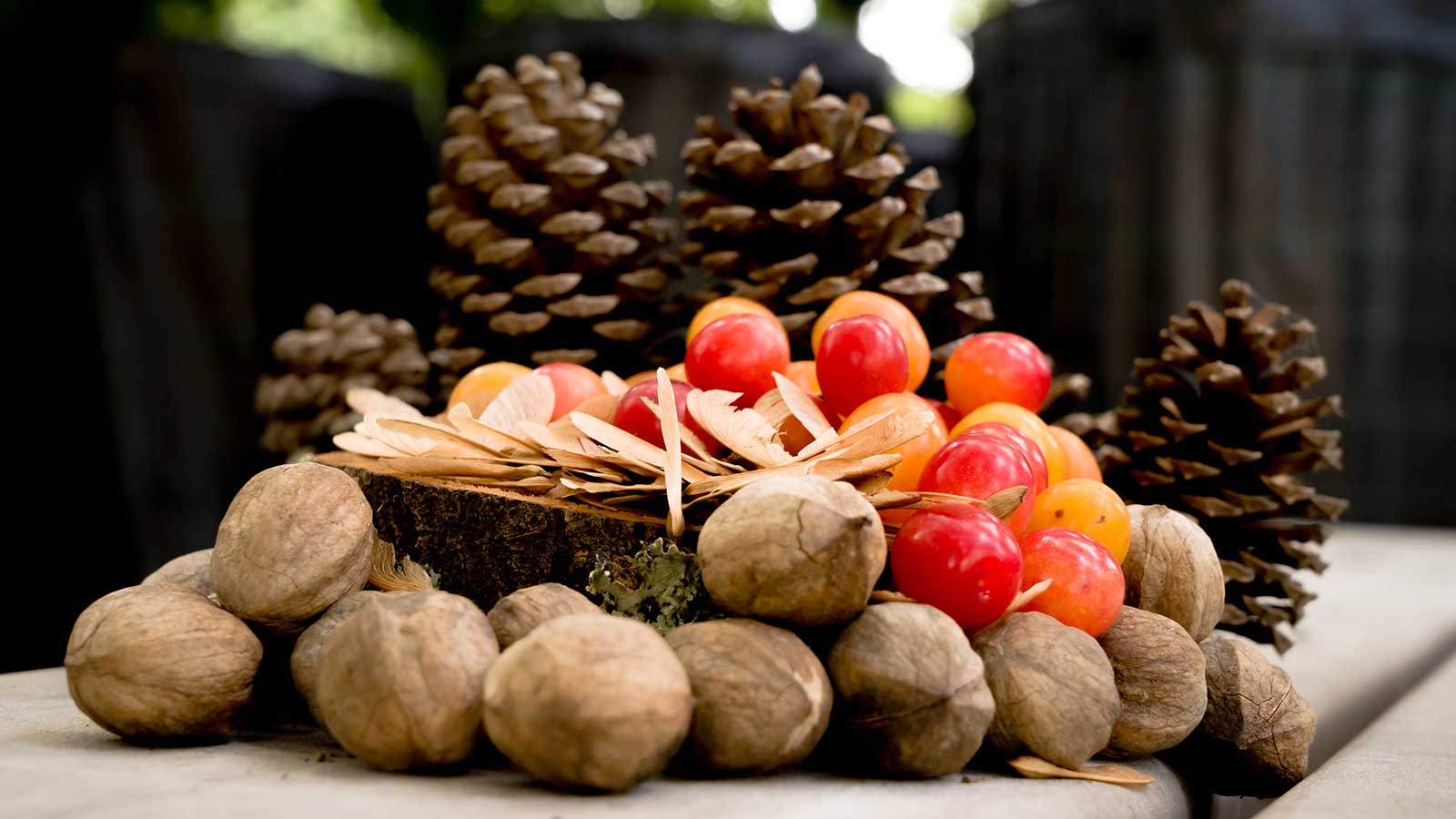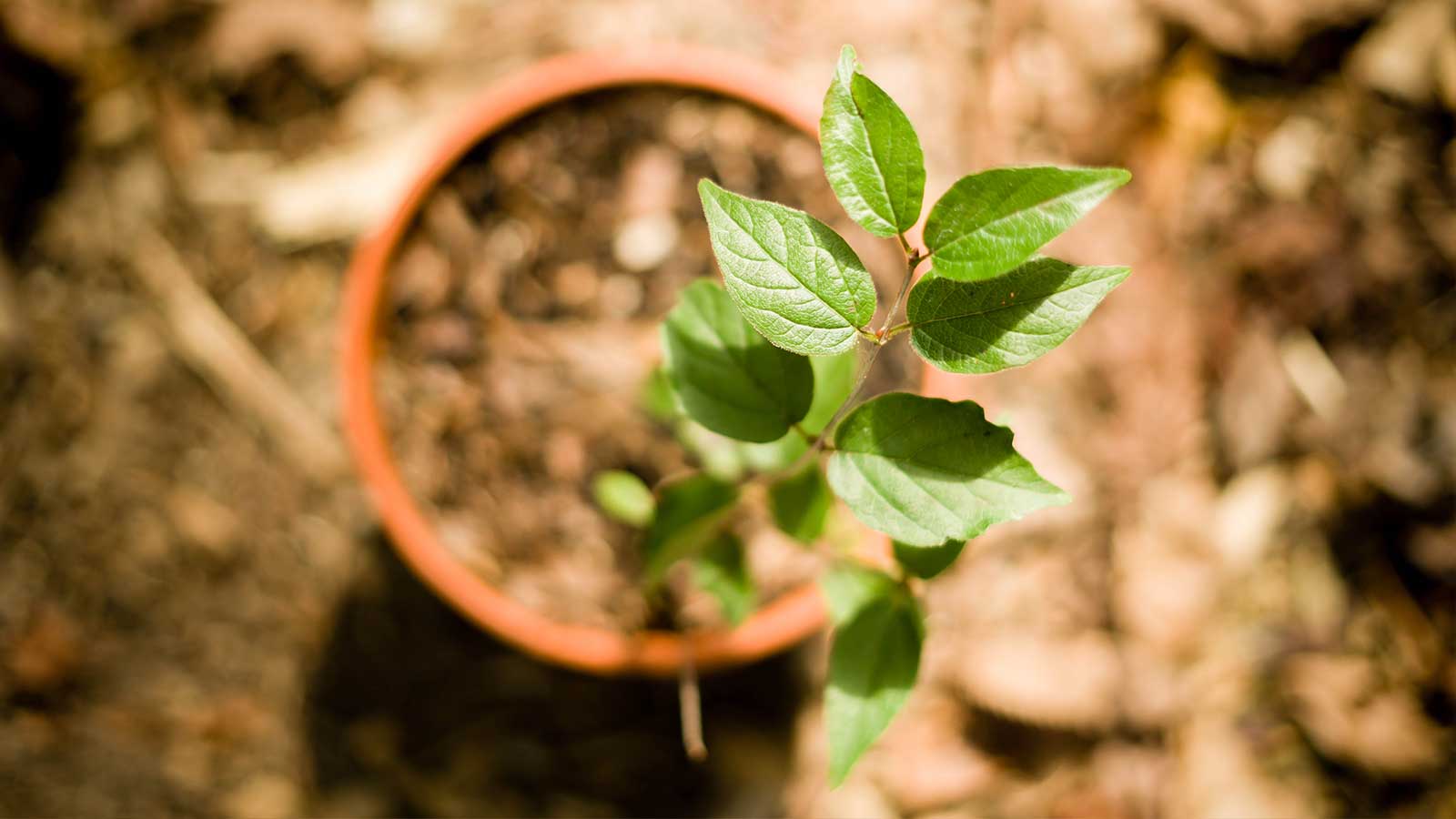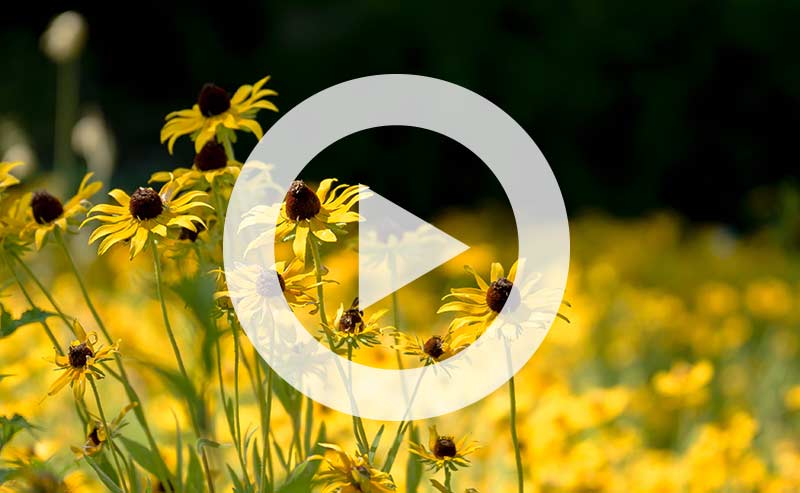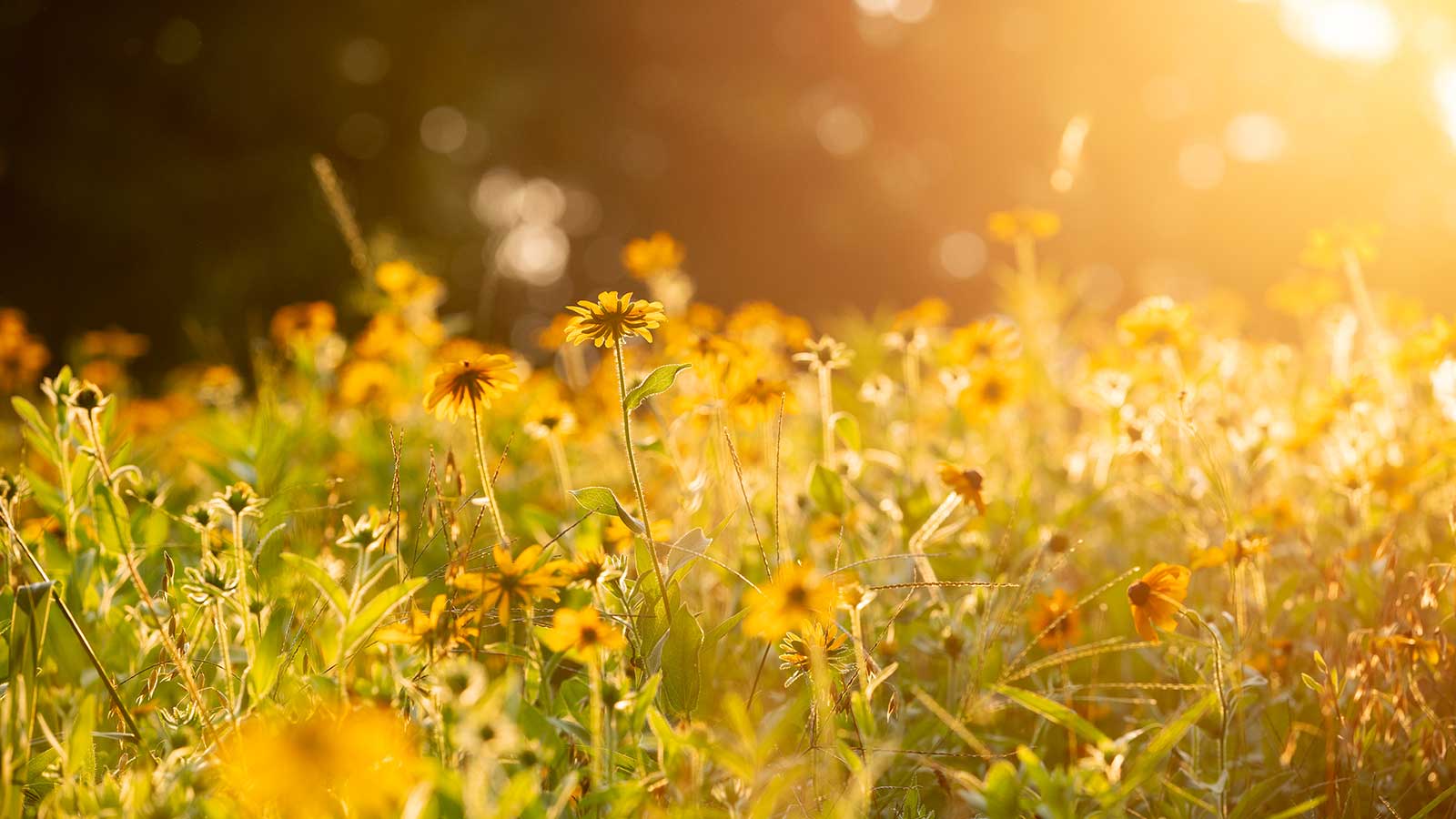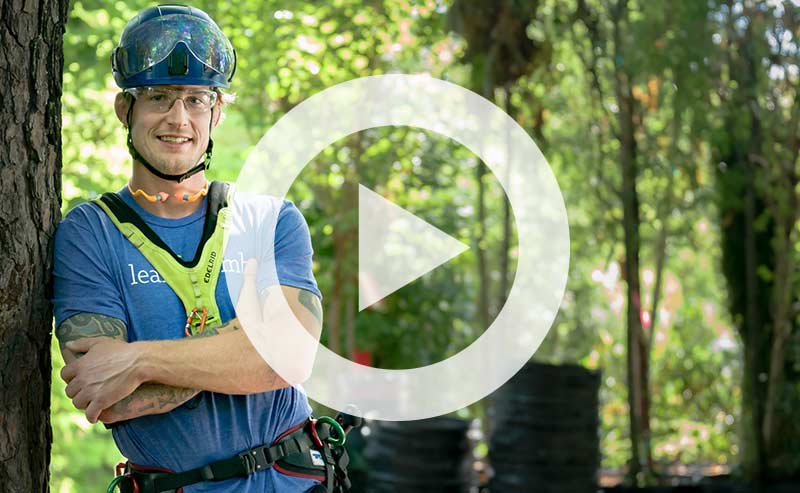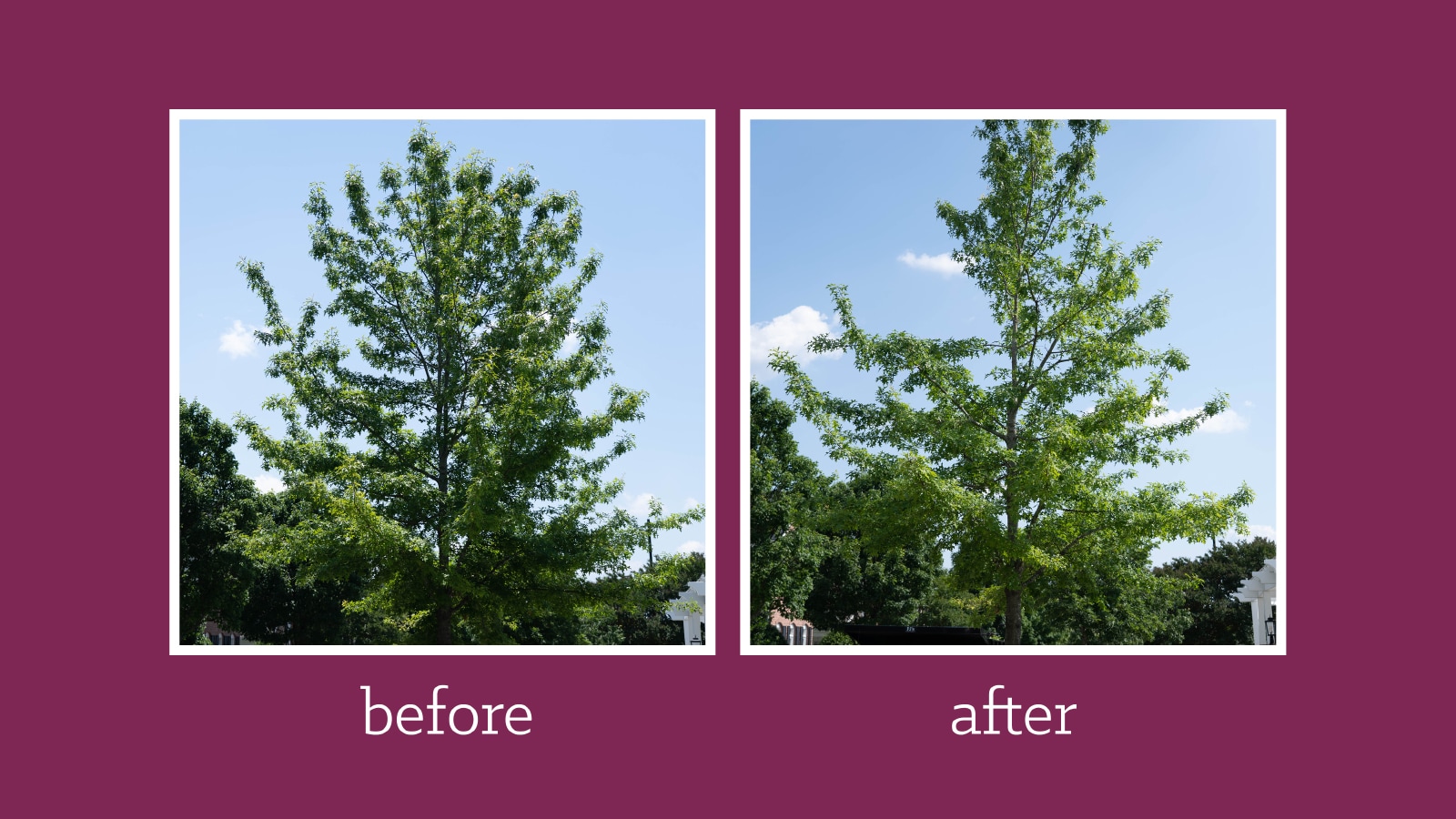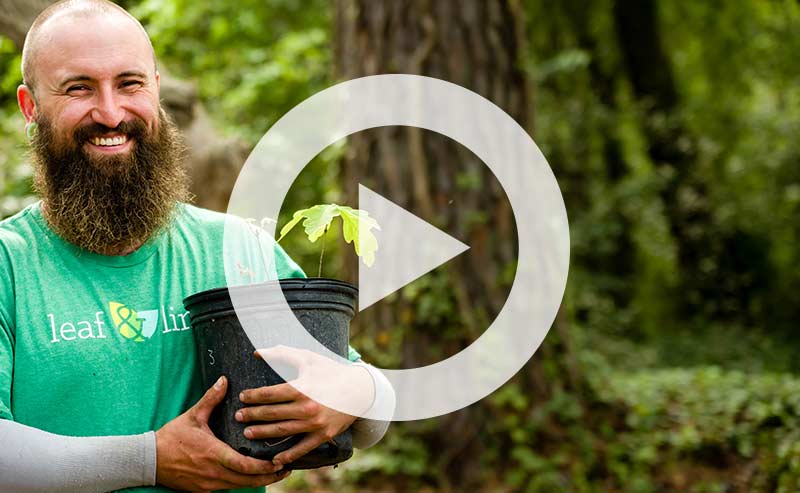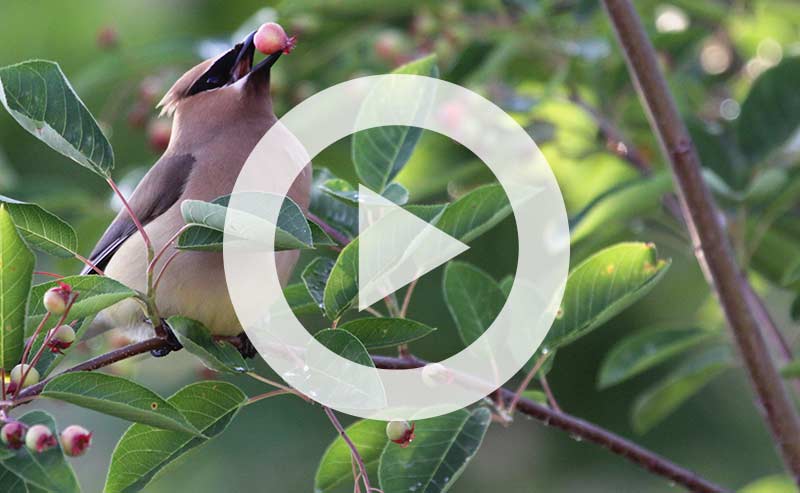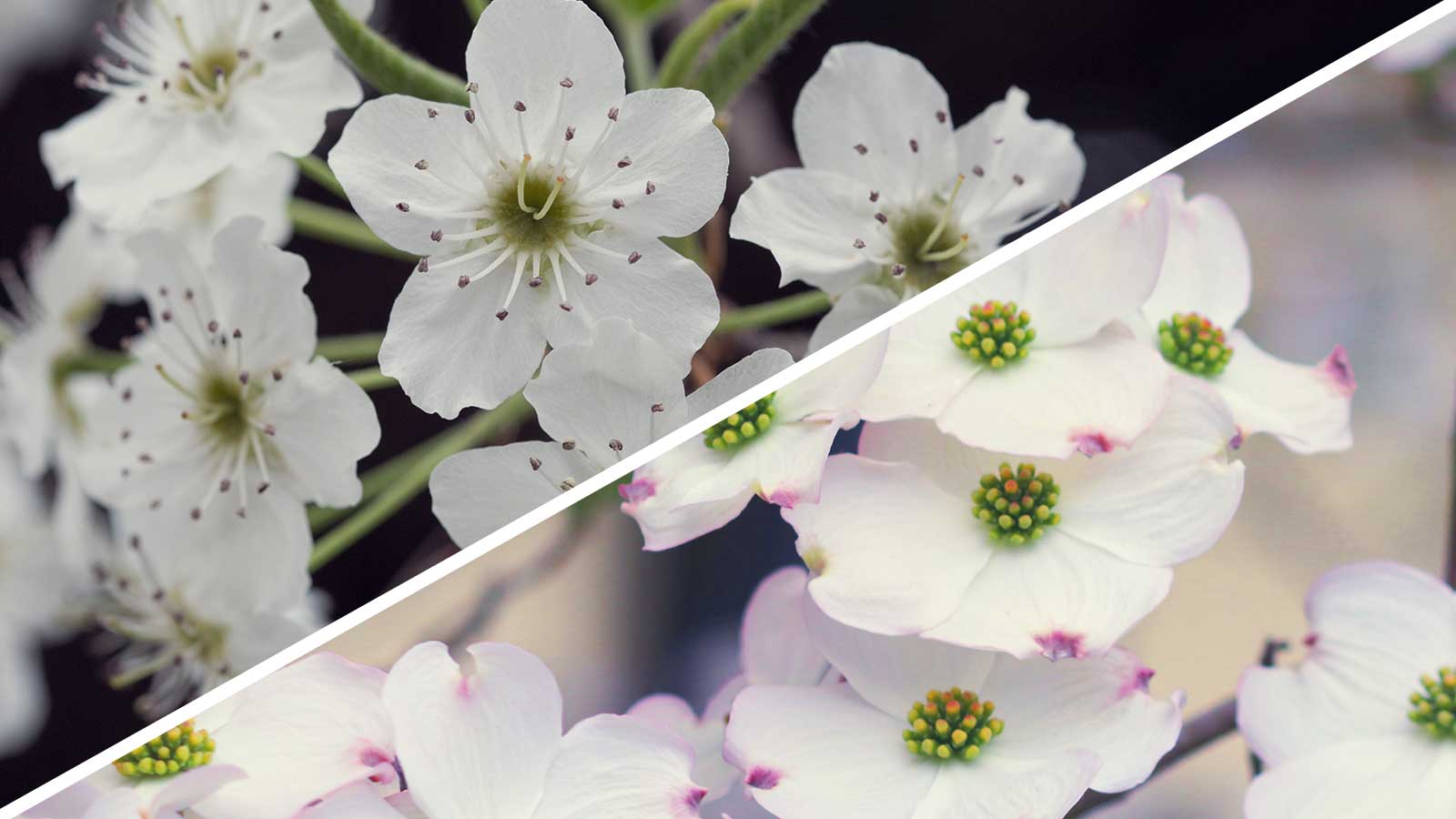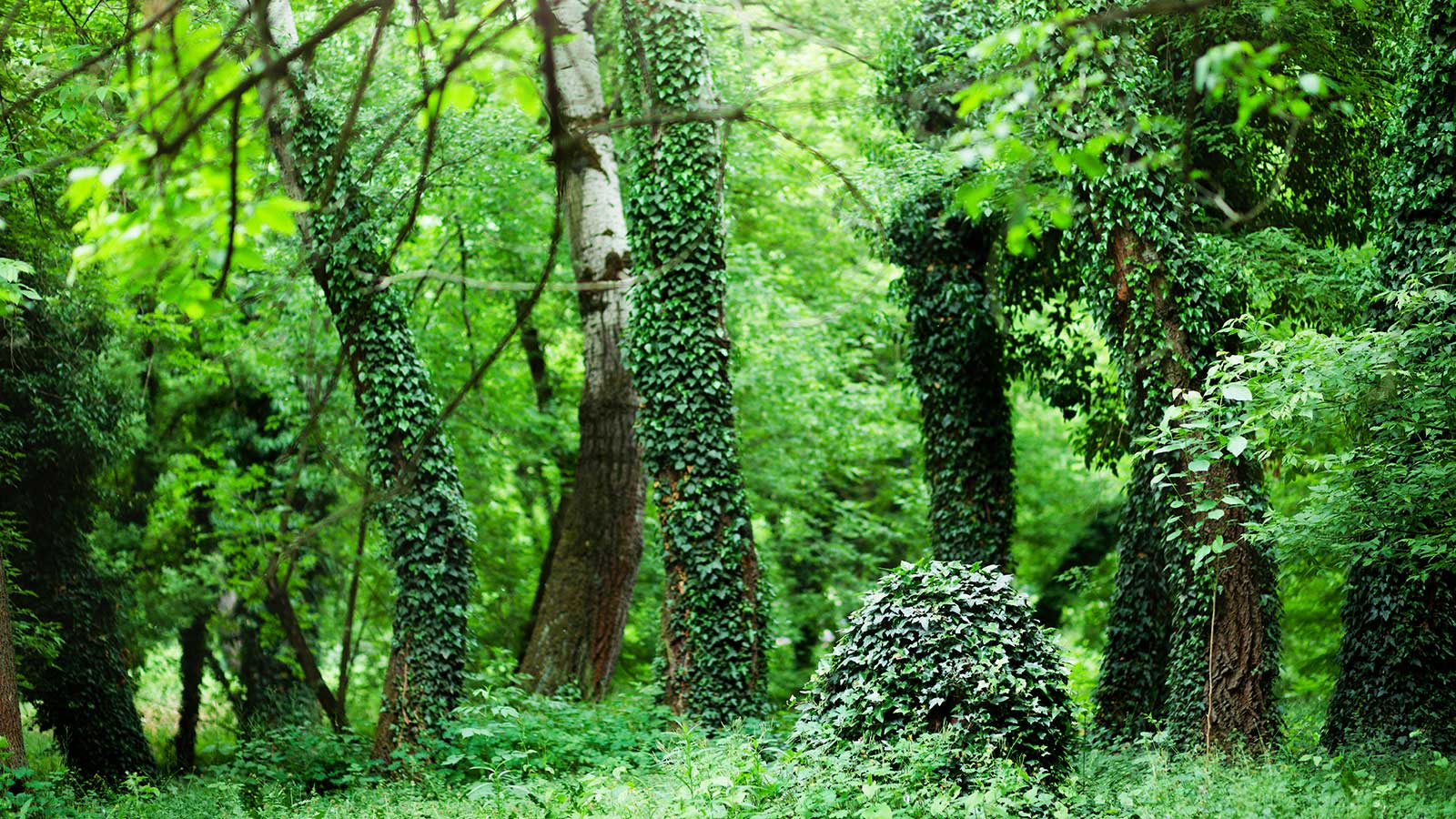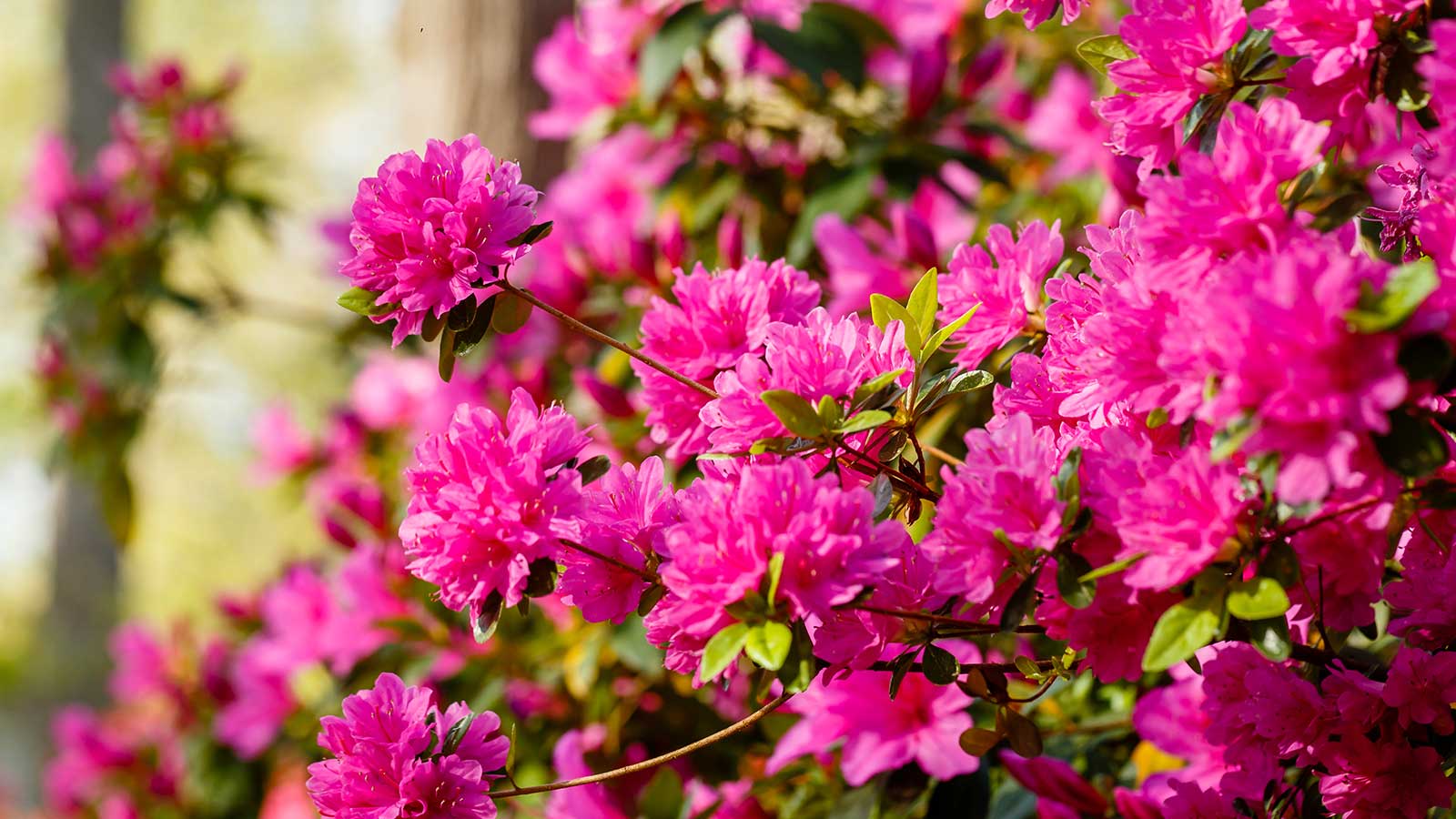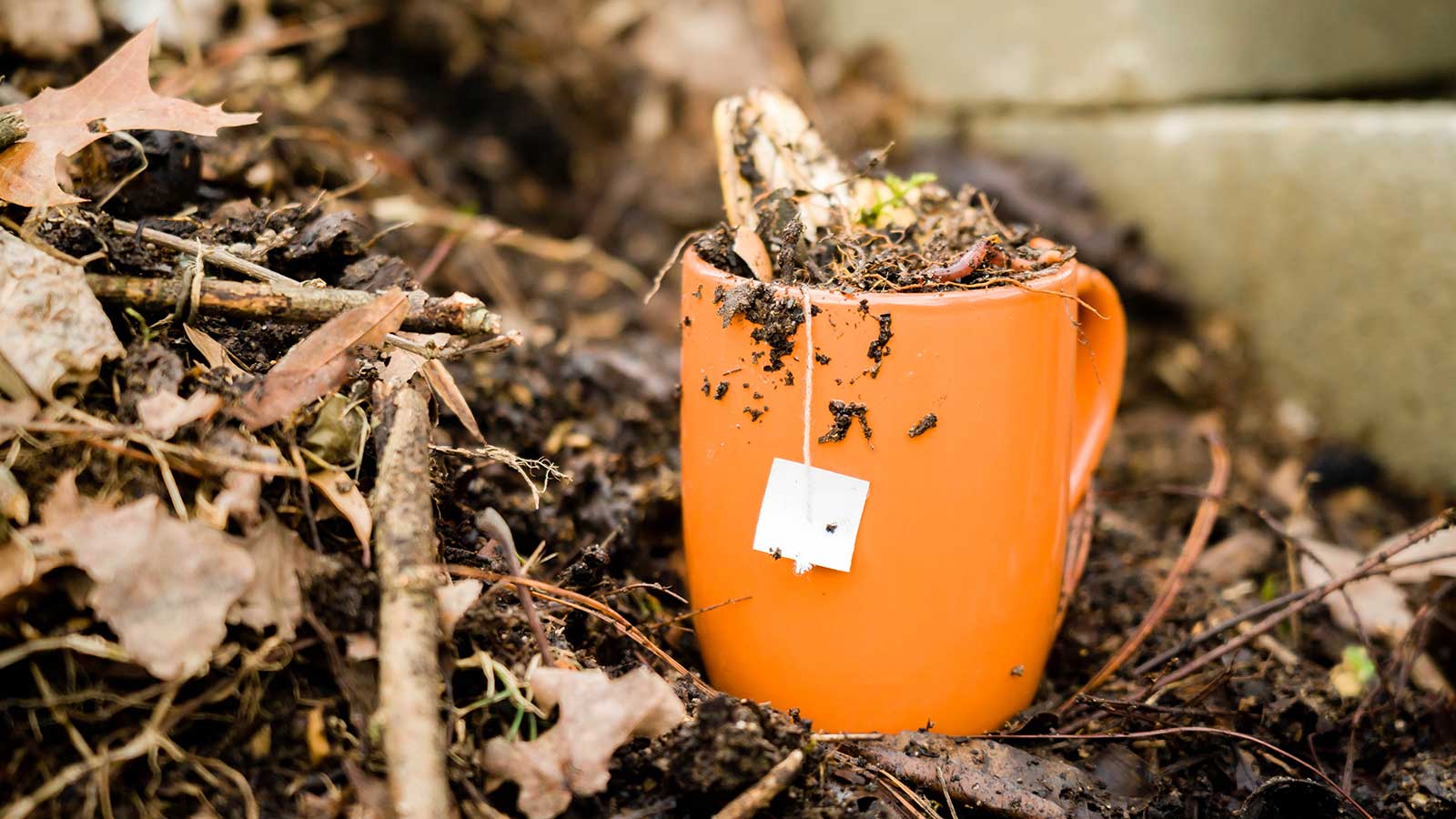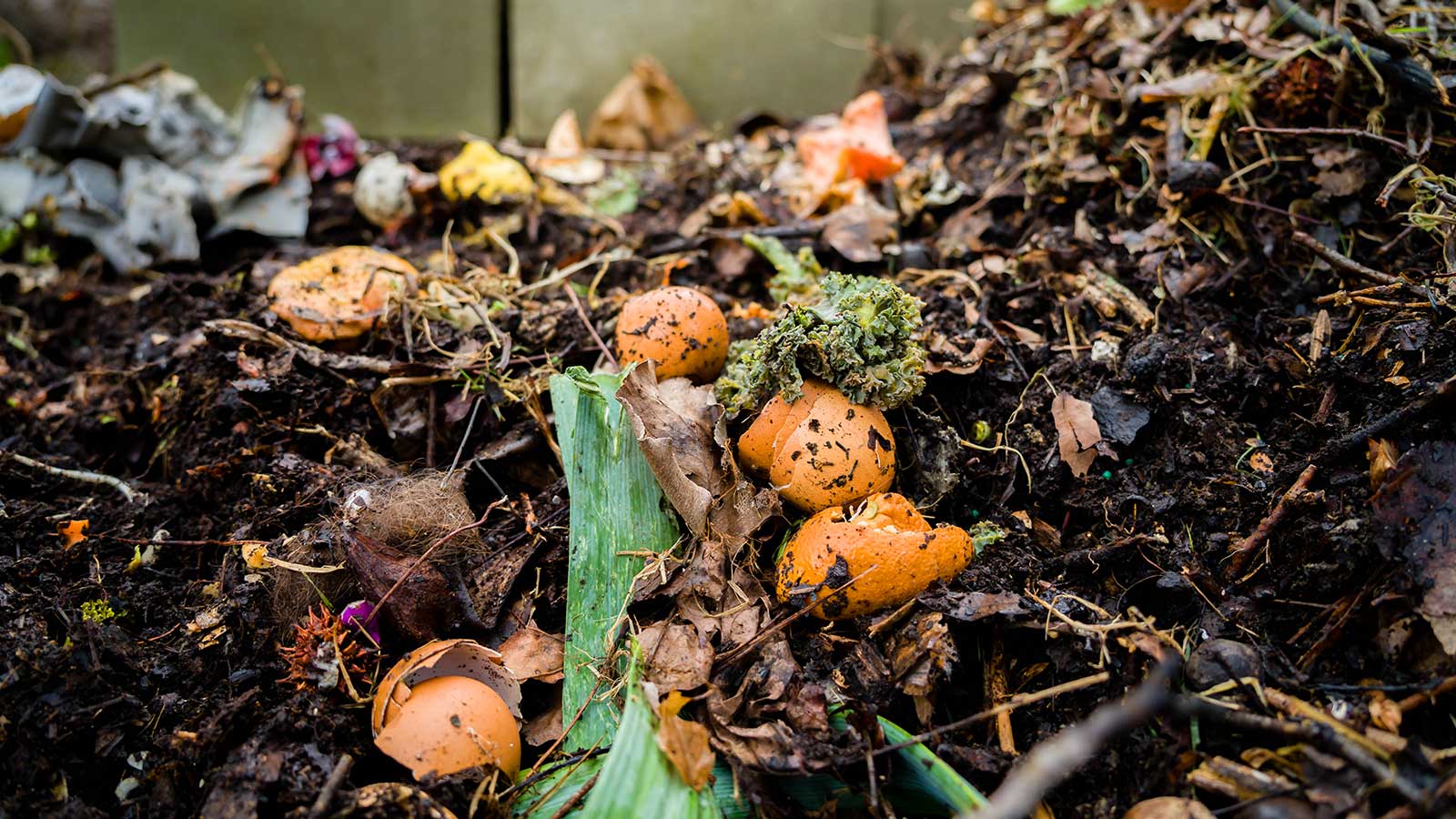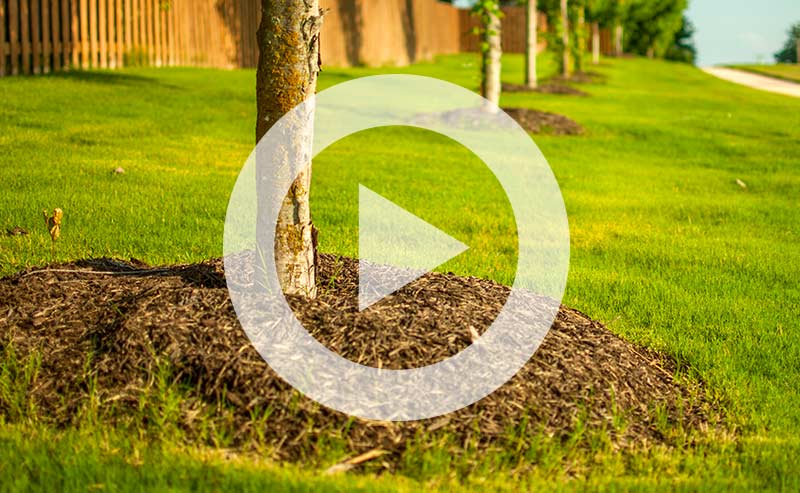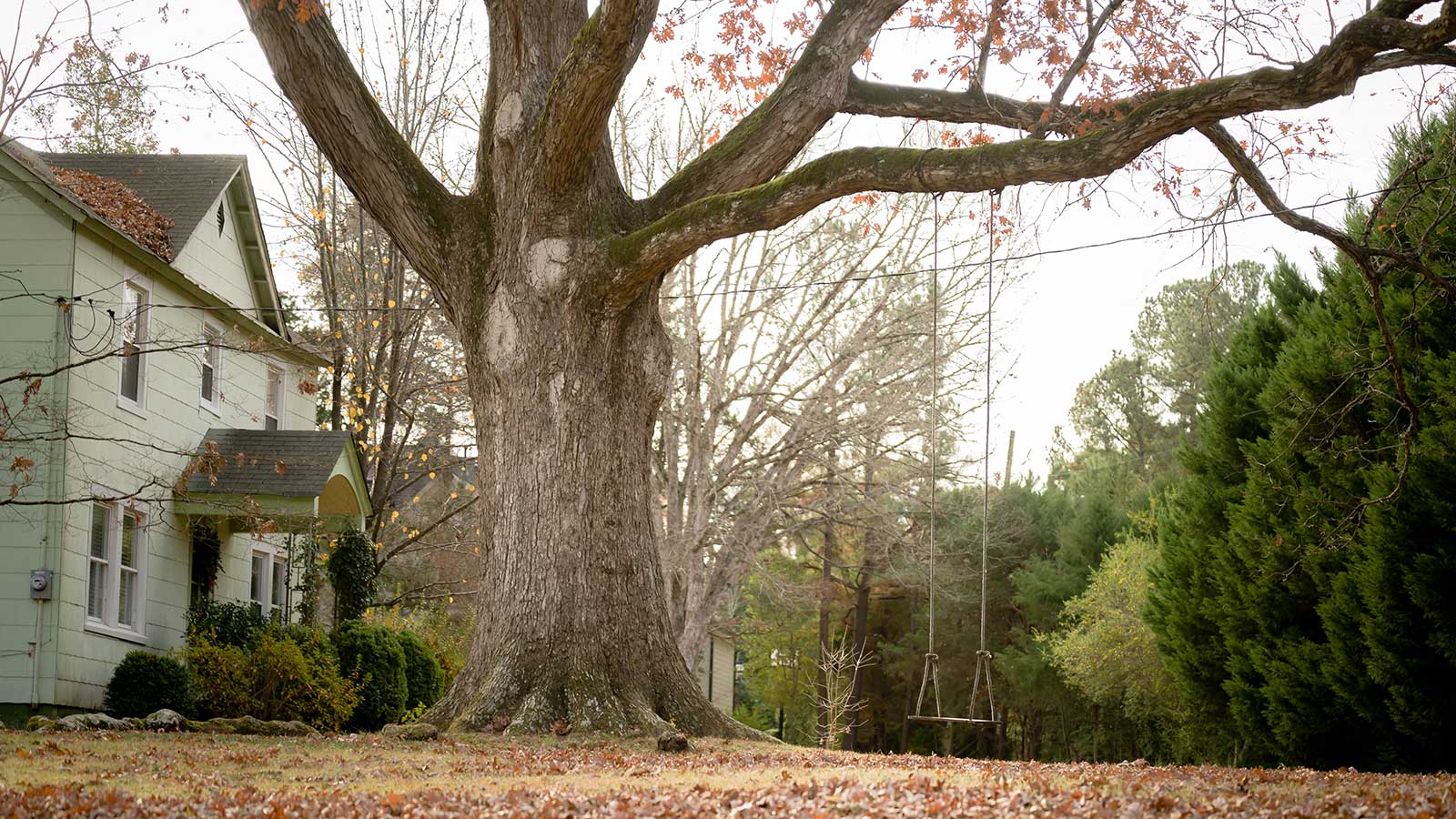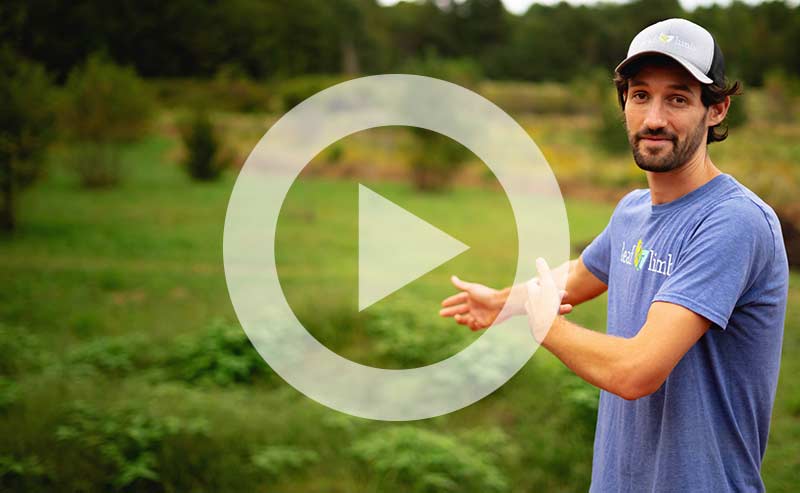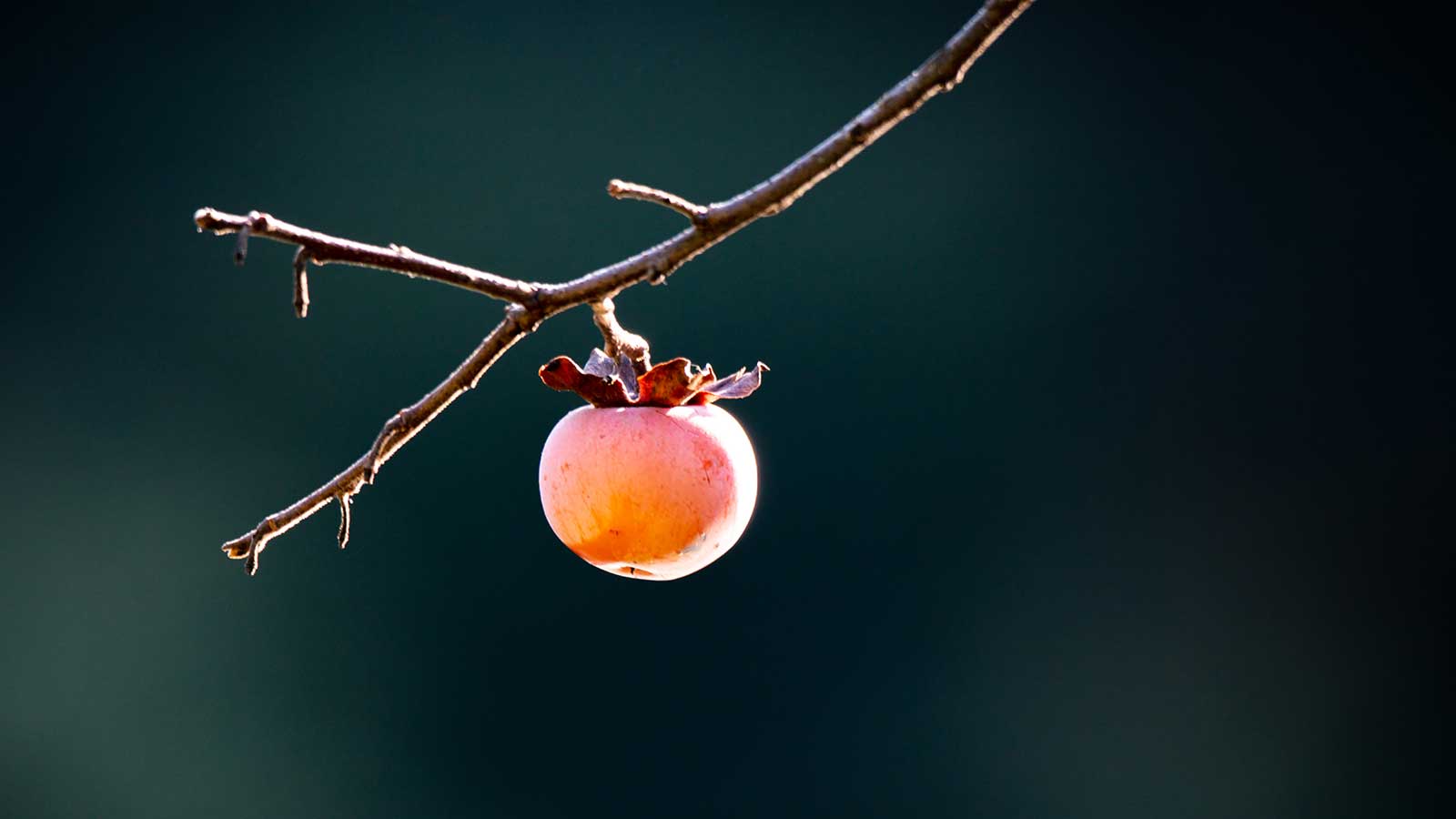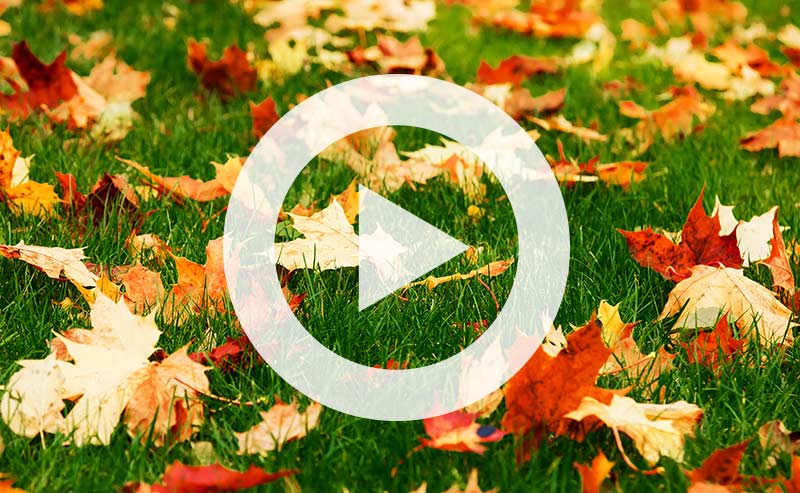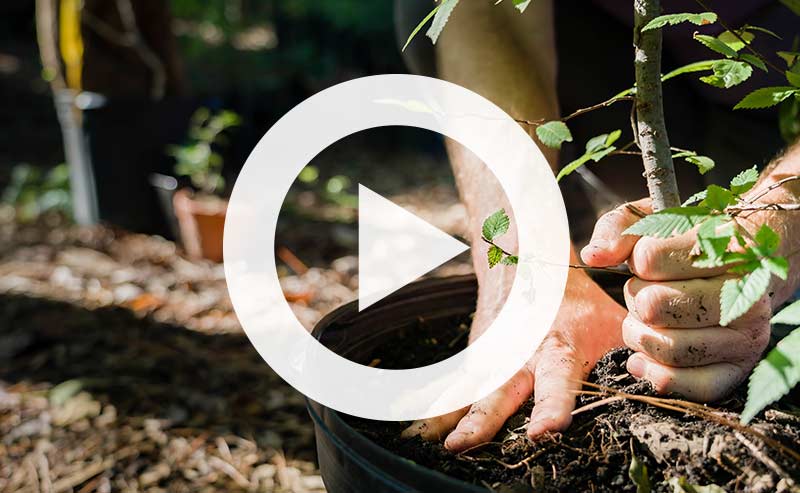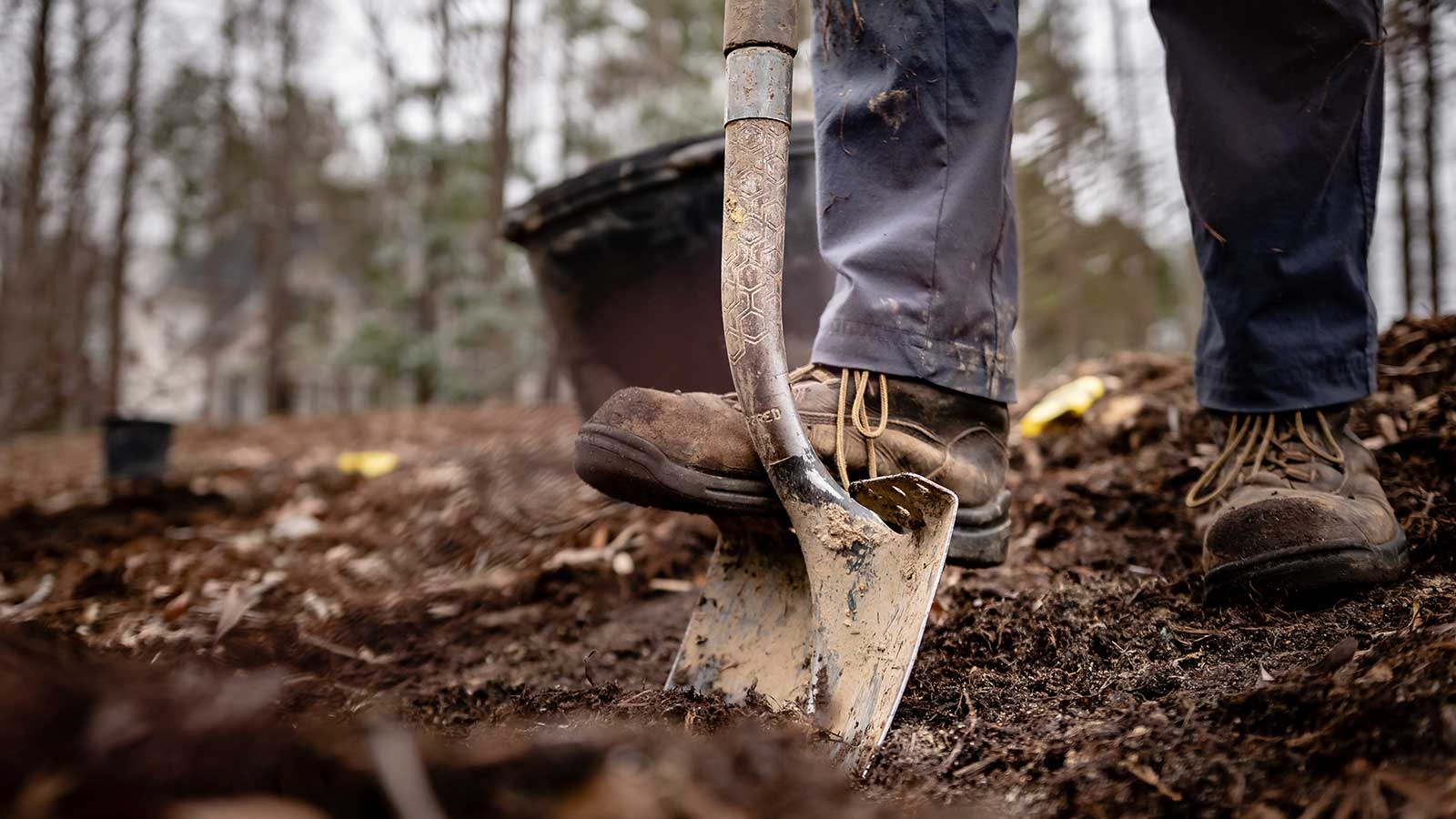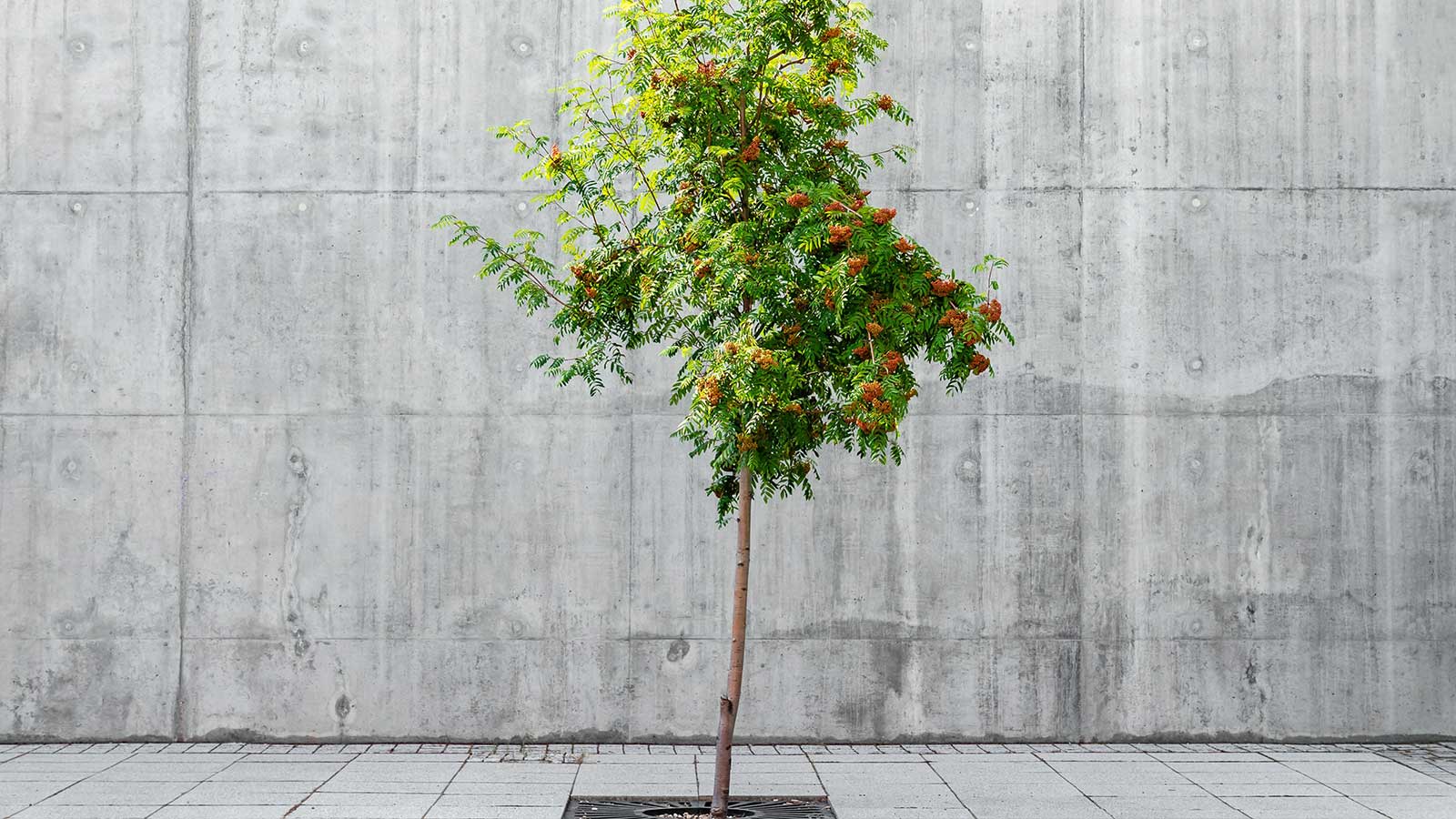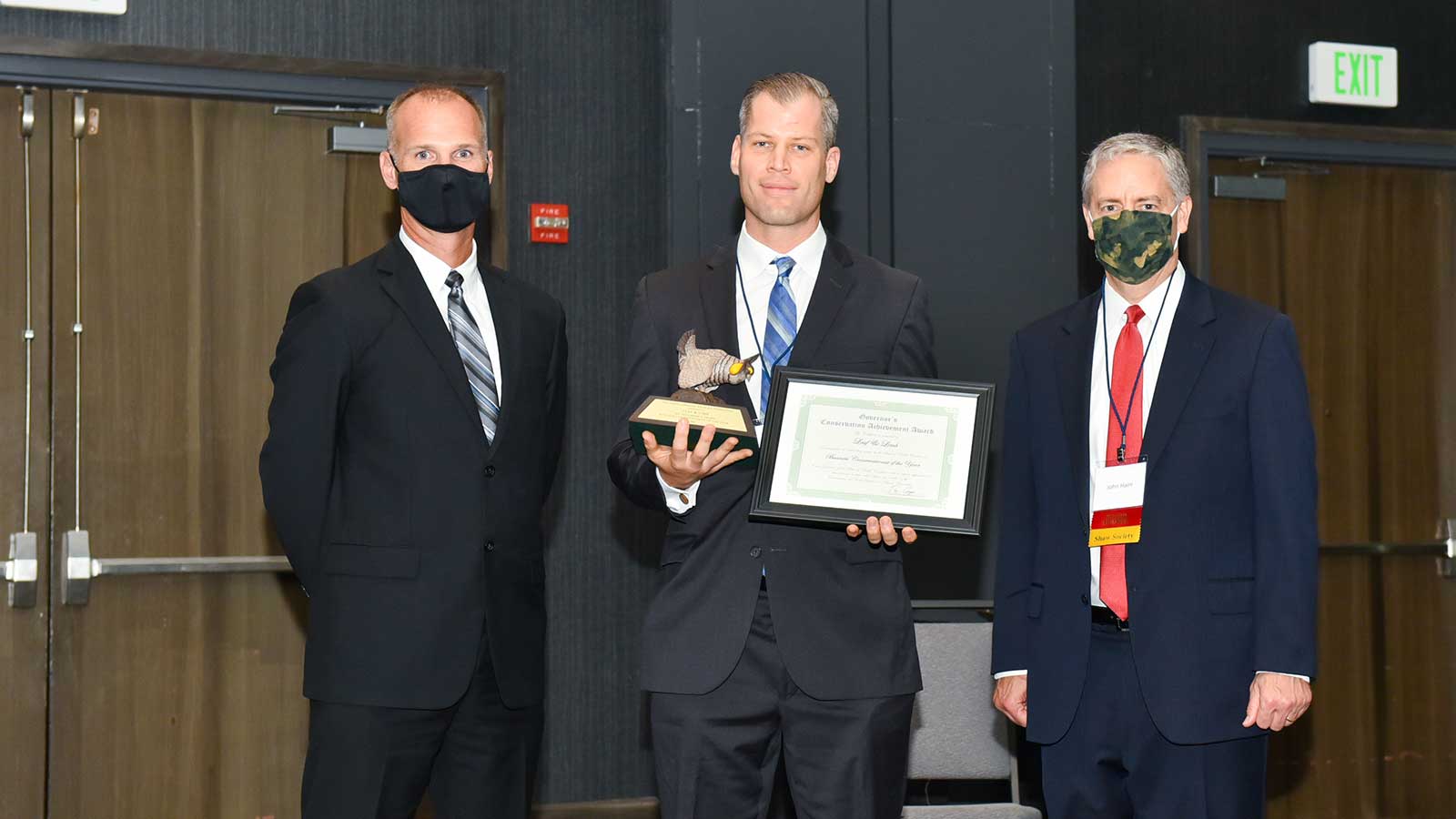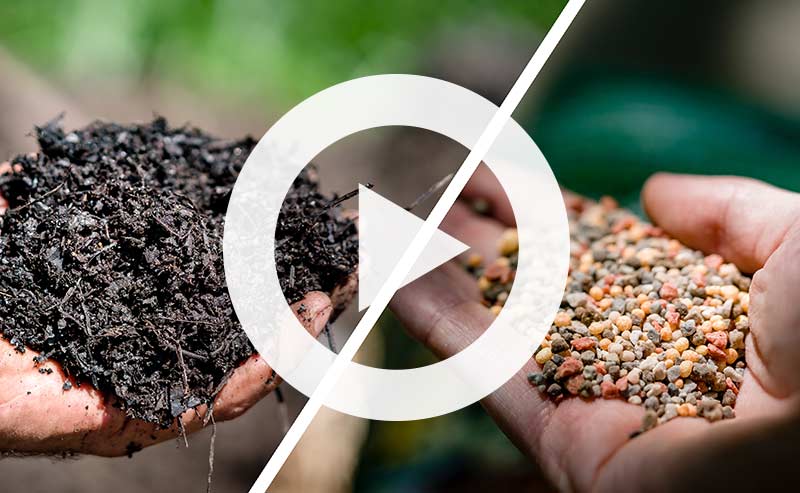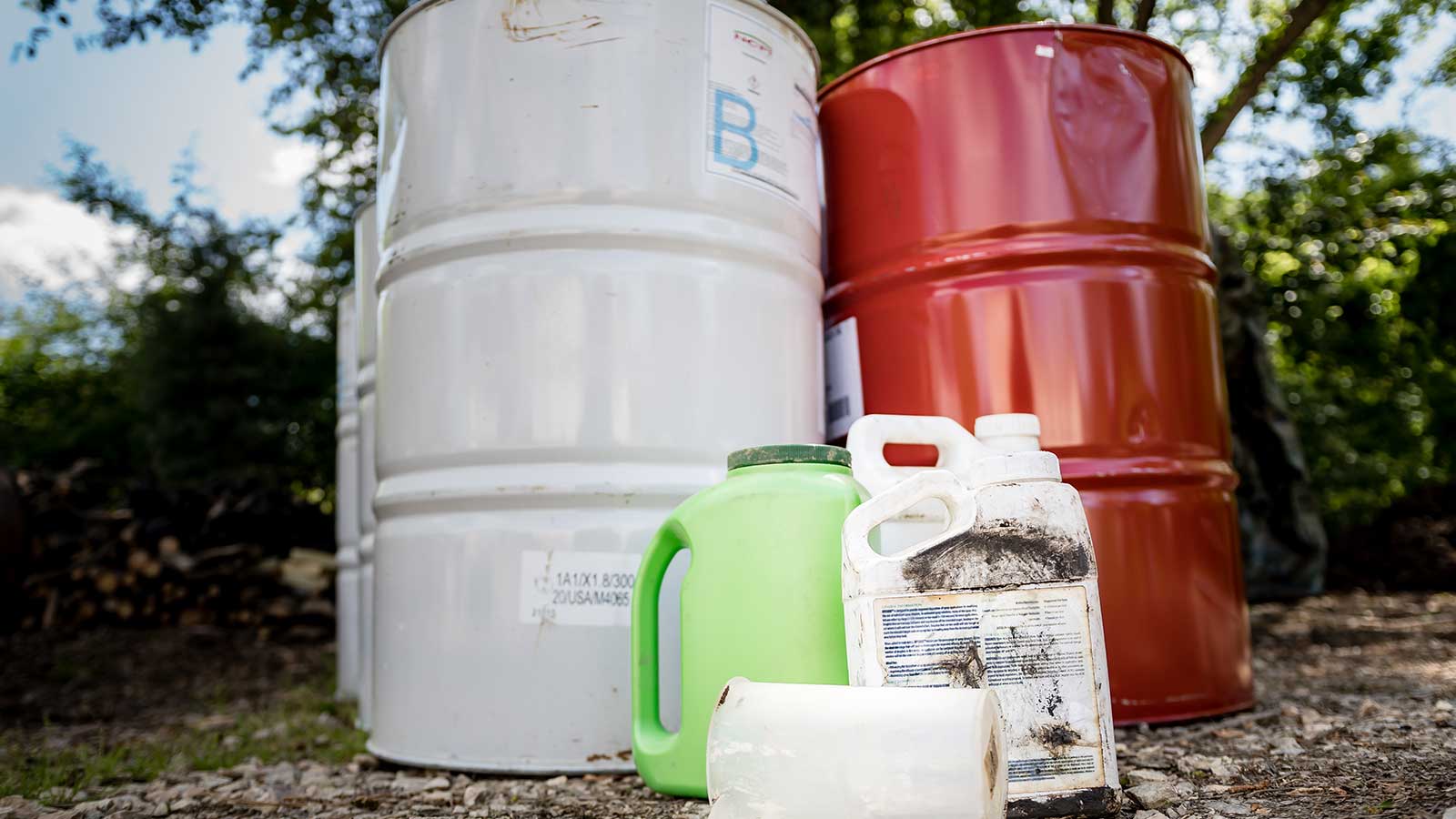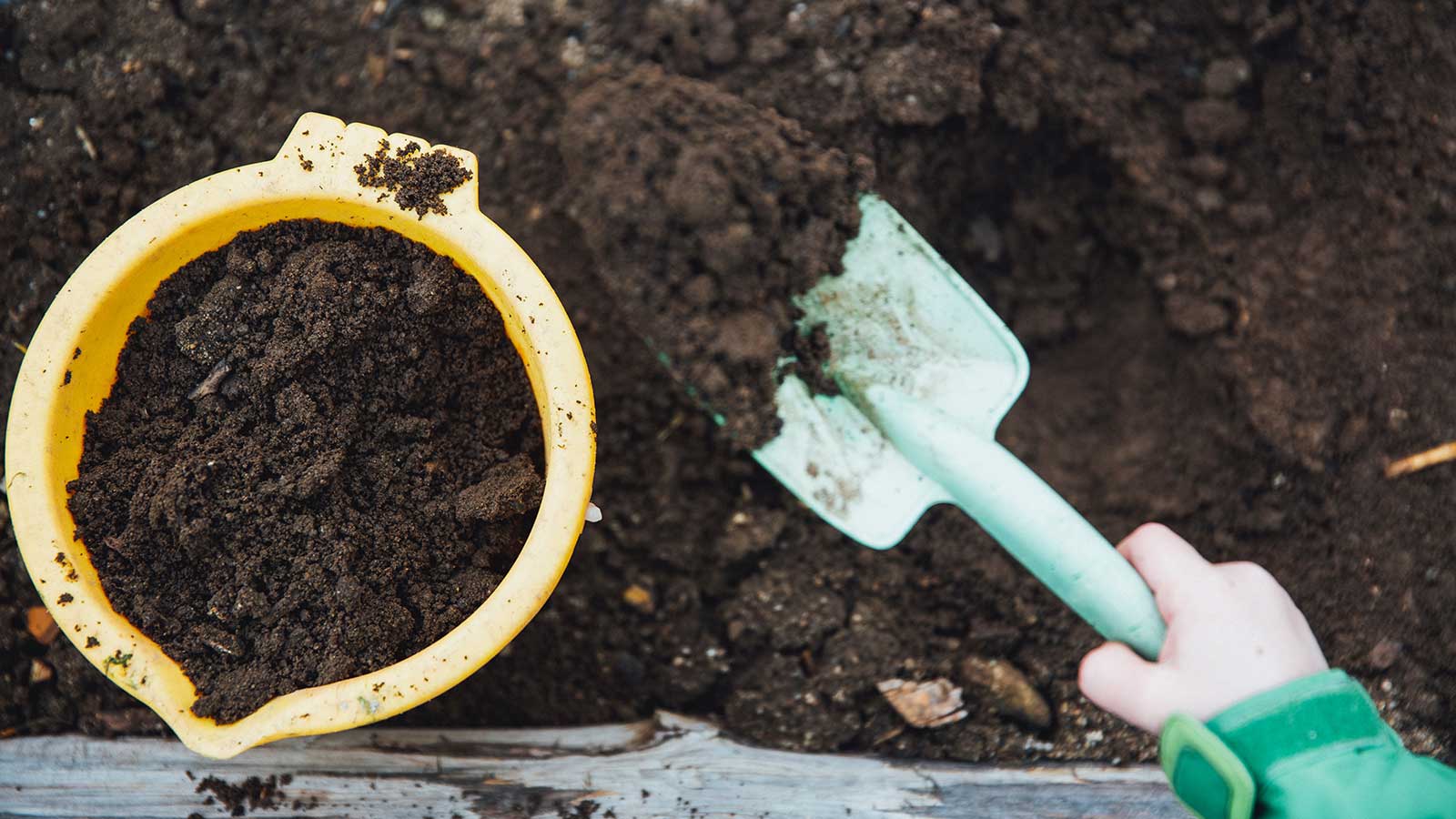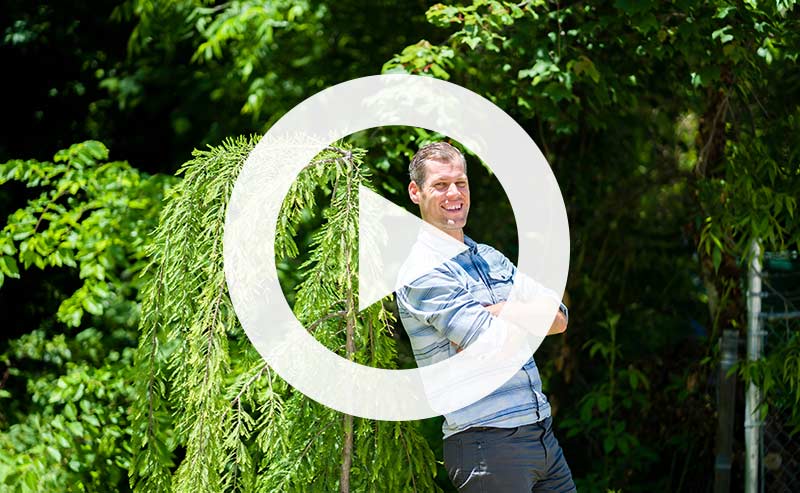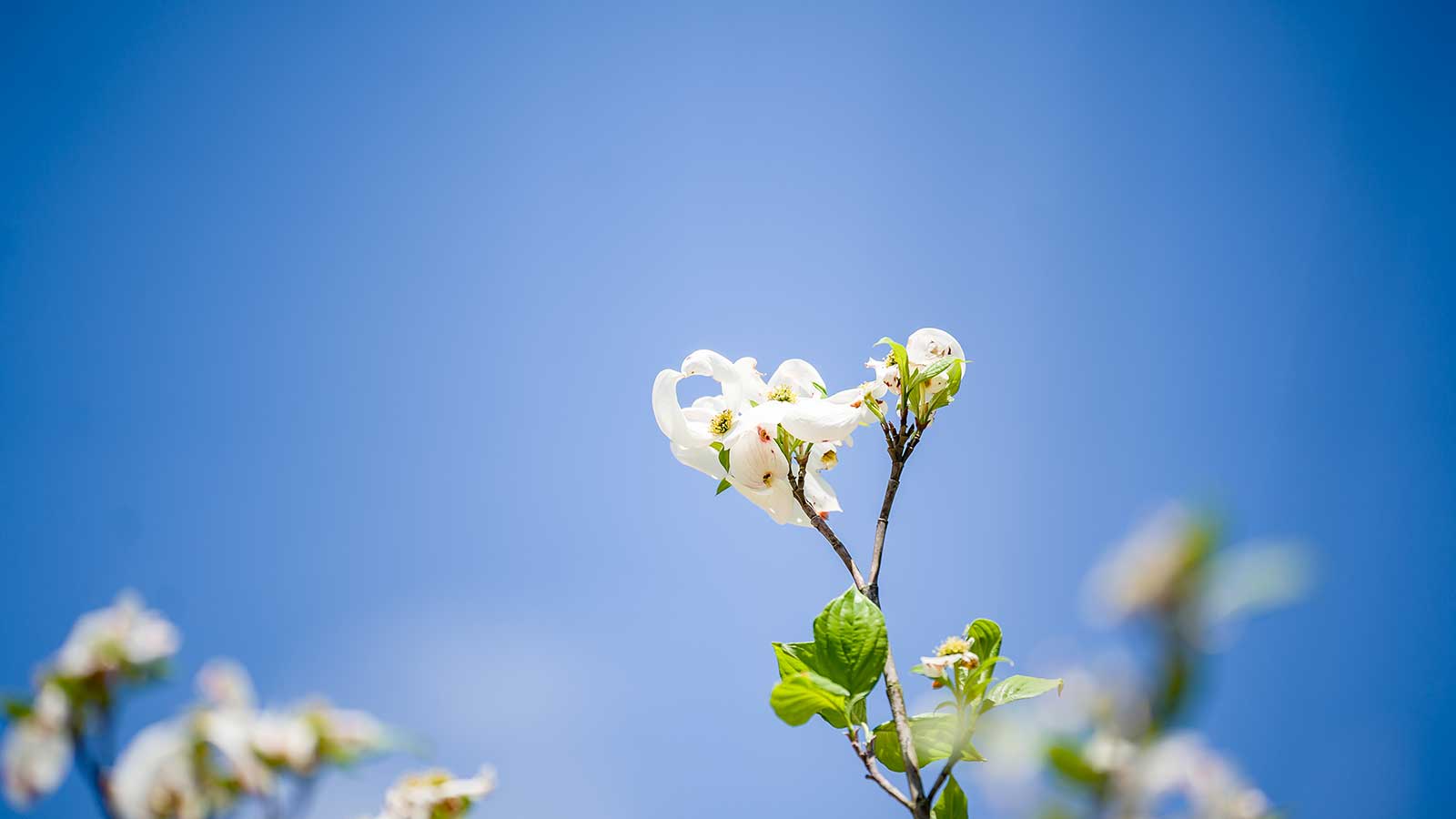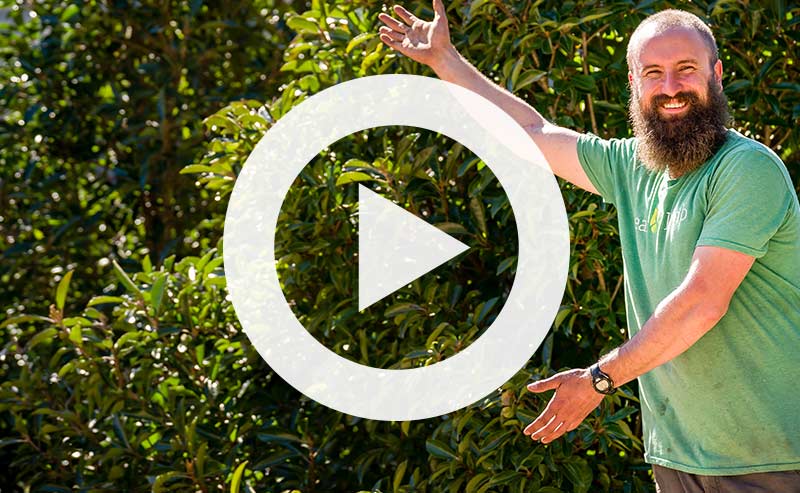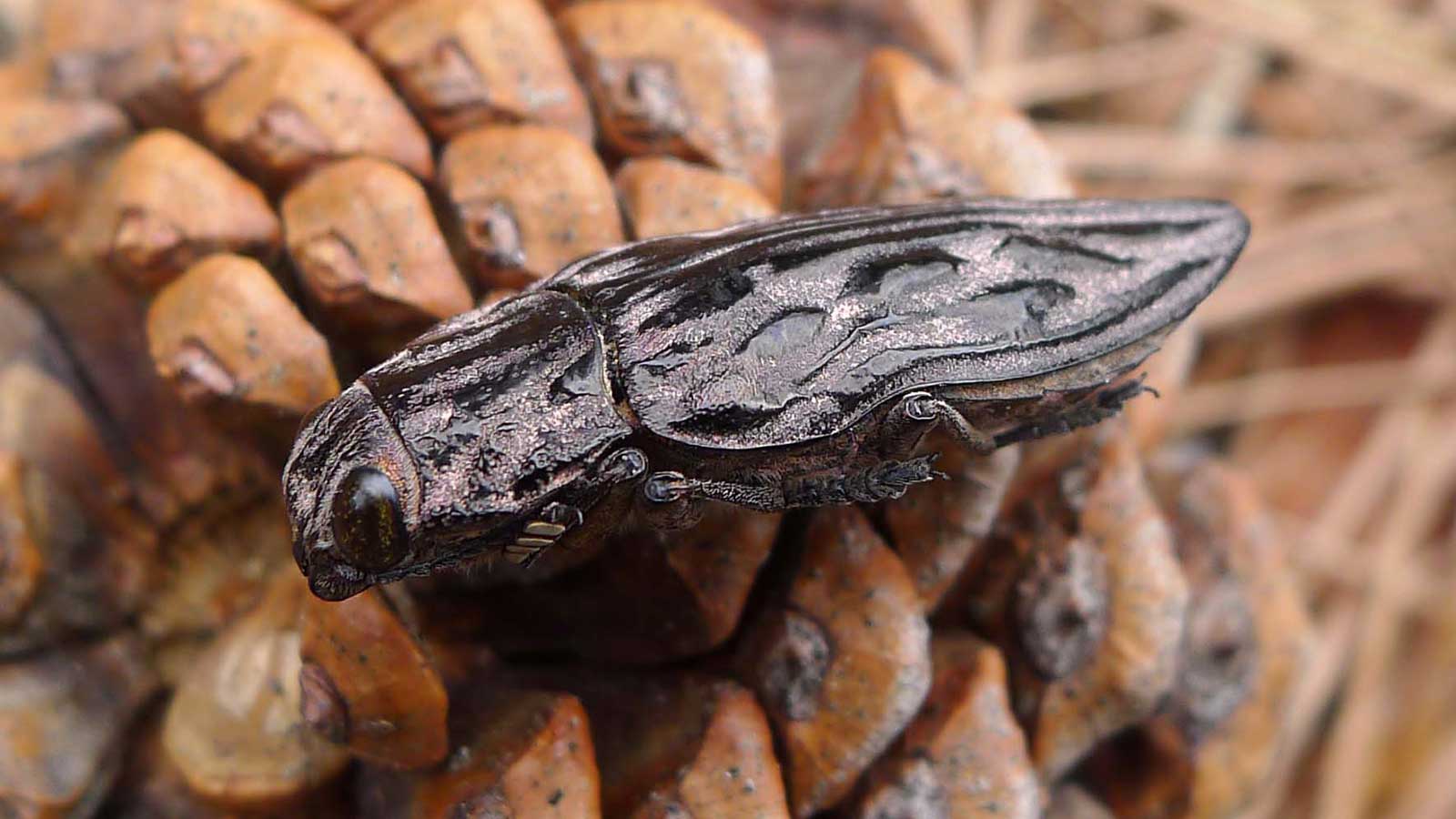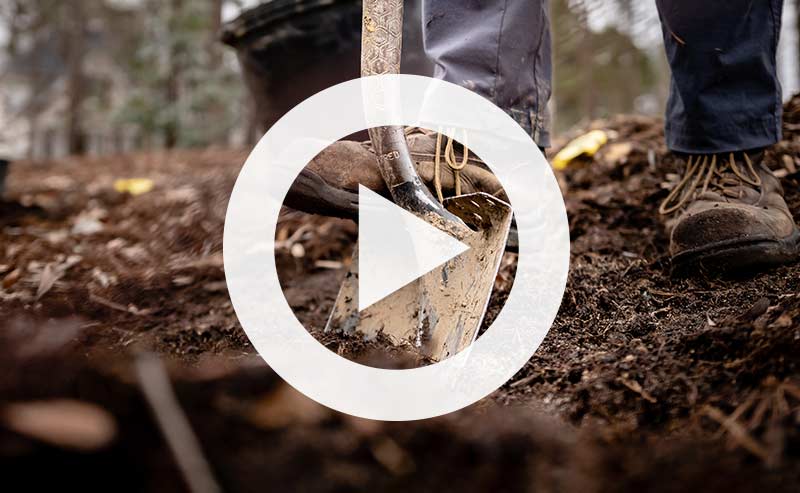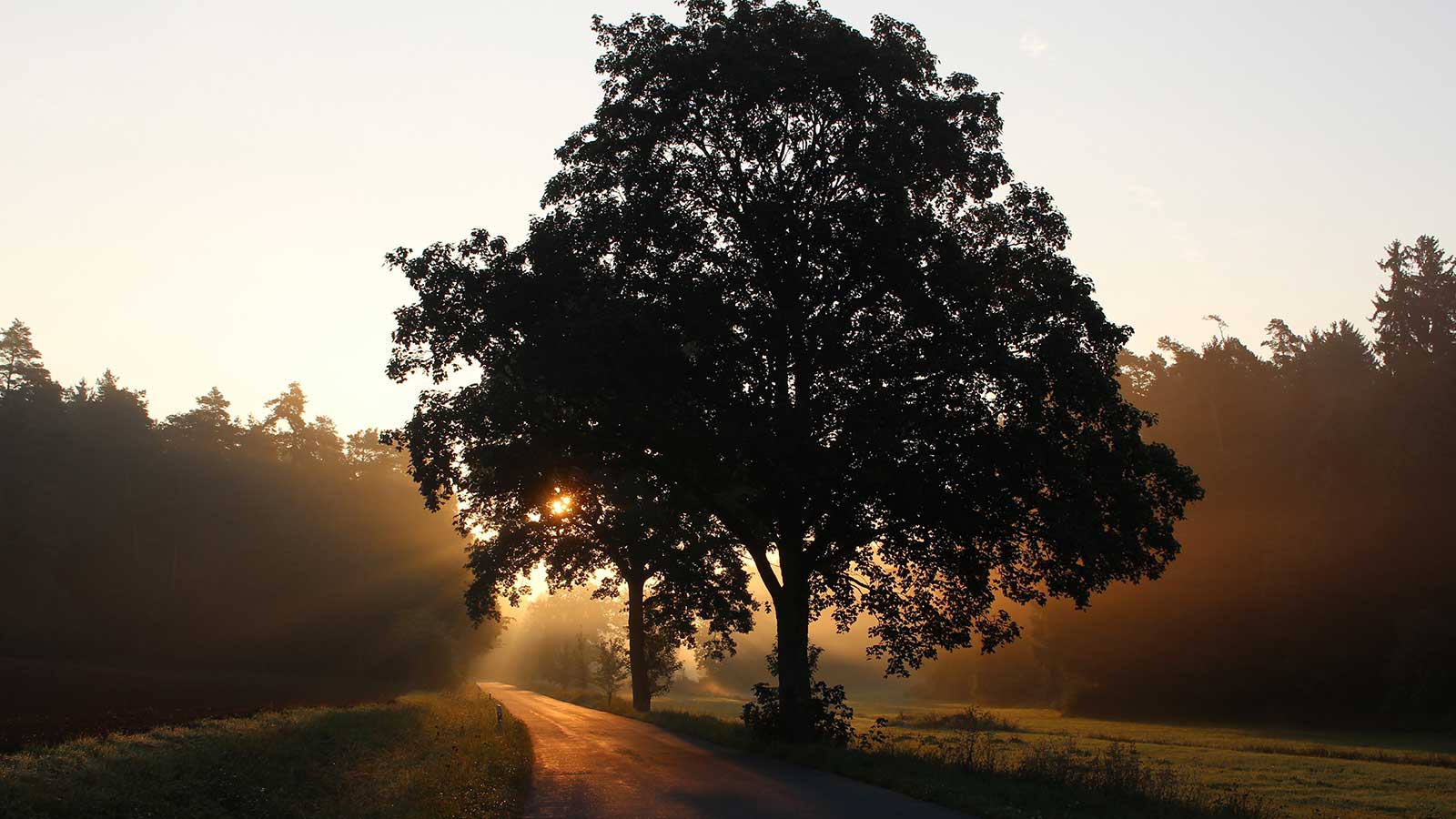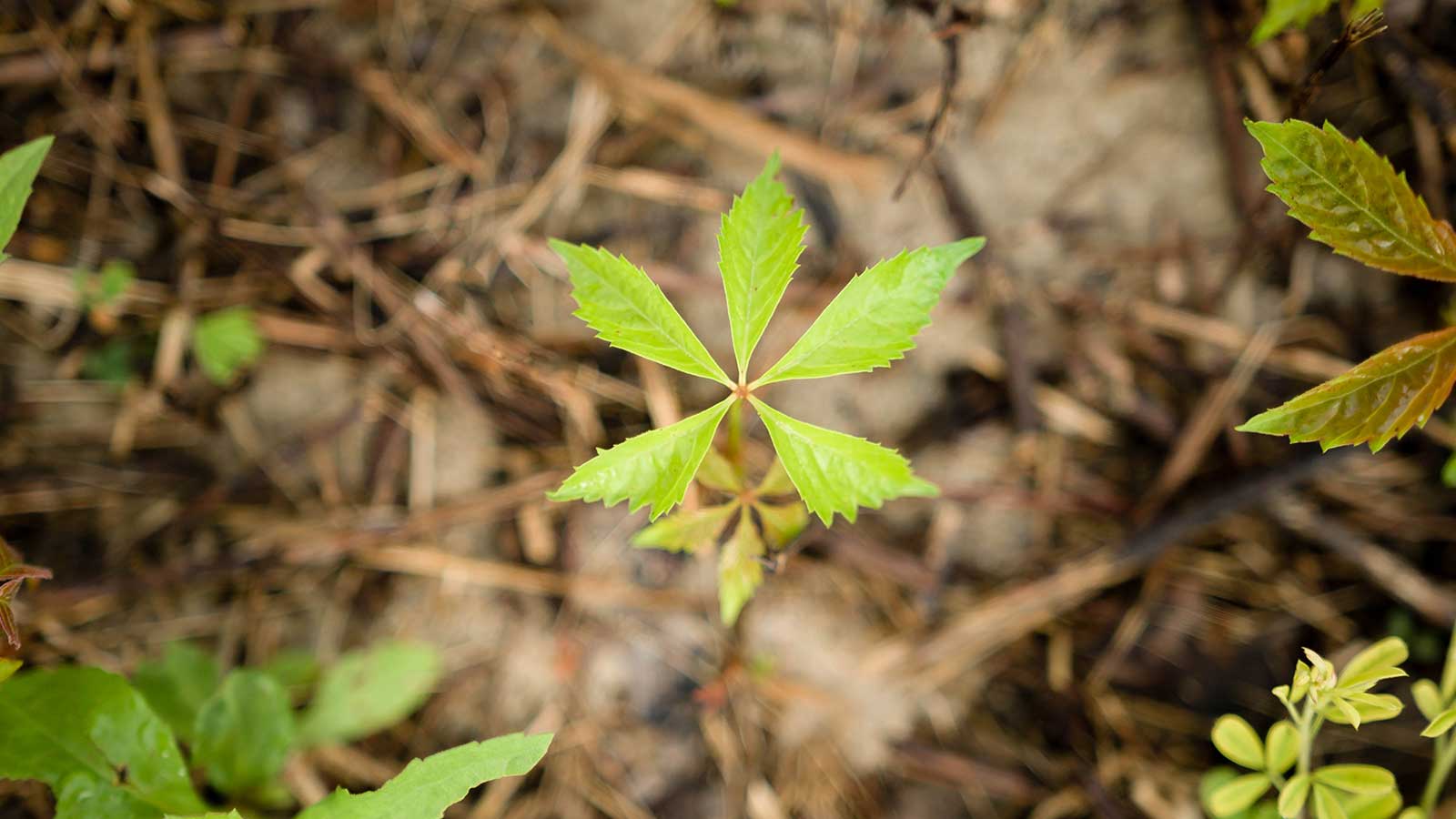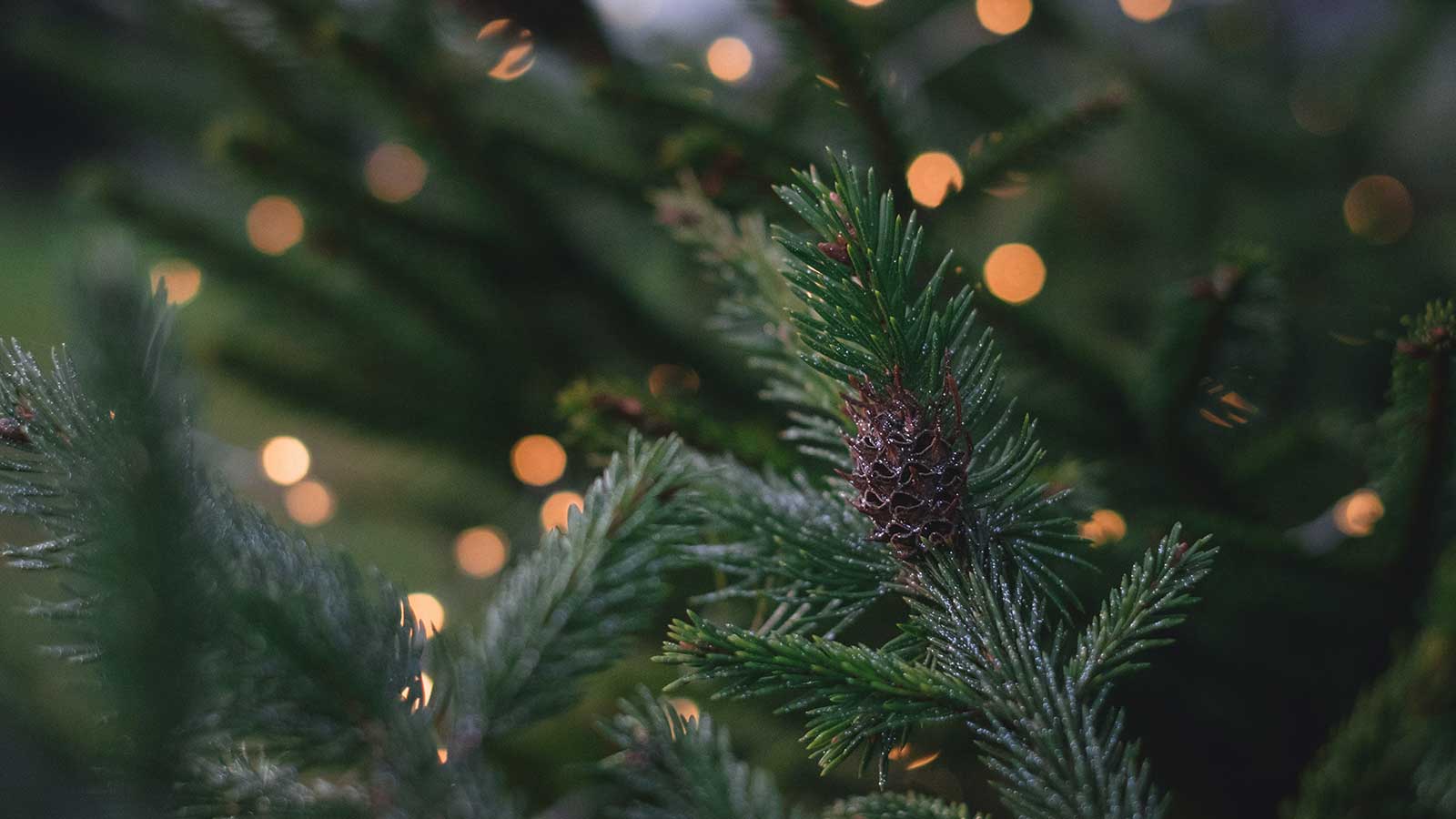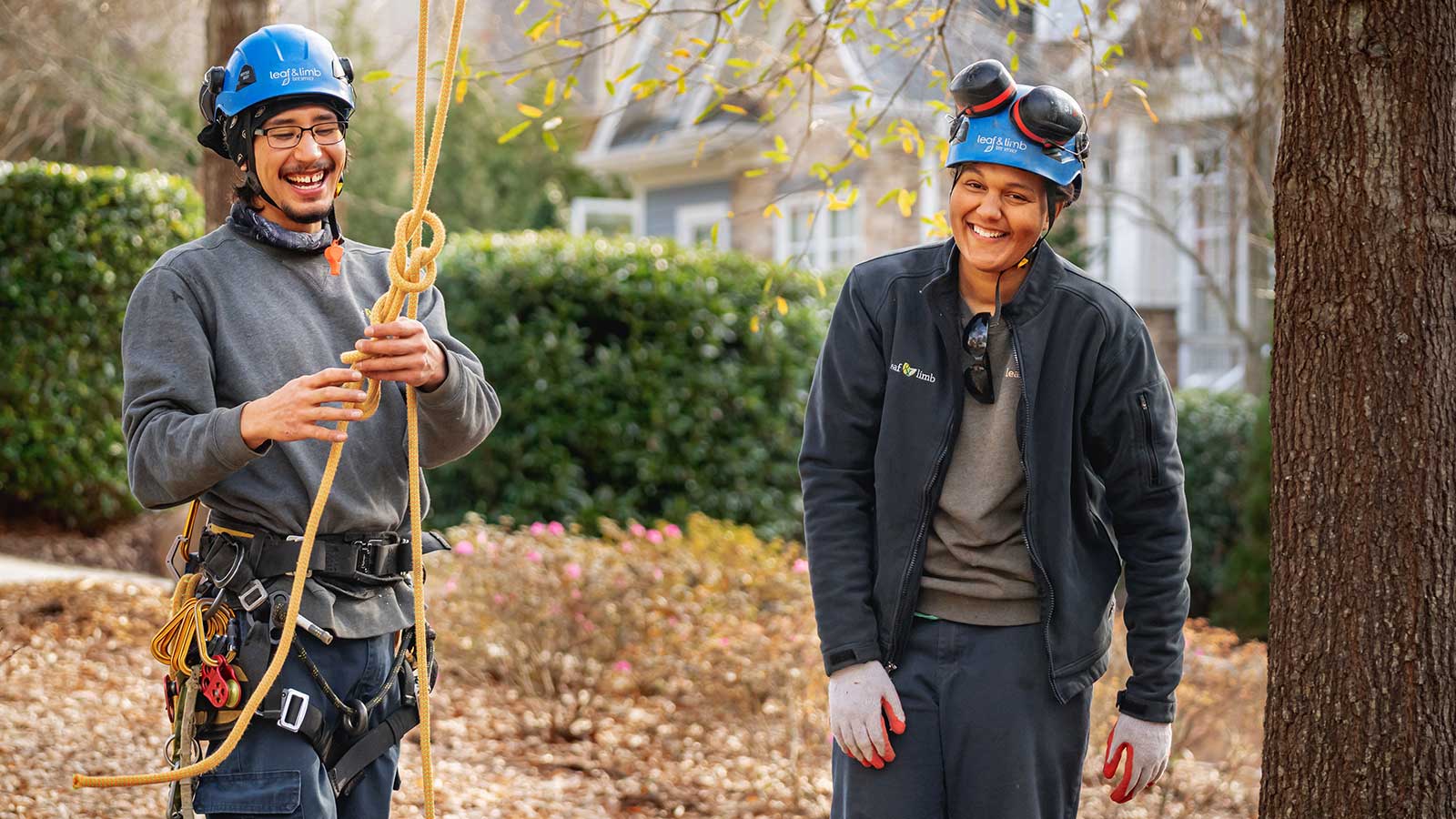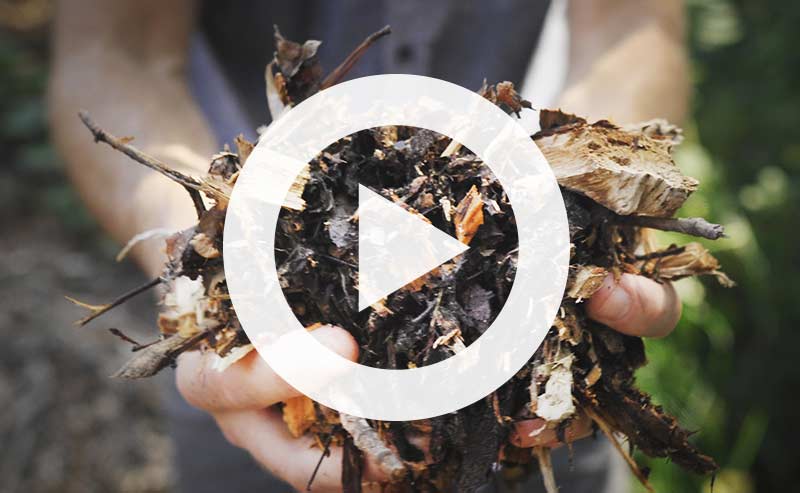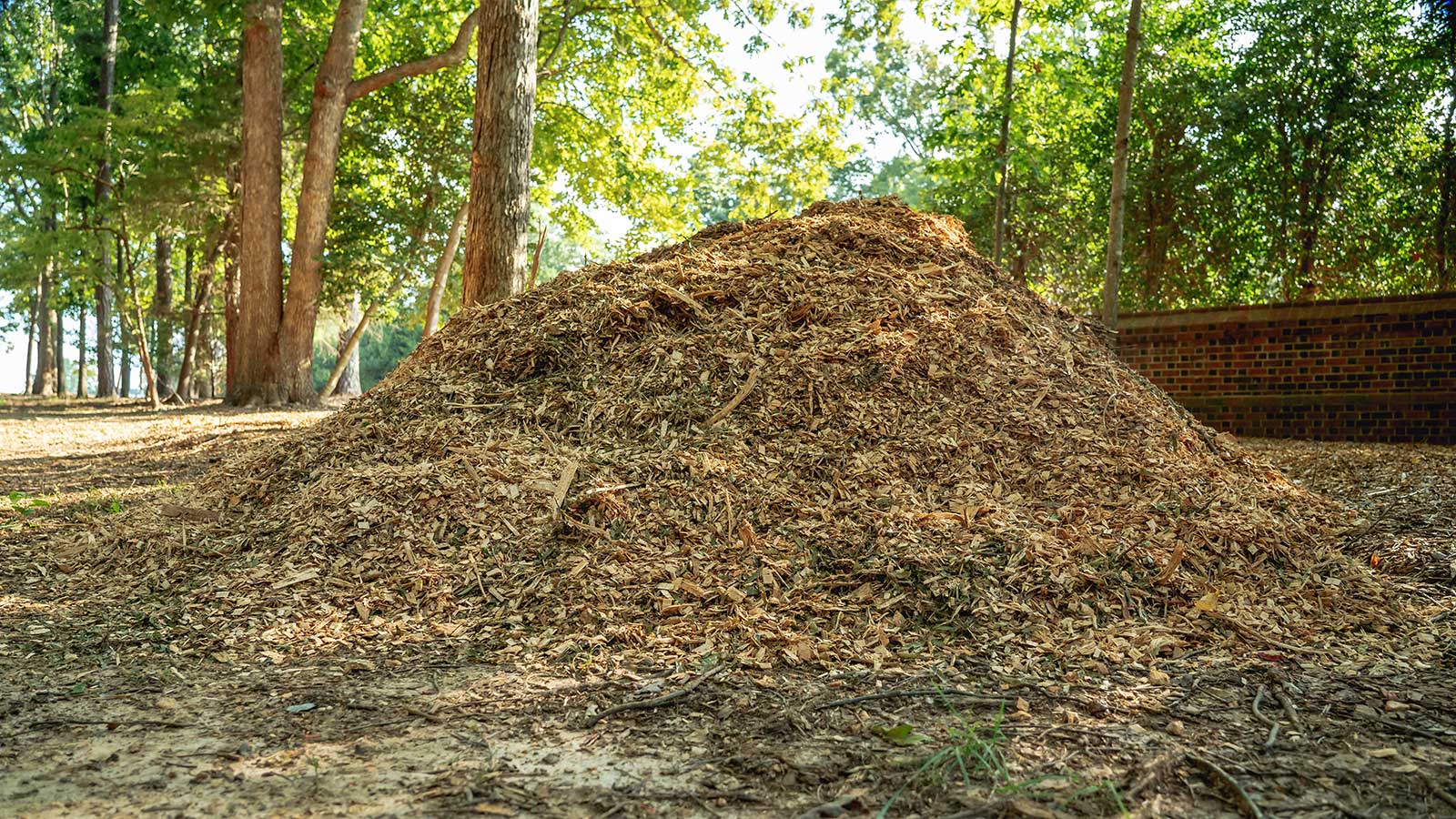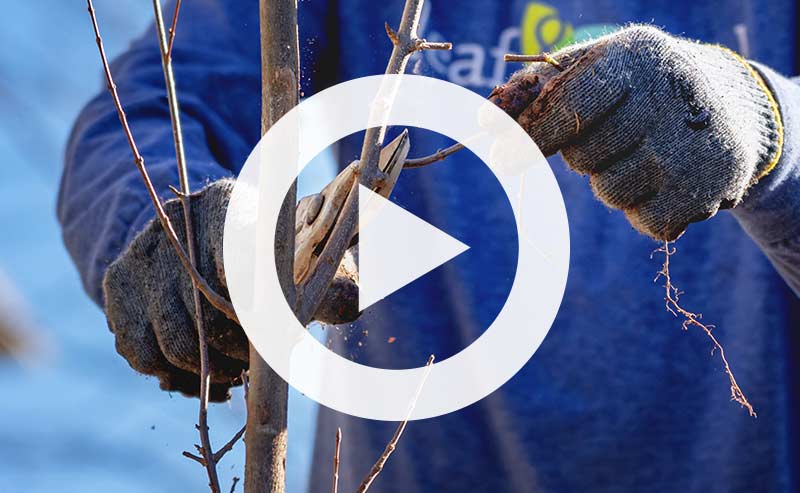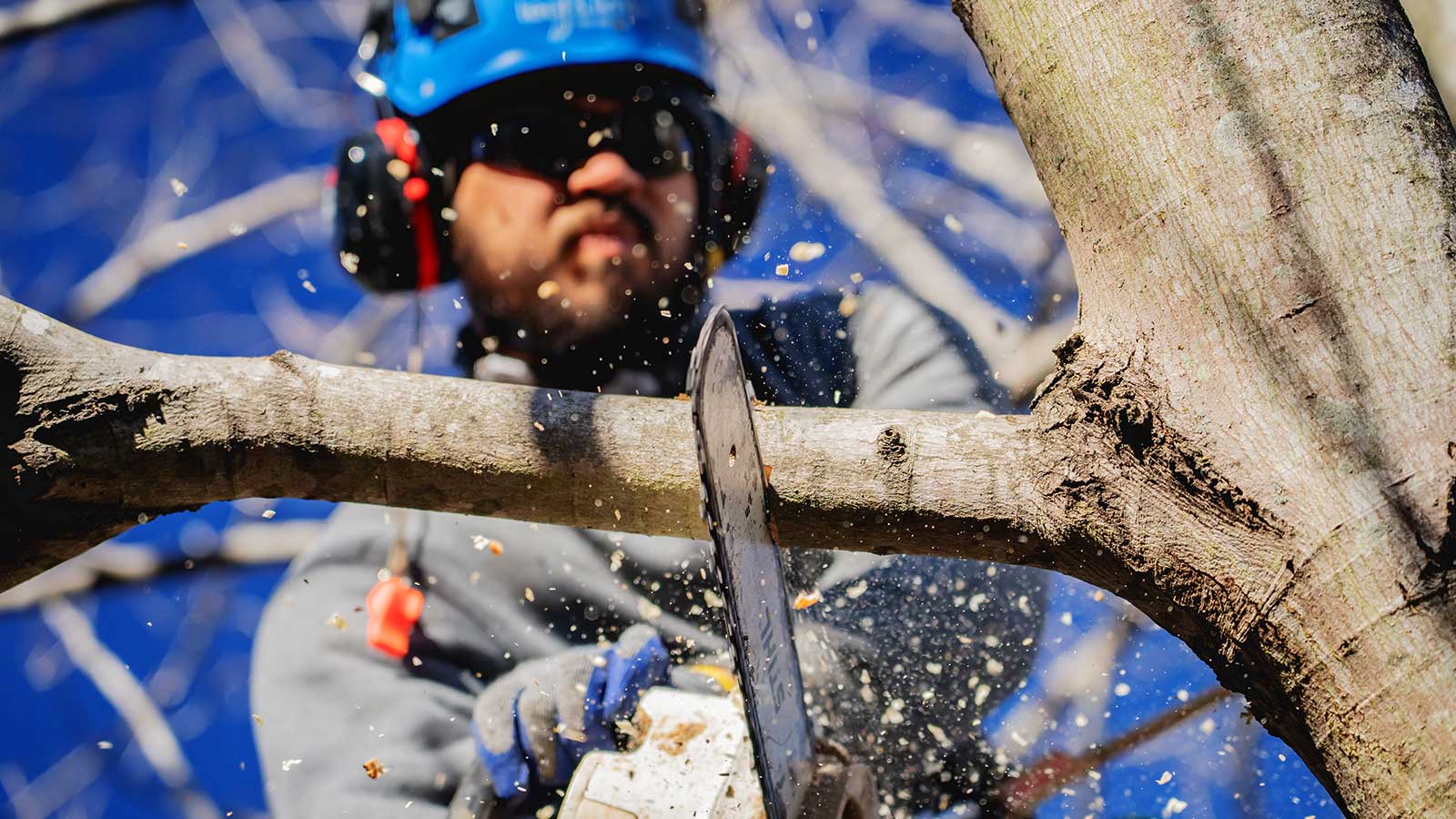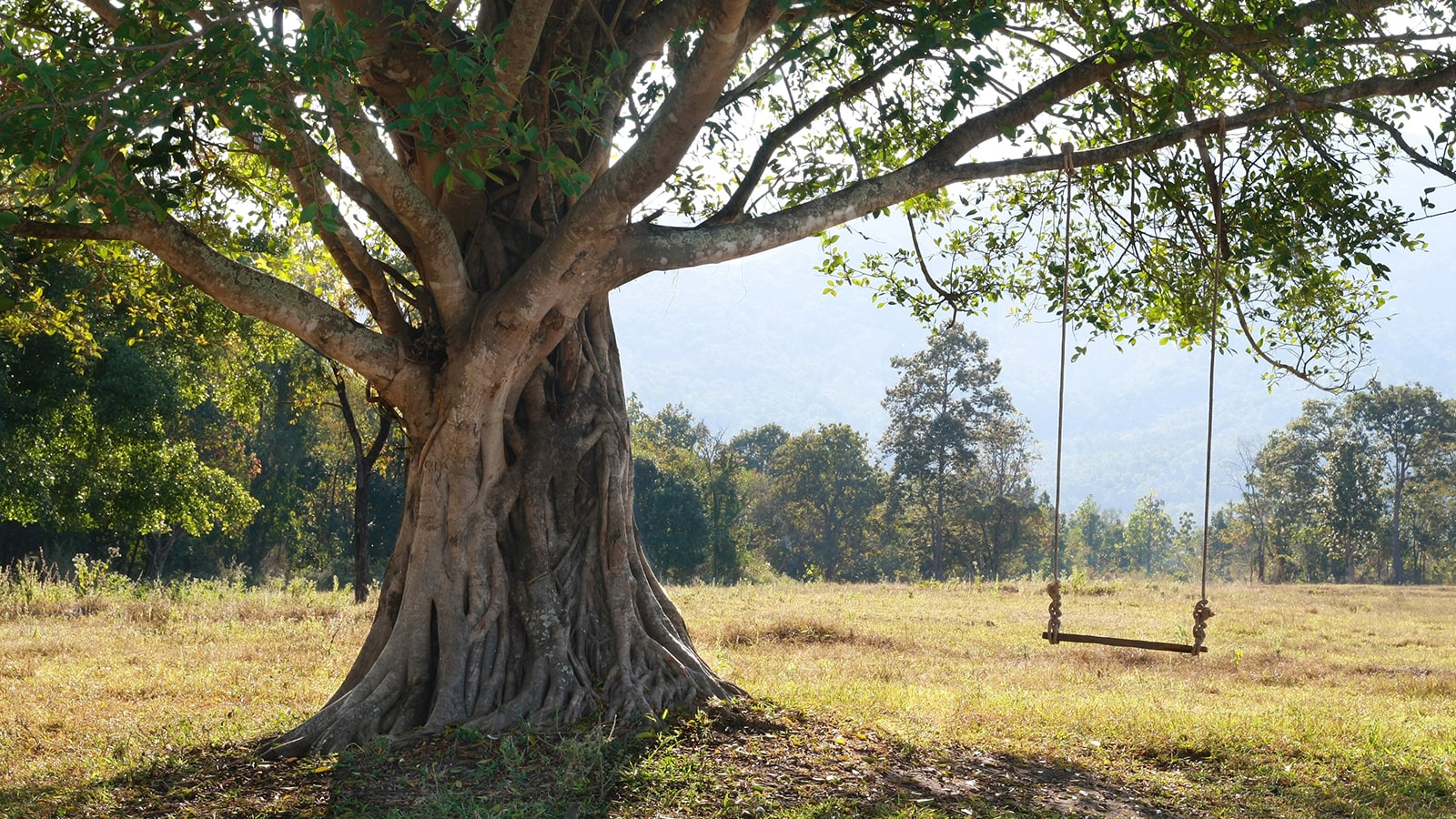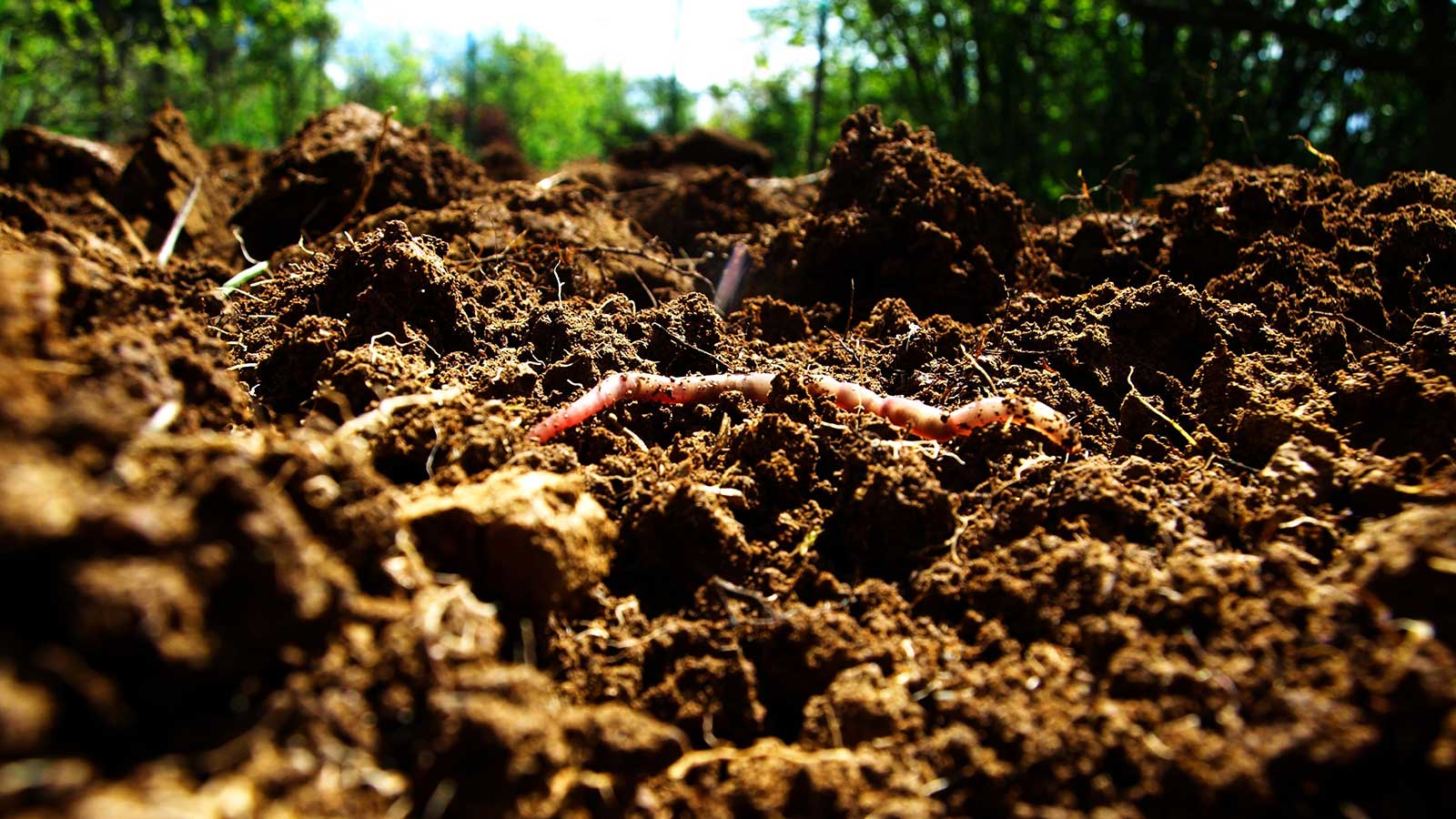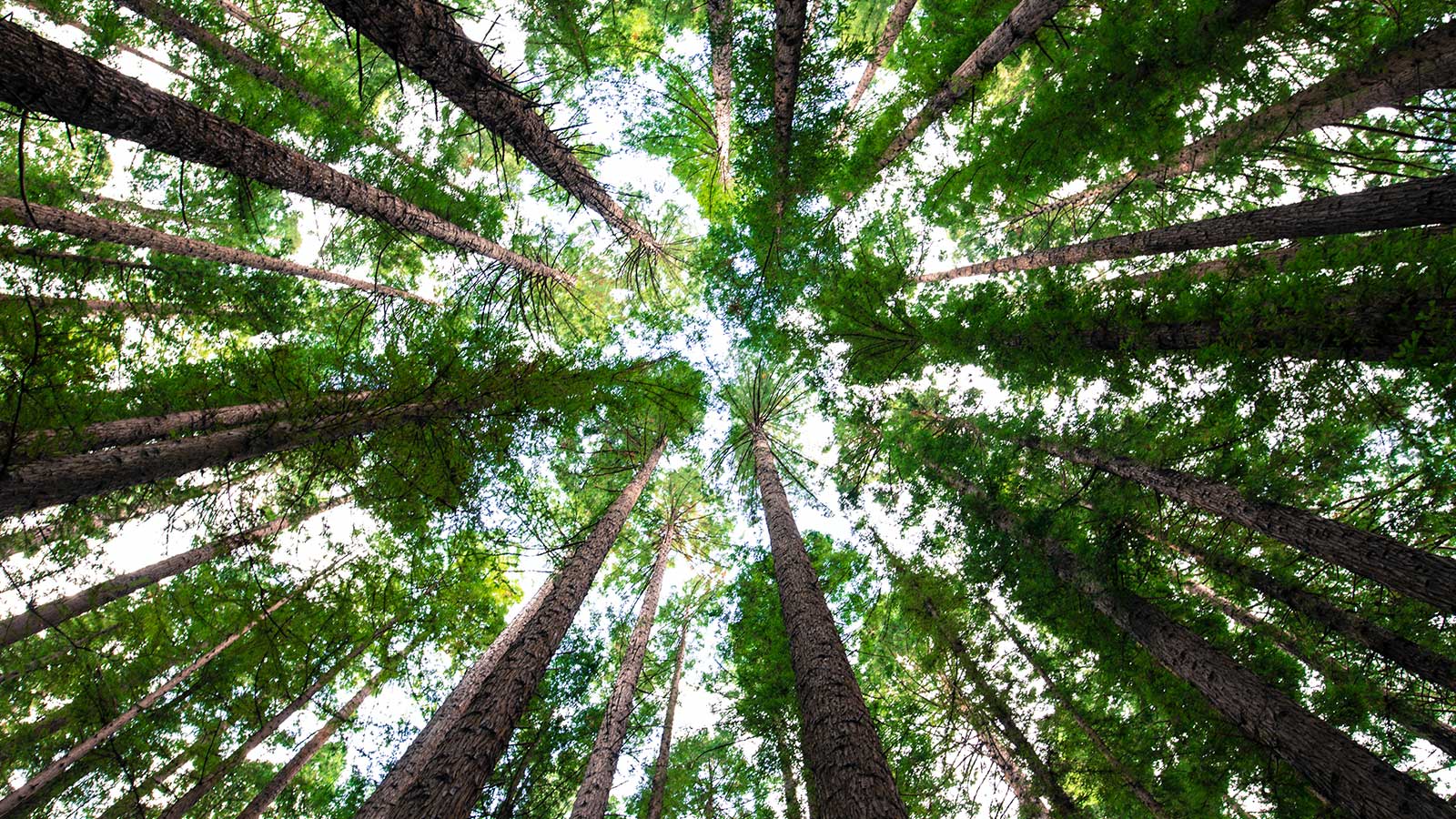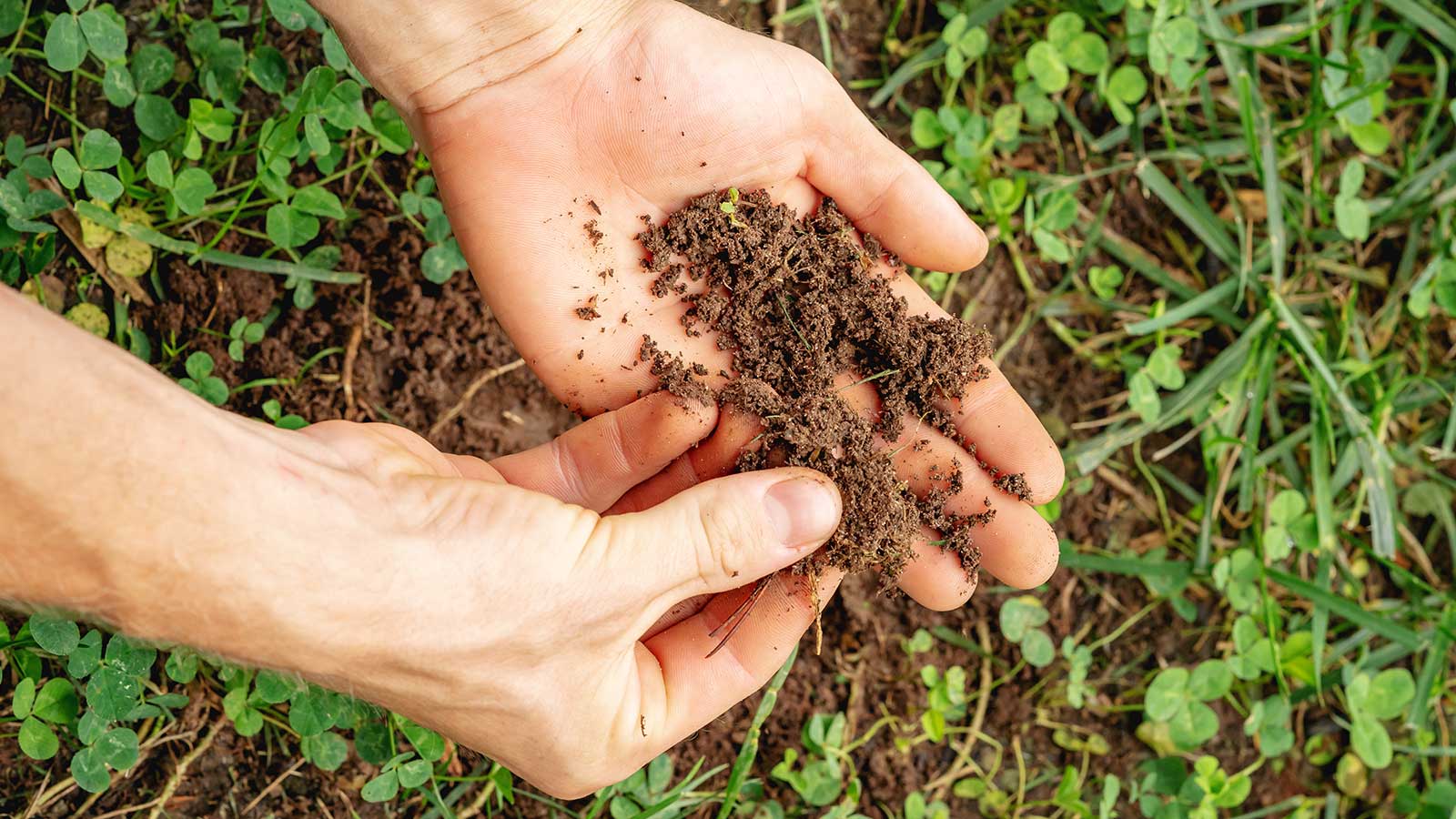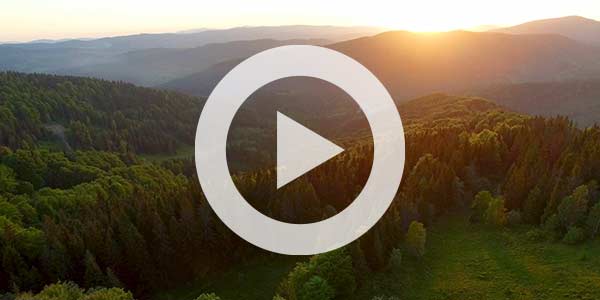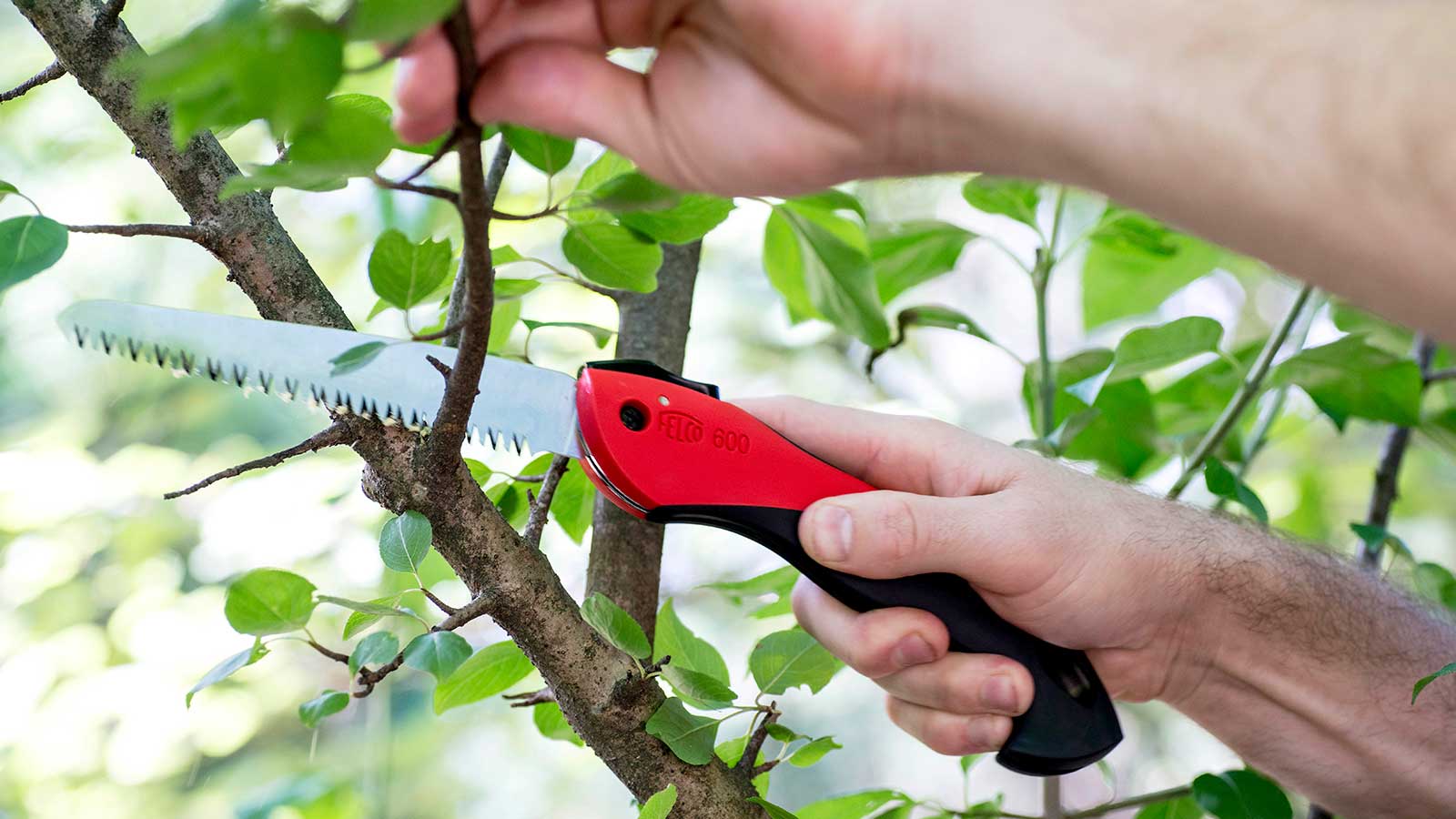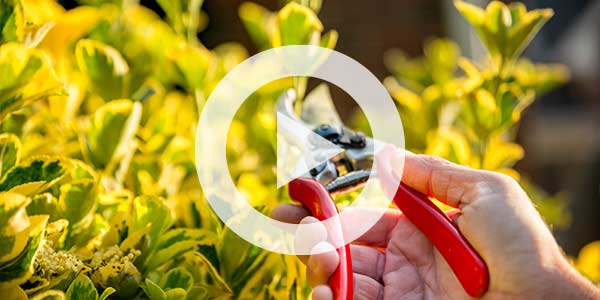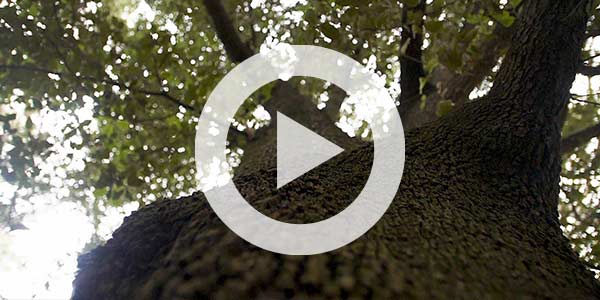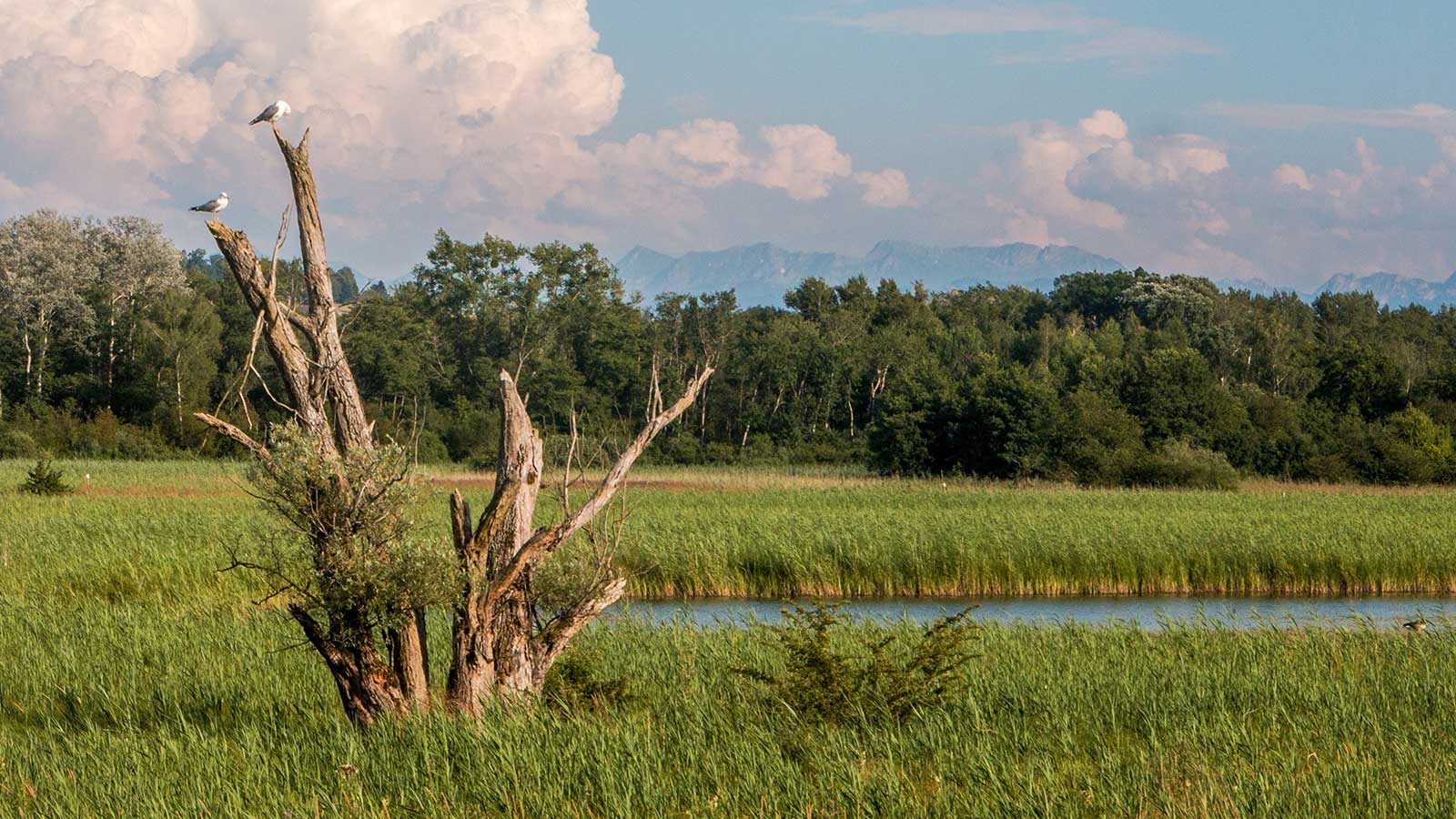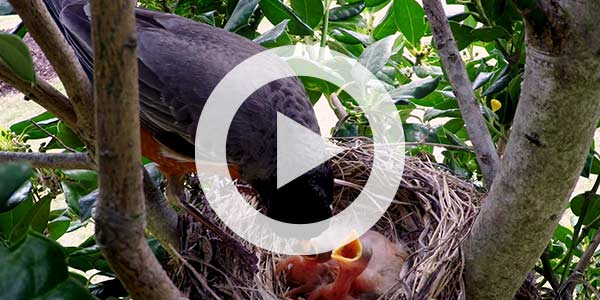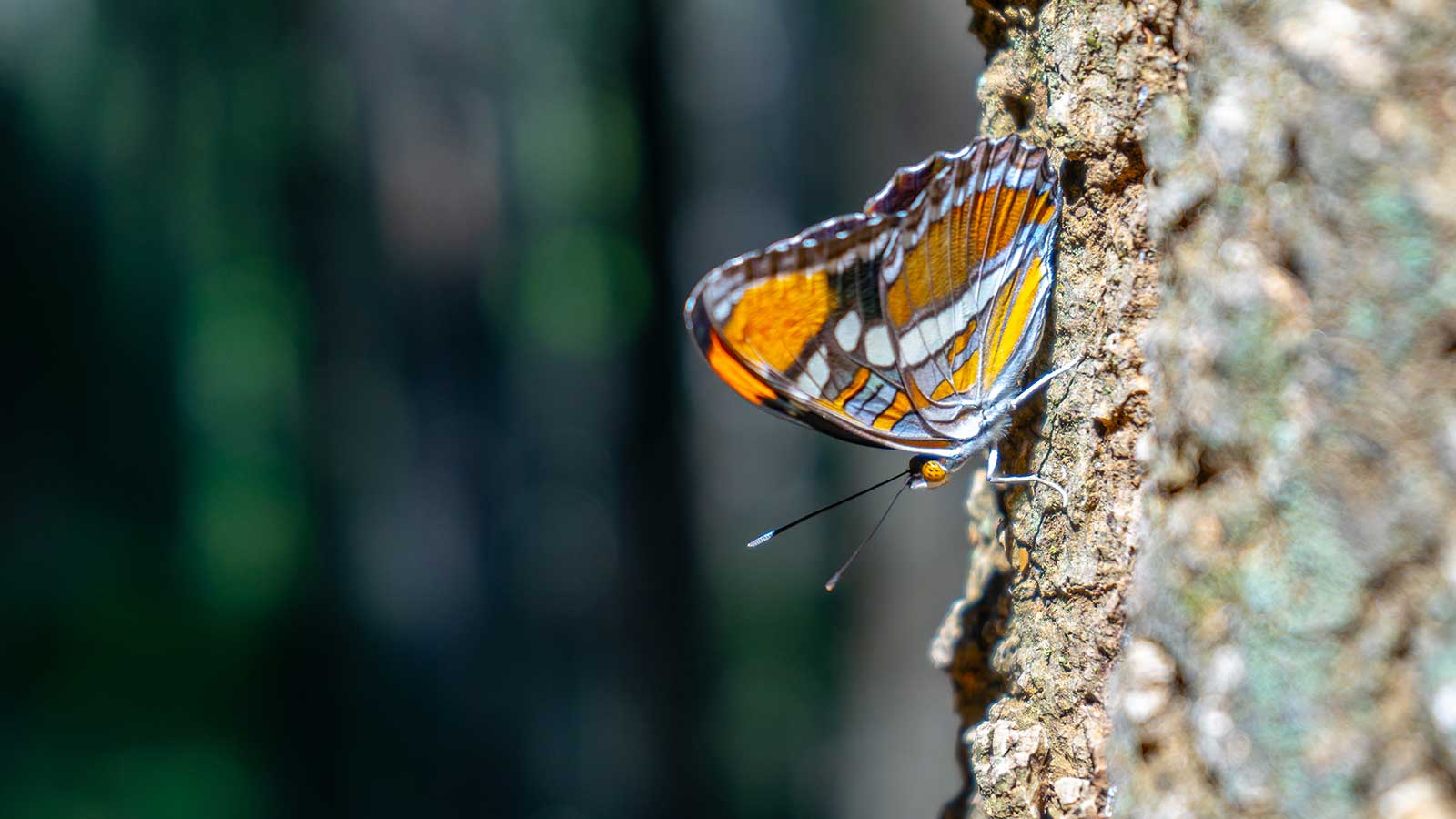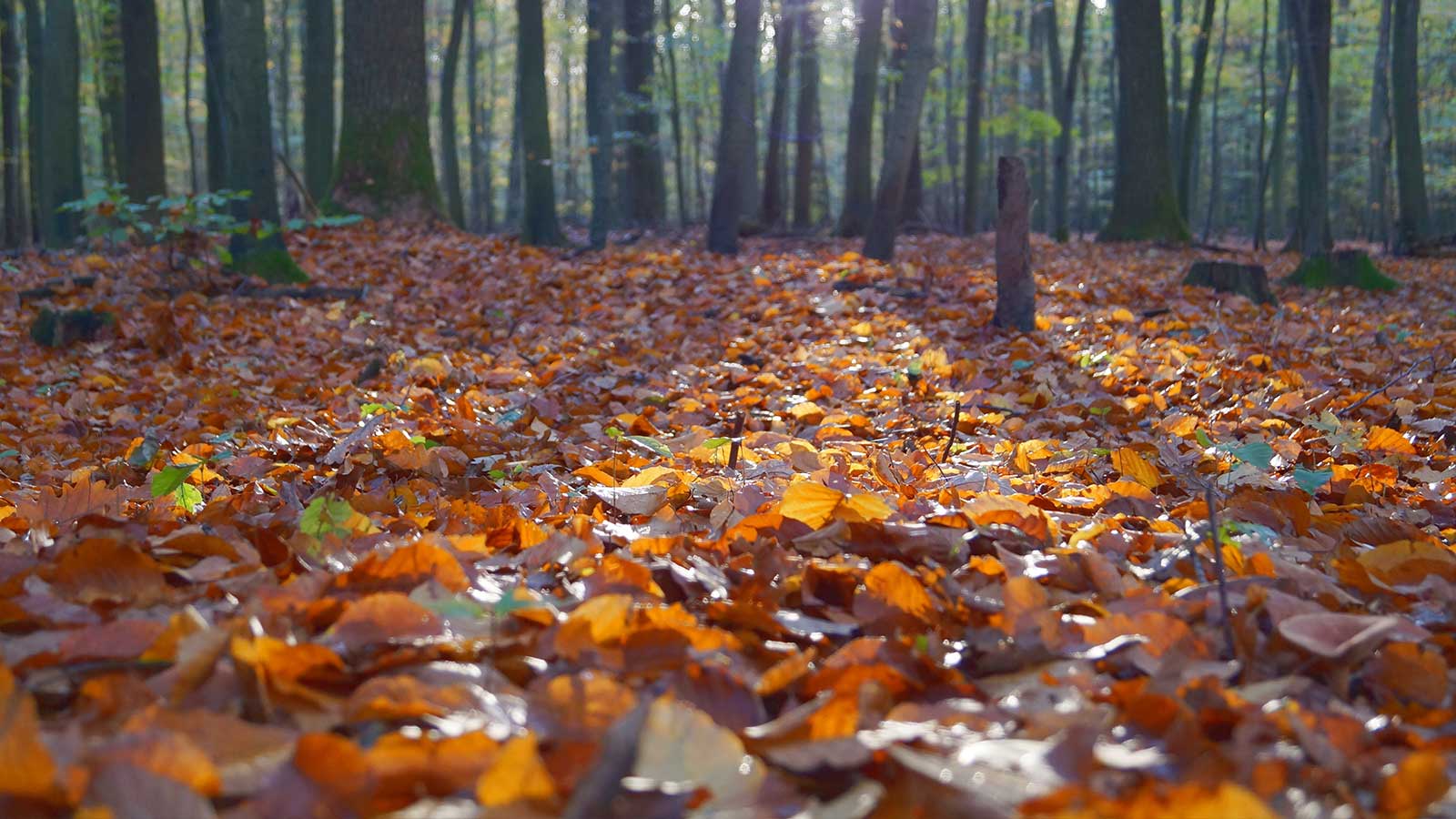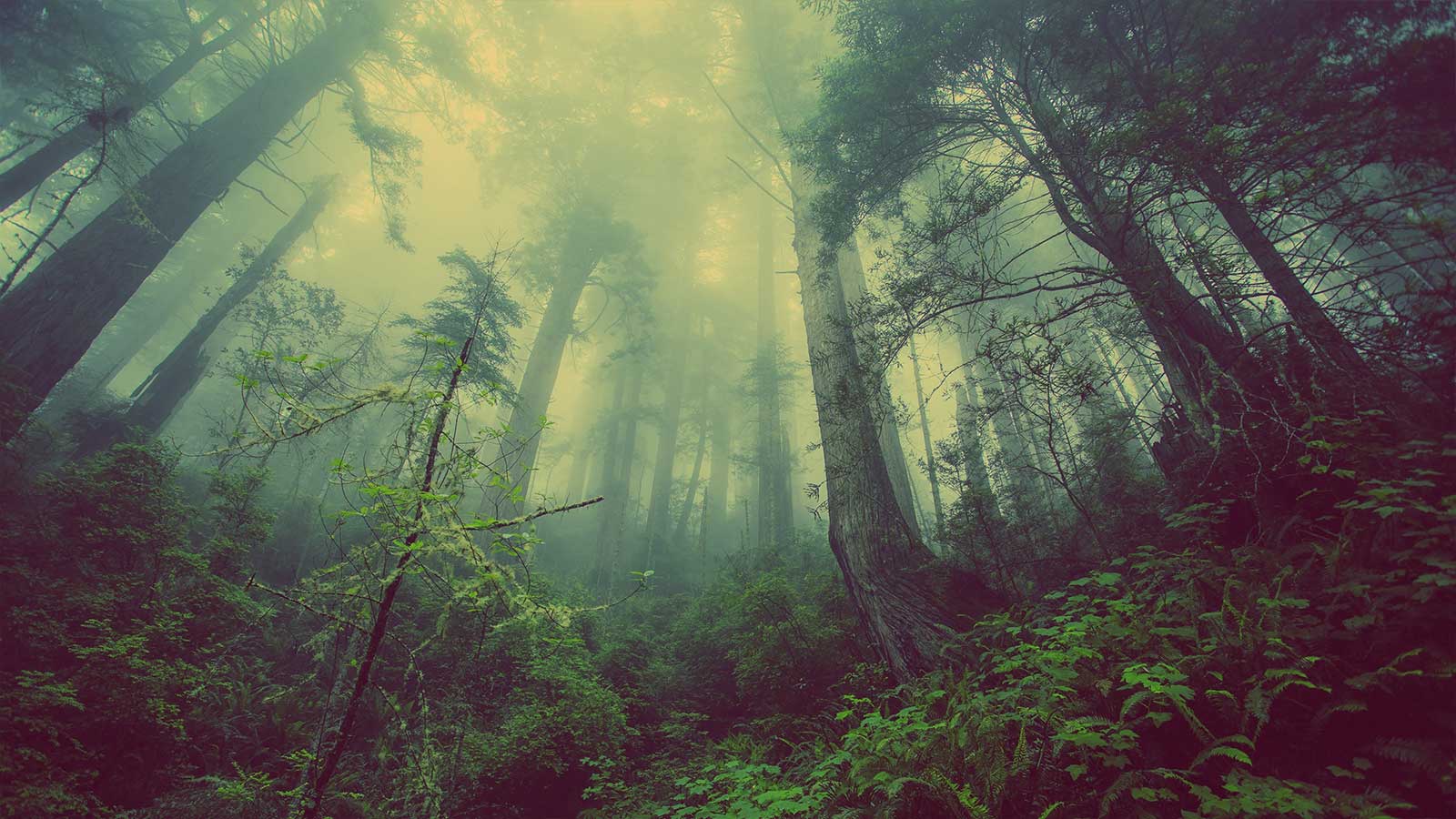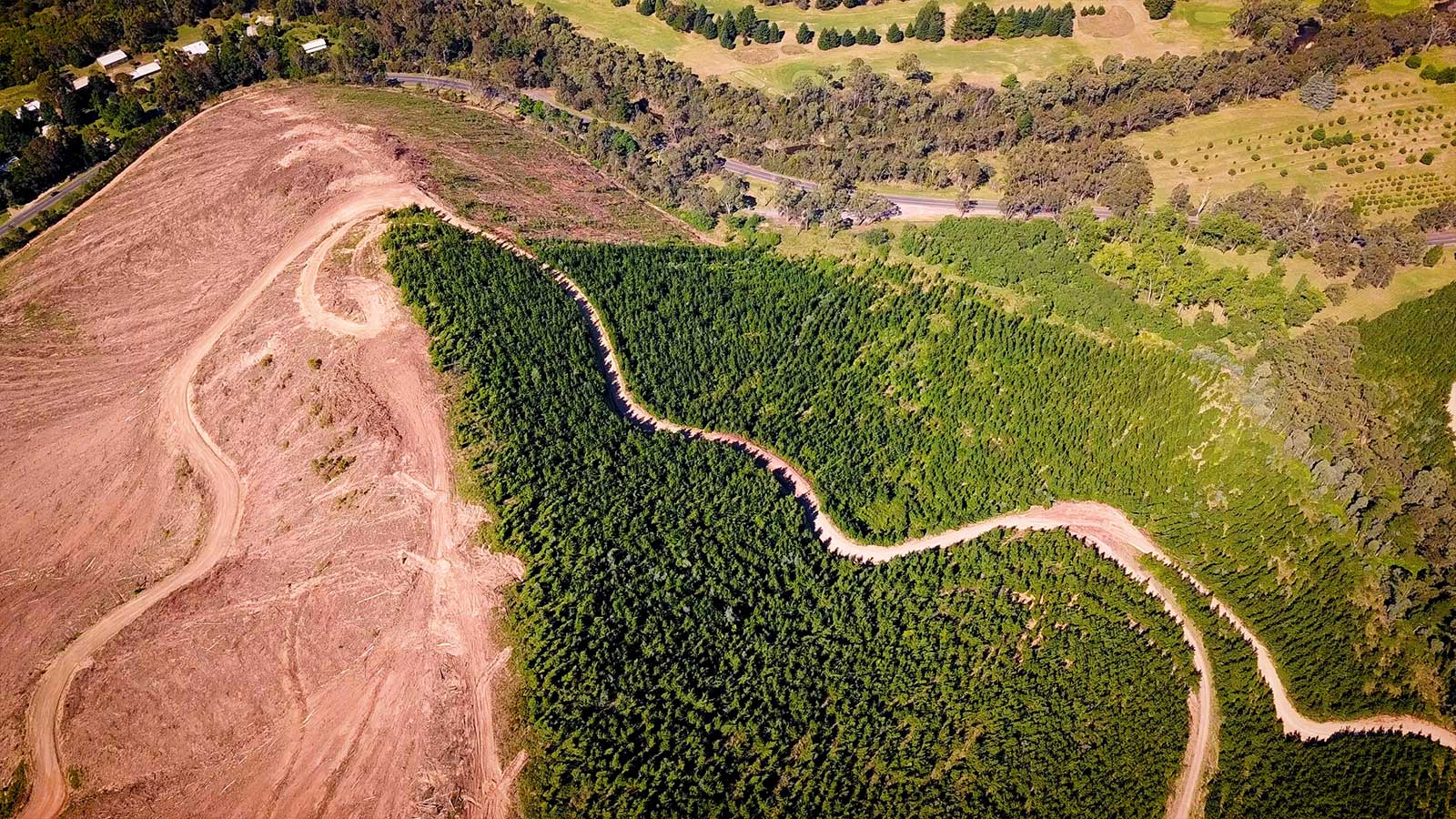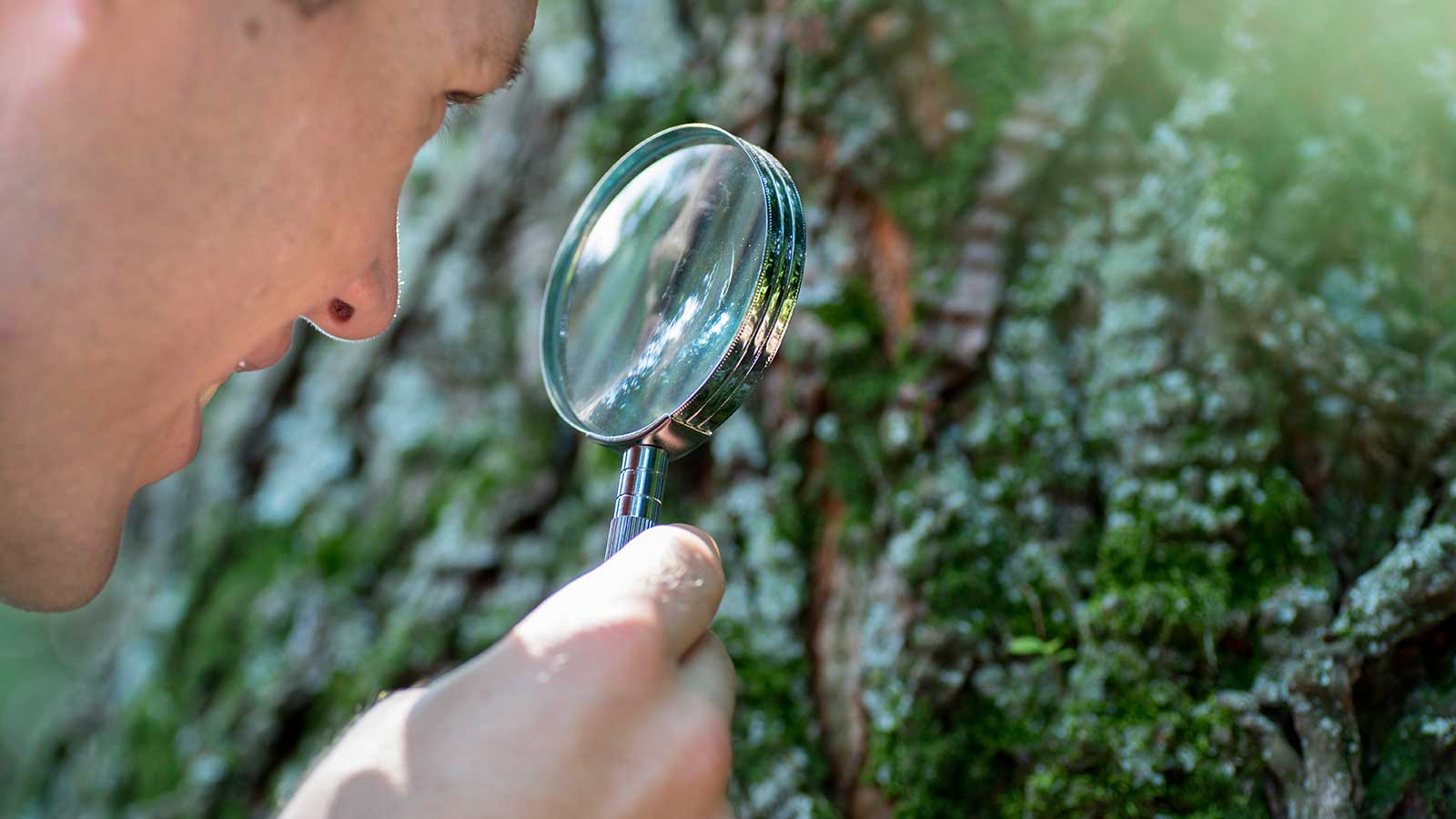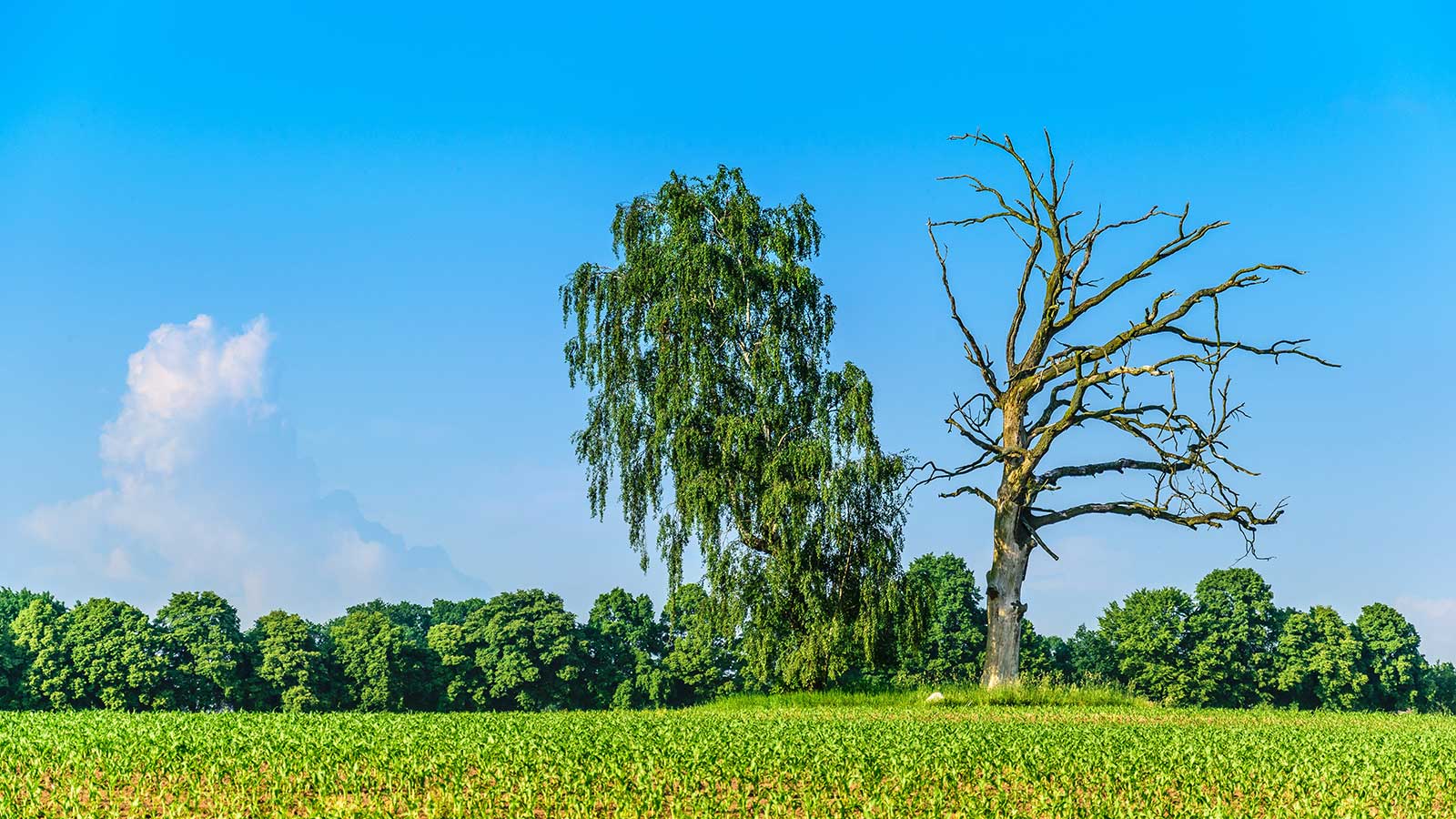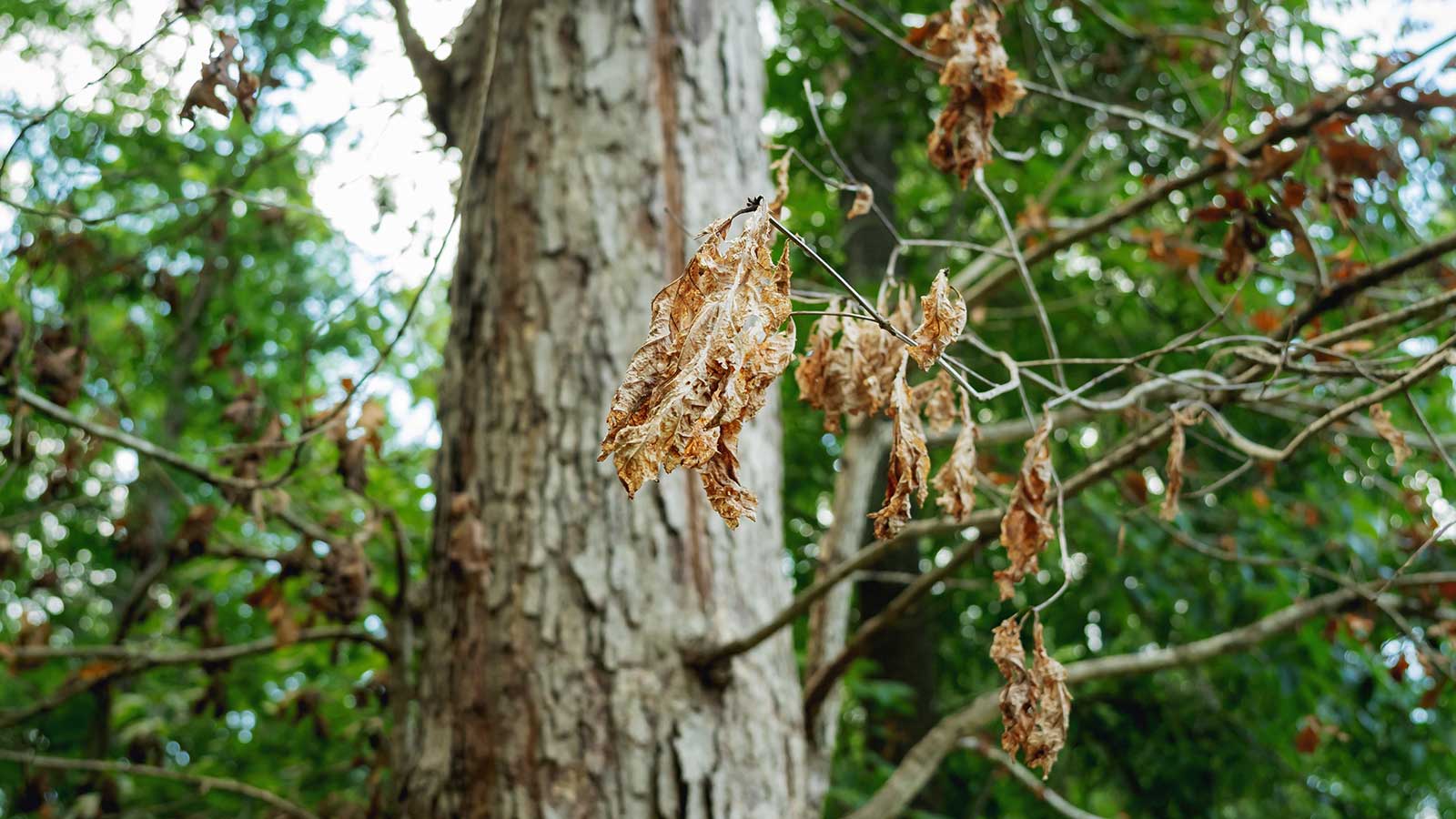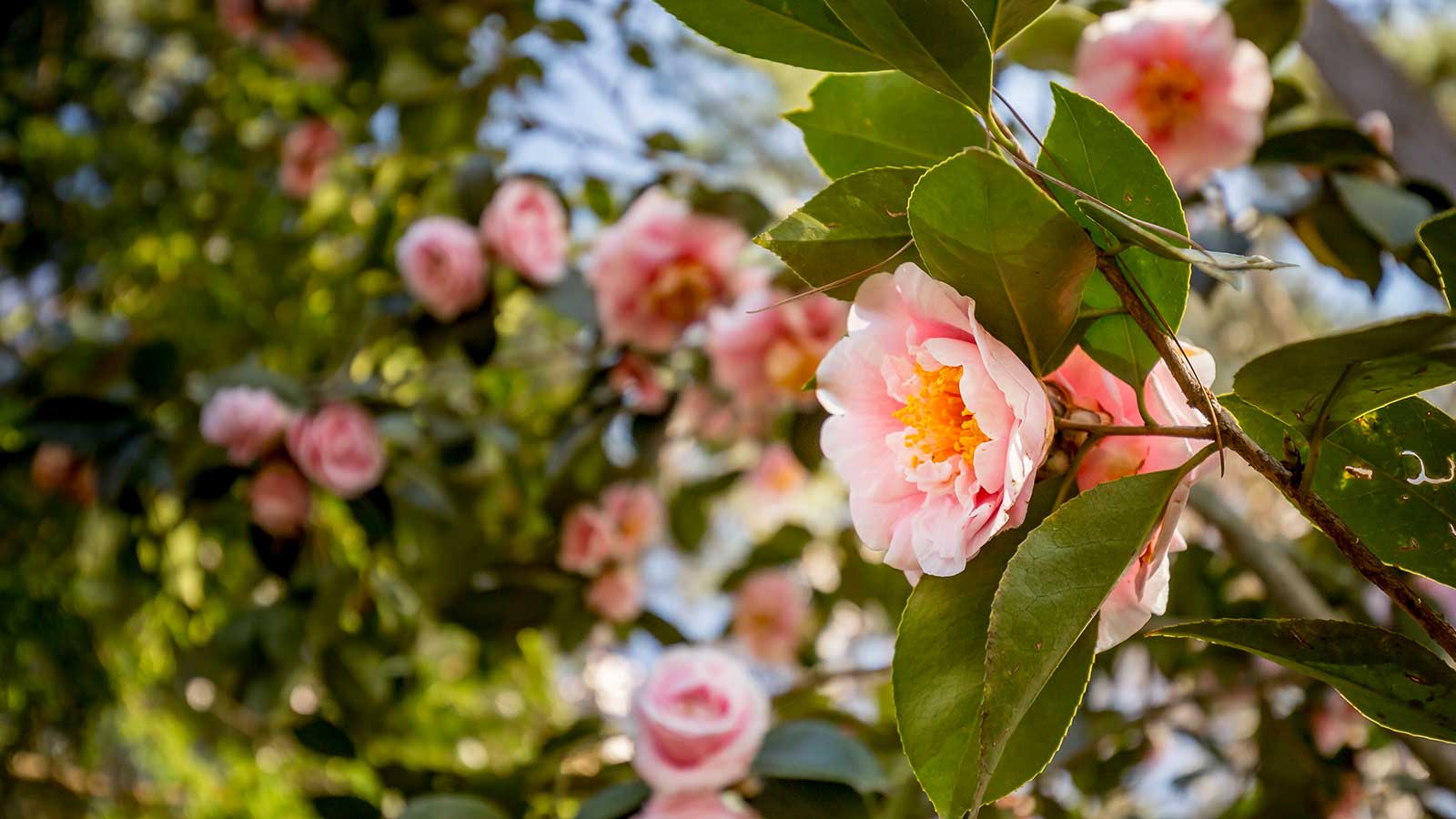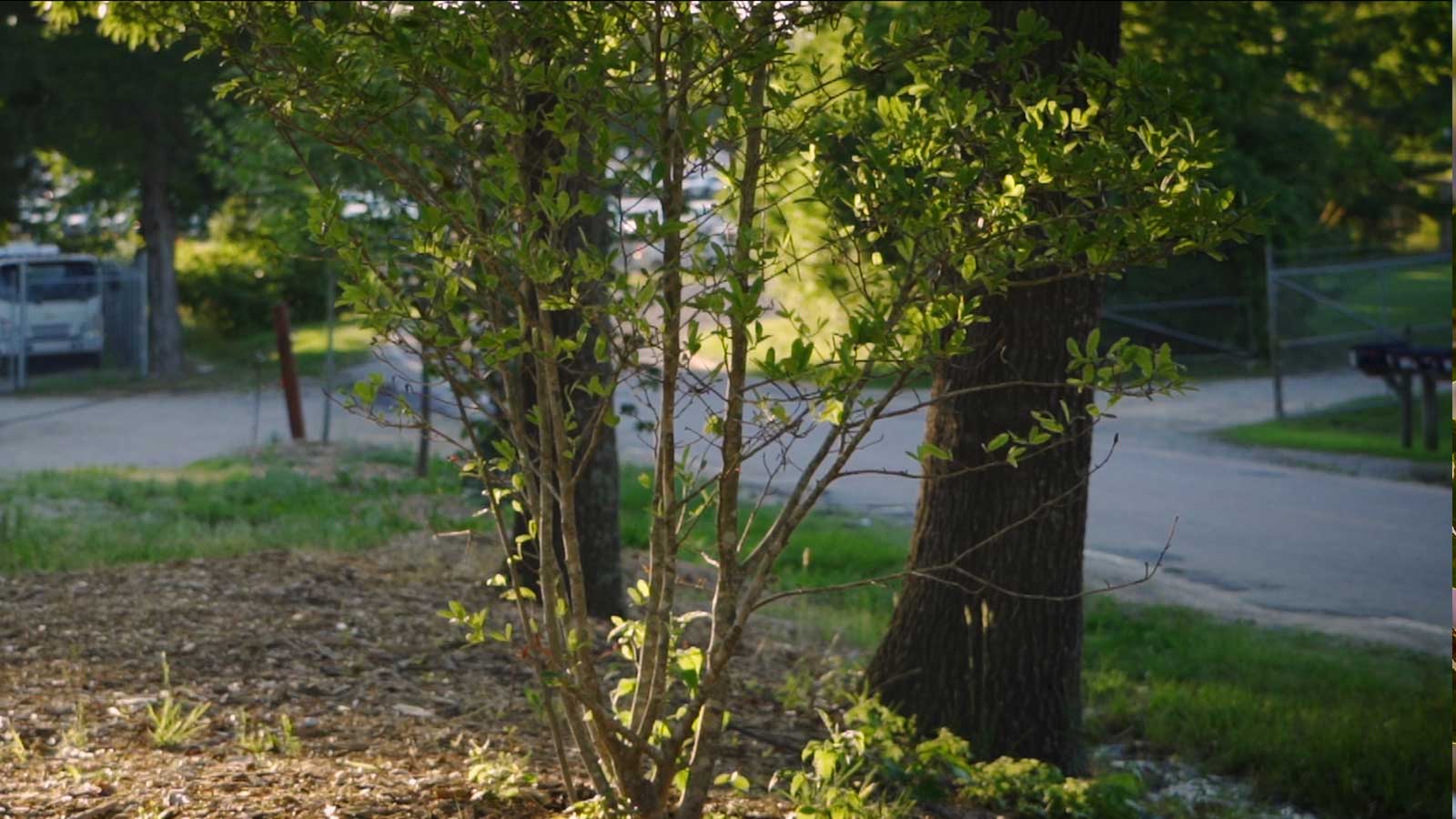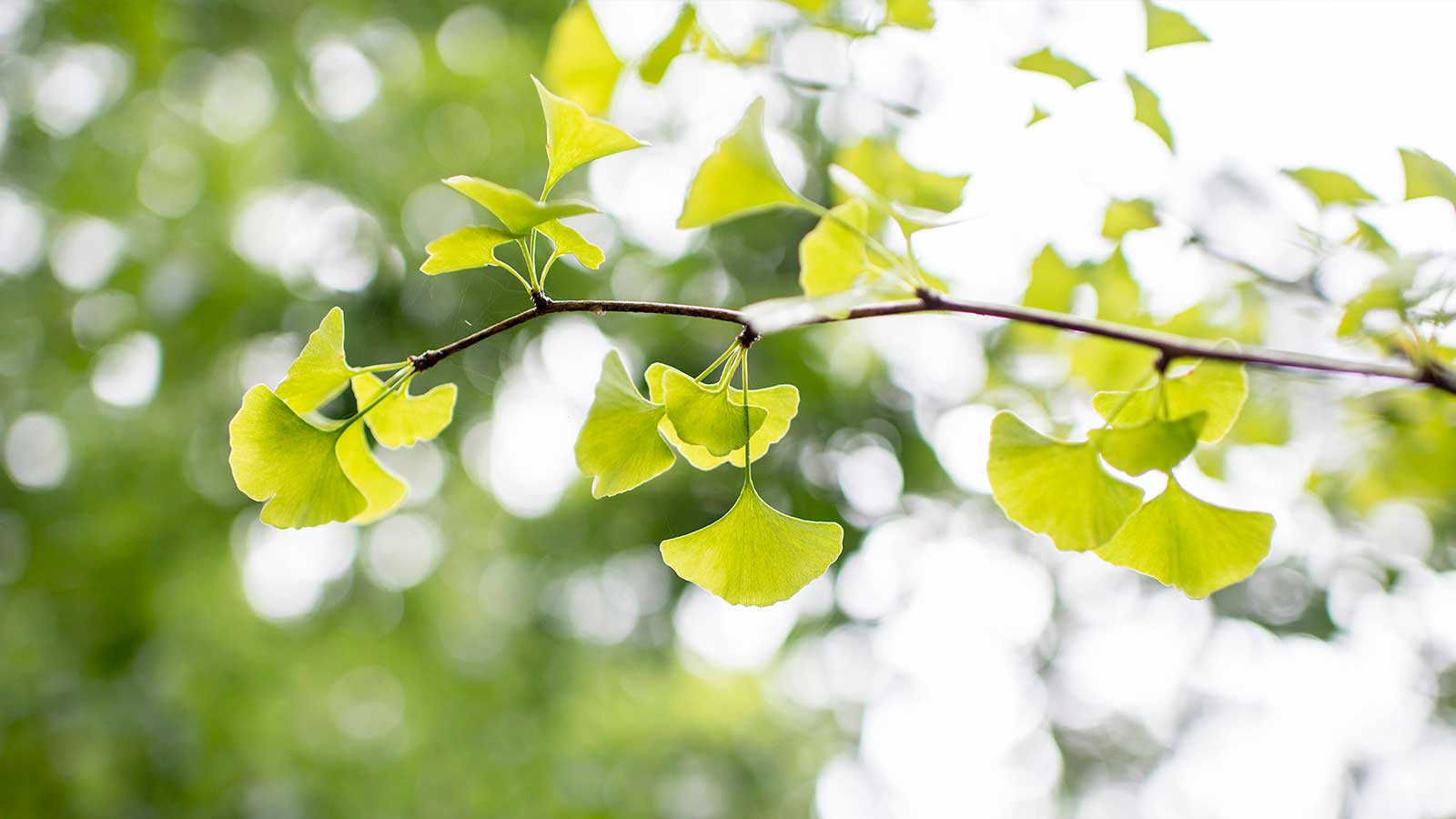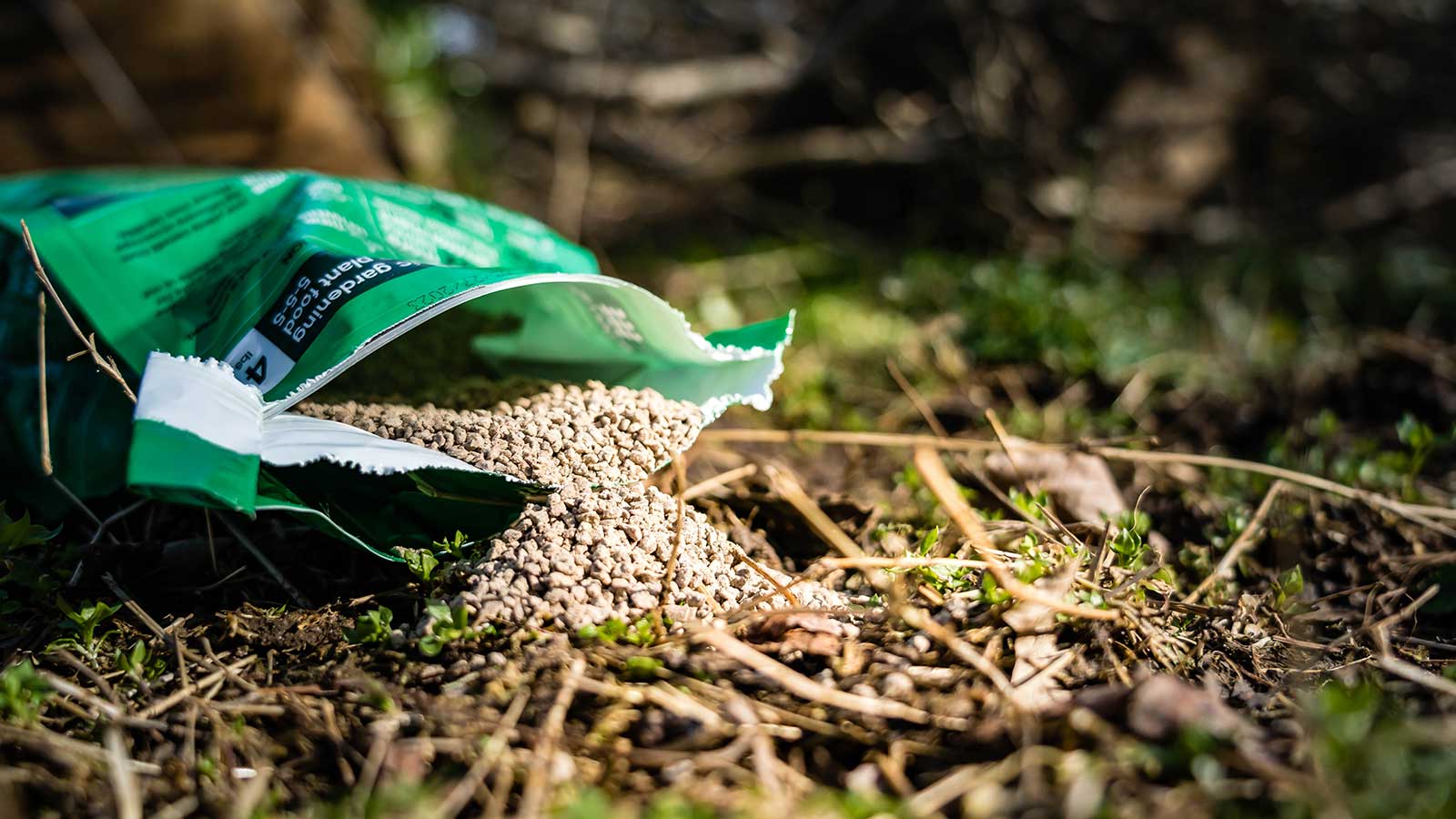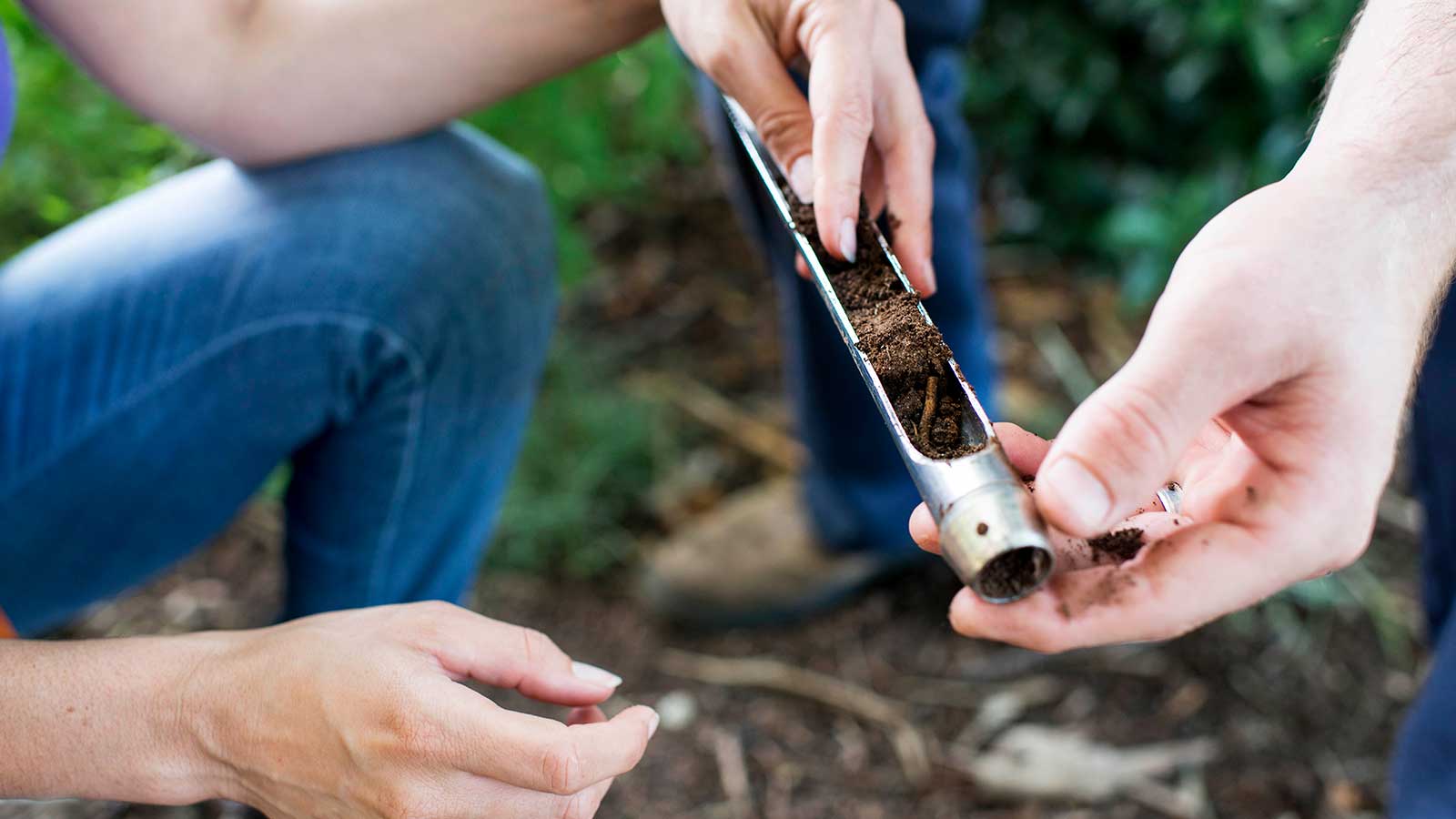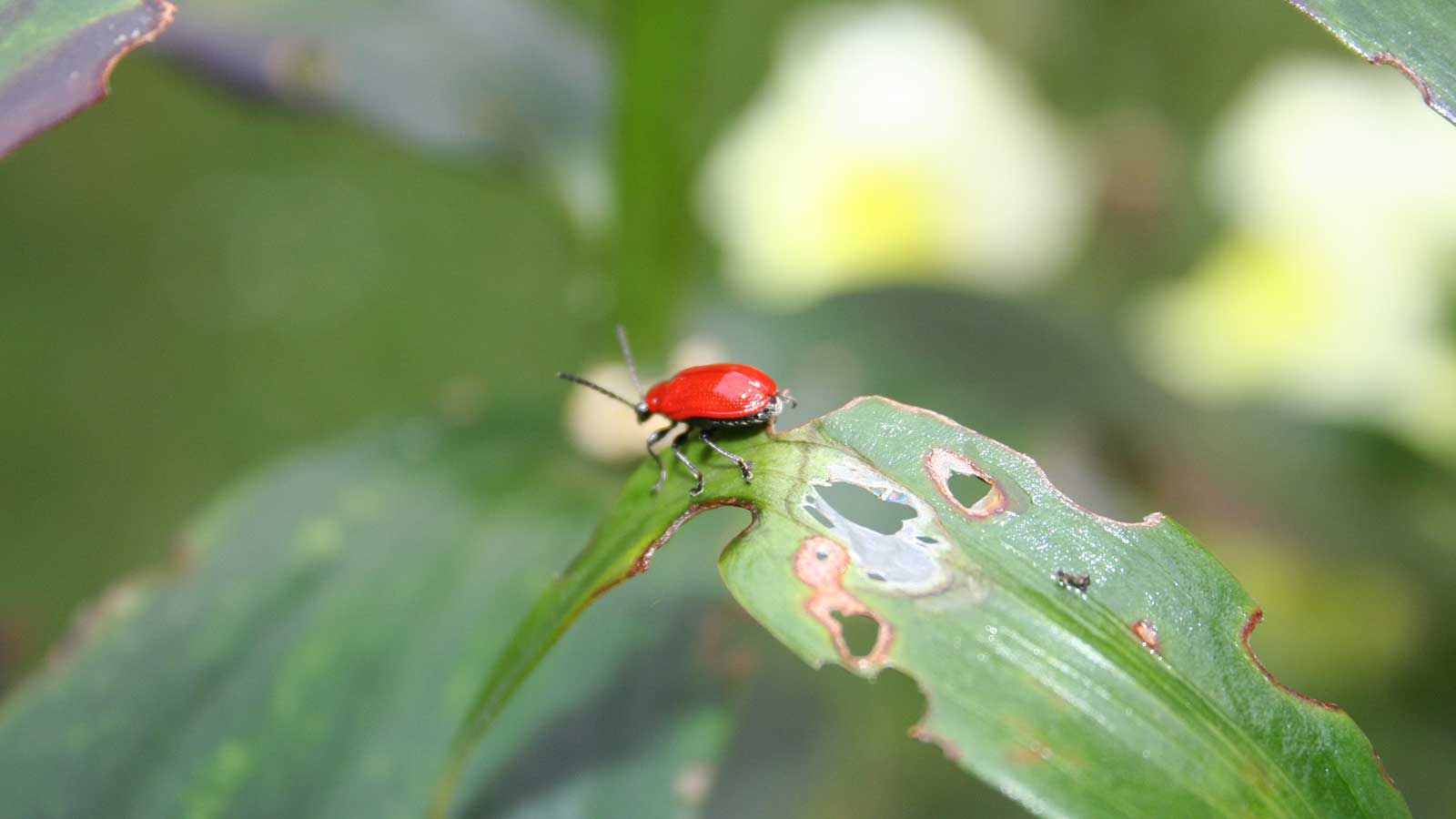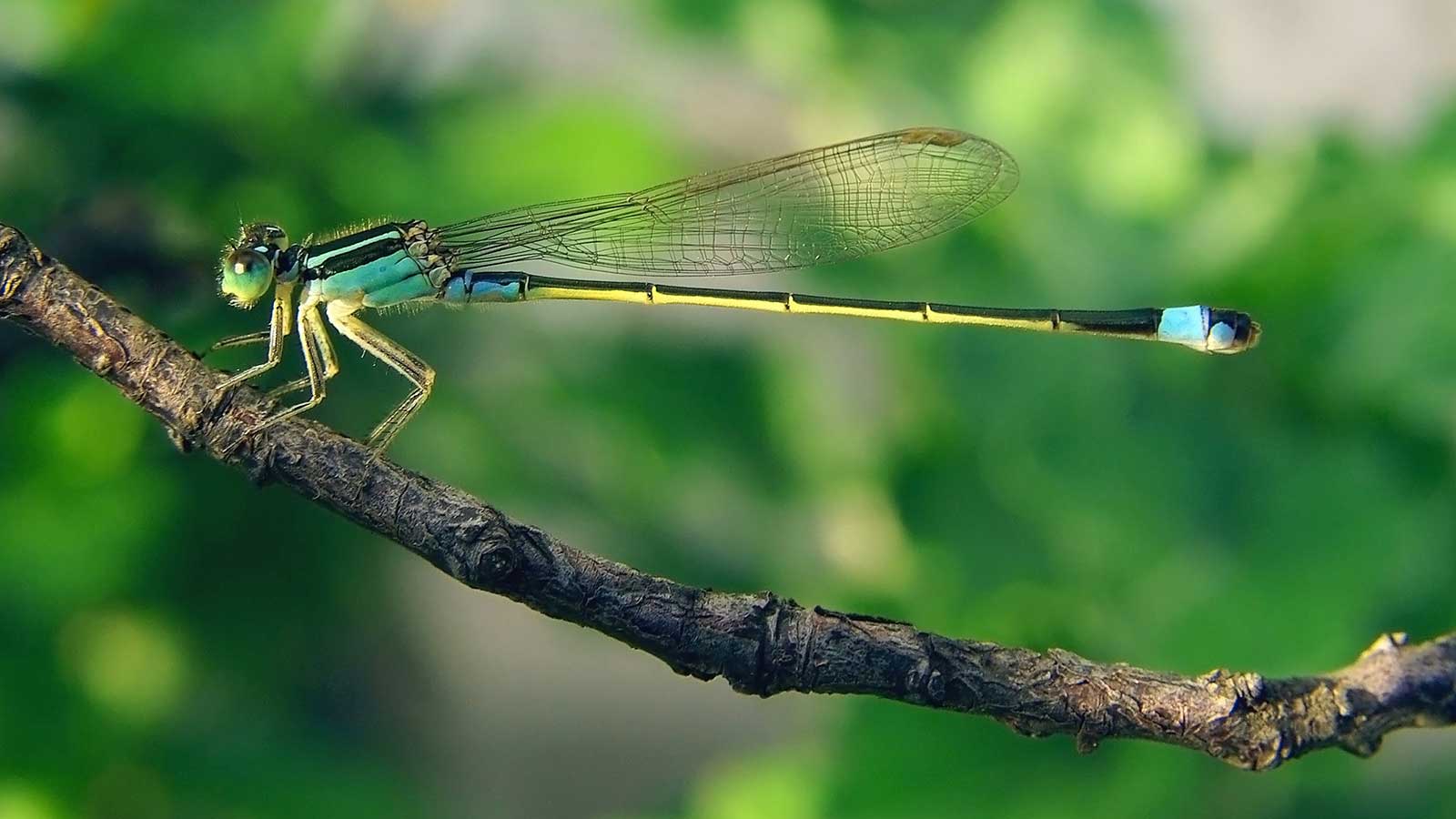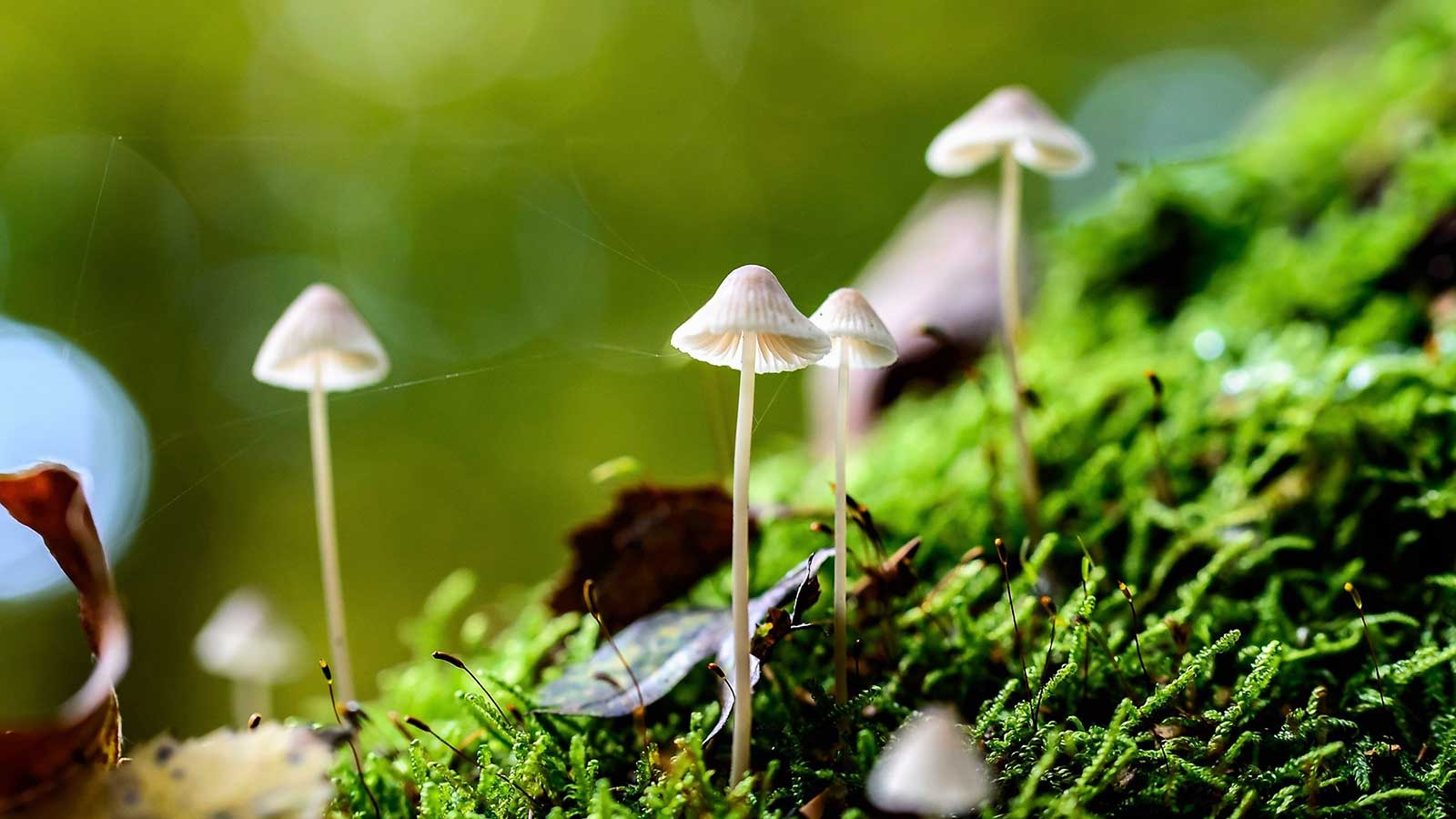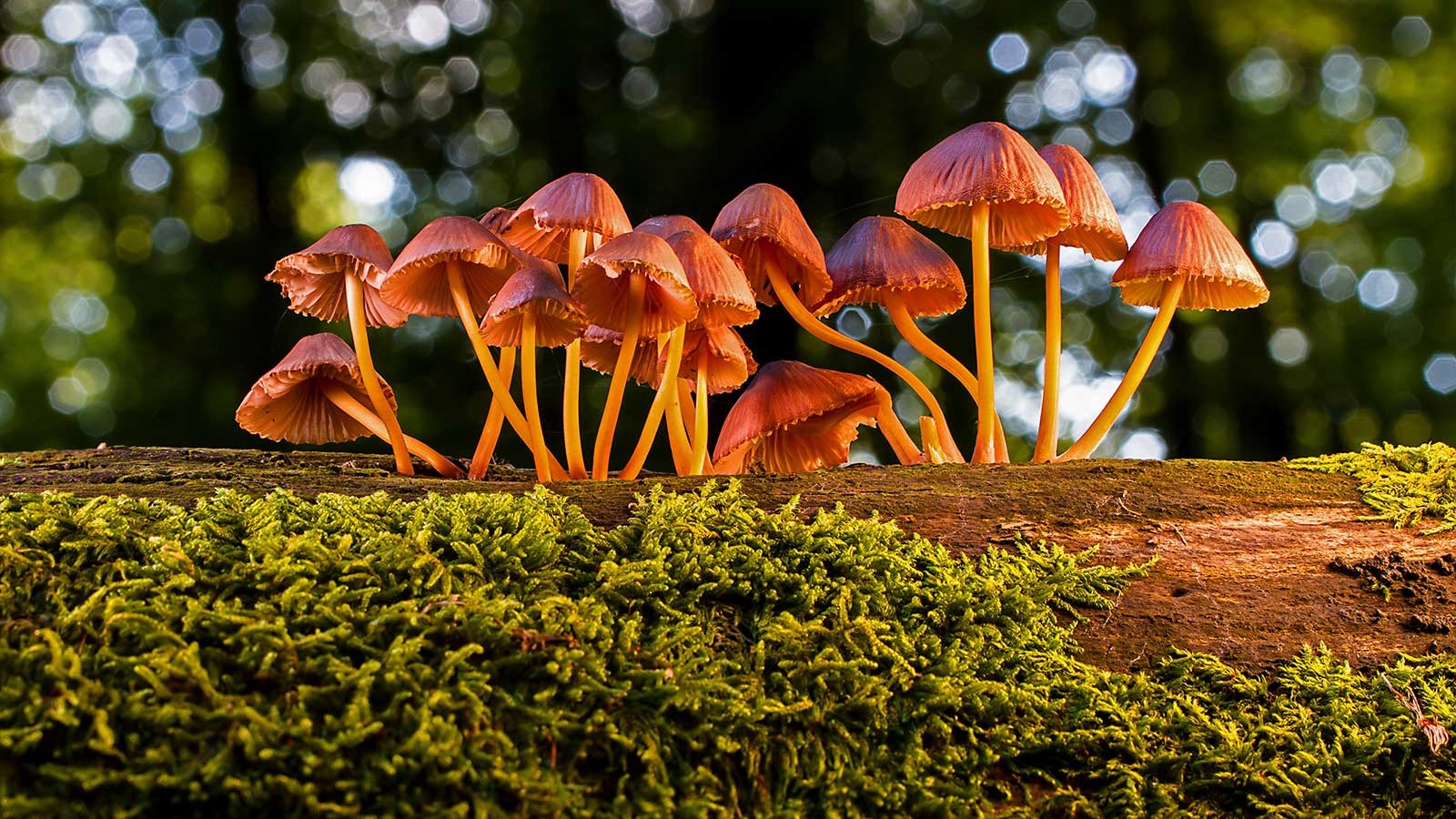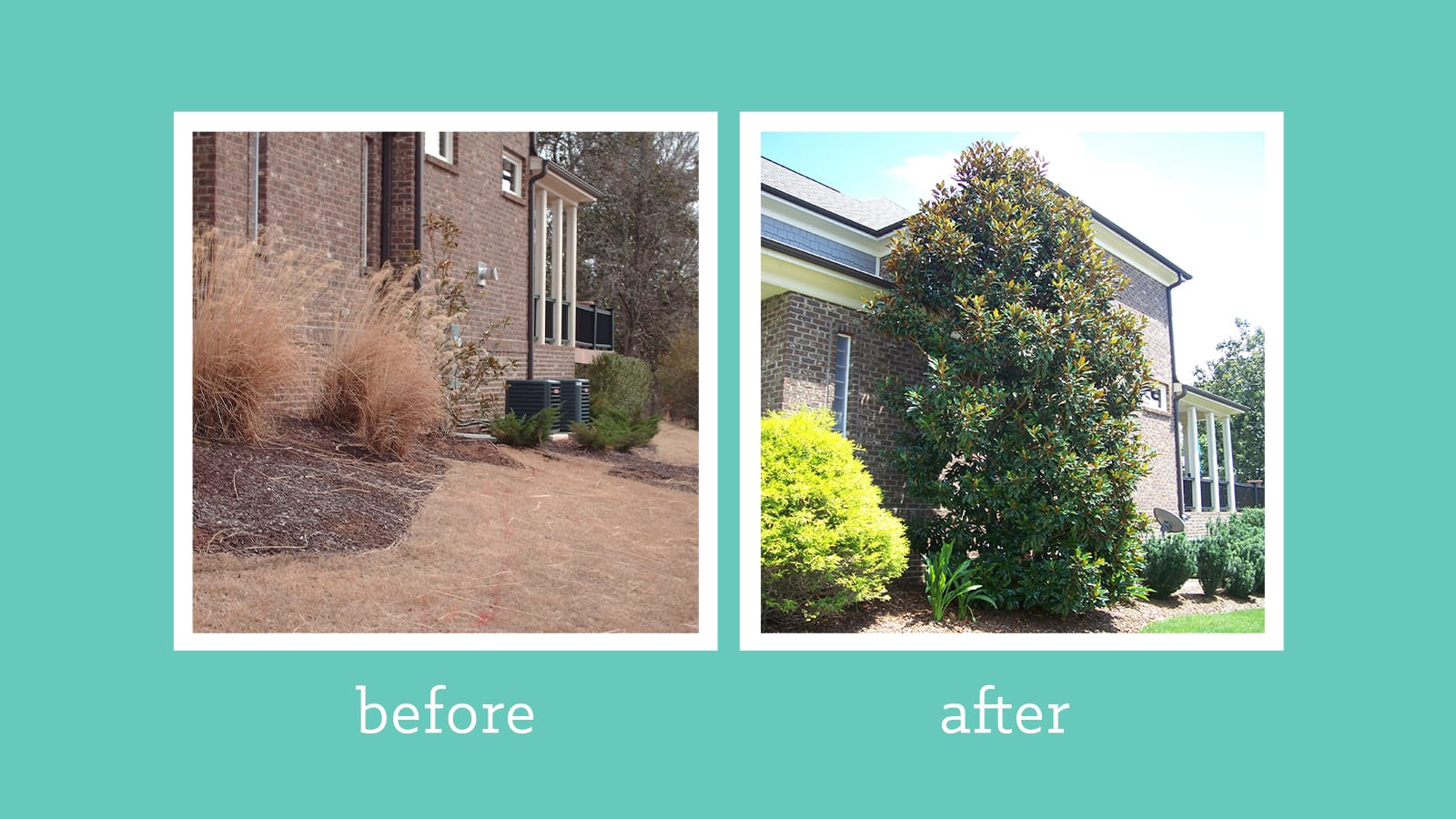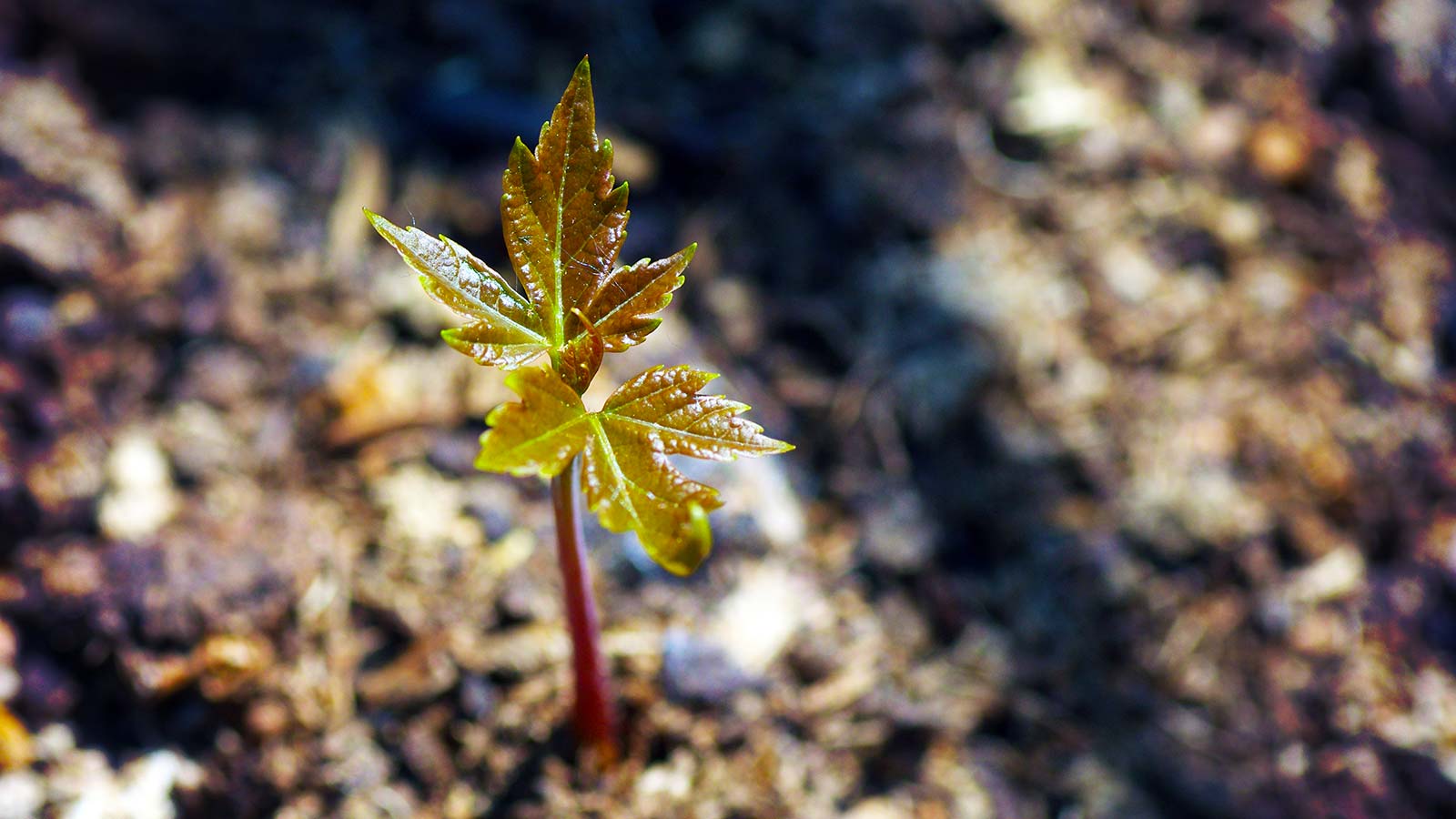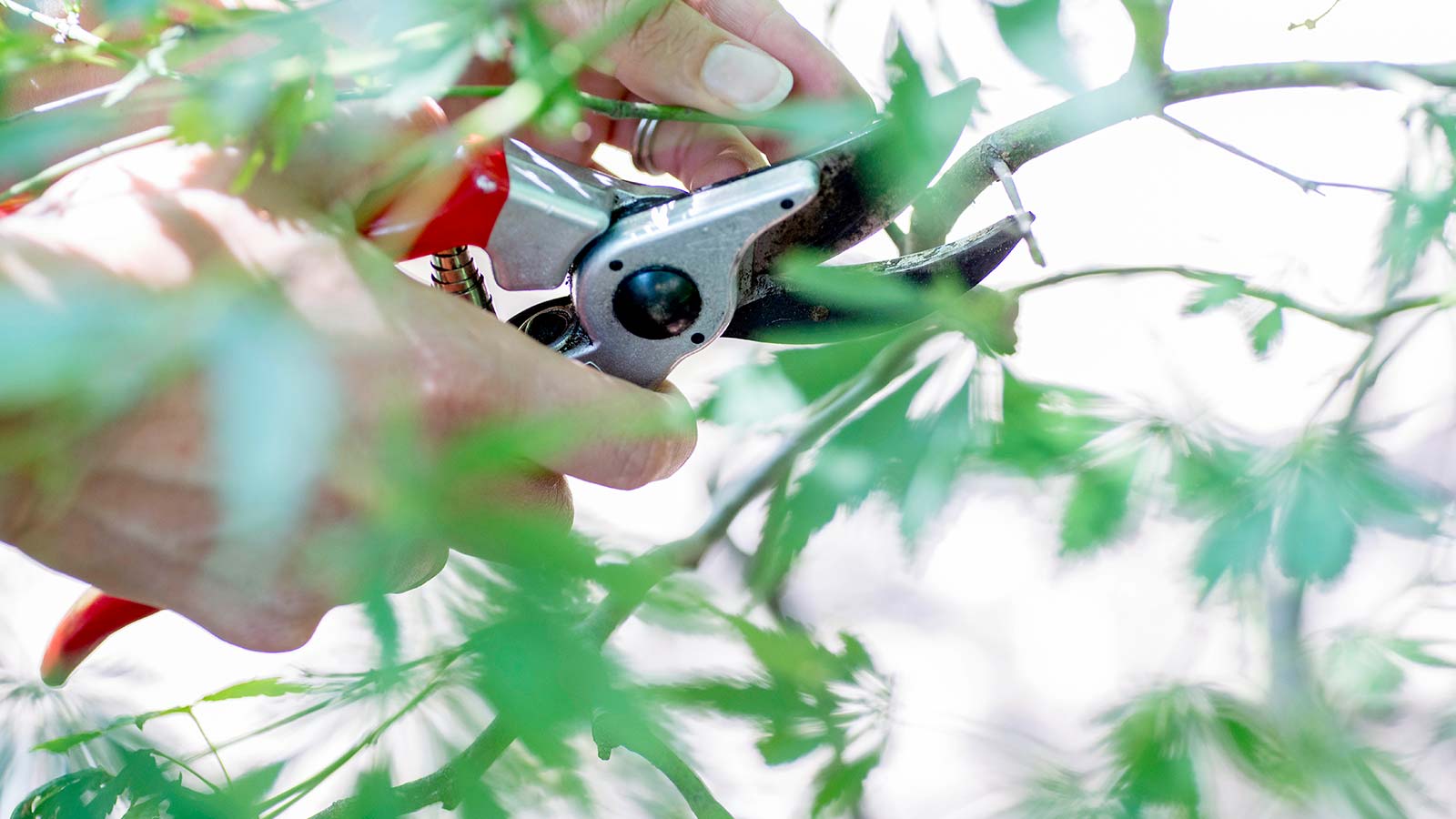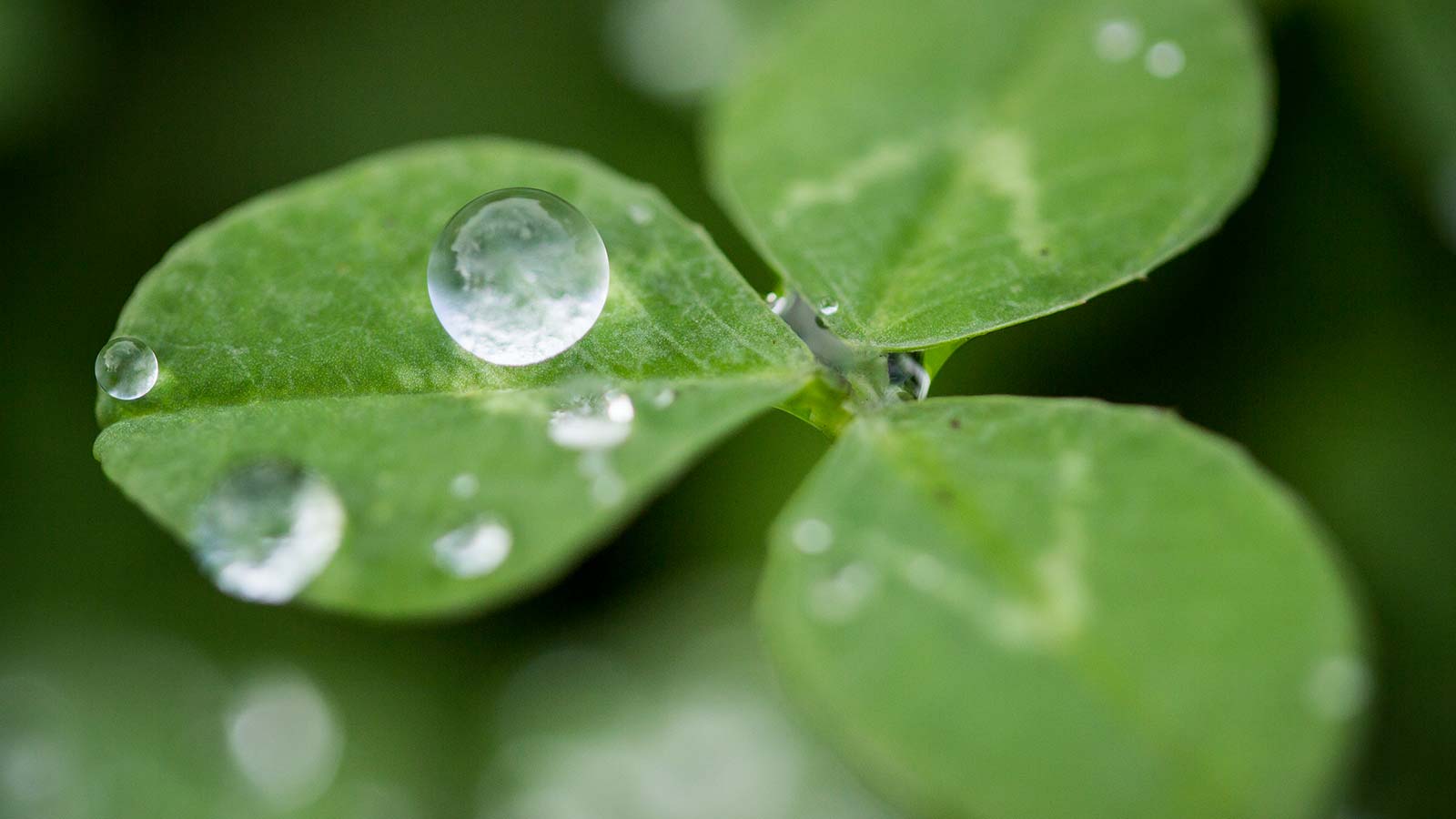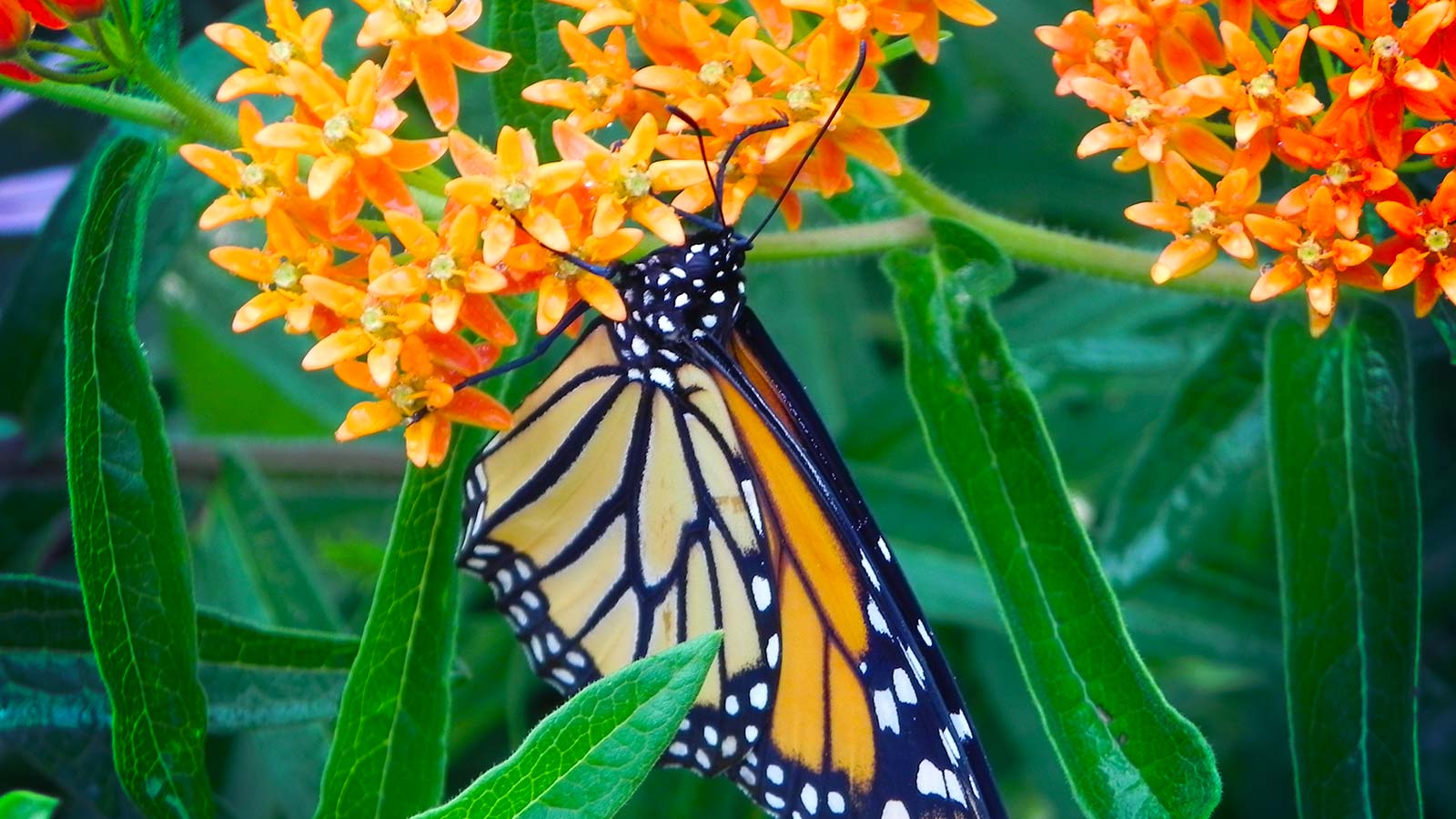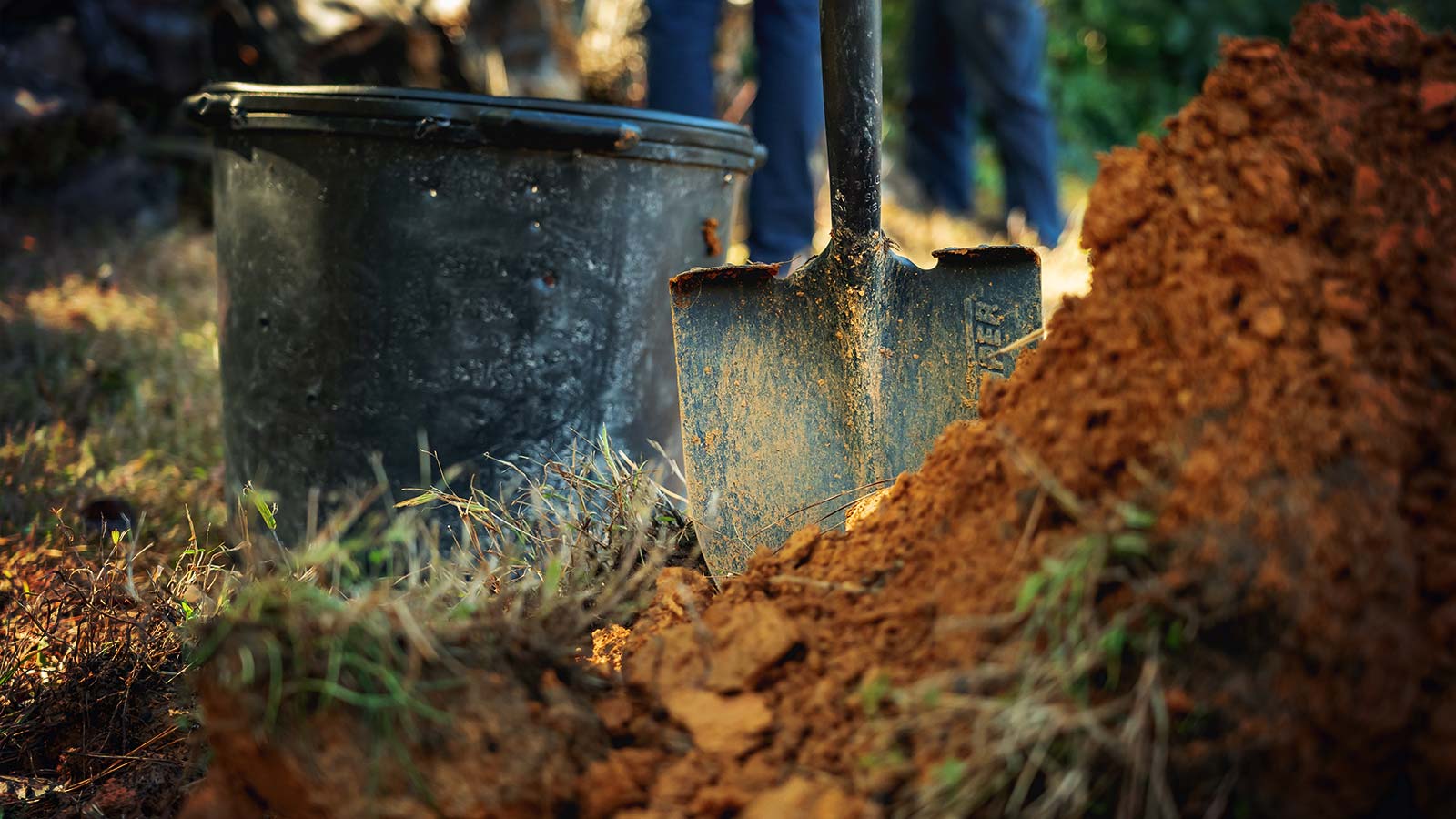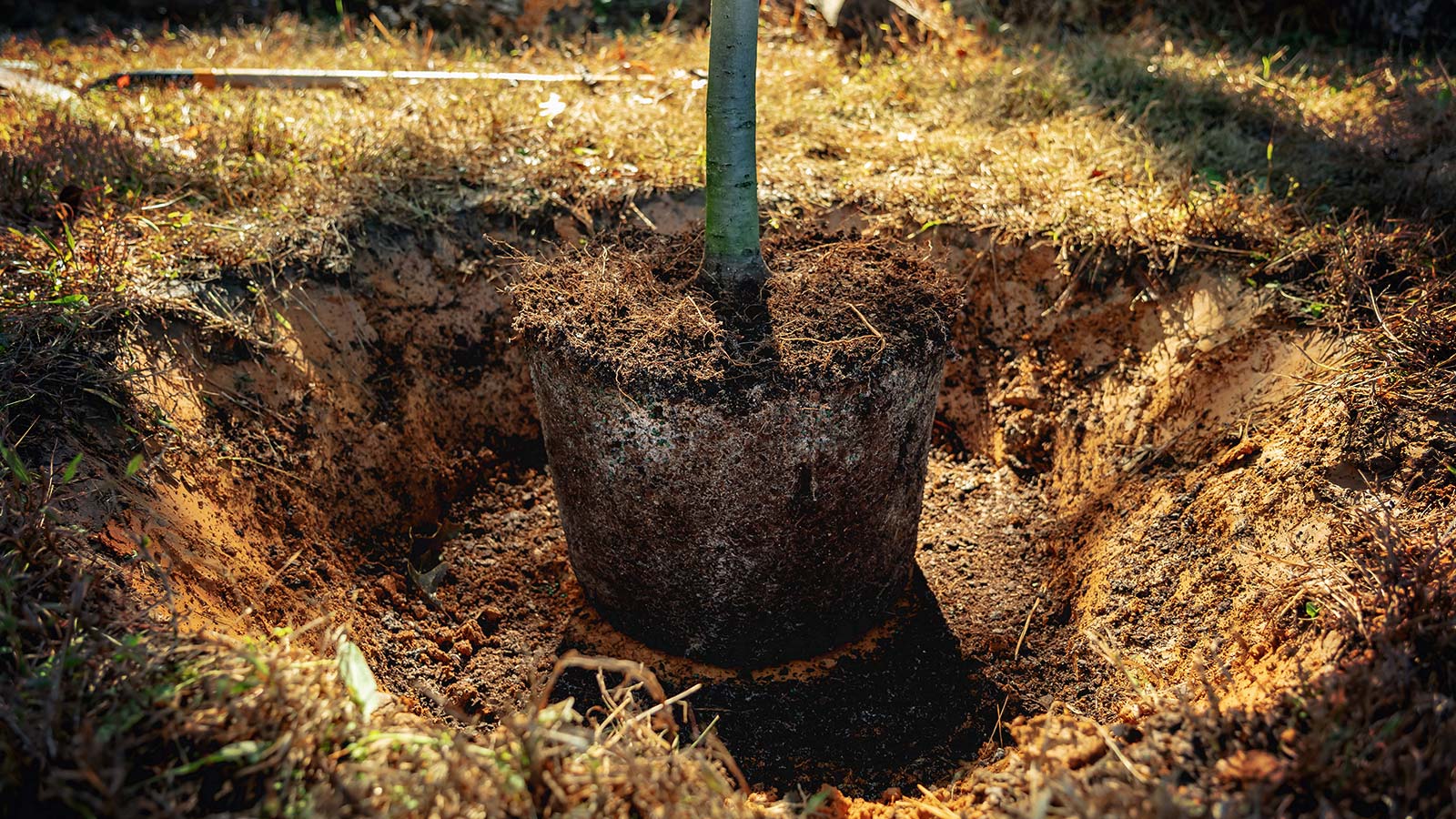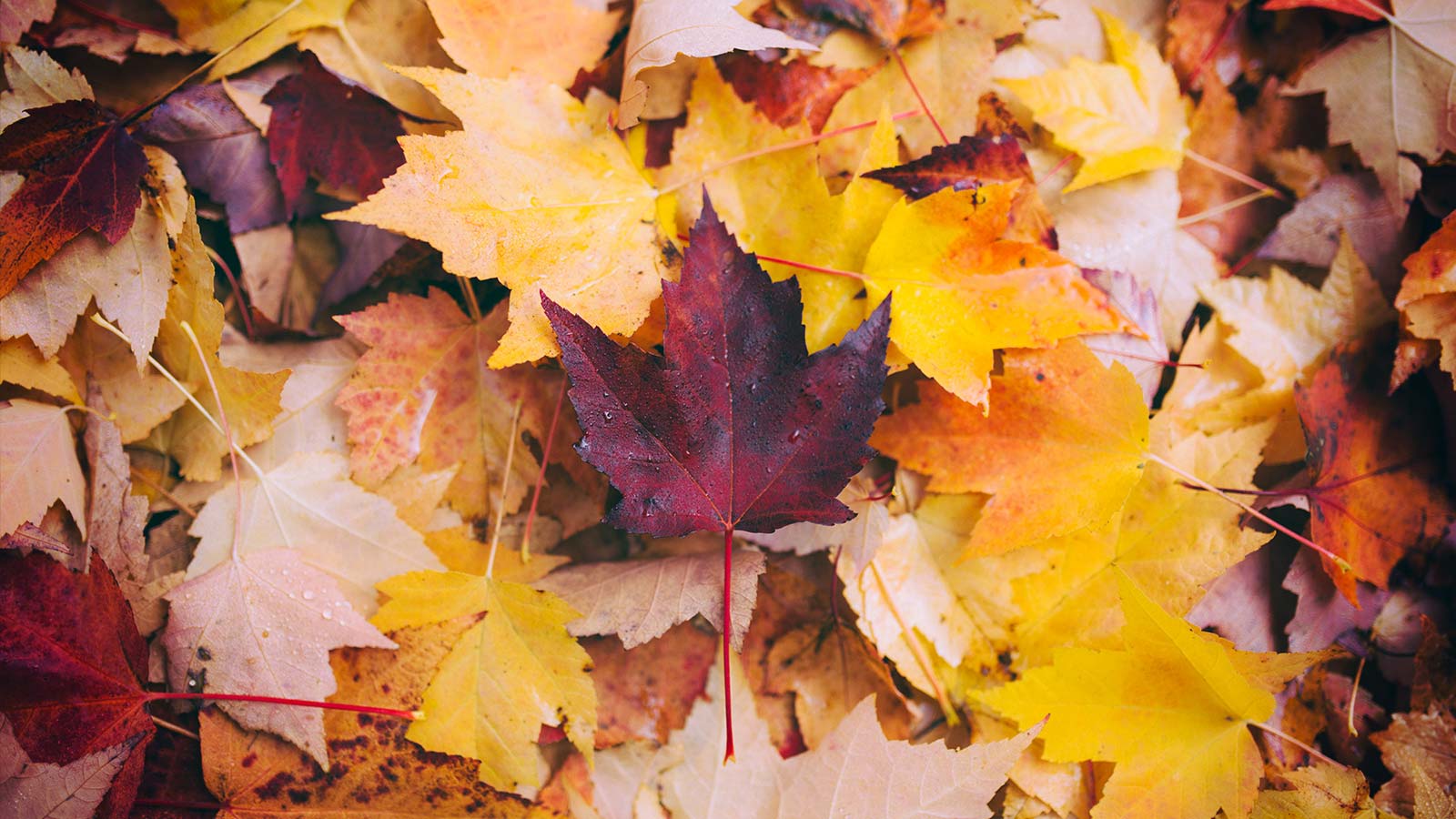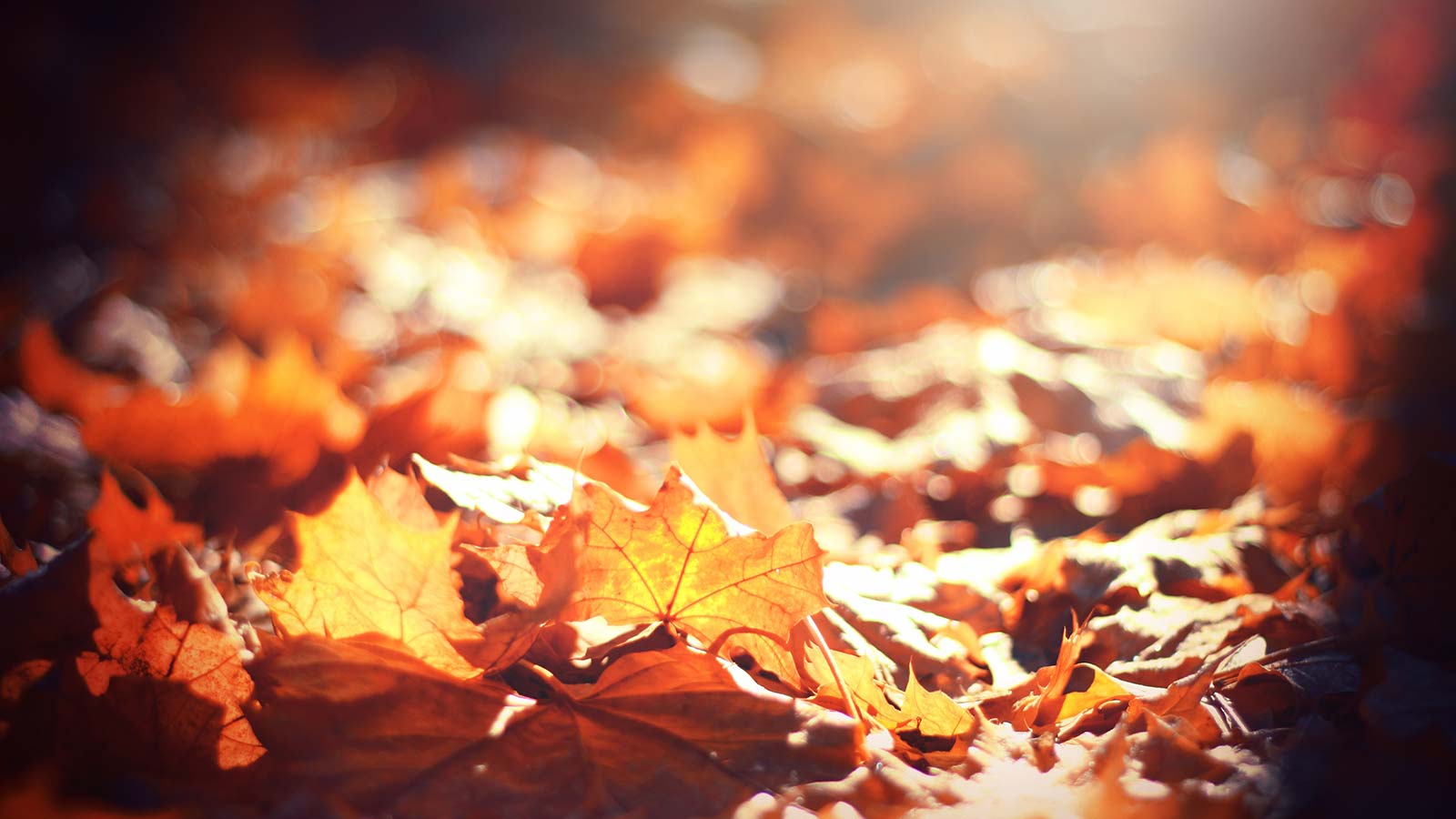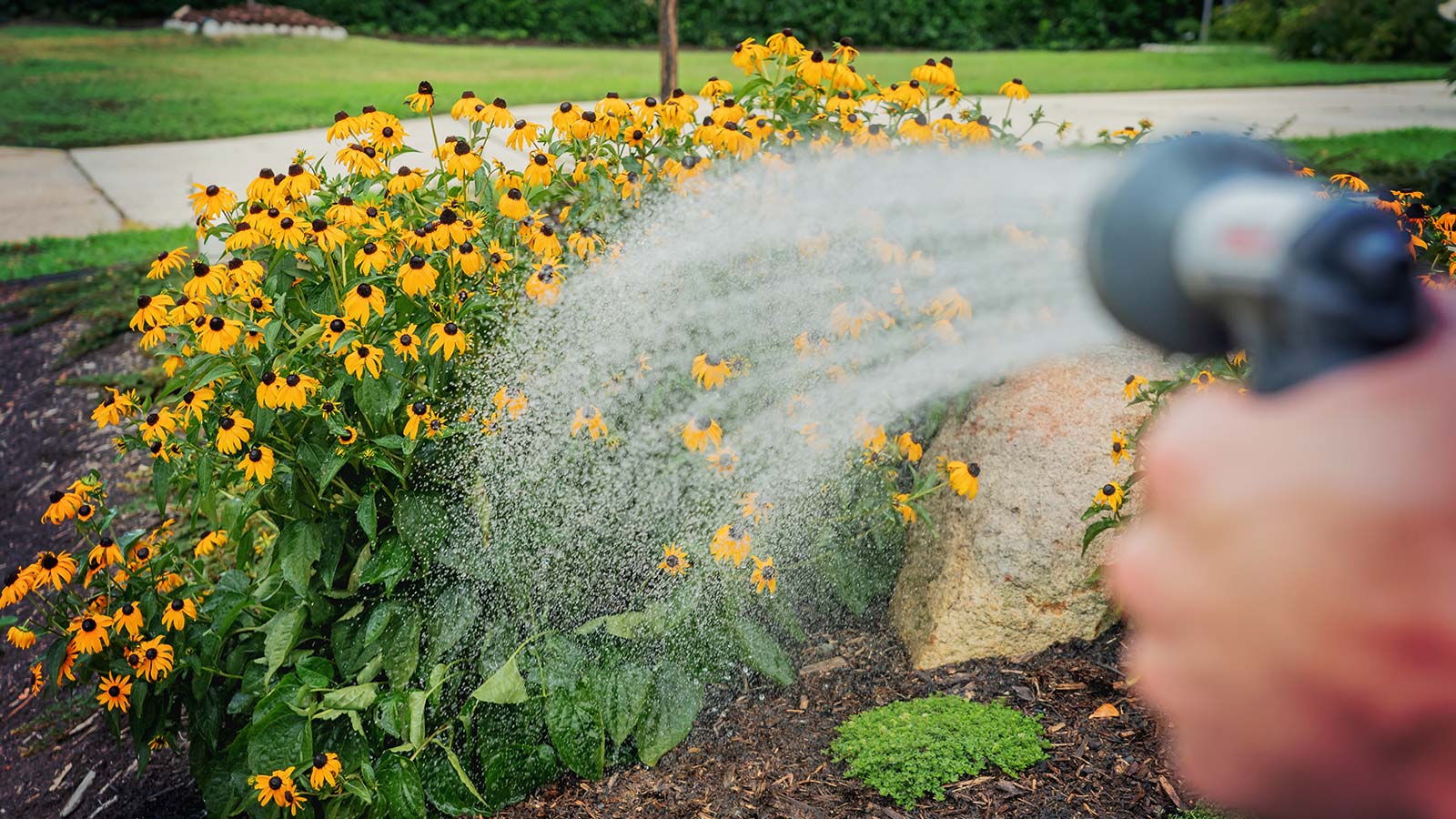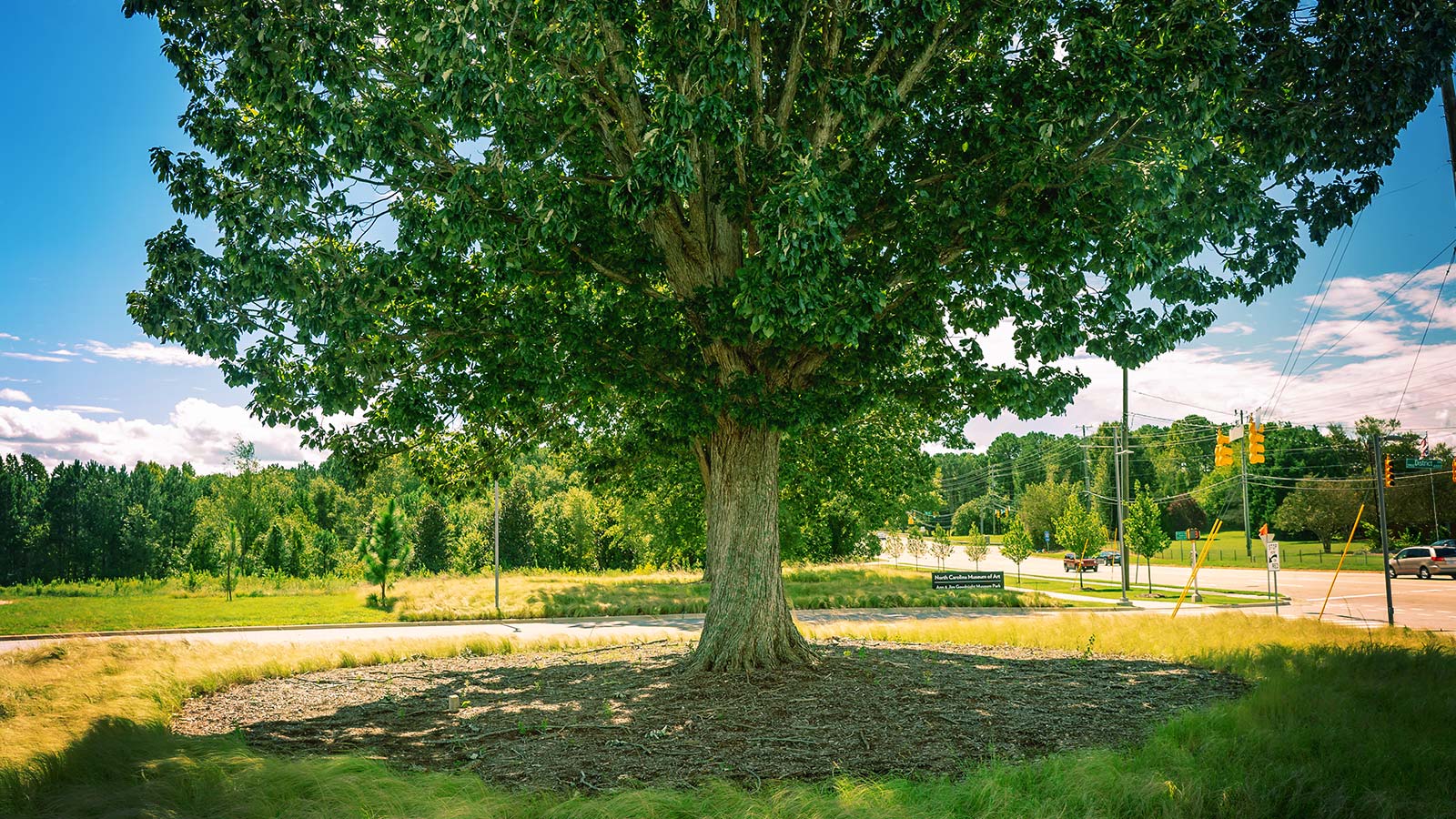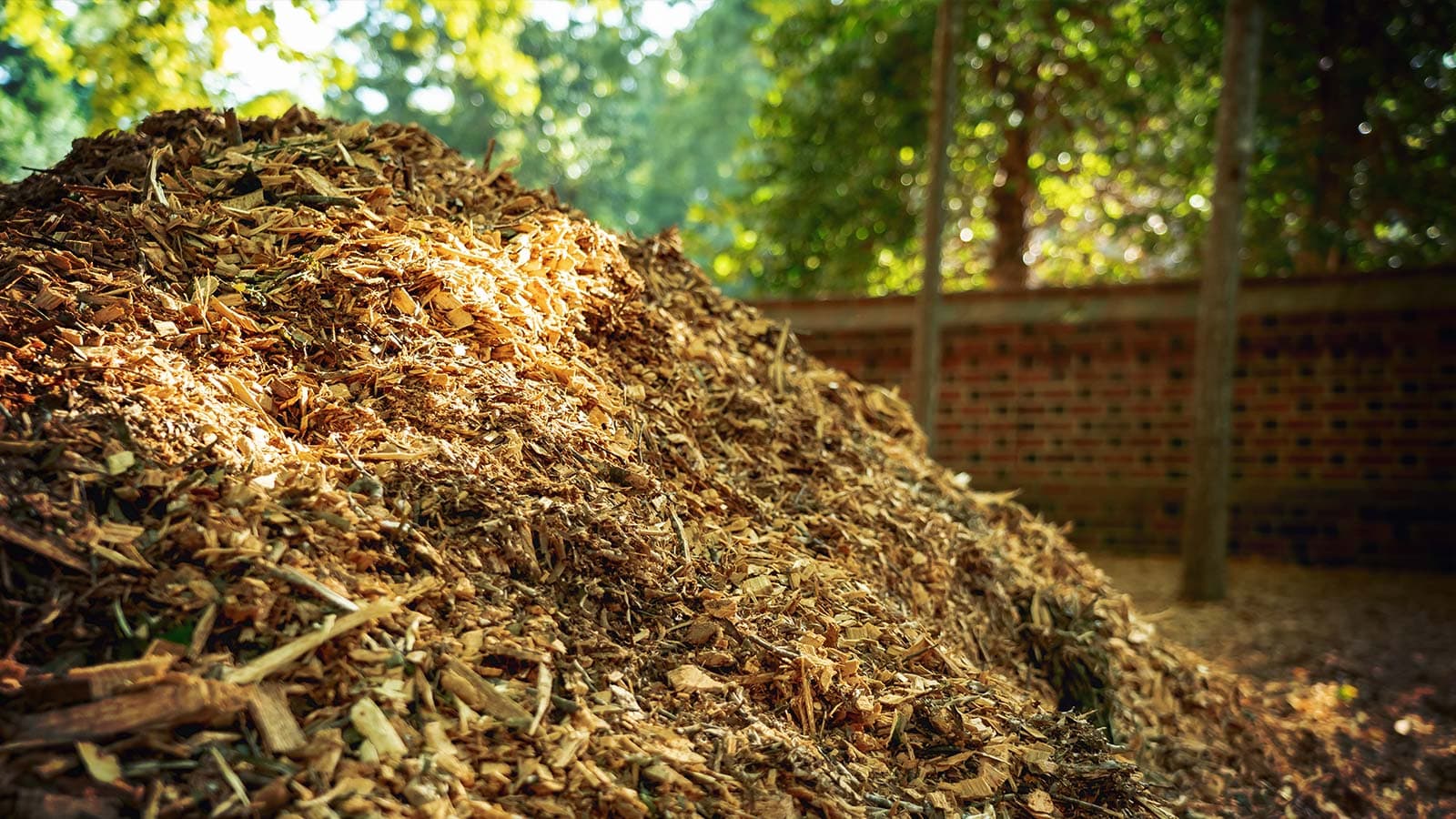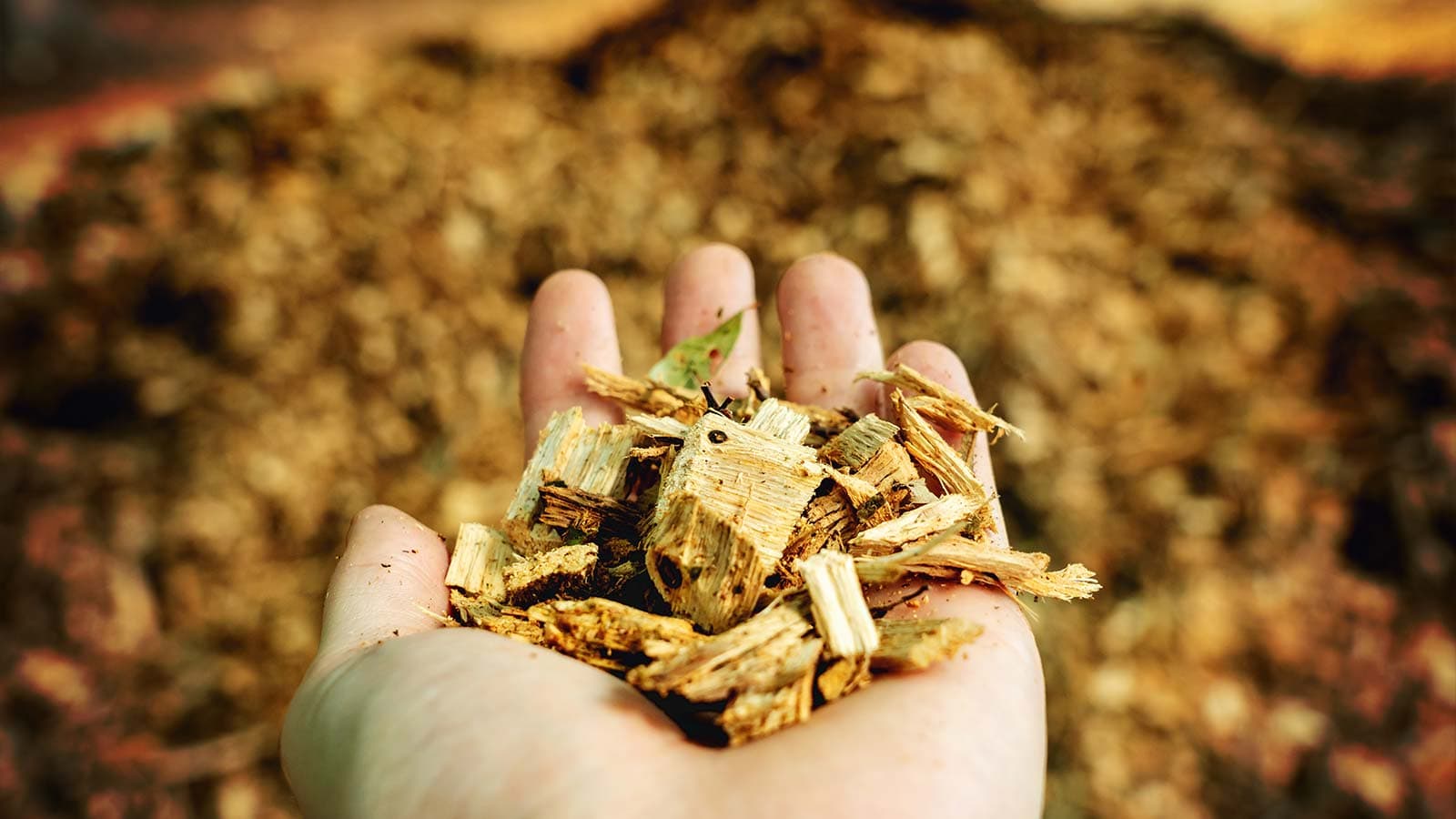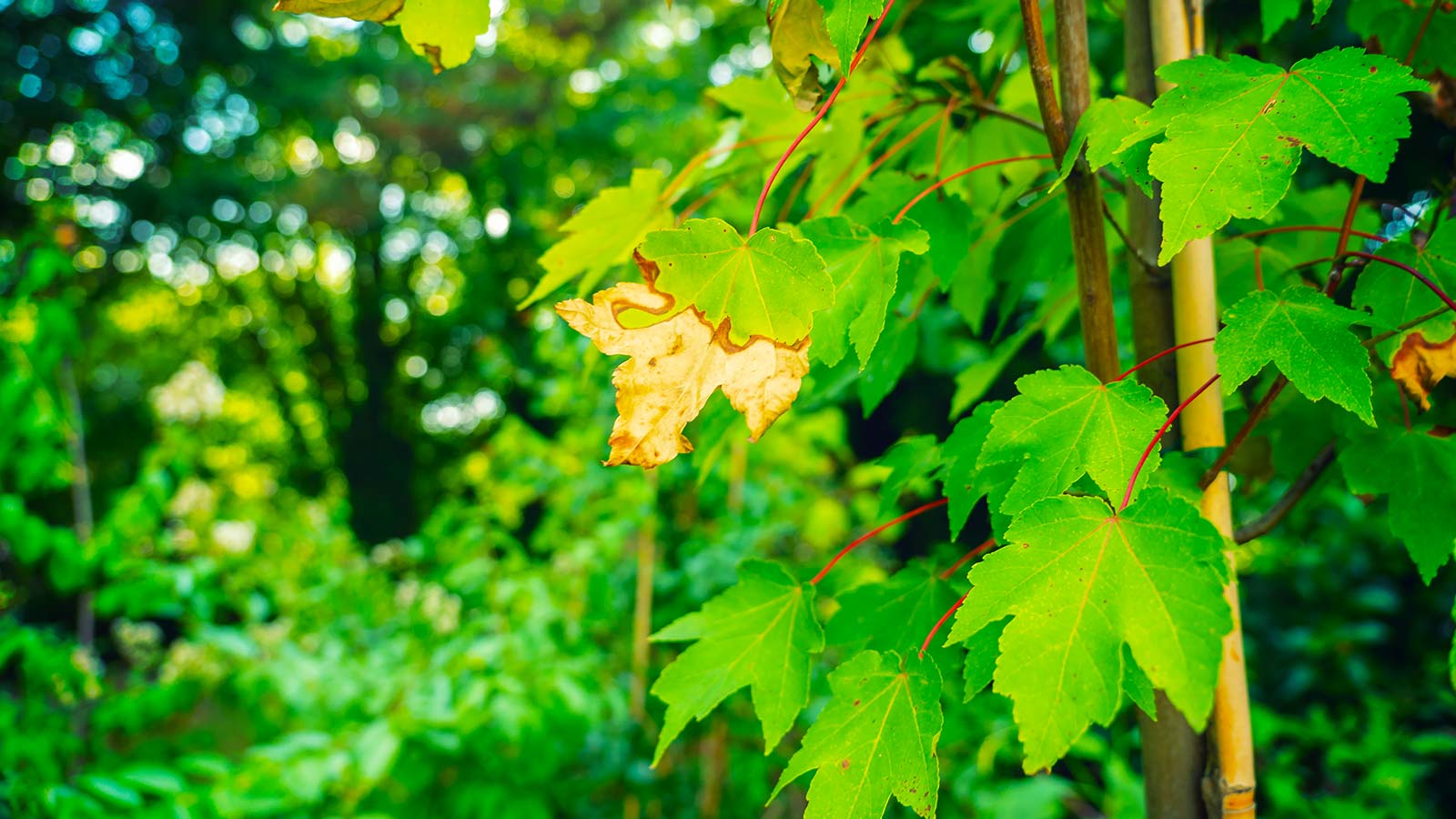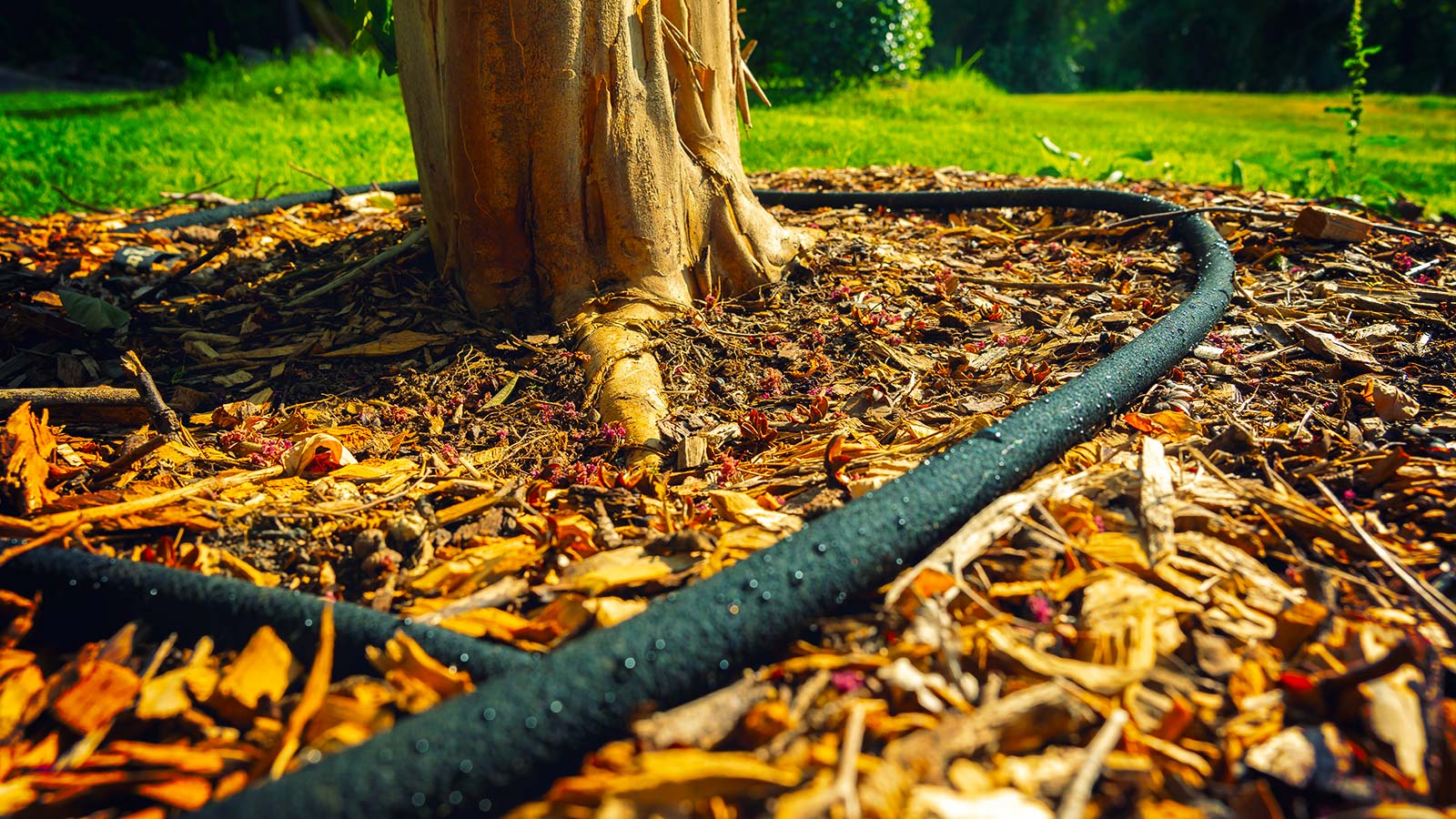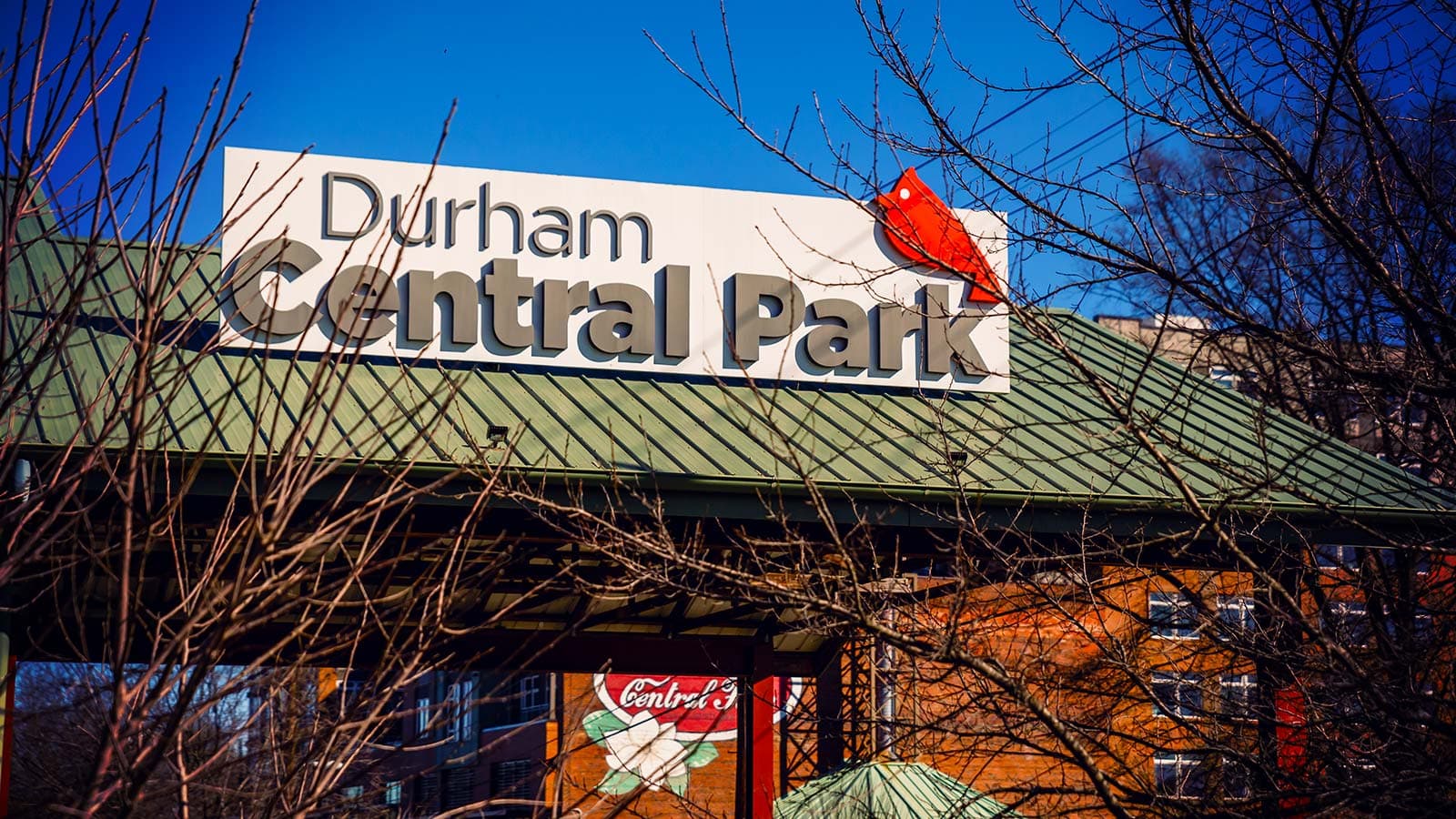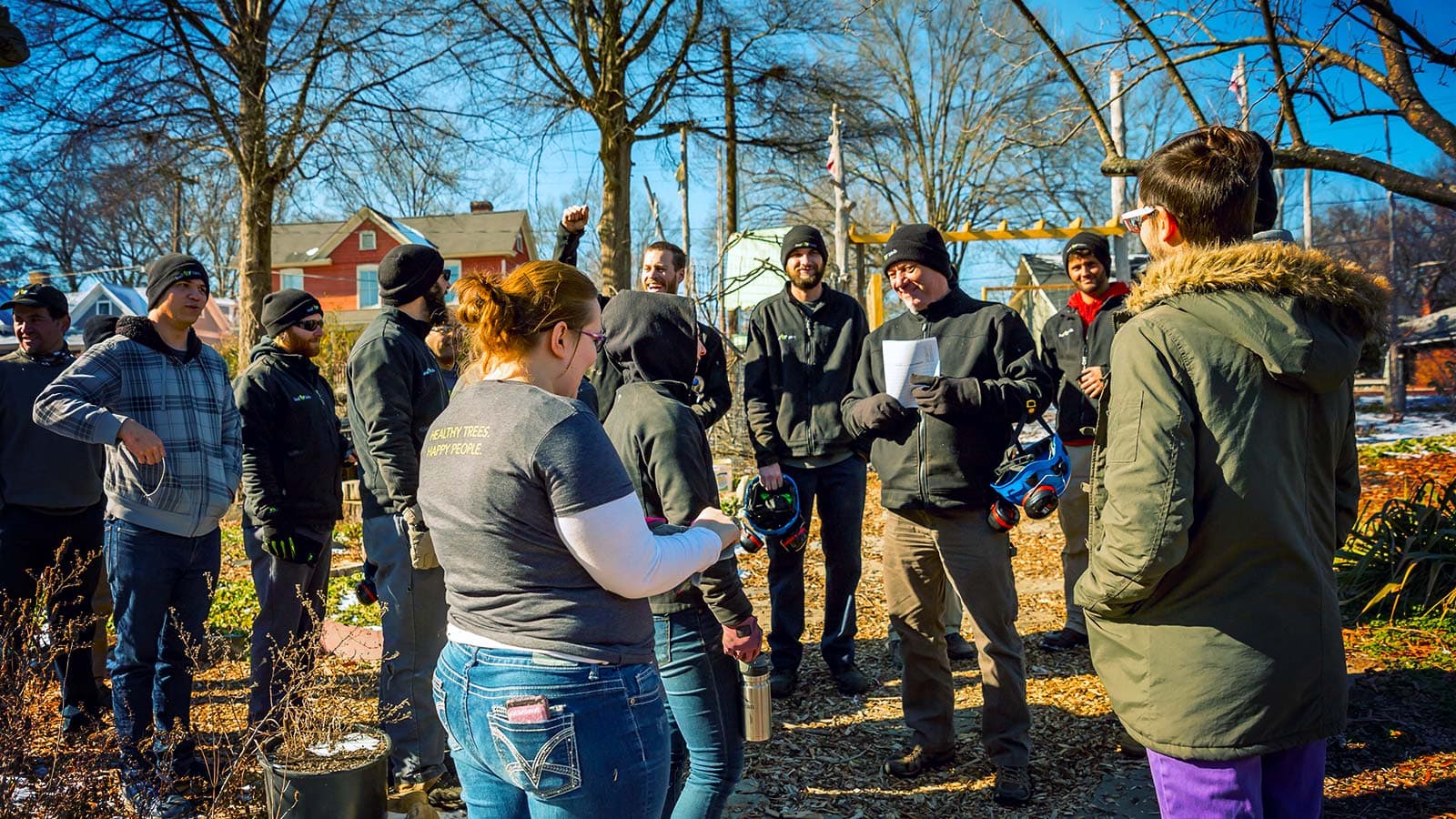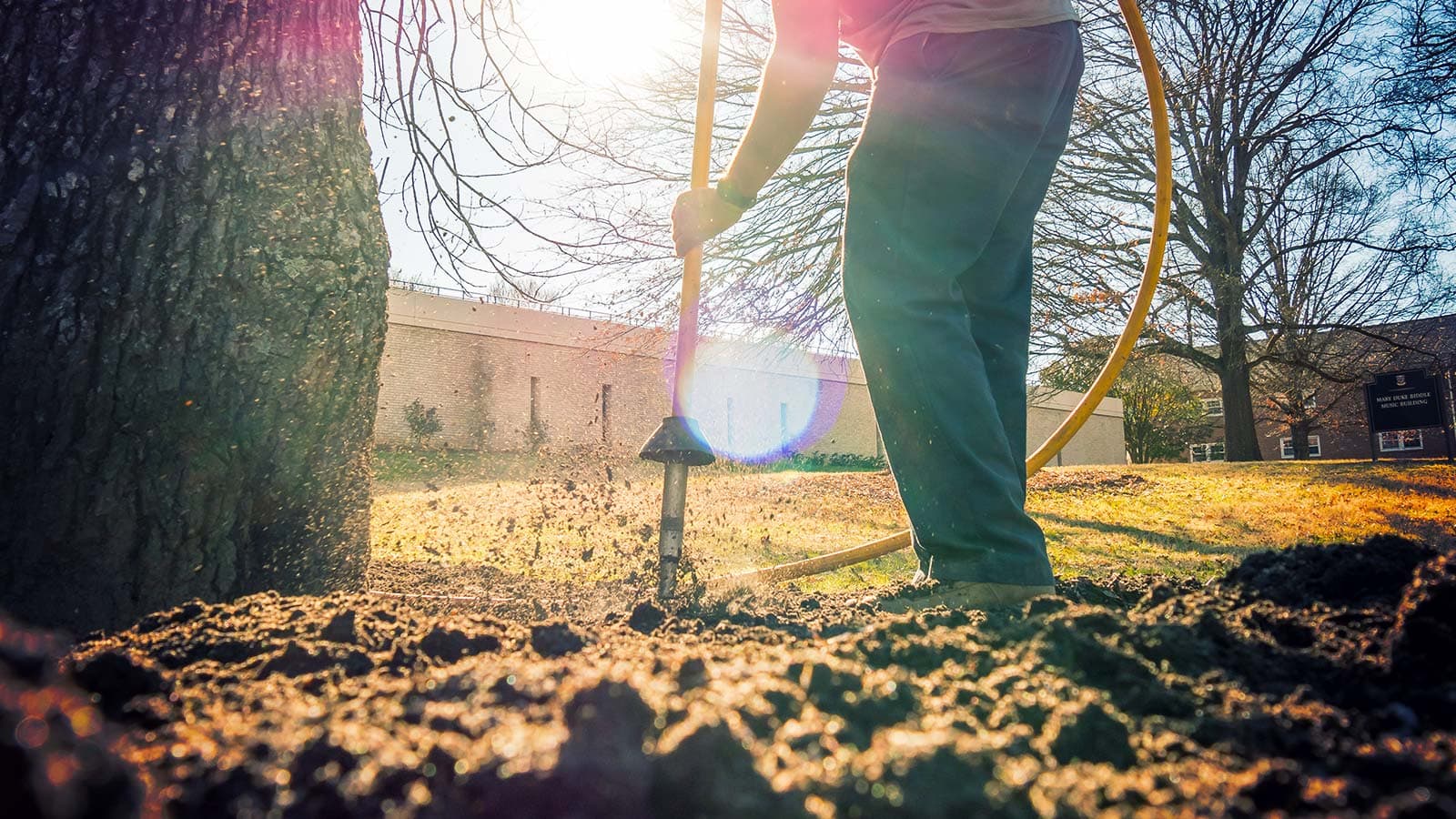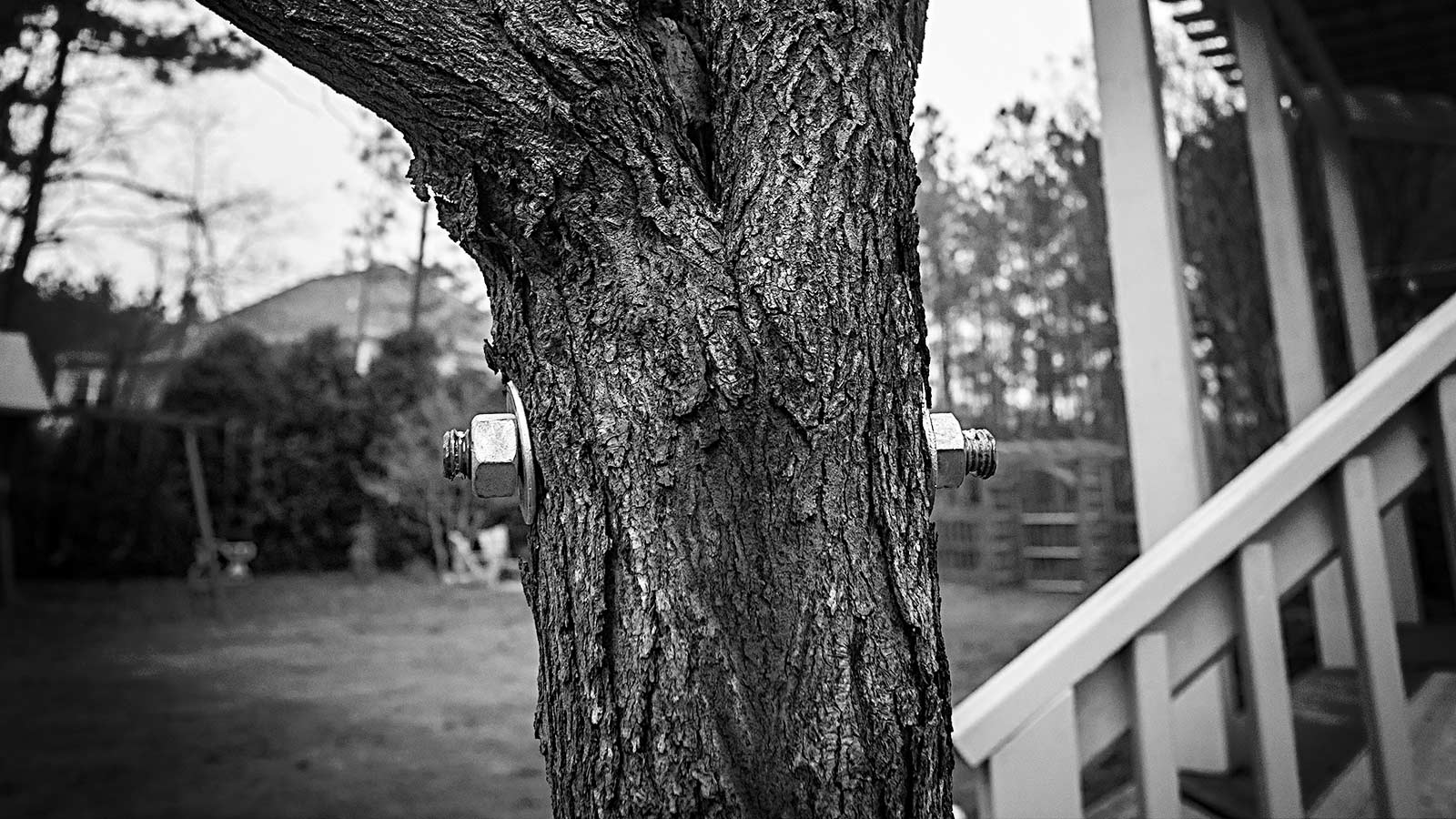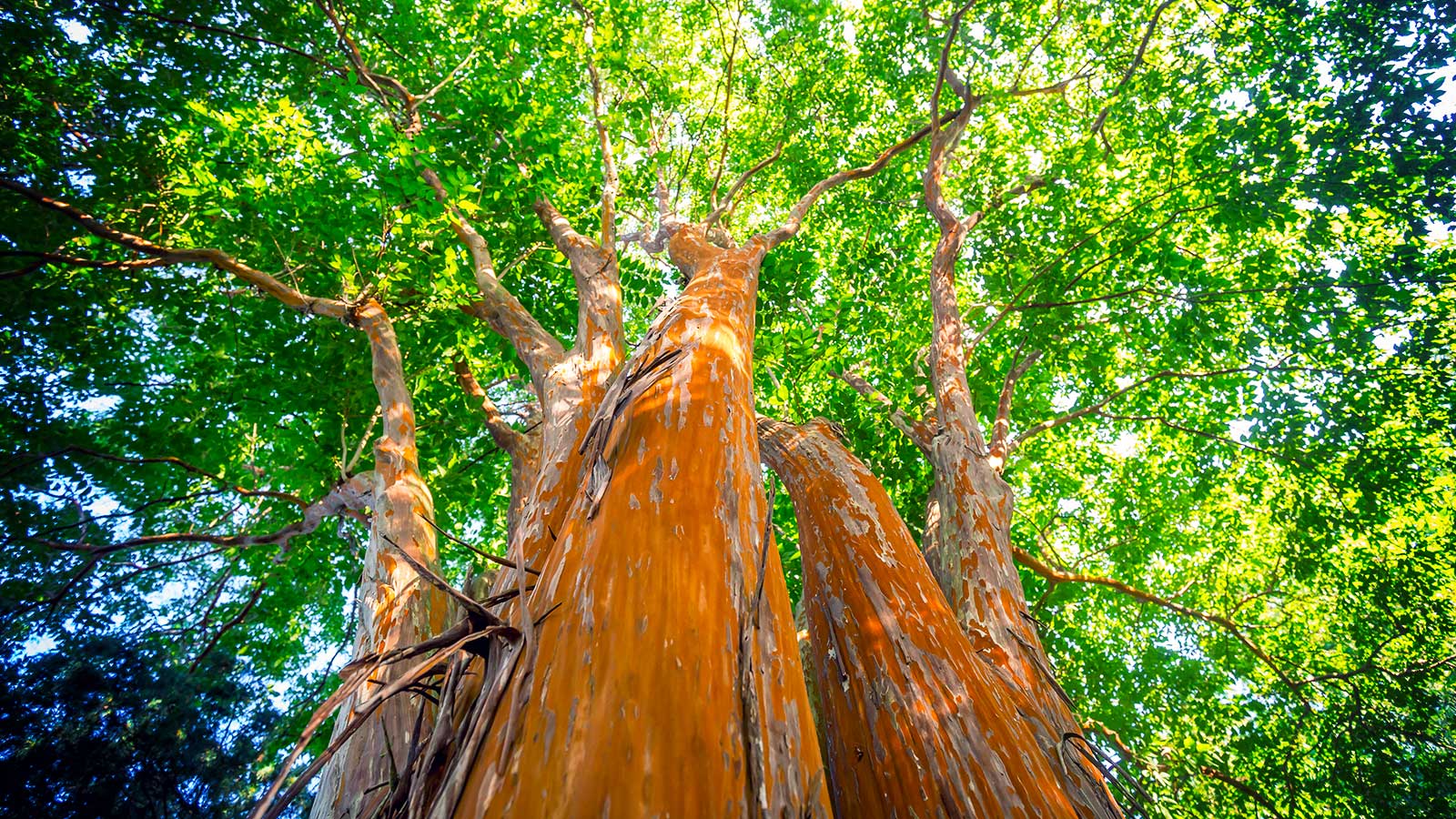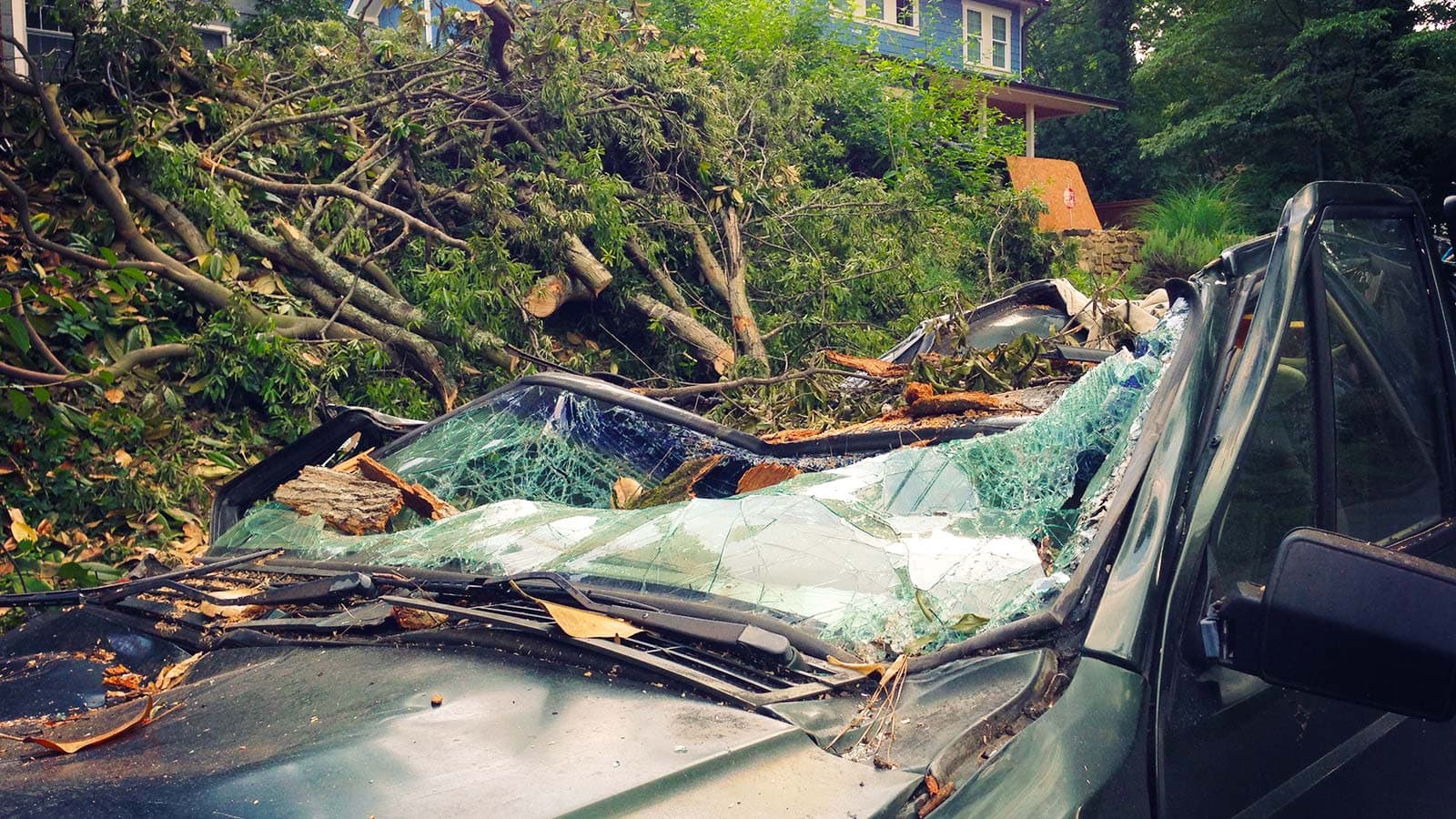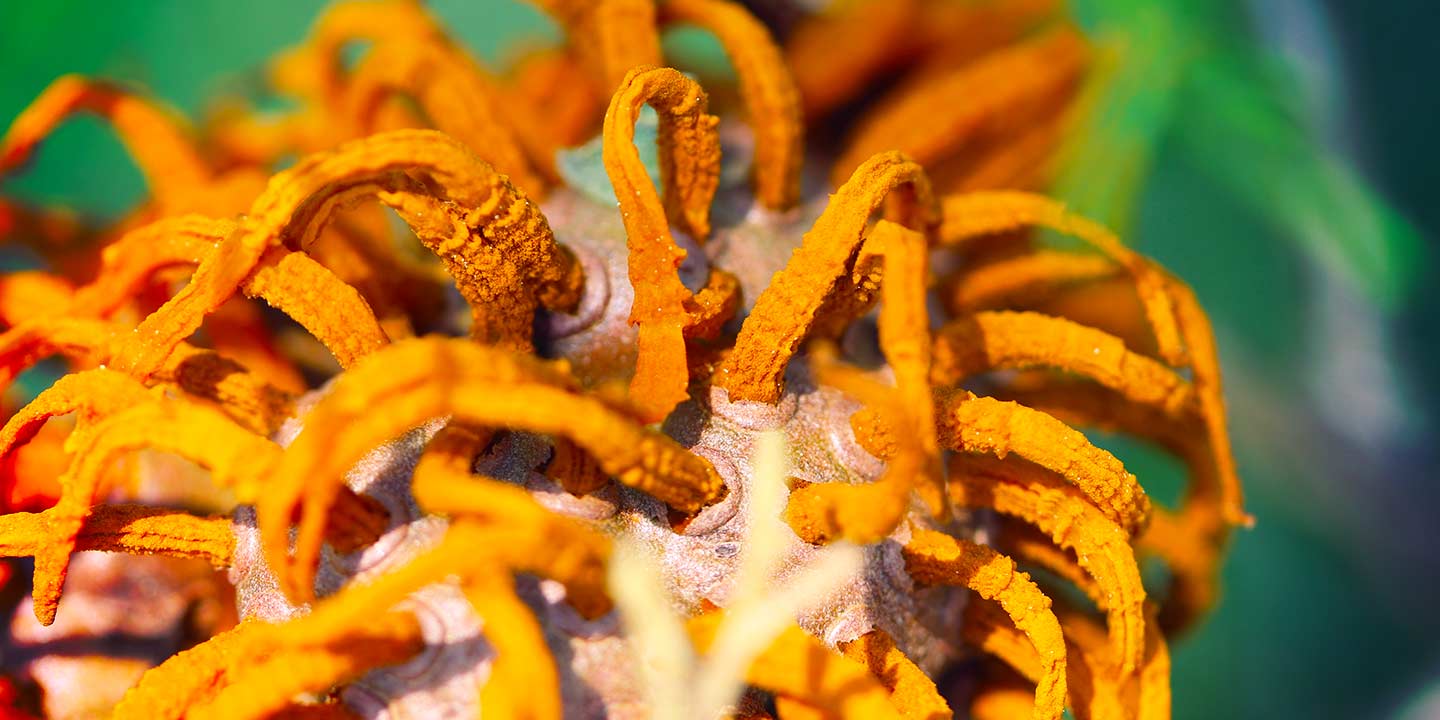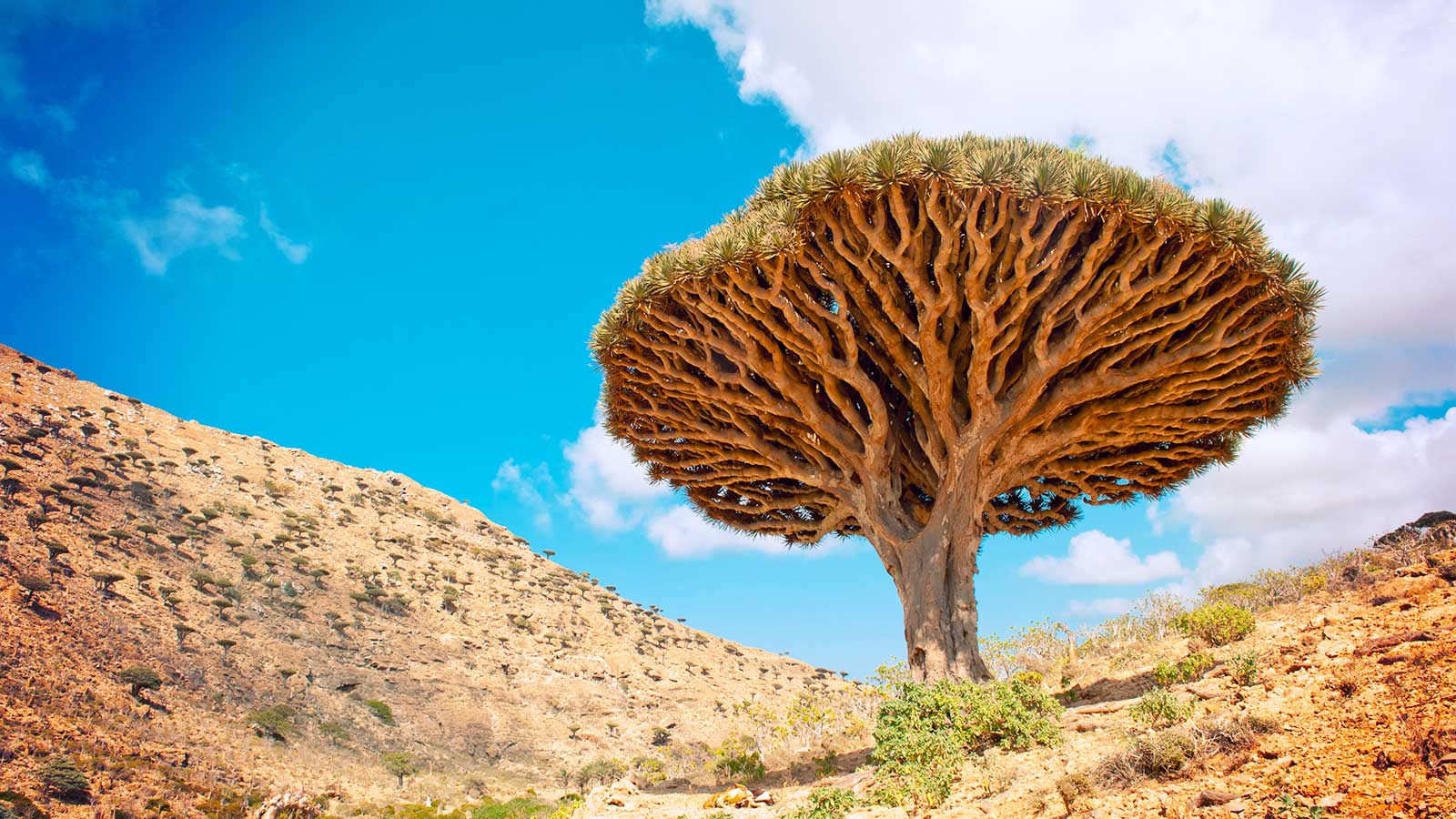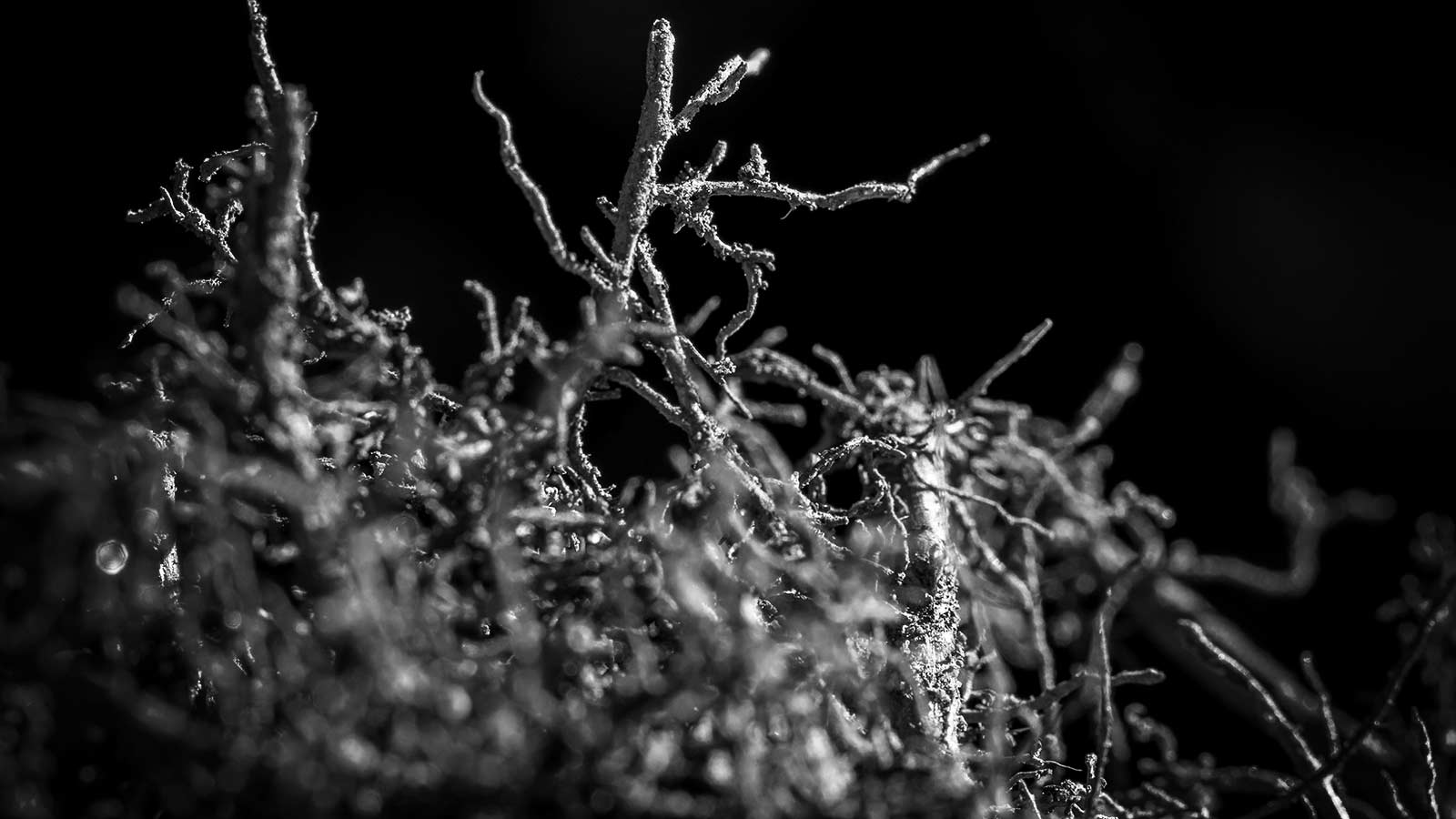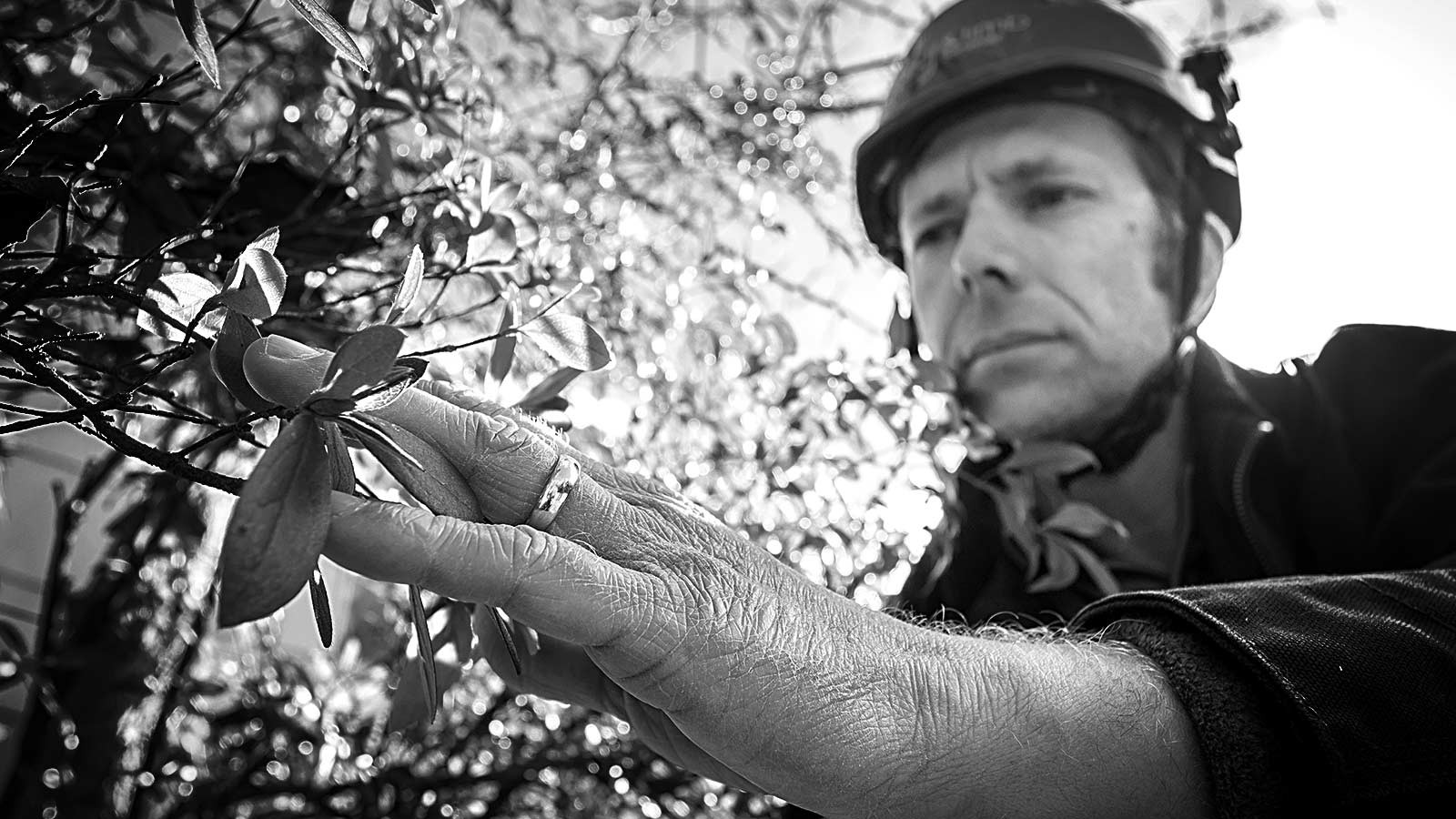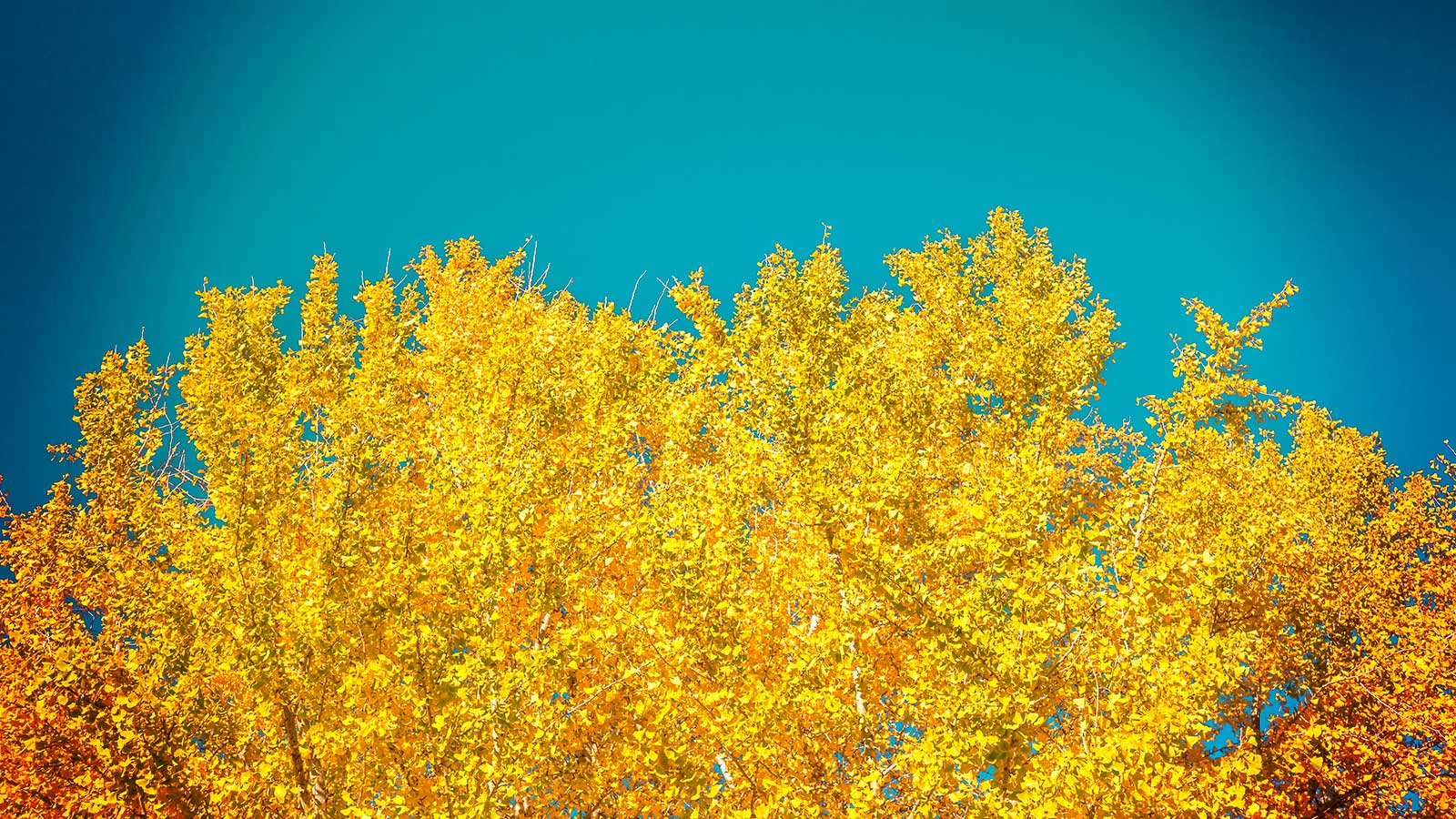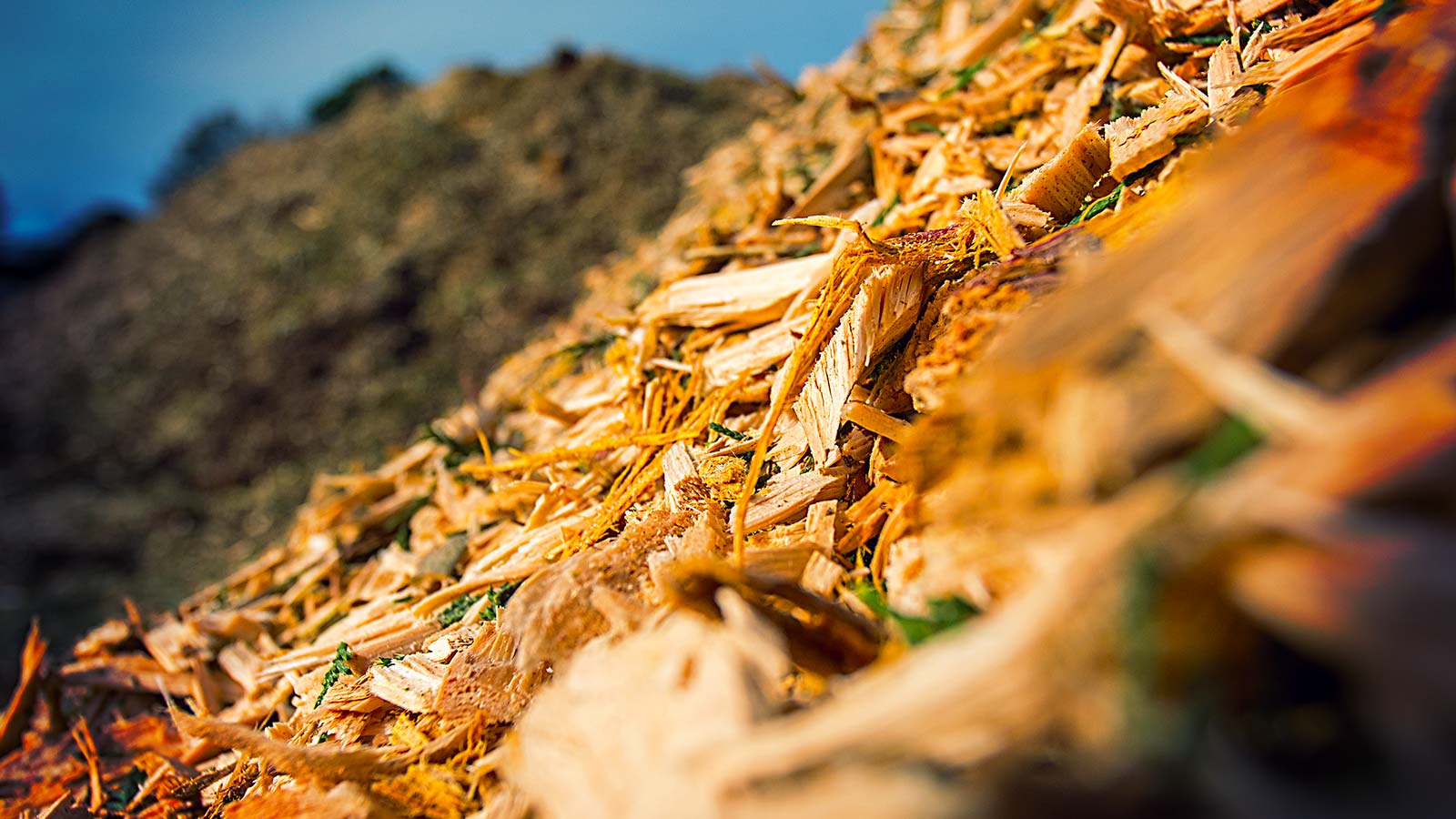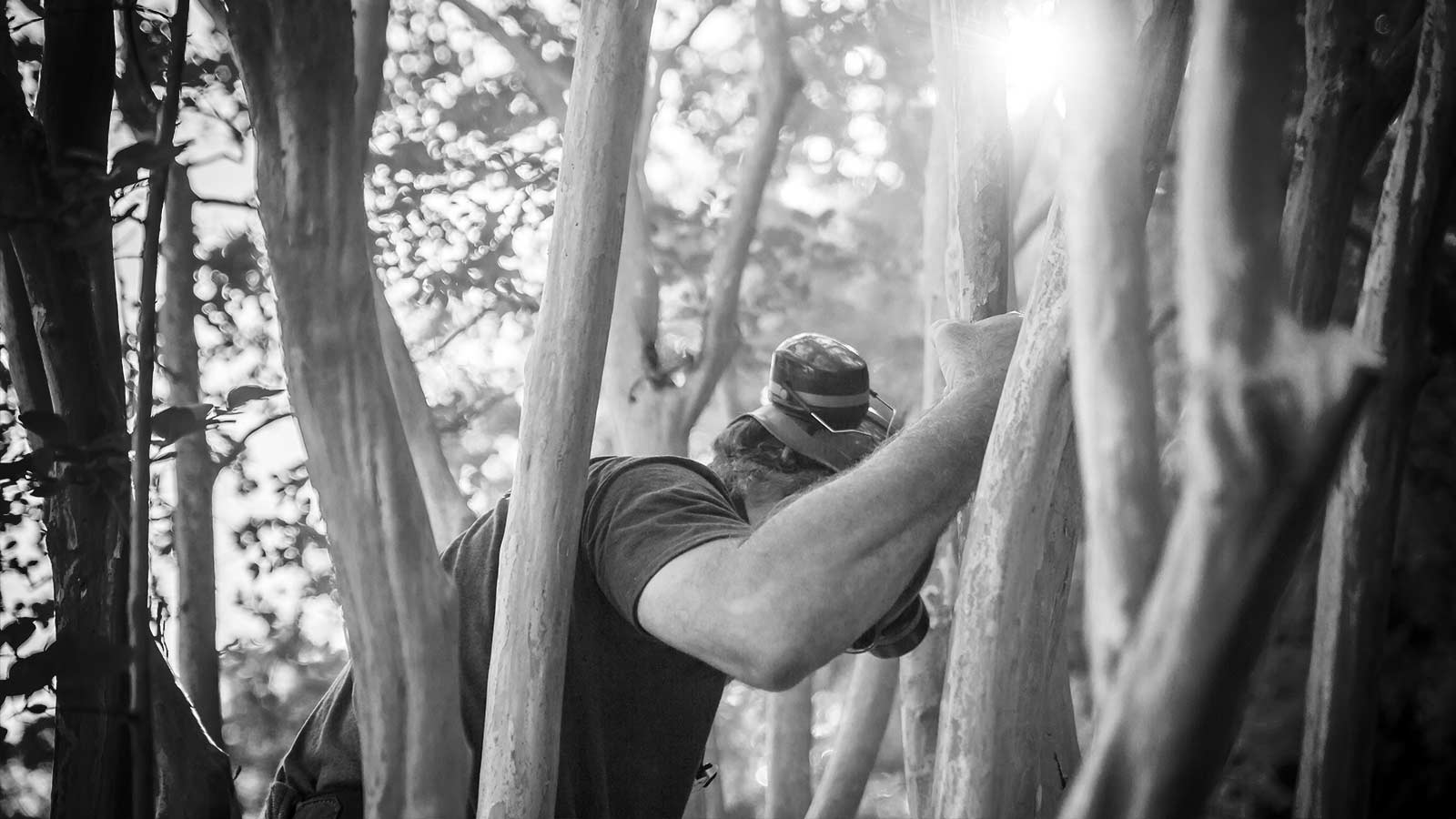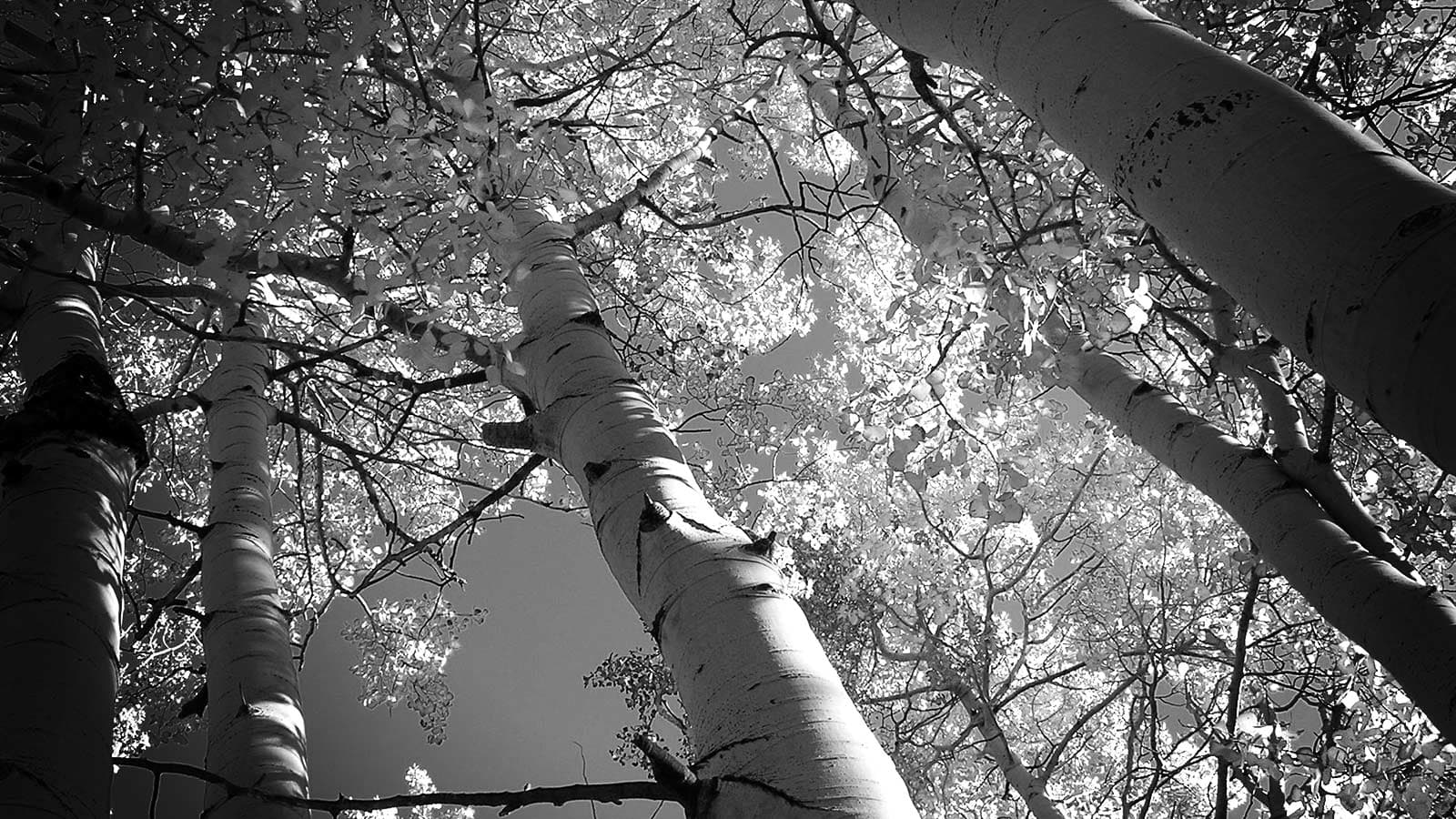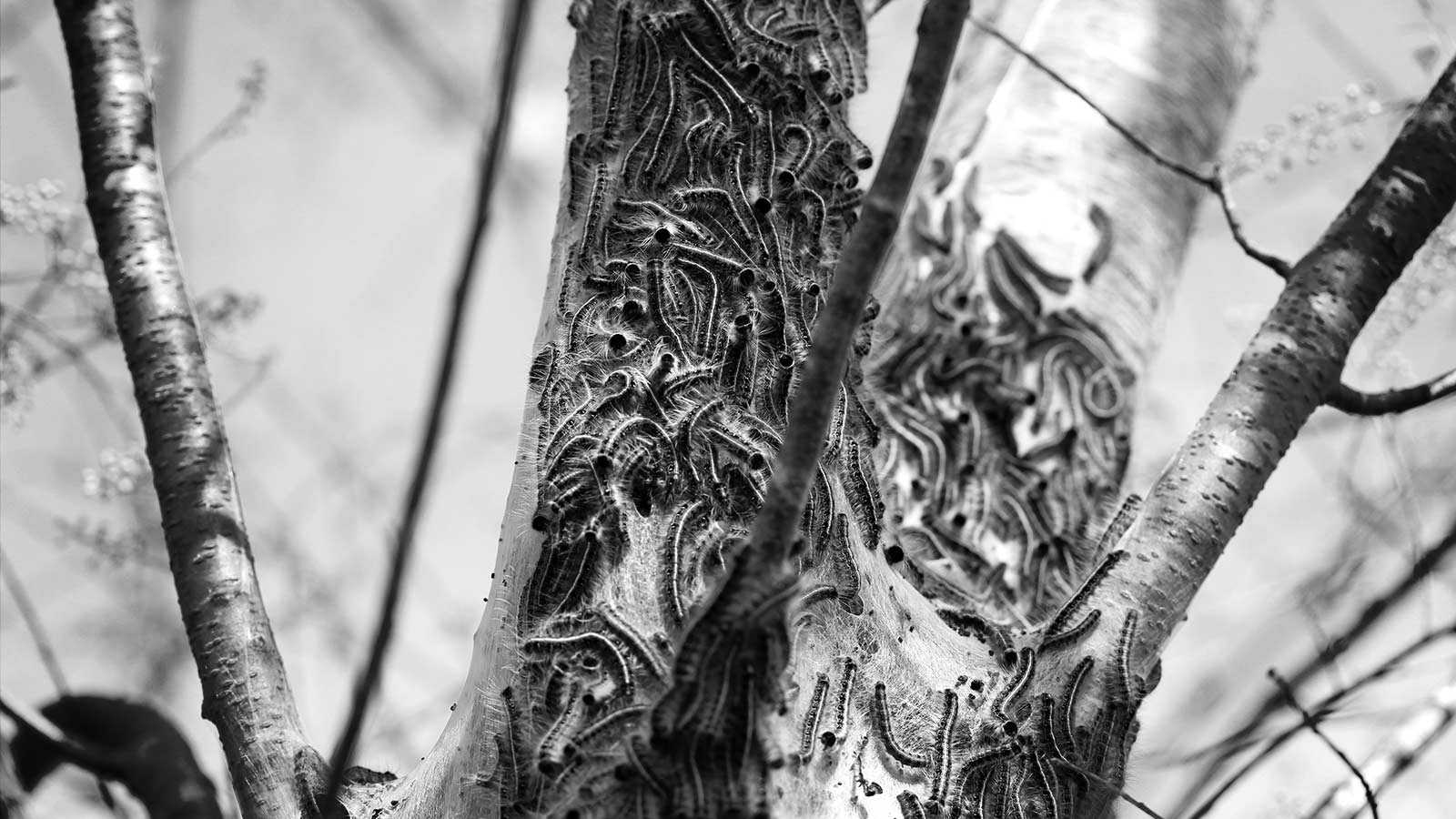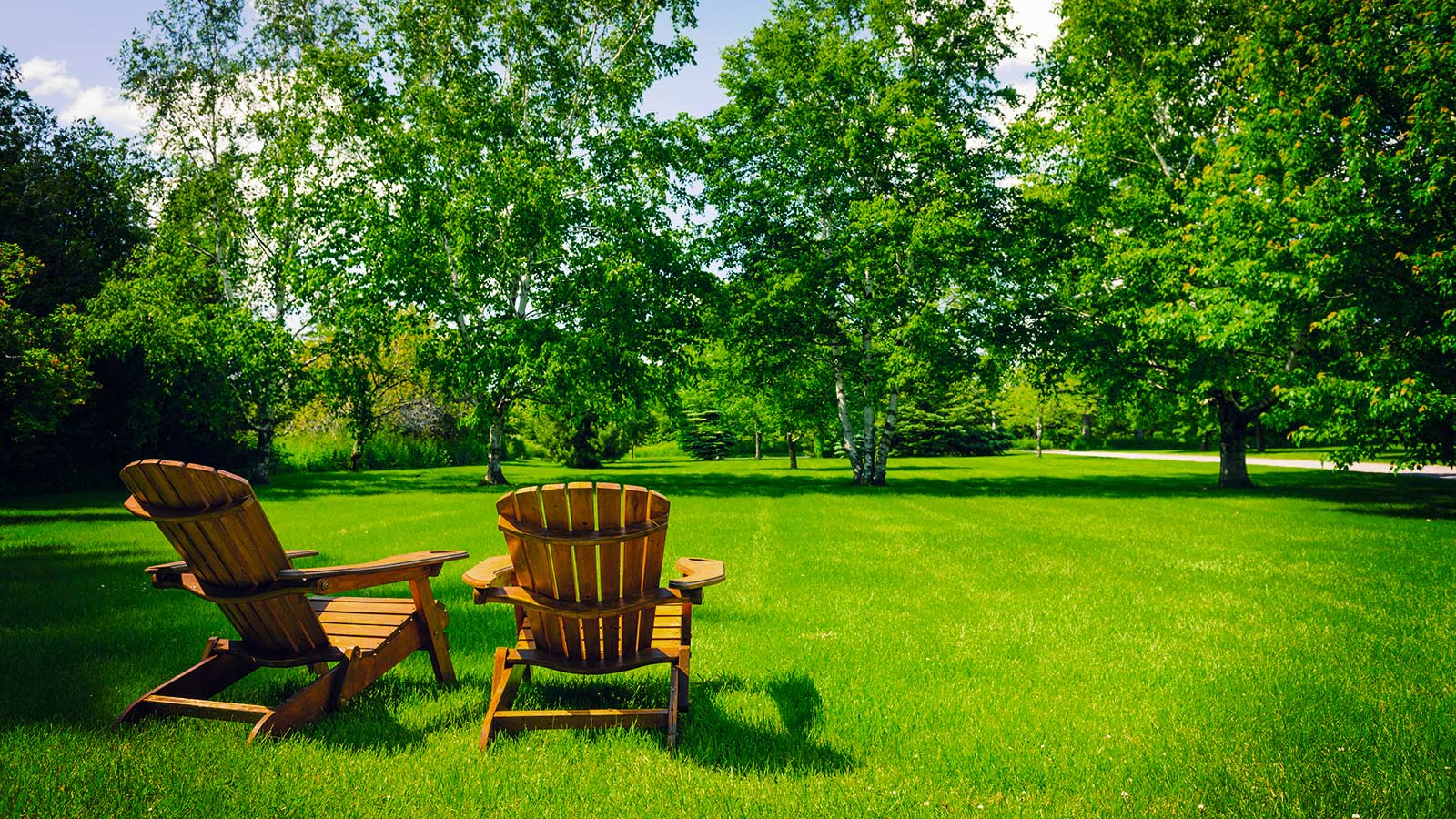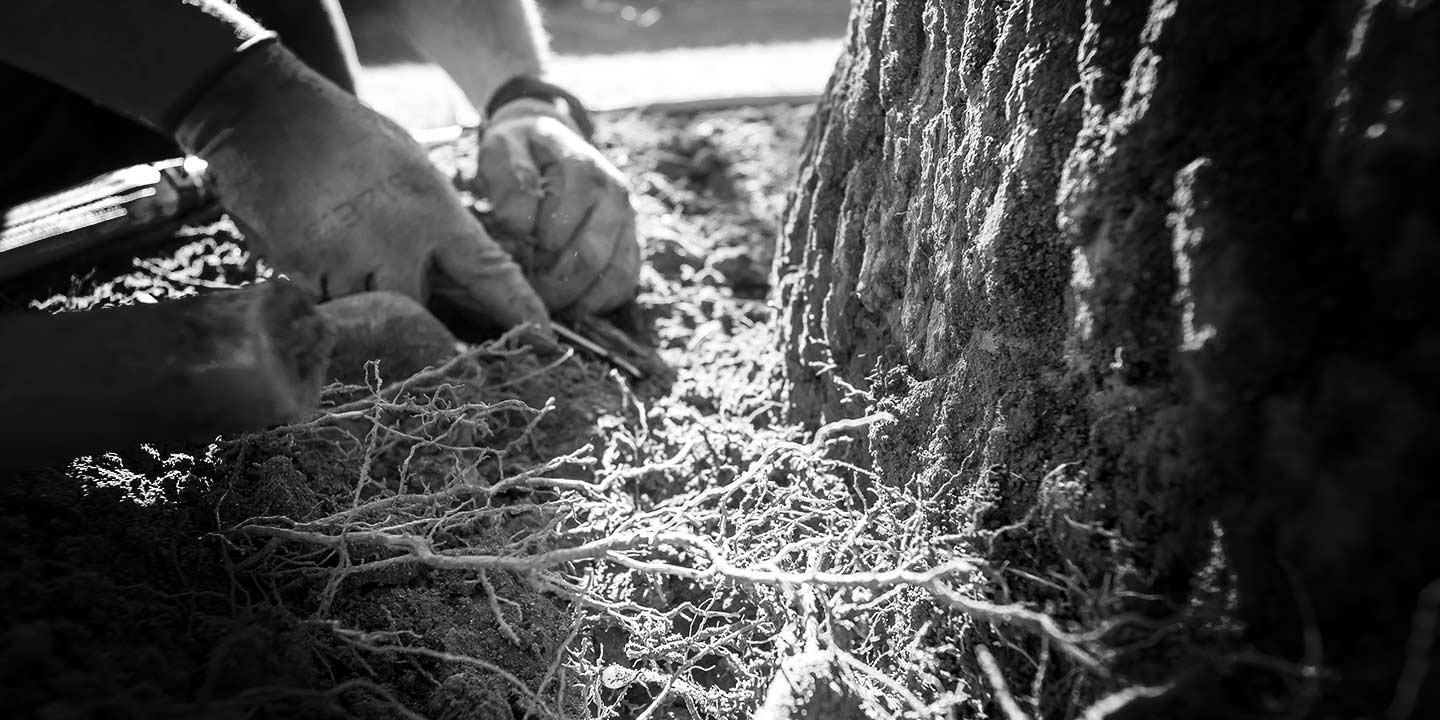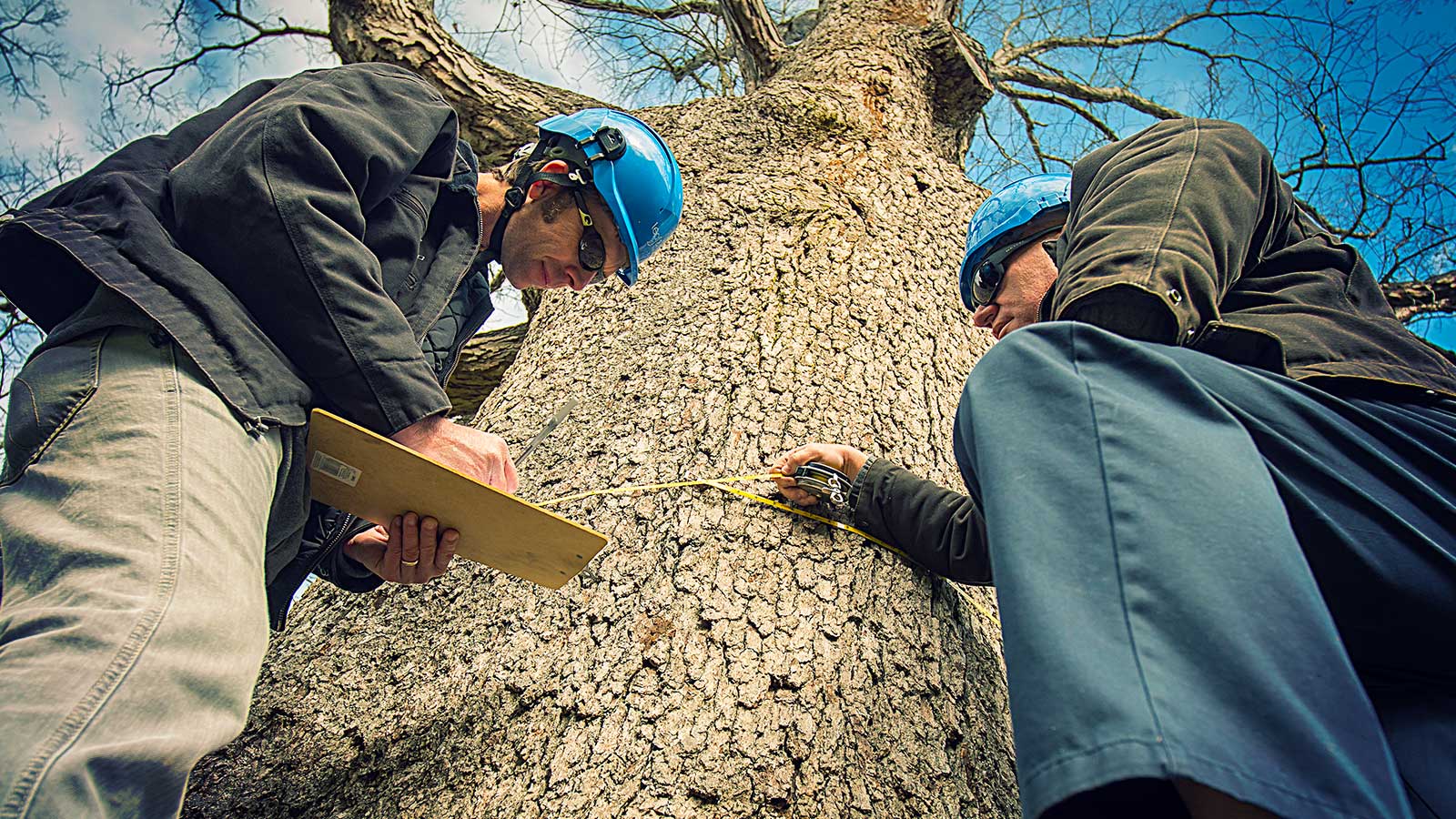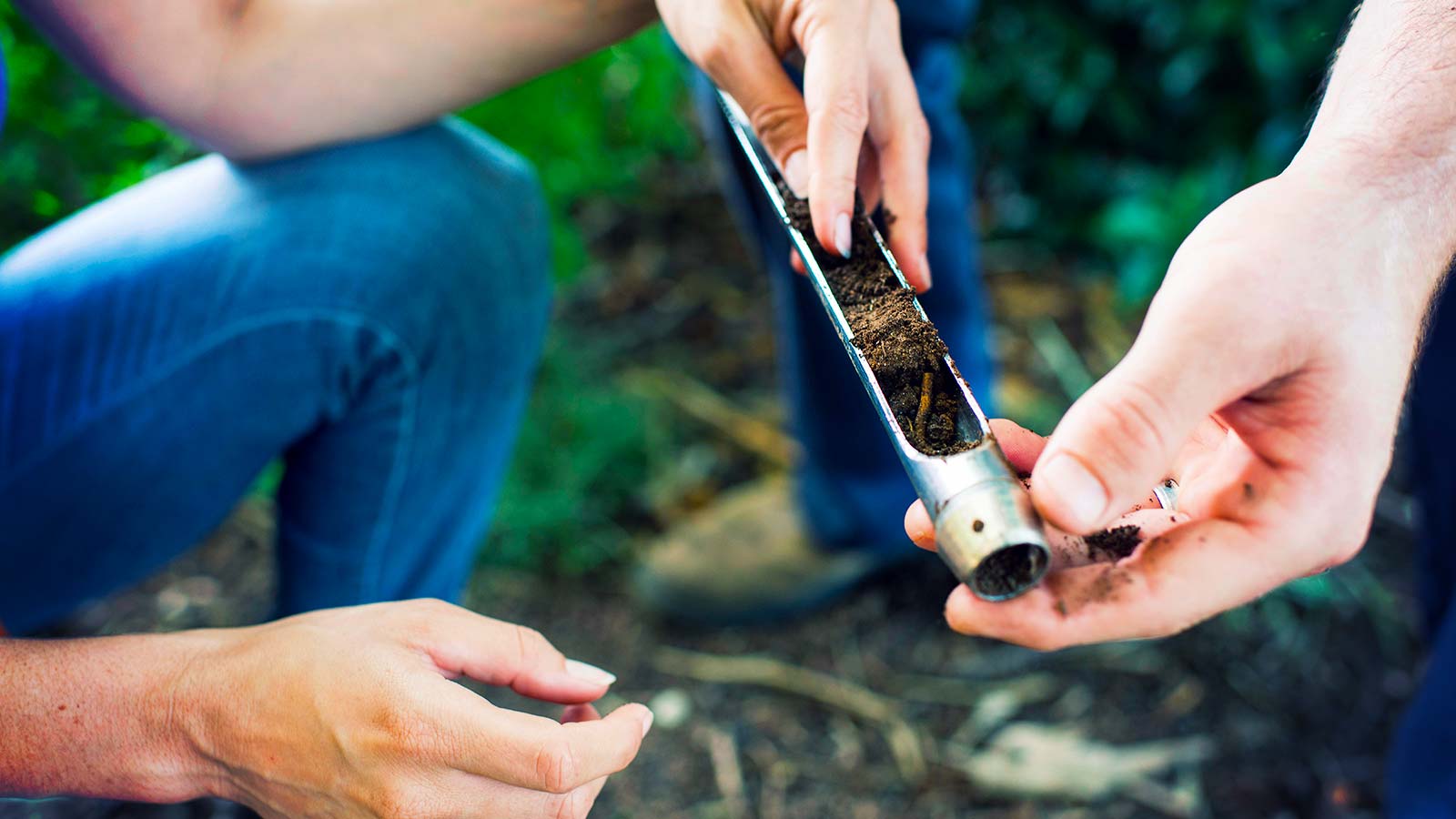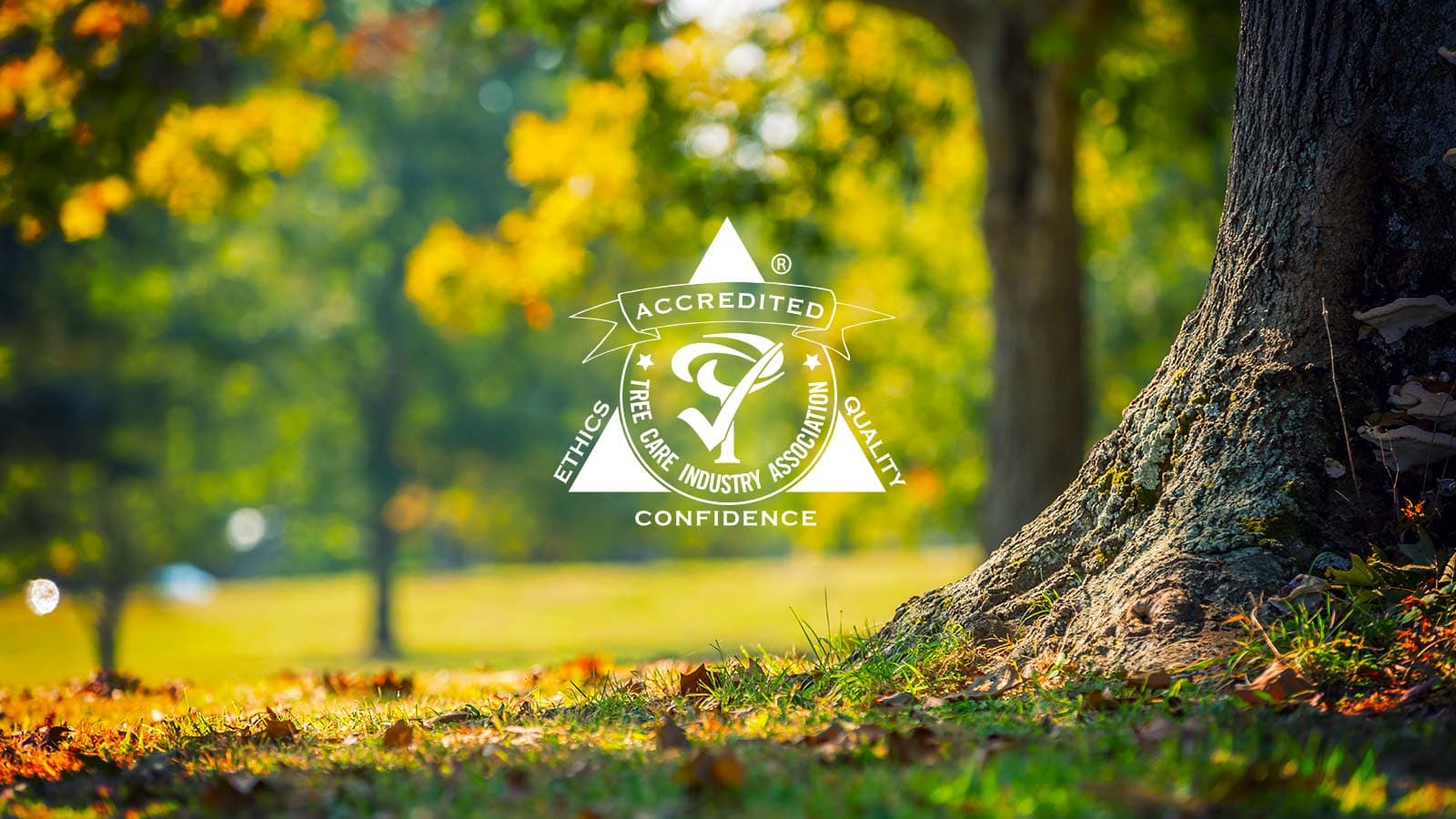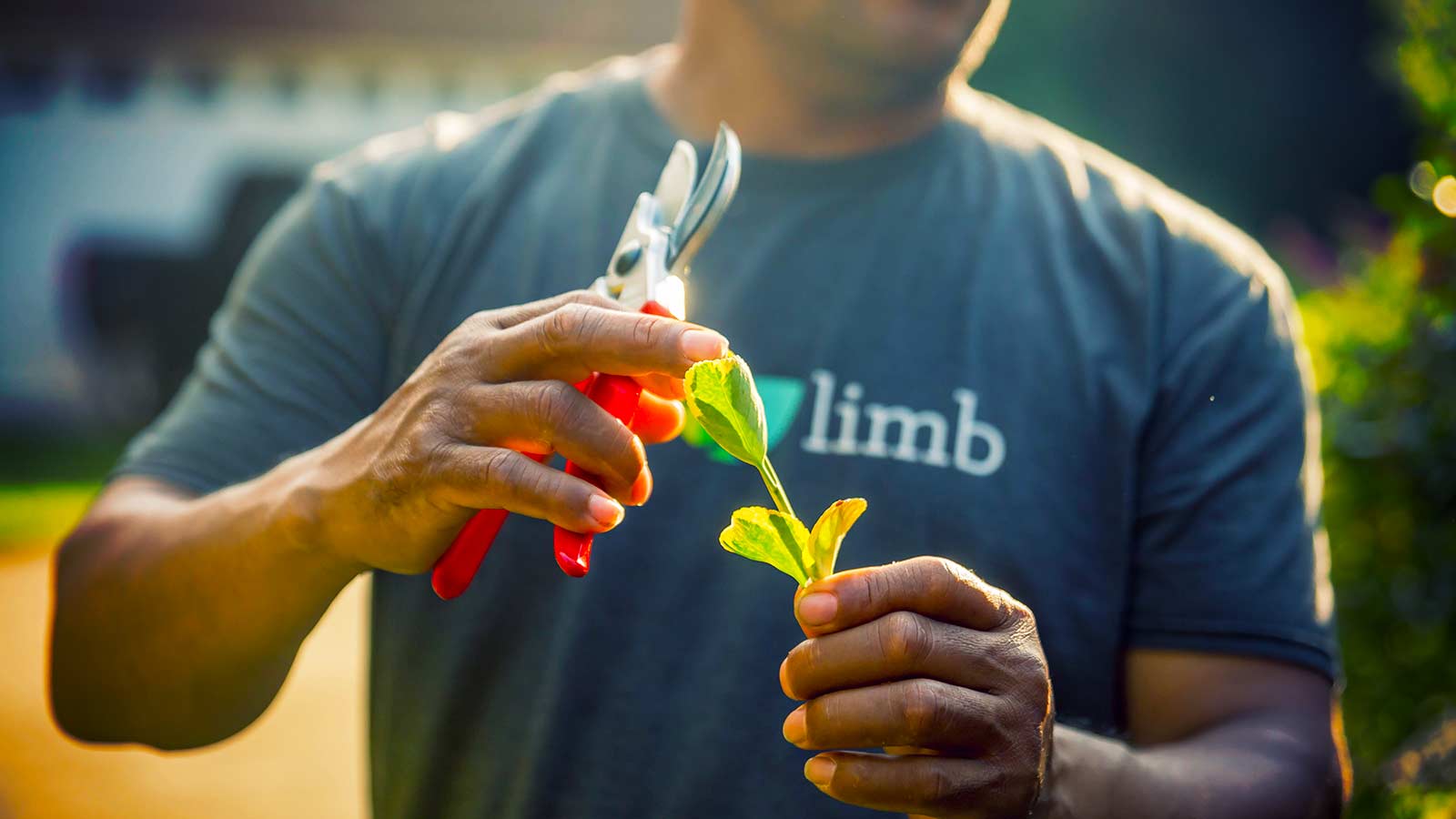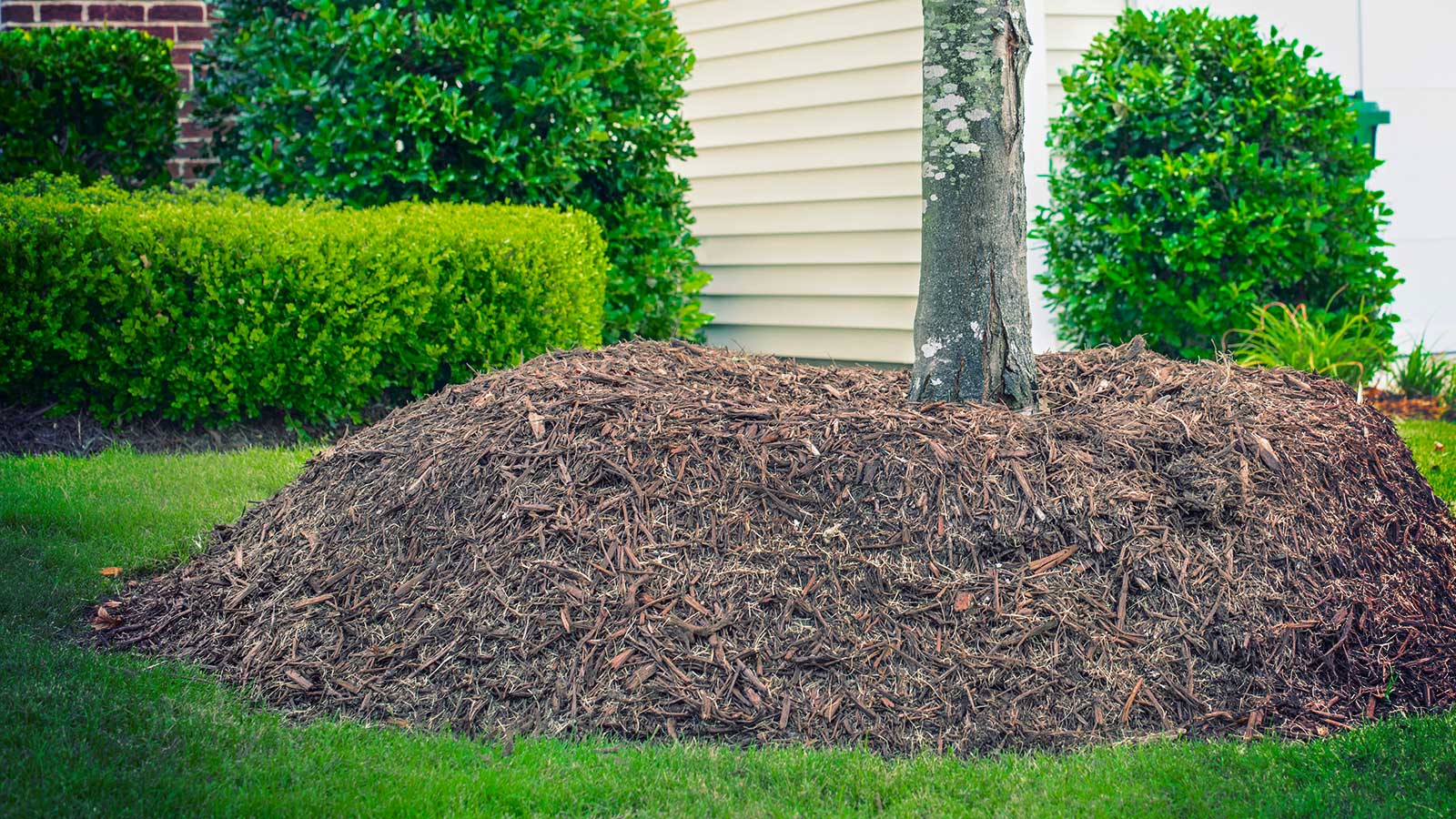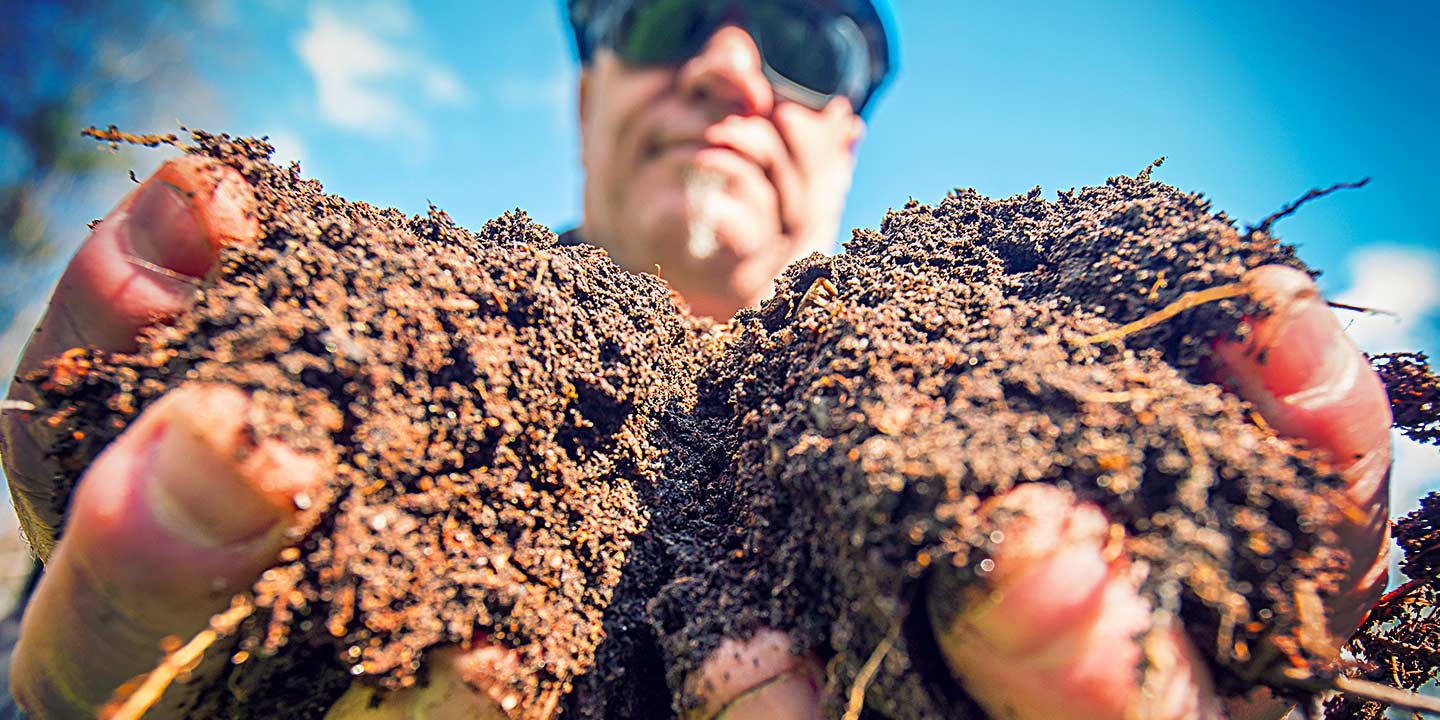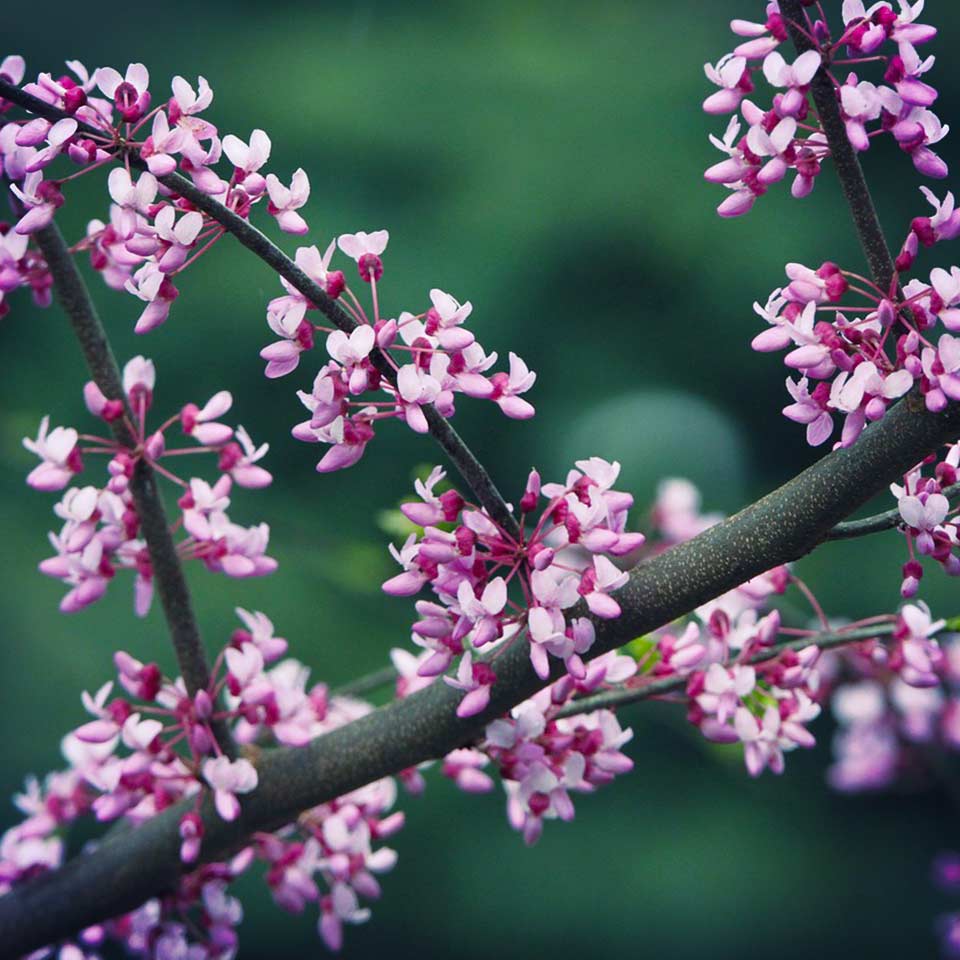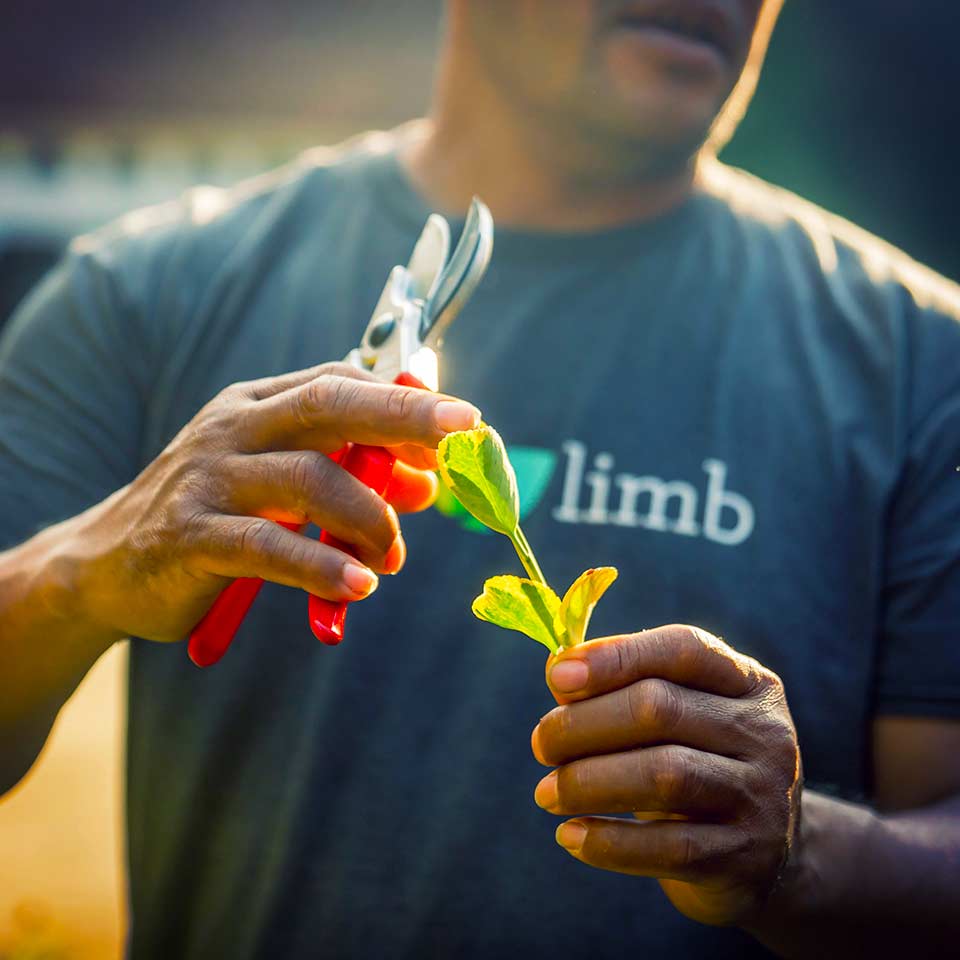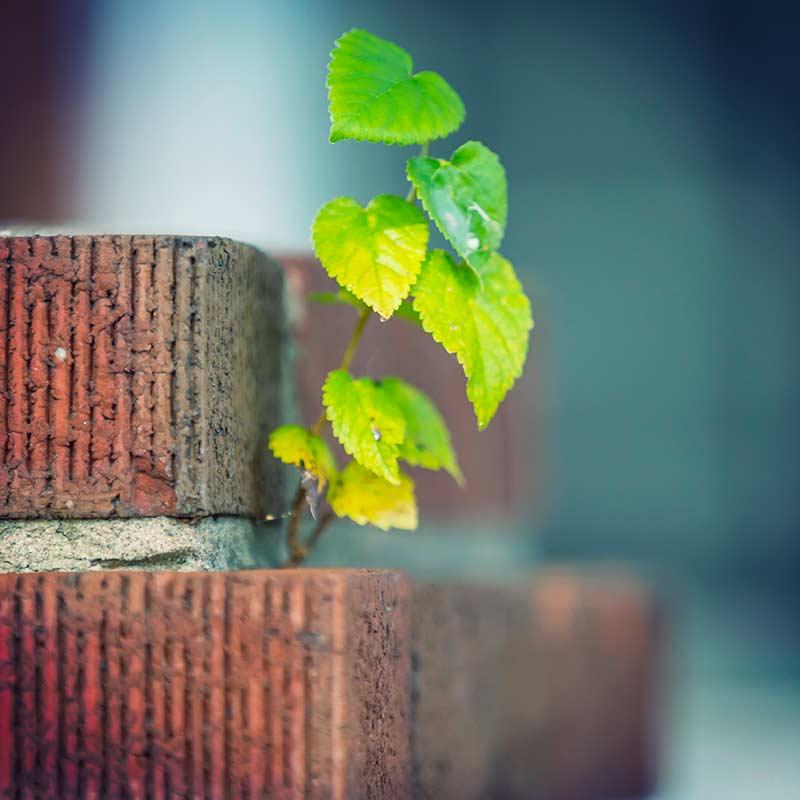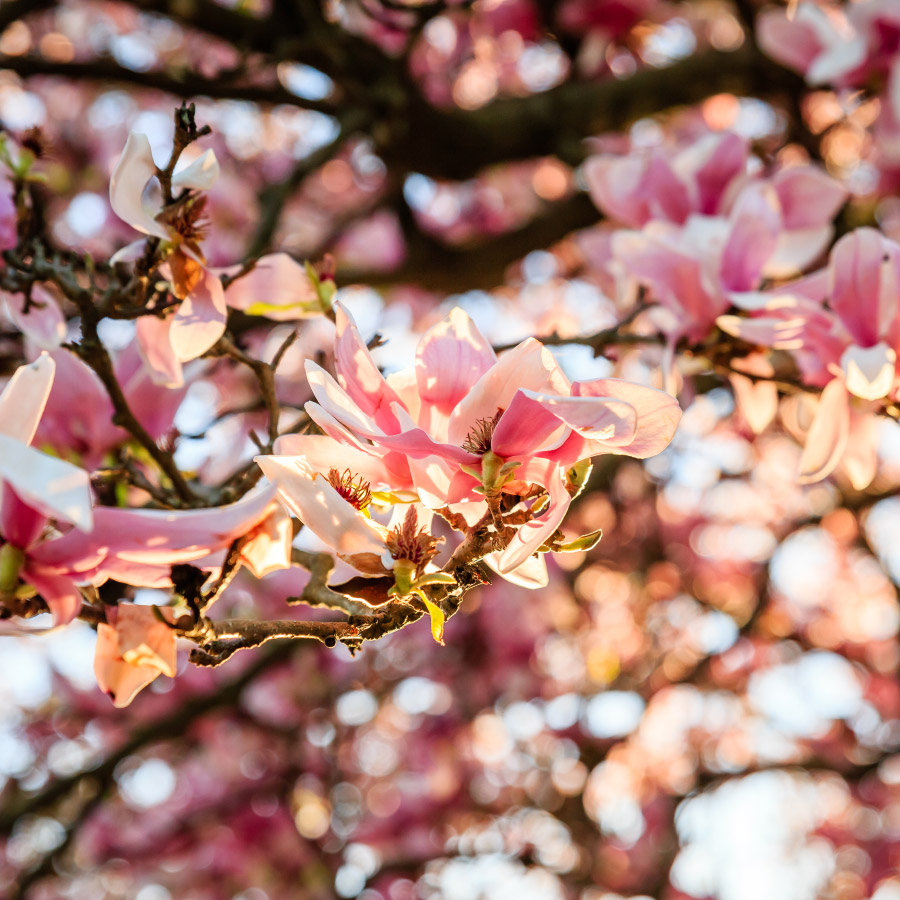June 2025 Treecologist Tribune
Hello Summer! Fireflies, June Beetles, and Tree Tips

Well, summer didn’t knock—it barged right in. After a pleasantly temperate spring graced with generous rains, we’ve landed squarely in the muggy embrace of a Southern summer. The good news? All that moisture has given our trees and shrubs a solid boost. And according to Ernie Earthworm, May’s moisture has things bustling underground, with lots of microbial mingling and root stretching.
I can never decide whether the start of spring, summer, or fall is my favorite season. I think it’s actually just change that I like. As the canopy cover becomes complete, the spring flowers have retired to sleep through summer, and the taller sun-seekers are starting to bloom. In my fairly unruly “naturalized” garden, I look forward to the many natives scattered about, whether I planted them or they just showed up like the perky purple wild petunias that pop up wherever there is enough sun.
Also, all the coolest insects are really active now that it’s consistently warm. Butterflies, beetles, and dragonflies are just a few of the bigger and easier ones to spot.
The phoebes are back in the nest in my carport for a second brood. Last month, it seemed like only one bird was raising the young. Either another bird showed up, or there were really two birds the whole time. It’s amazing how hidden nature can be, even in plain sight.
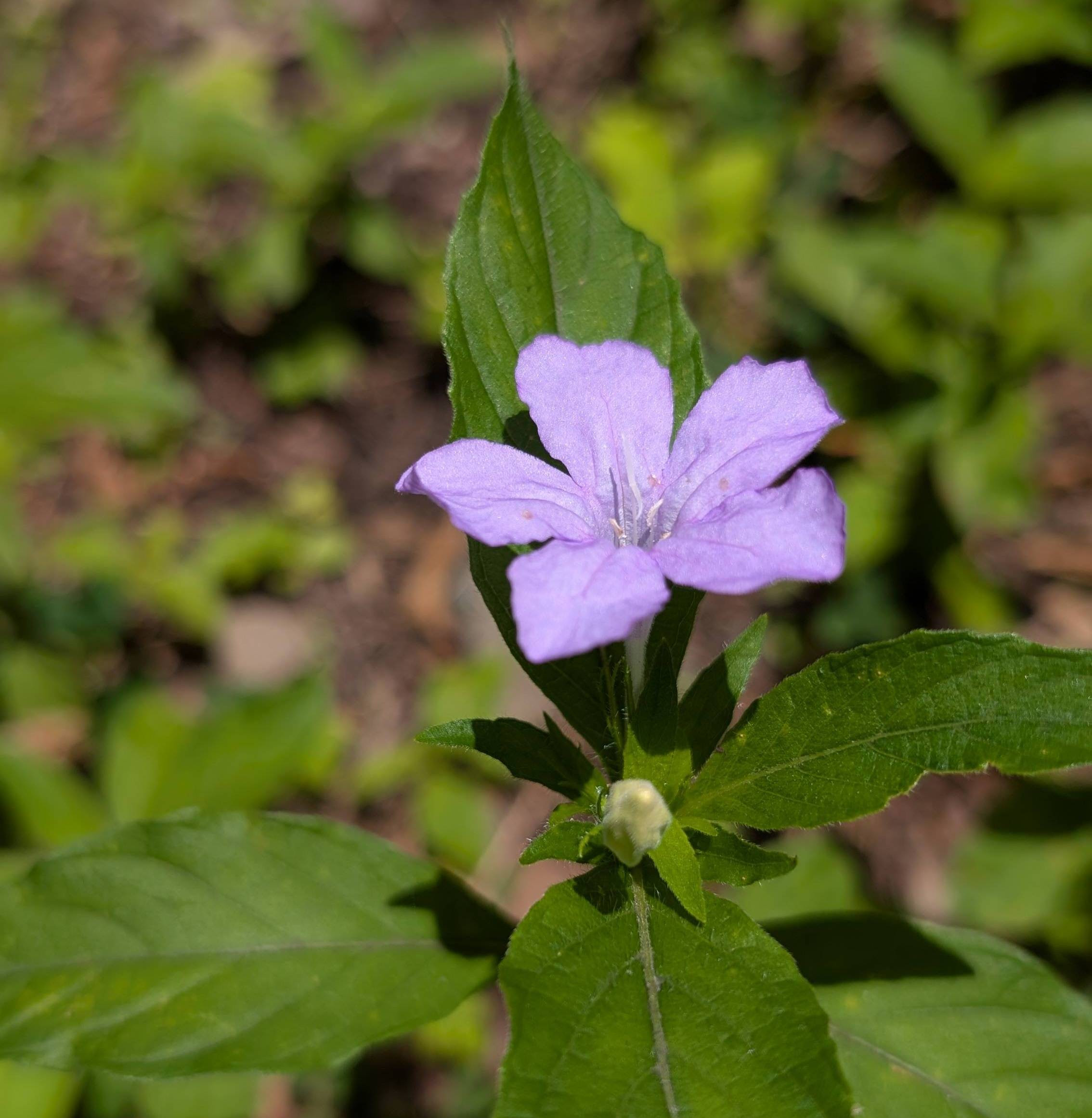
Soaked Roots and Sunny Shoots: A Look at Spring’s Weather Patterns
Unless you were on an extended exotic vacation or never left your basement (if you’re lucky enough to have one), it will be no surprise that we received plenty of rain last month across several events. However, we’re still just a bit below the historic average for 2025, which honestly surprised me. The rain discouraged me from spending much time outdoors, but on the upside, I’ve had to do very little watering of the many new native trees and shrubs I planted this year.
Rain Summary:
- 1.14” since 5/29 (historic average 2.3”)
- 17.42” Year-to-date (historic average 19.28”)
Tiny Lanterns and Big Questions: Observing Insect Decline
One evening a week or so ago, a shyly winking light caught my eye, and then I noticed more of them dancing among the darkening green, reminding me once again that fireflies exist to enchant my world. We have 30 to 40 different species in North Carolina, including the famous synchronous fireflies and blue ghost fireflies of the Smoky Mountains. However, you don’t need to go to the mountains to see fireflies. The big dipper firefly is the most common in North America, and we can see them on warm summer evenings everywhere in North Carolina.
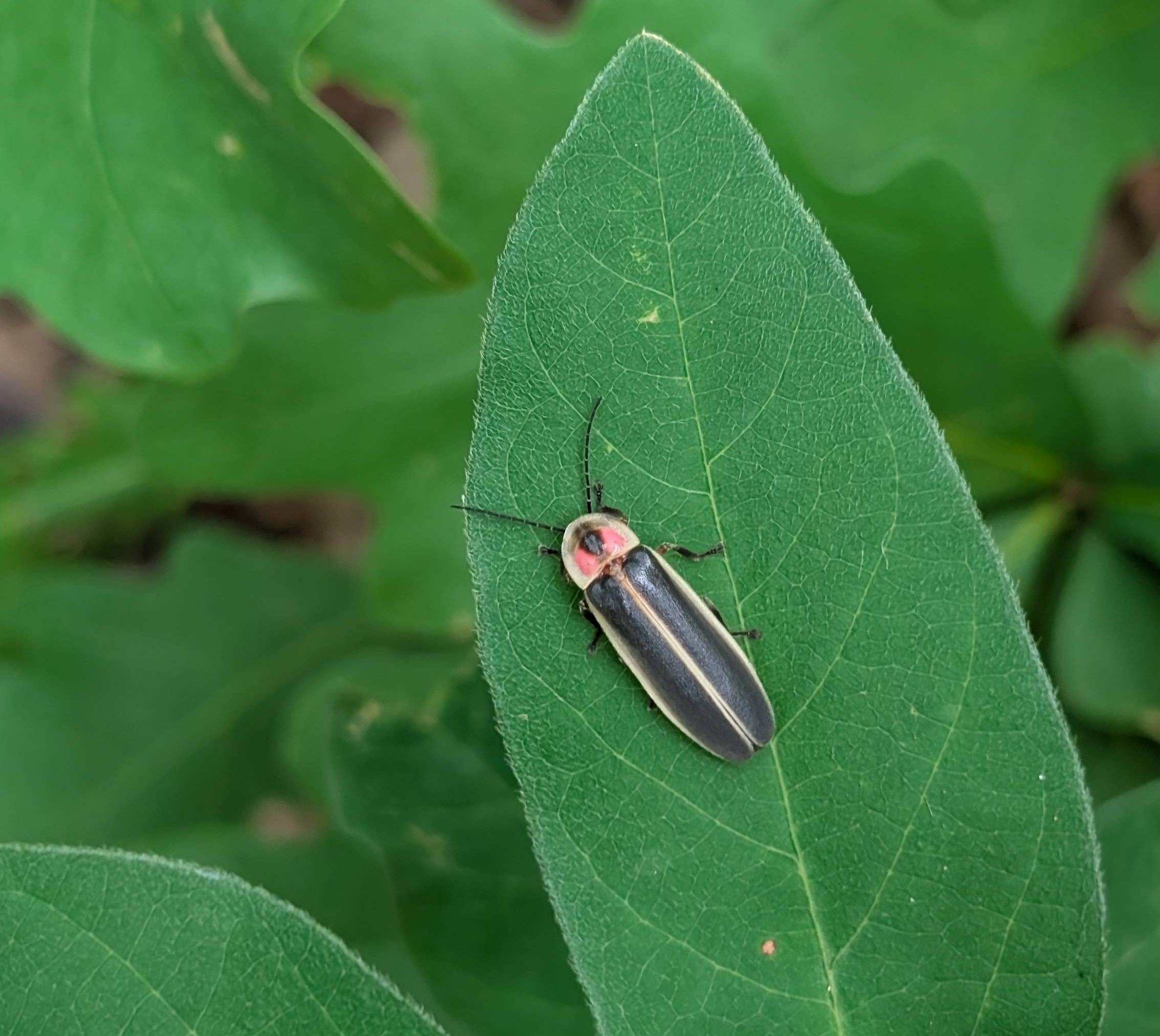
Fireflies are actually beetles, not flies. Their twilight lantern show revolves around love as they signal for mates. Their larvae, called glowworms, scurry about in search of snails and slugs to eat. Besides being delightfully enchanting, fireflies contribute to a healthy soil ecosystem. Do there seem to be fewer each year? It feels like it.
An elderly neighbor agrees. He is sure there were many more when he was a kid. We are not imagining this. Numerous studies have shown significant declines in insect populations worldwide. A 2017 German study reported a 75% decline over 27 years in its study area. Other studies find similar disturbing trends.
Many factors are contributing to declines, but insects, which support numerous other species, including our own, are facing increasing challenges primarily due to ecosystem loss, pesticide use, and light pollution. Ernie Earthworm and I both want to encourage you to leave the leaves in the fall as mulch, avoid pesticide use, and turn off outside lights when you go to bed.
Another familiar beetle group that emerges in May and June is the aptly named May and June beetles, also known as Junebugs. These beetles are large, clumsy, dome-shaped brown or striped insects that give us the heebies when they careen around porch lights and skitter through open doors, eventually crash landing in the kitchen. Later in the summer, we can also find another June beetle: the green June beetle. It isn’t usually seen in June, but it certainly is green—a glorious metallic emerald green.
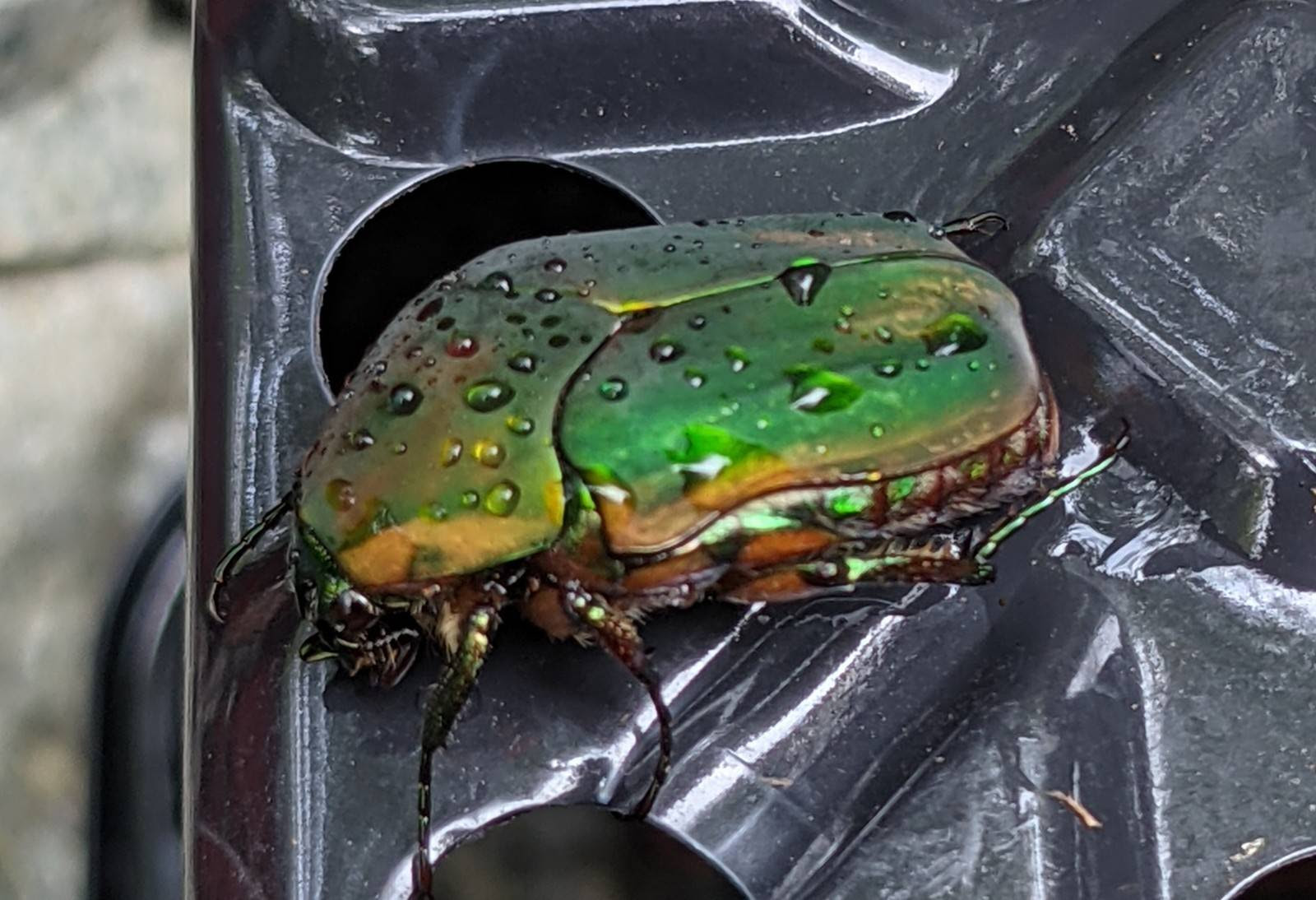
Like most beetles, June beetles spend part of their lives underground or in decaying wood as grubs. Some species can live for years as grubs before emerging as adult beetles. Don’t let the word “grub” scare you into reaching for a pesticide, though. These beetles play a vital role in maintaining healthy soil life by recycling organic matter and aerating the soil. Green beetle grubs are sometimes blamed for turf issues, but Ernie Earthworm wants to remind us all that it’s better to sustain a healthy soil ecosystem by providing compost and compost tea than to try to eliminate some grubs, which would also harm other soil life.
Beech Bark & Leaf Disease: A New Threat to Majestic Trees
If you are fortunate enough to have a majestic old beech tree, you certainly cherish it. Beech trees have been mostly free from serious diseases, but that might change. Beech bark disease and beech leaf disease are two serious tree diseases moving toward North Carolina. Though not yet found in the Piedmont, they threaten the health of native beech trees. Early detection and proactive soil care can improve a tree’s chances of survival.
- Beech Leaf Disease (BLD), caused by a nematode, was first discovered in Ohio in 2012 and is now approaching North Carolina, although it has not yet reached here. Symptoms include dark green, interveinal banding on leaves, along with leaf thickening, curling, and distortion. The tree may exhibit canopy thinning and overall decline.
- Beech Bark Disease (BBD) is caused by a specific scale insect and fungi complex and has been around for much longer. It was discovered in Canada over a hundred years ago and has been present in the mountains of North Carolina since the 1980s. Symptoms include white, woolly wax secretions on the bark from scale insects, along with bleeding cankers and cracked bark.
If you notice any signs of disease on your beech trees, contact one of our Treecologists right away. Early detection gives your trees a better chance of survival. Since trees can’t run away from pests and pathogens, it’s important to improve the soil if it’s compacted or low in organic matter. Even if your trees seem healthy now, healthy soil helps them stay that way (and we are always happy to help make your soil healthier).
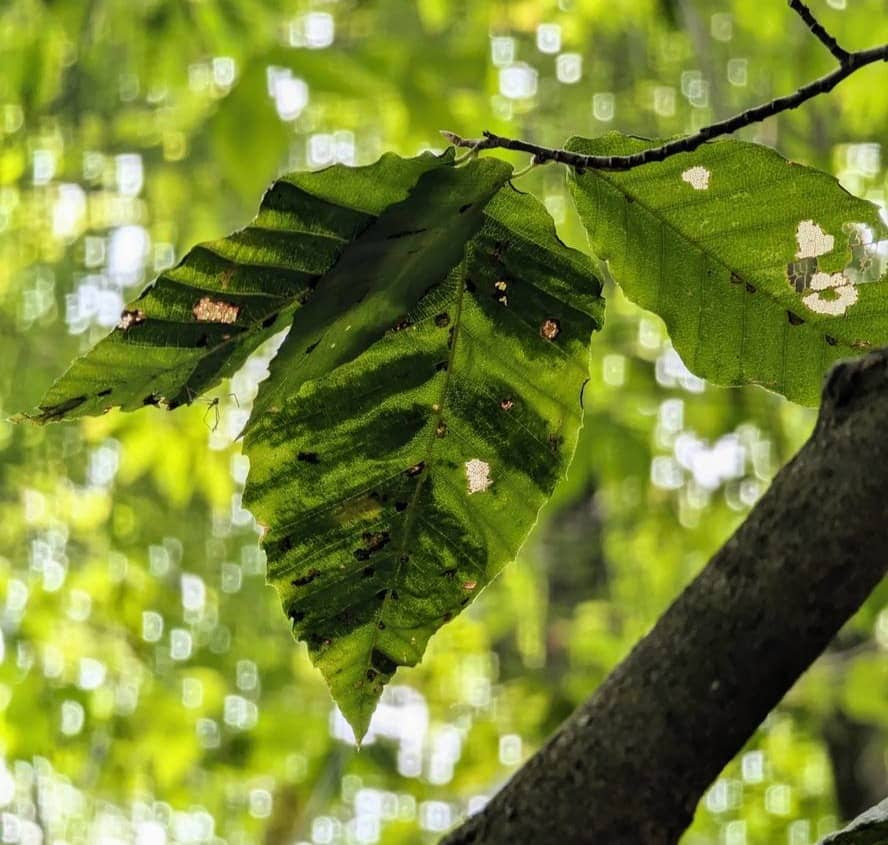
Q & A: Lion’s Tailing: A Pruning Mistake with Real Consequences
amie asks, “I’ve heard that lion’s tail pruning is bad, and before I get my trees pruned, I want to know what it is and why it’s bad.”
Answer: There are several pruning practices detrimental to trees, and lion’s tail pruning certainly falls into that category. Lion’s tail pruning removes inner limbs, making trees structurally weaker and more vulnerable to storm damage, including lightning strikes. Healthy tree structure requires balanced foliage to distribute weight, reduce wind resistance, and maintain moisture in the canopy. Lion’s tailing may look tidy, but it leaves your tree “out on a limb” during storms.
Why else is lion’s tail pruning bad?
- Leaving weight on the ends of a limb makes the limb more likely to be damaged or break in high winds. The inner foliage that could have helped break up the wind impact and dissipate some of the forces is no longer present.
- Inner small limbs assist in “feeding” the large limb, causing it to thicken over time, which makes it stronger. Lion’s tailed limbs grow longer but remain thinner, making them weaker.
- Lion’s tailing may make a tree more vulnerable to damage from lightning strikes because the tree lacks a full, moist, and dense canopy, which is more likely to dissipate lightning and is less likely to invite major limb blowouts.
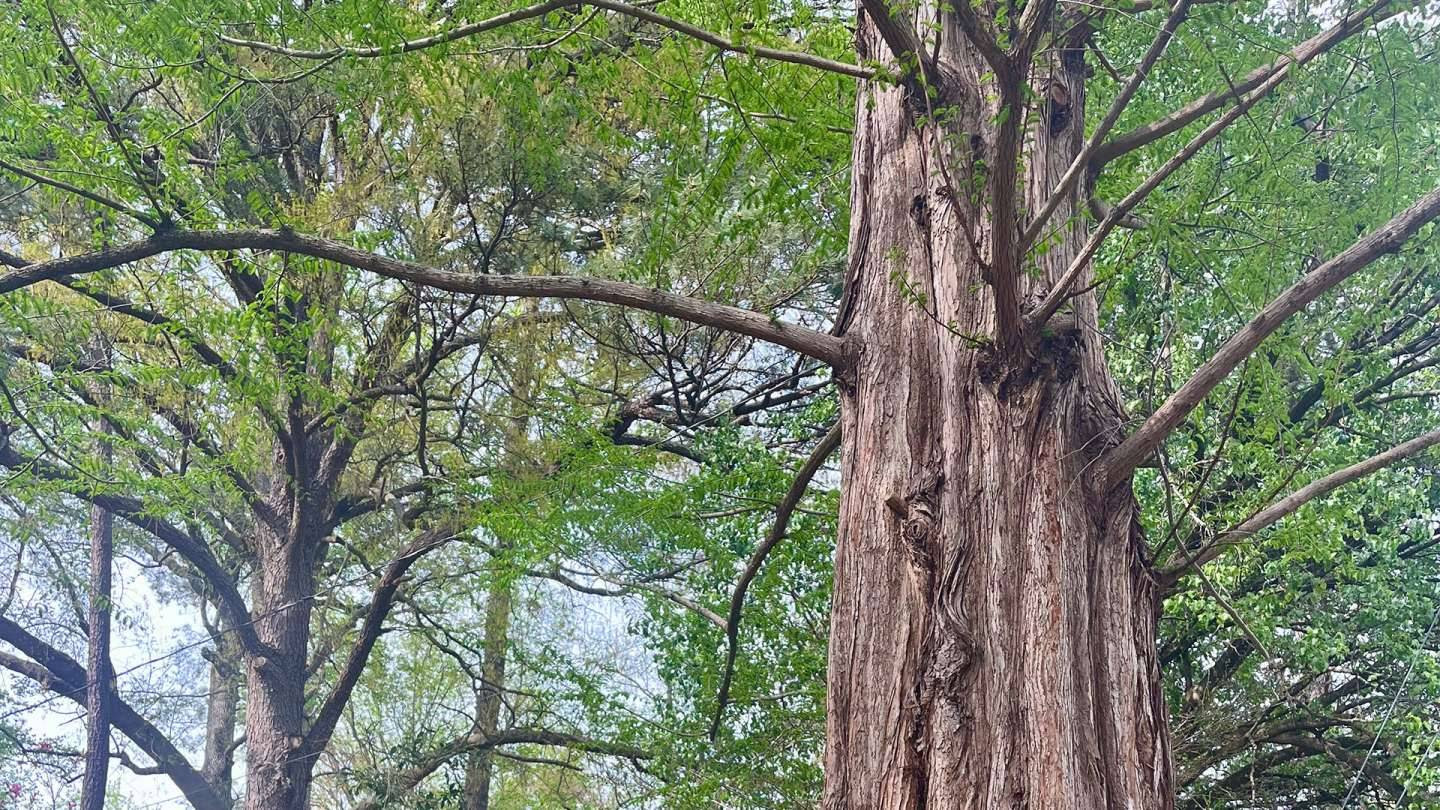
Some Things To Do Around Town
Check out this huge dawn redwood, which is the 2025 Raleigh Tree of the Year.
We have some fantastic State Parks nearby. Consider a day hike switcheroo to change up the scenery. If you live in Raleigh, check out Eno River State Park in Durham. If you live in Durham, venture a bit further and wander the trails at Umstead State Park.
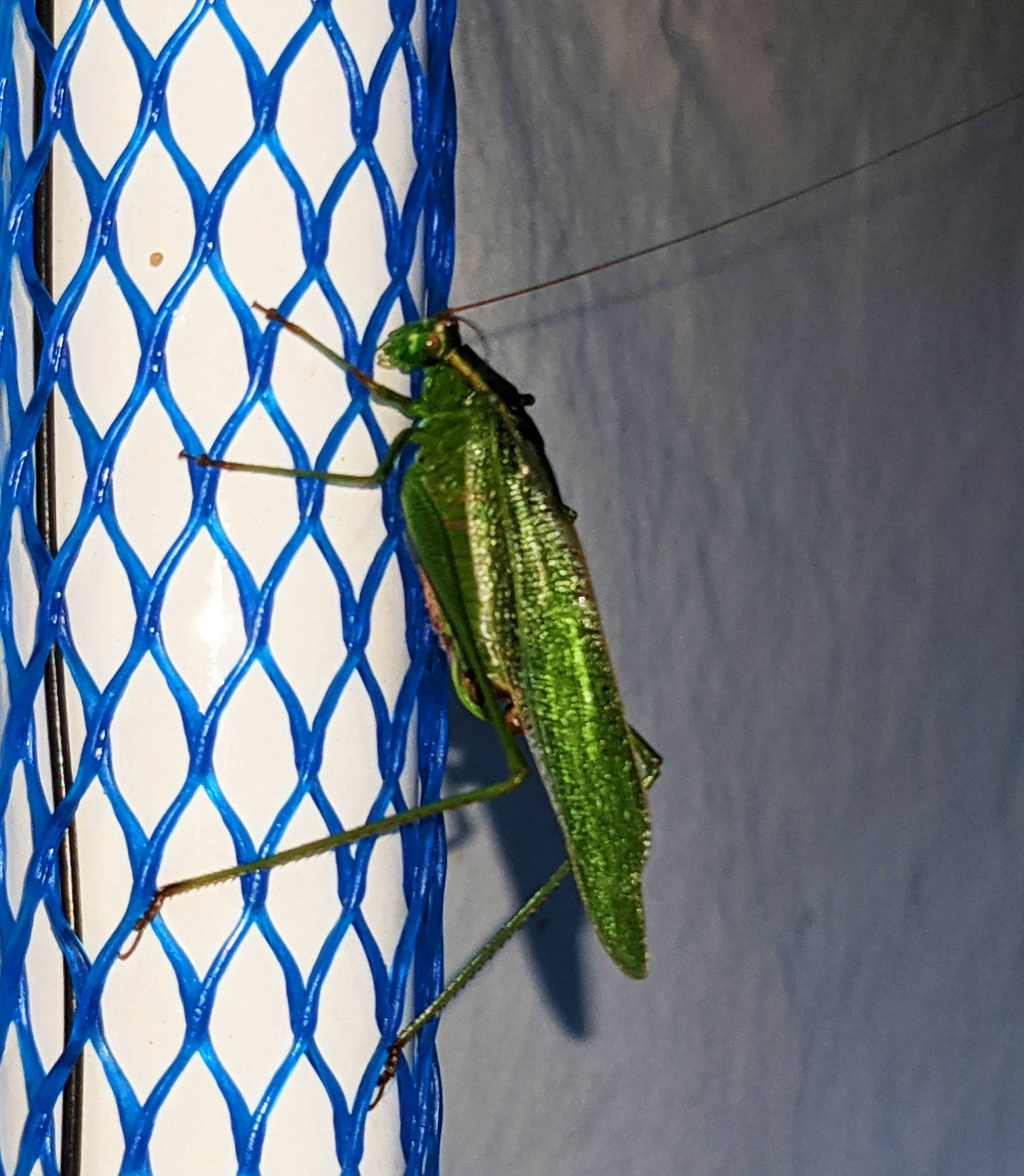
One Last Thing: Go Outside
Set up a black light in your backyard to discover what lives in your neighborhood at night. The black light attracts them, so you can get a good look at the fascinating diversity of cool insects that live in our yards. This is a great activity for families (and one of my favorite summer pastimes).
Until next month, remember to sniff the blooms and listen to the birdsong.
